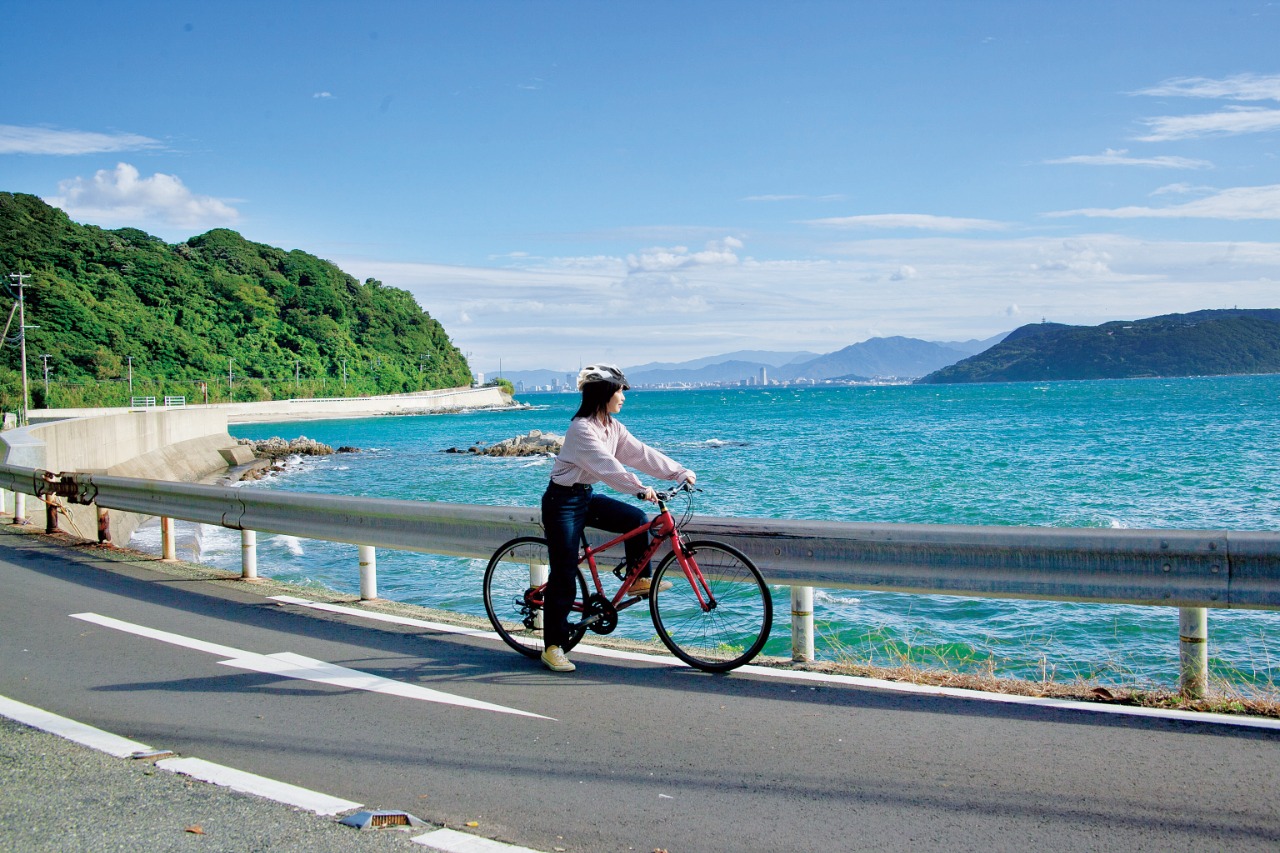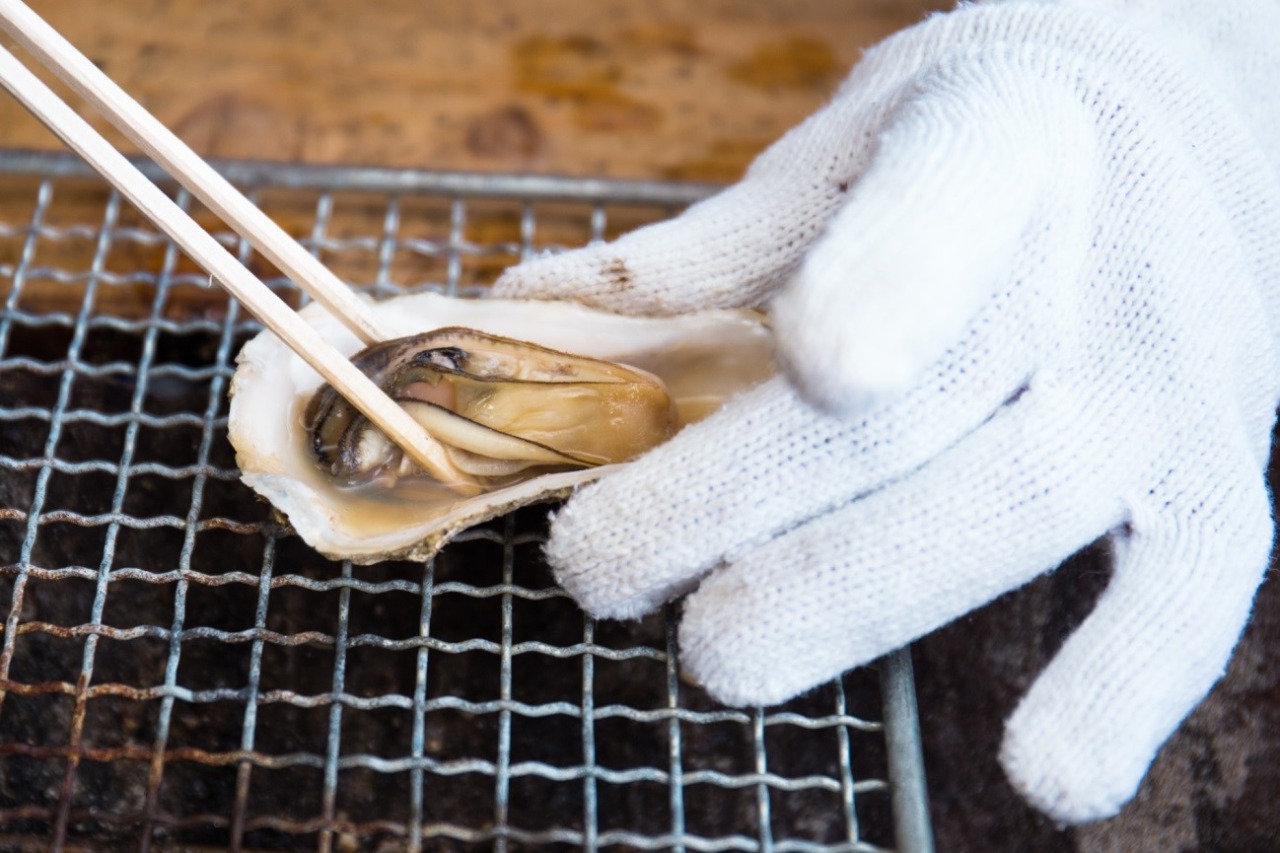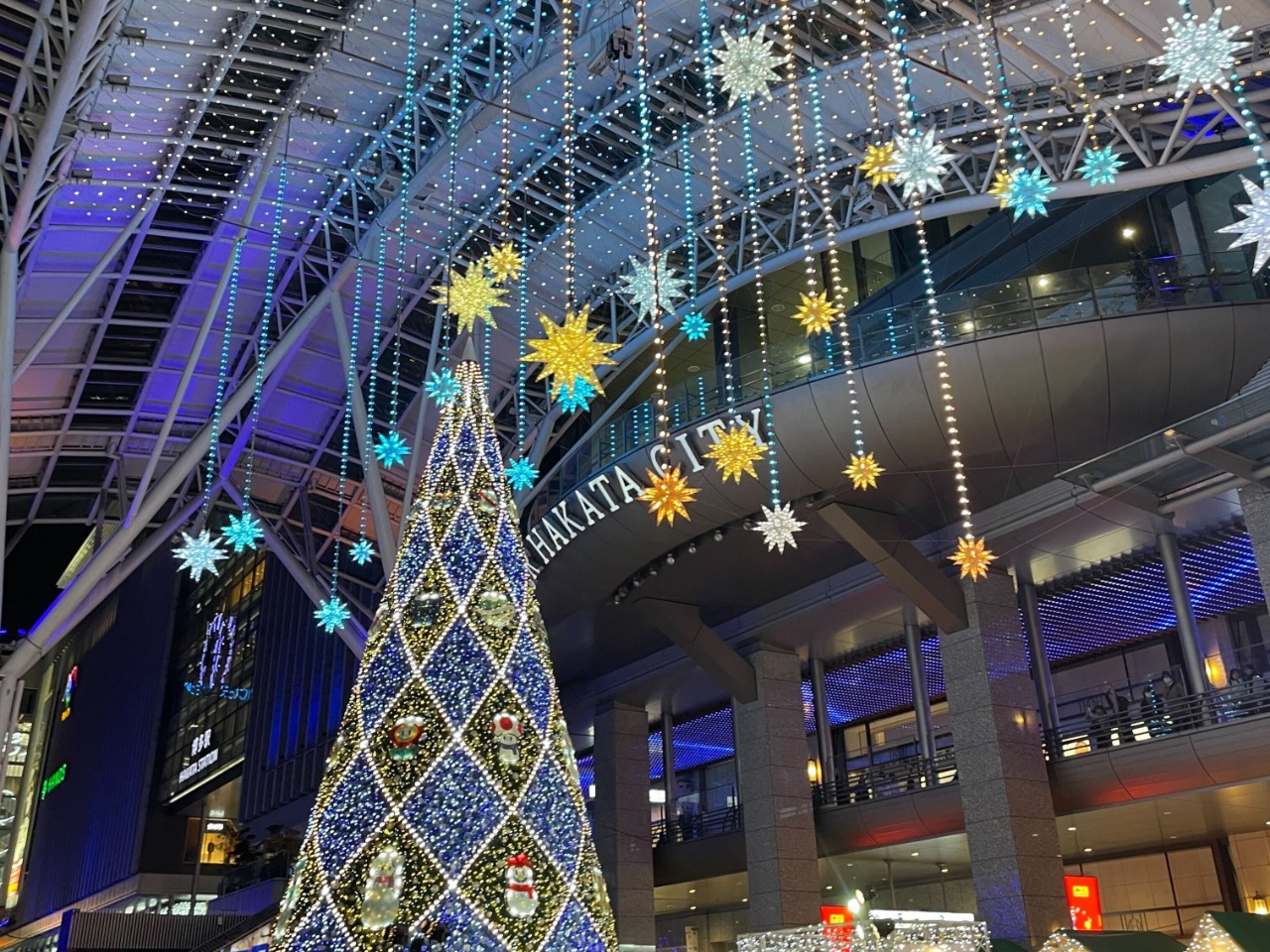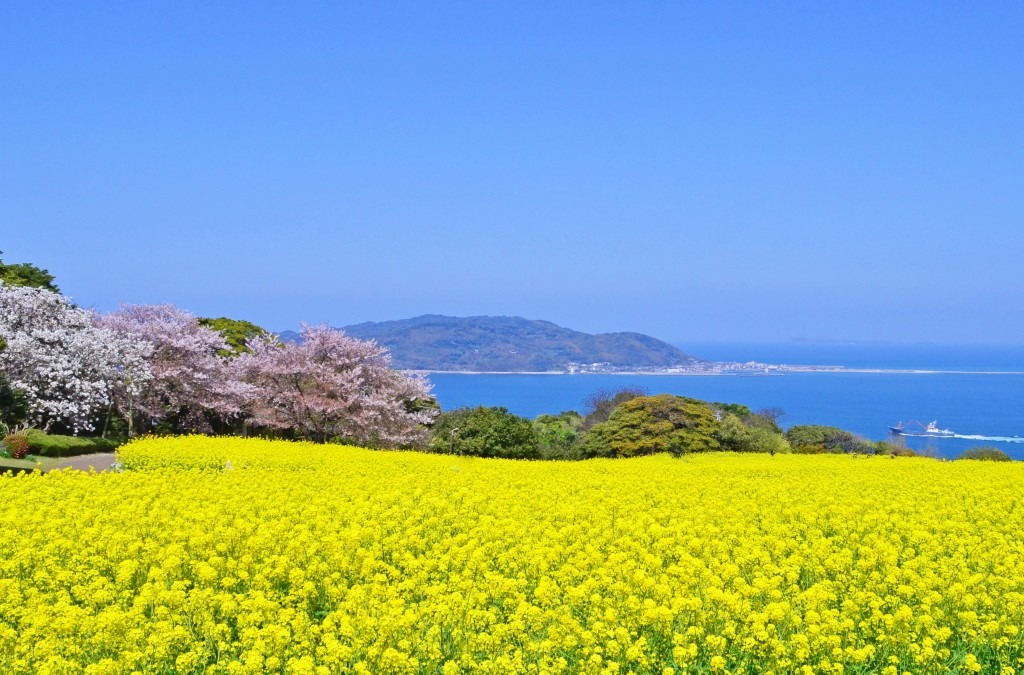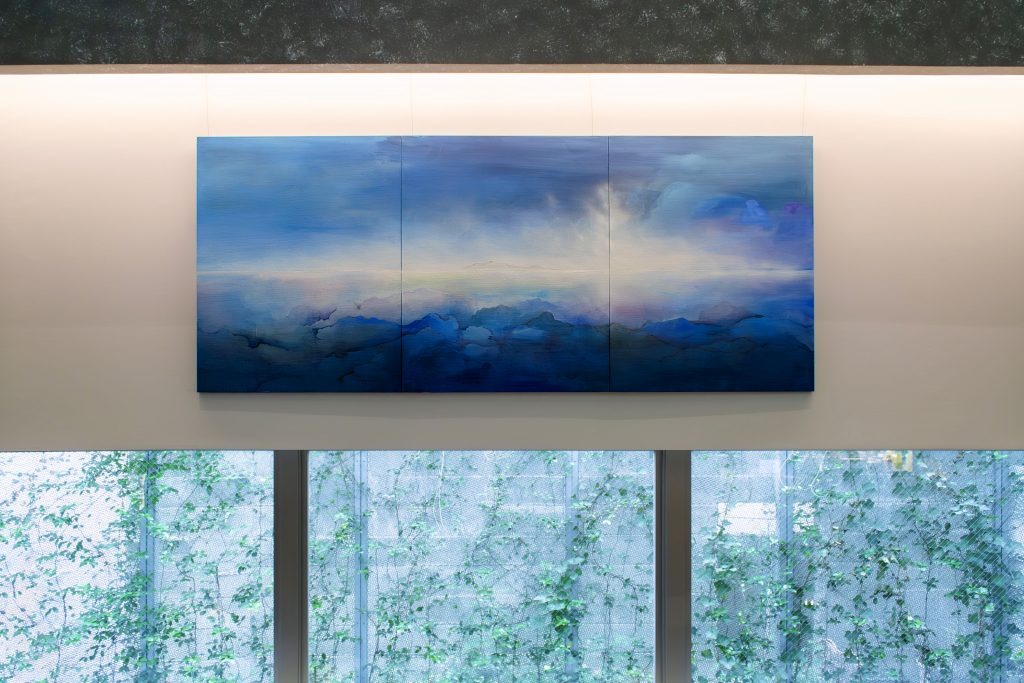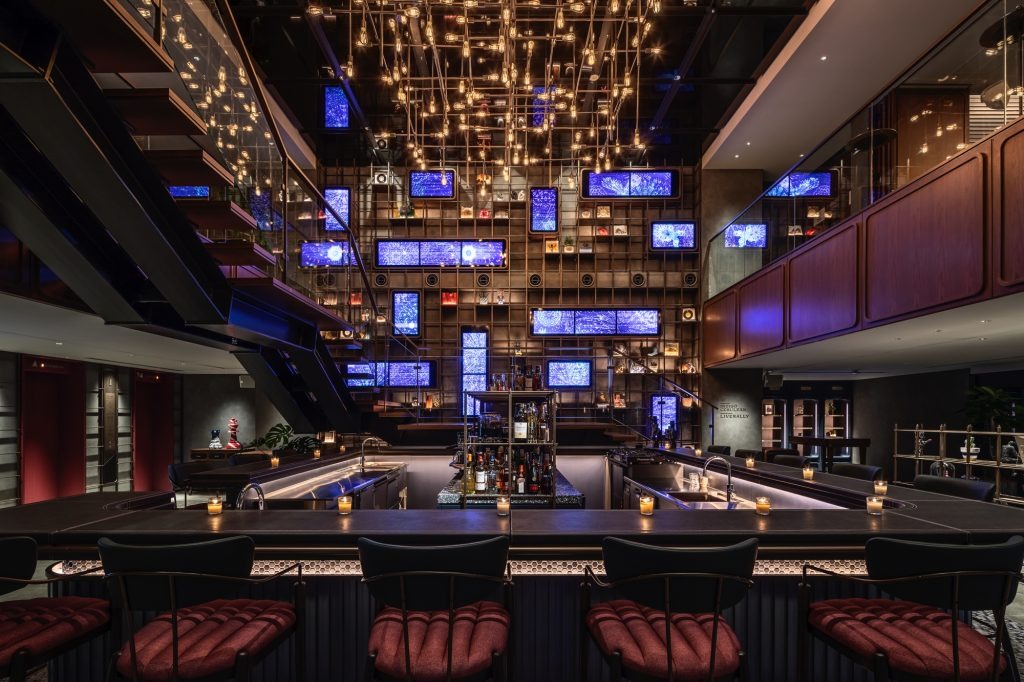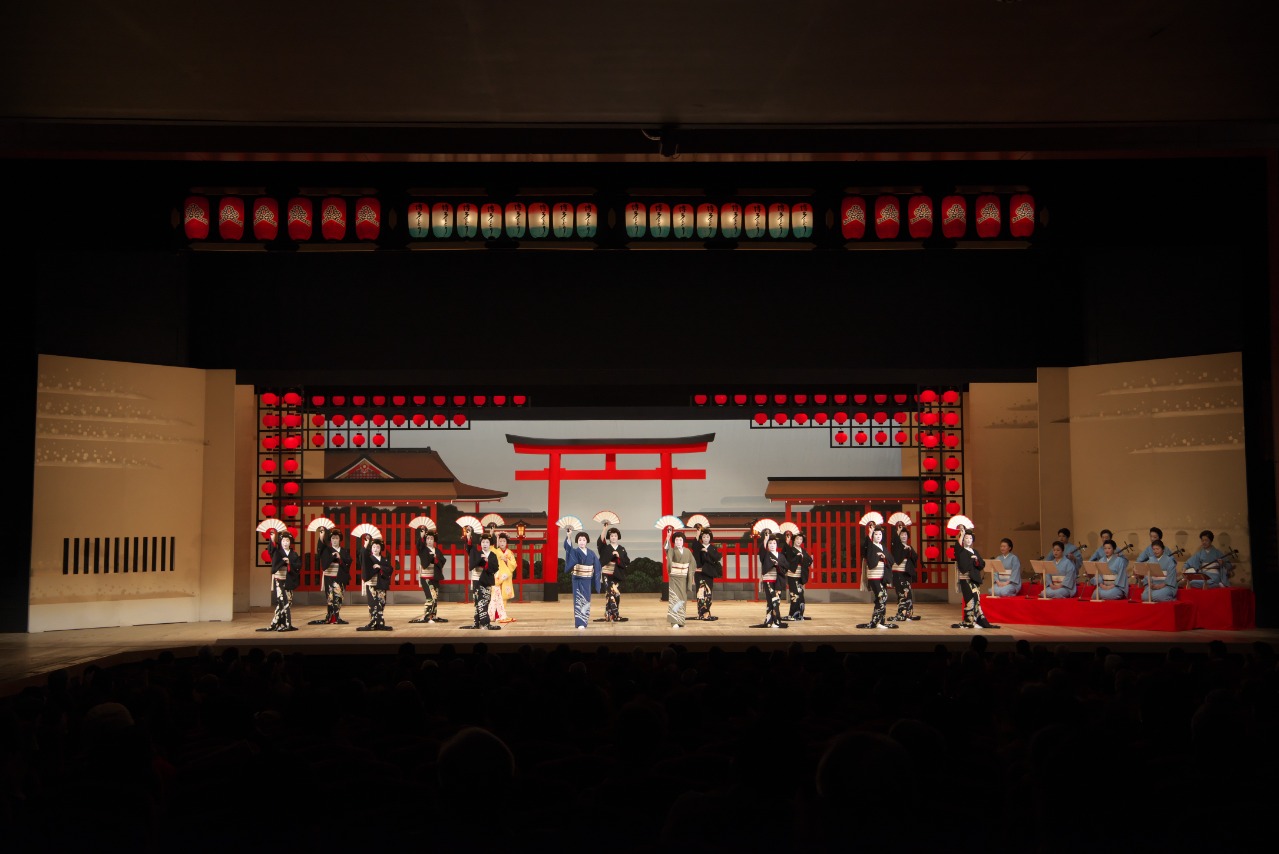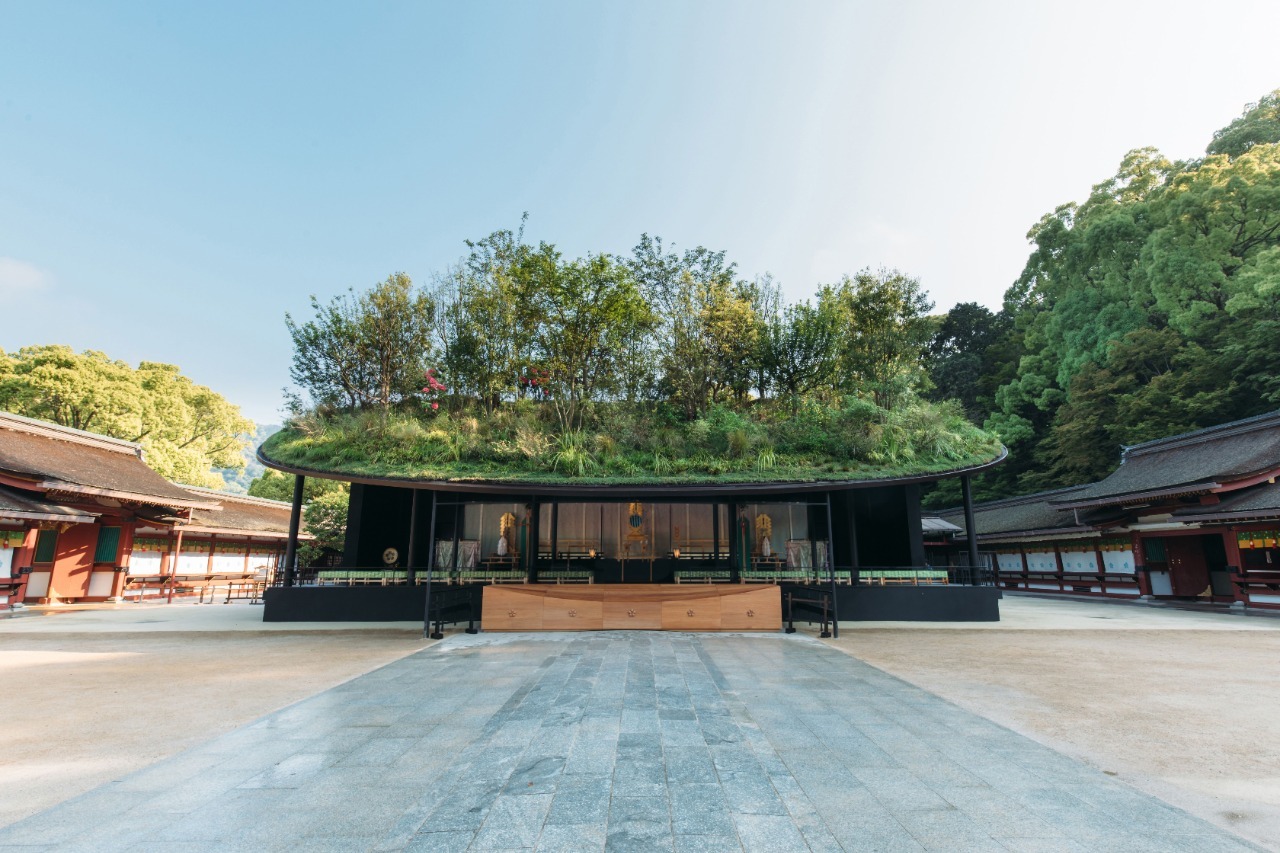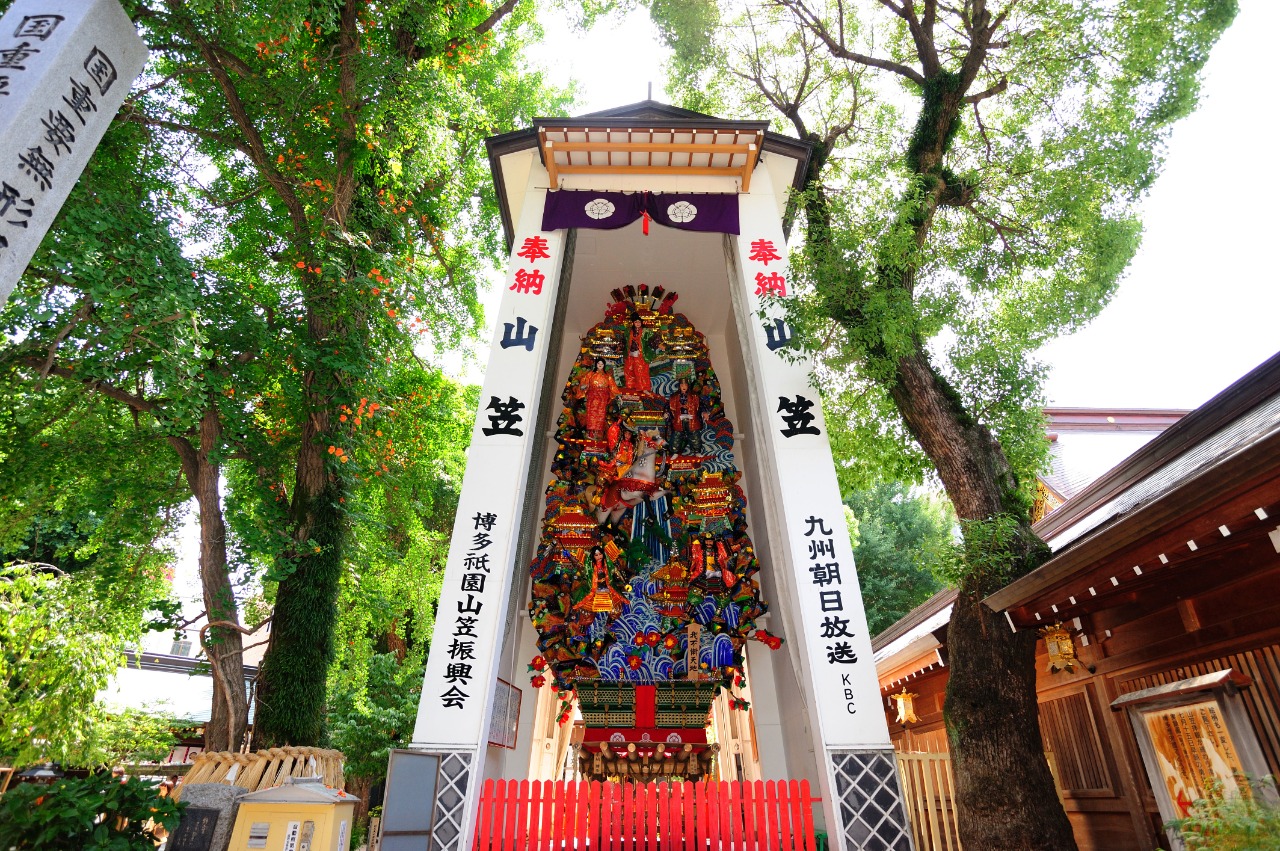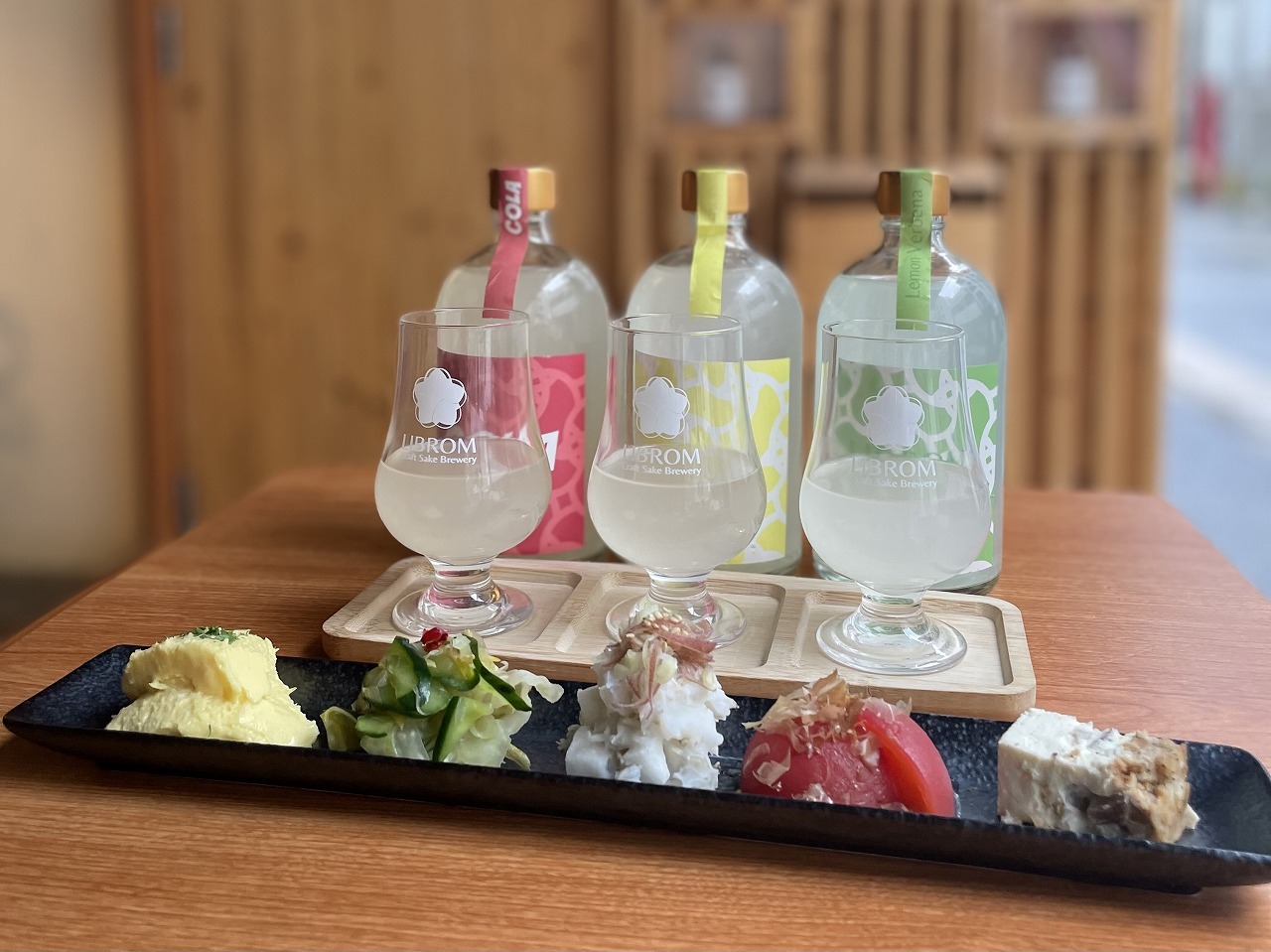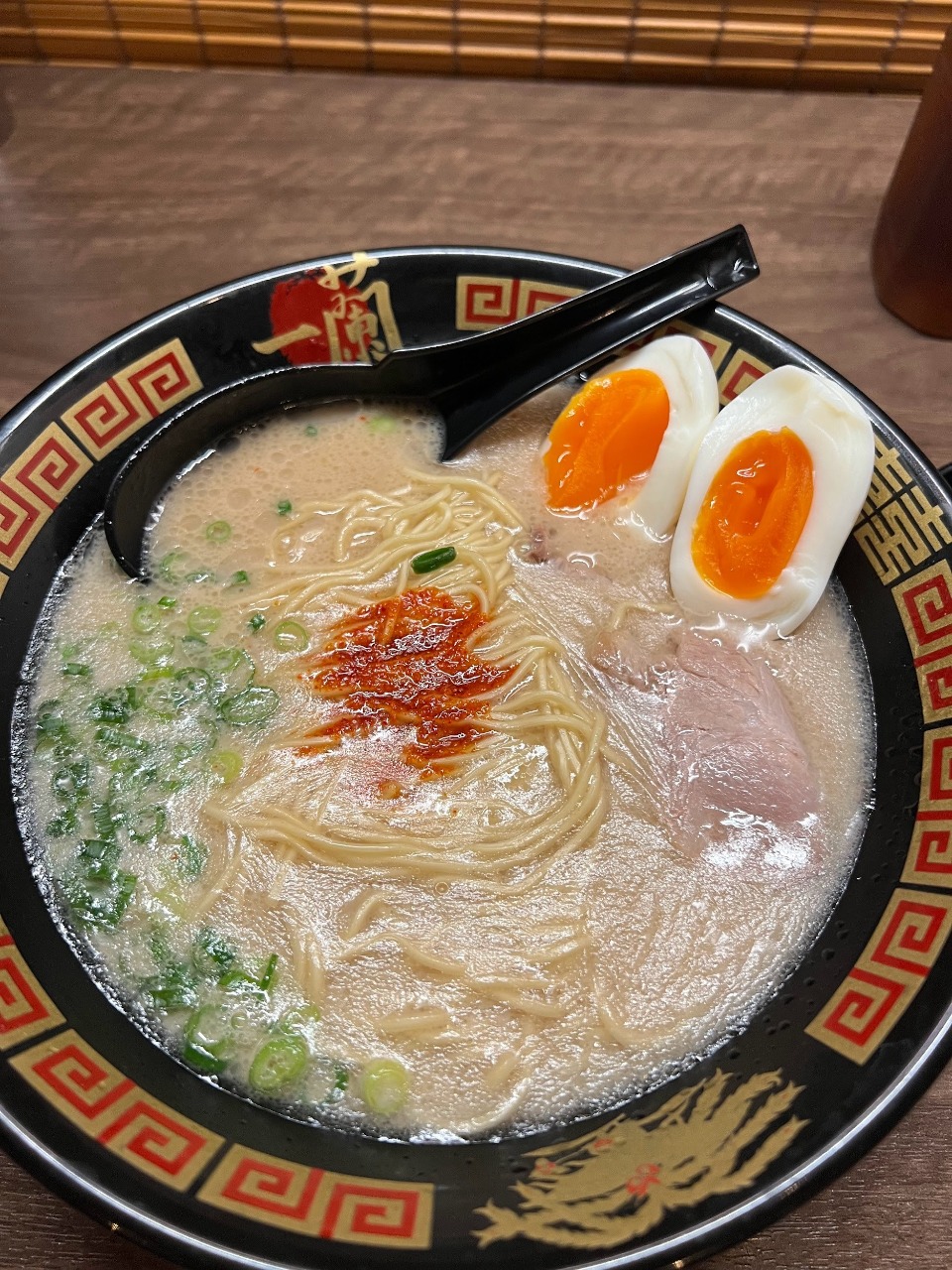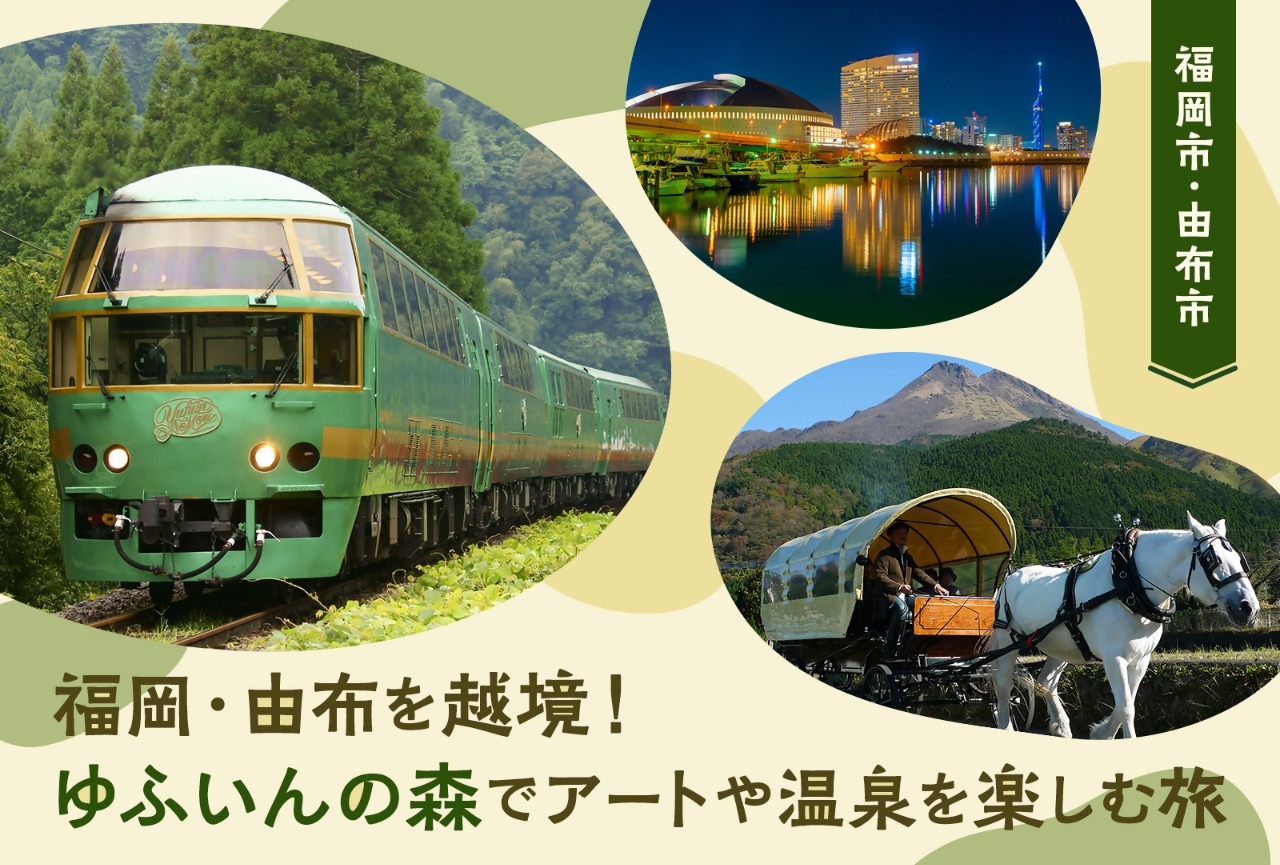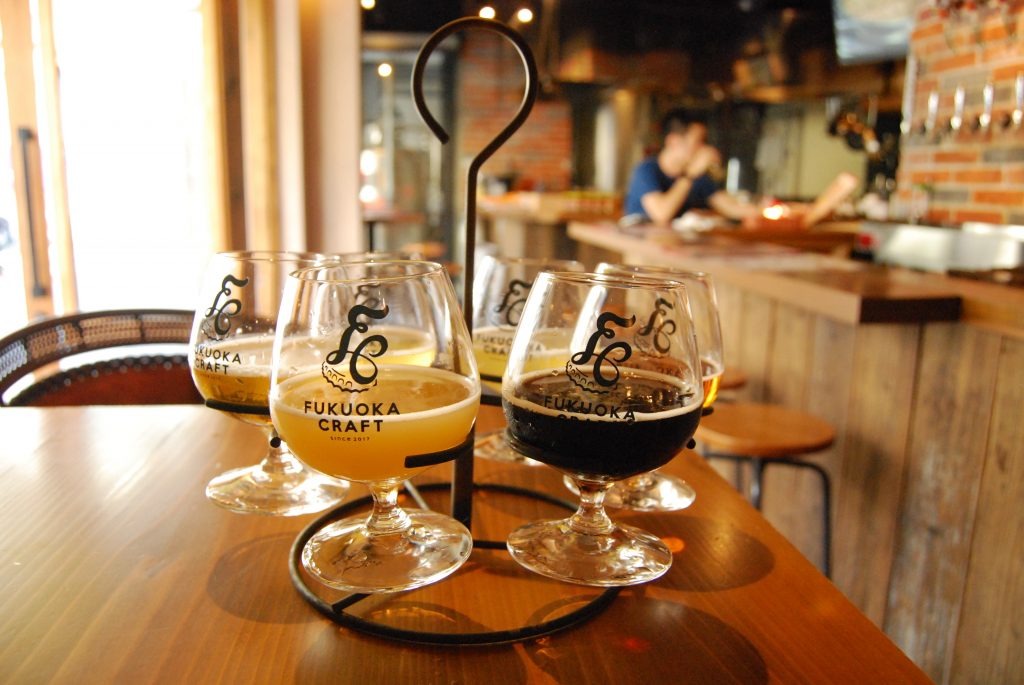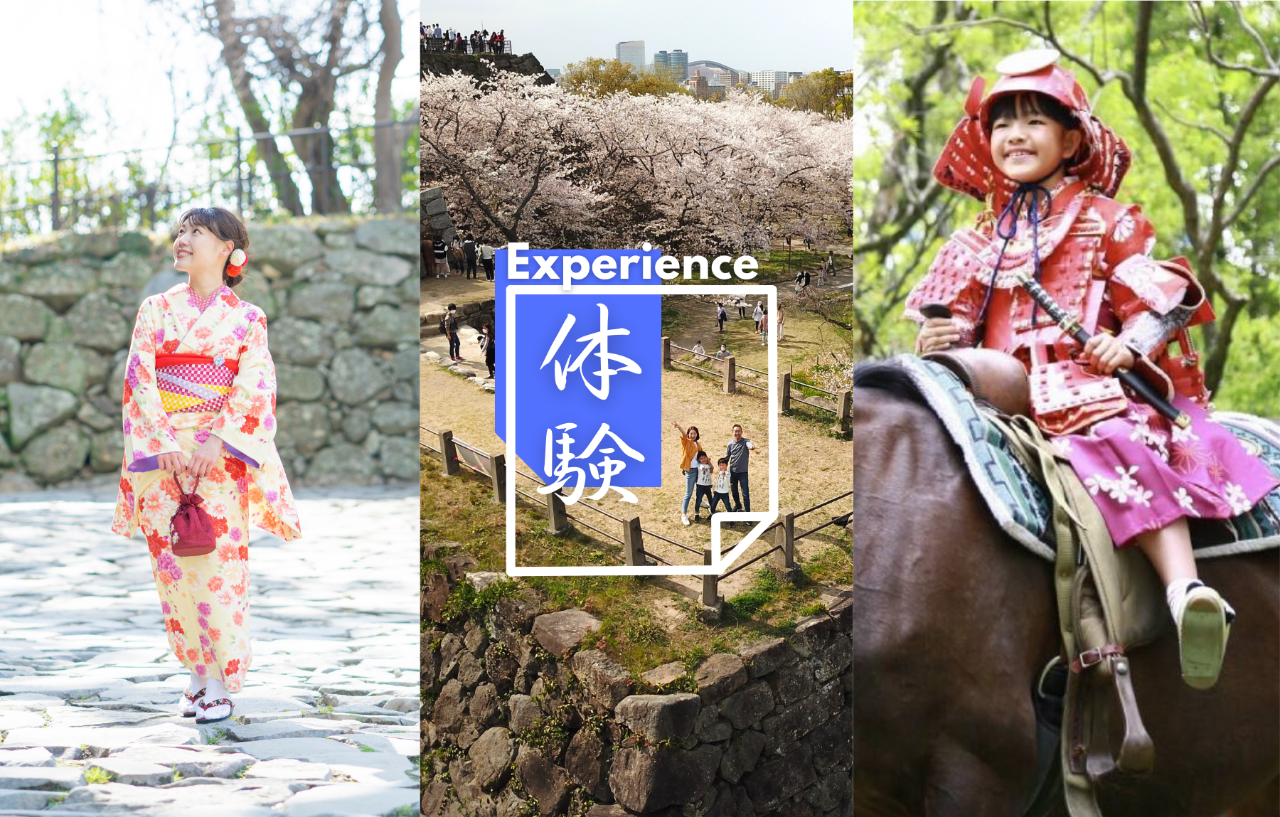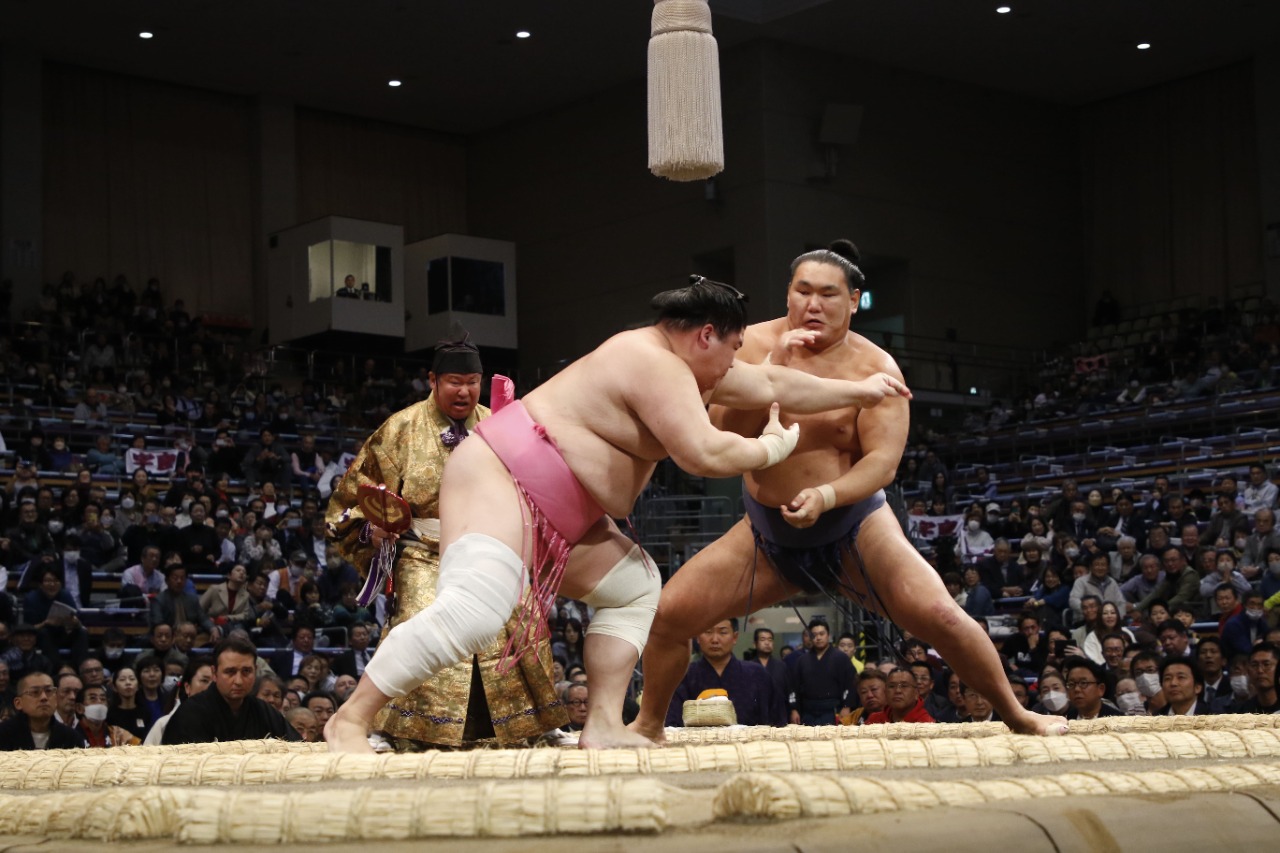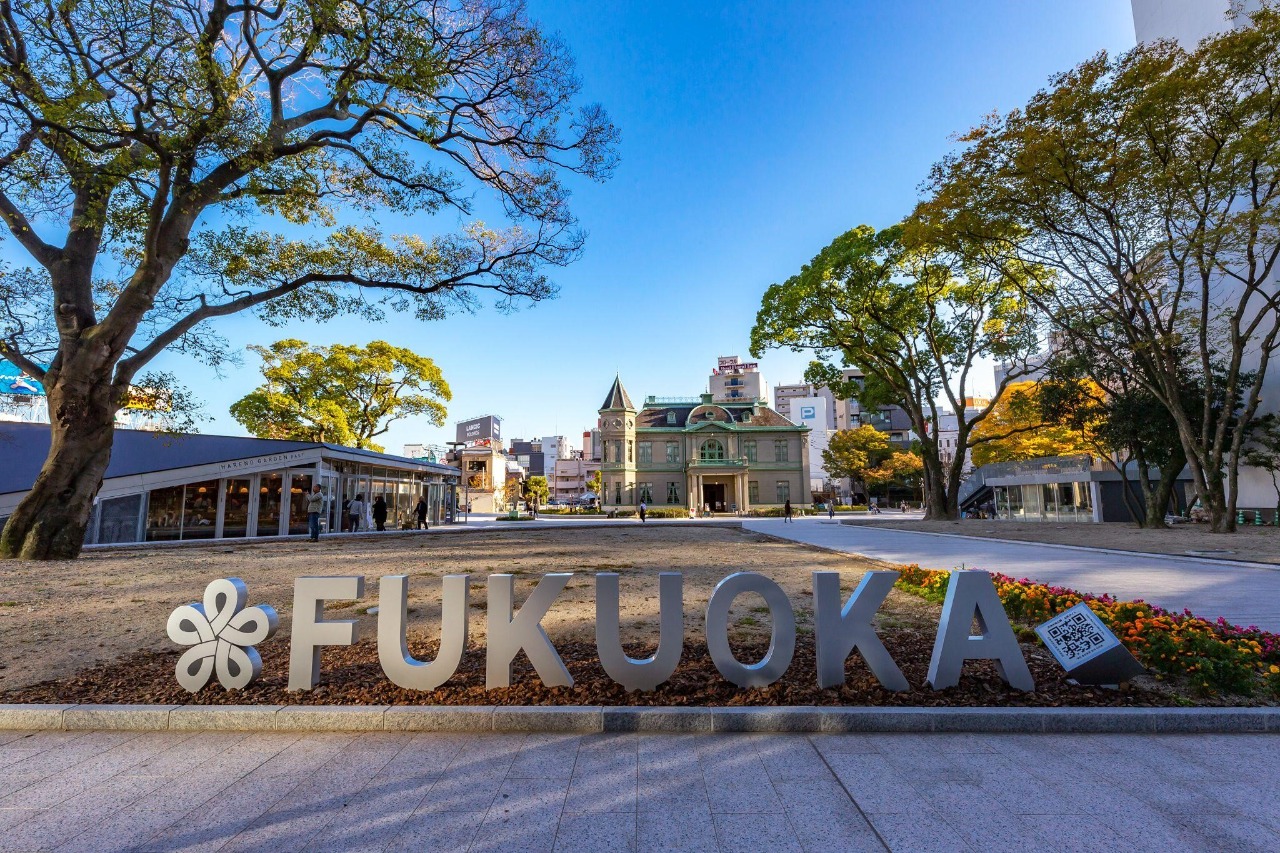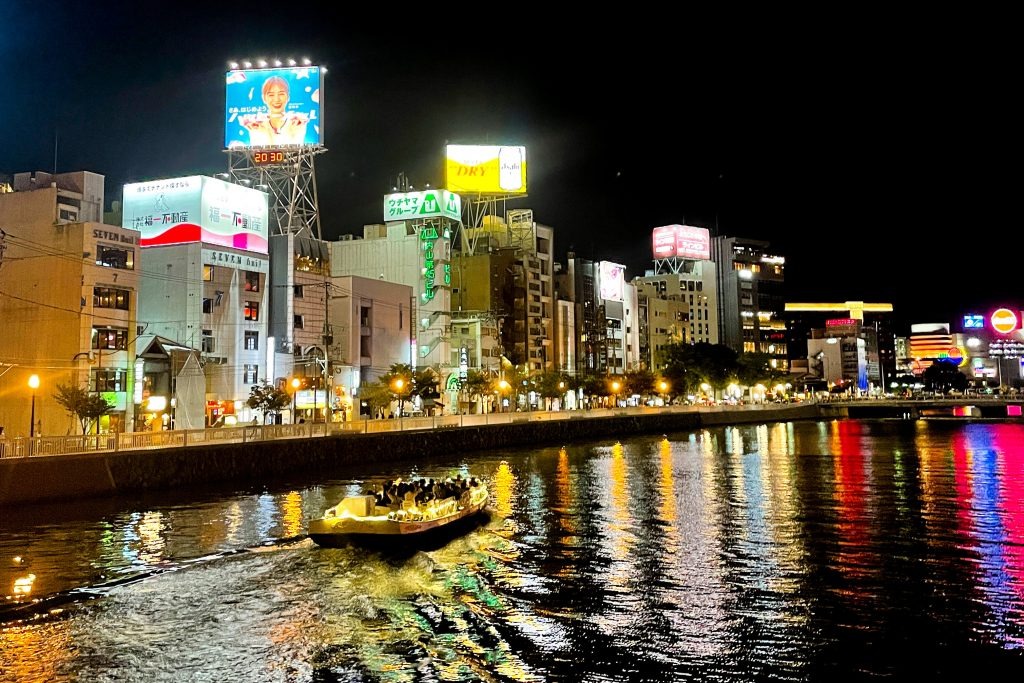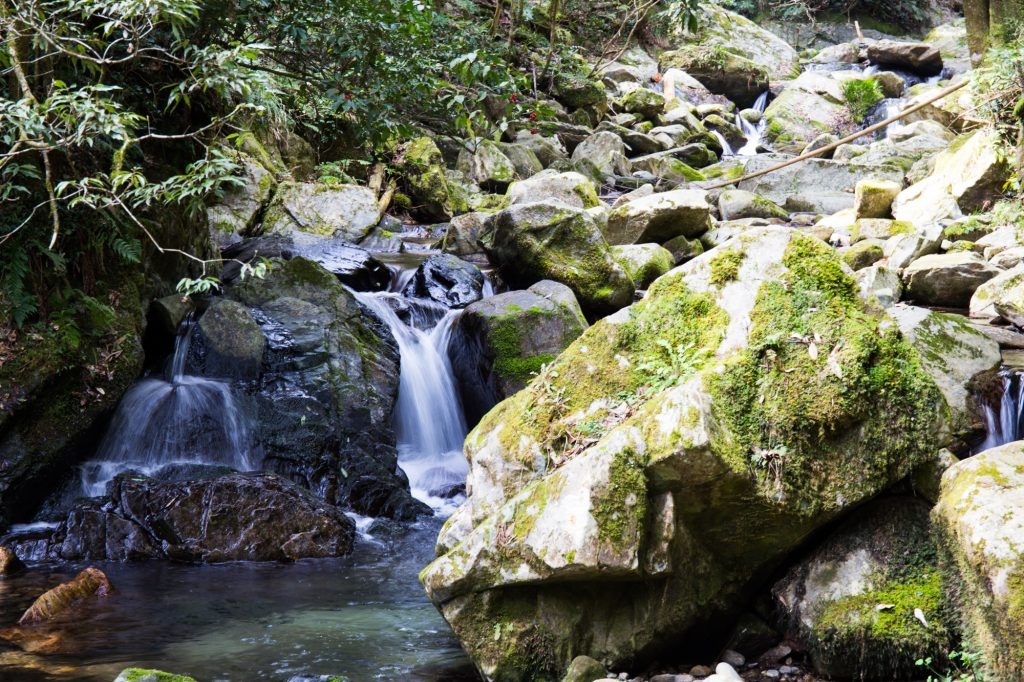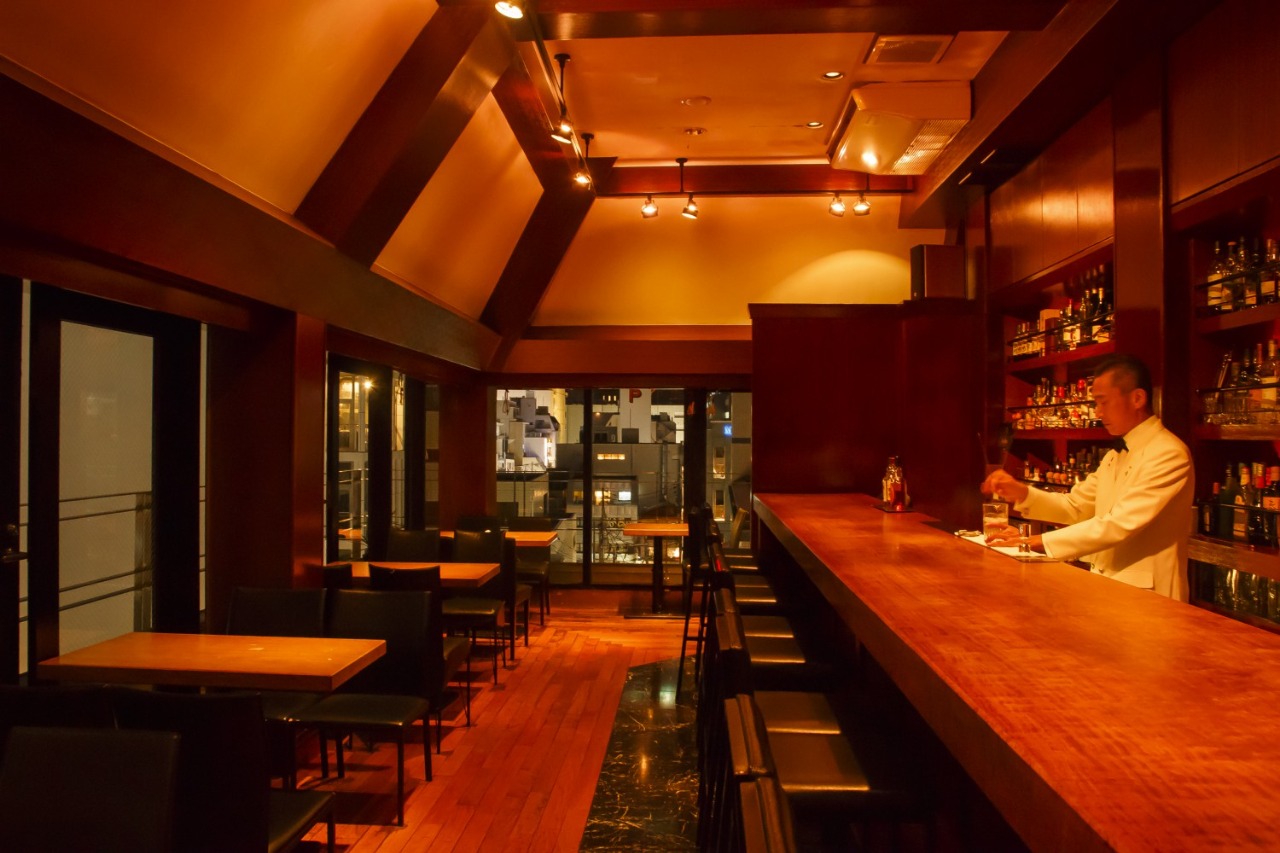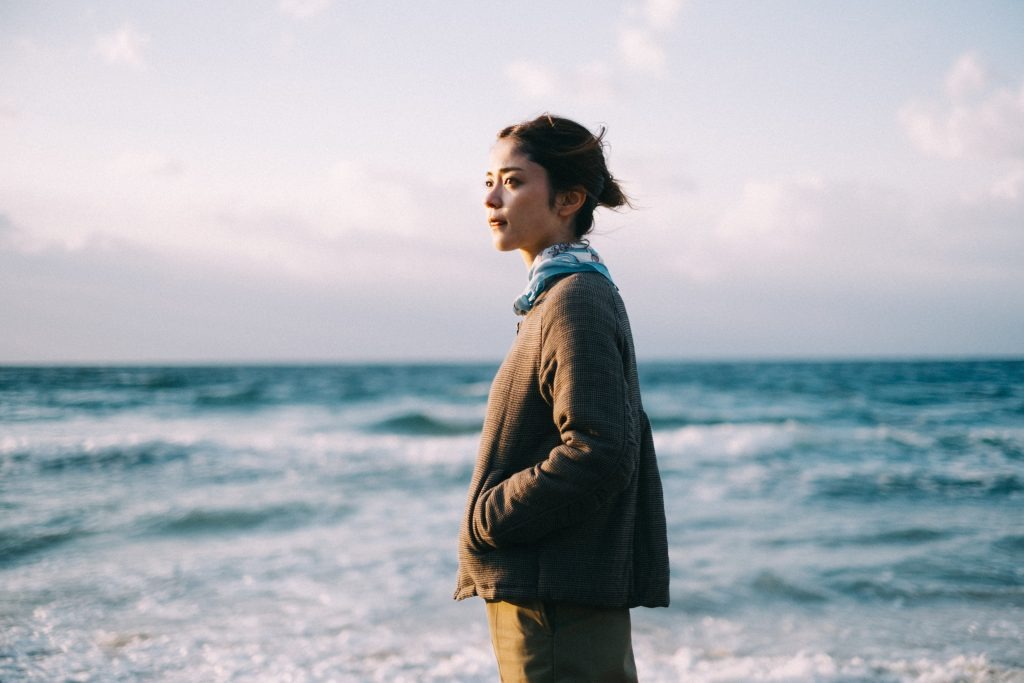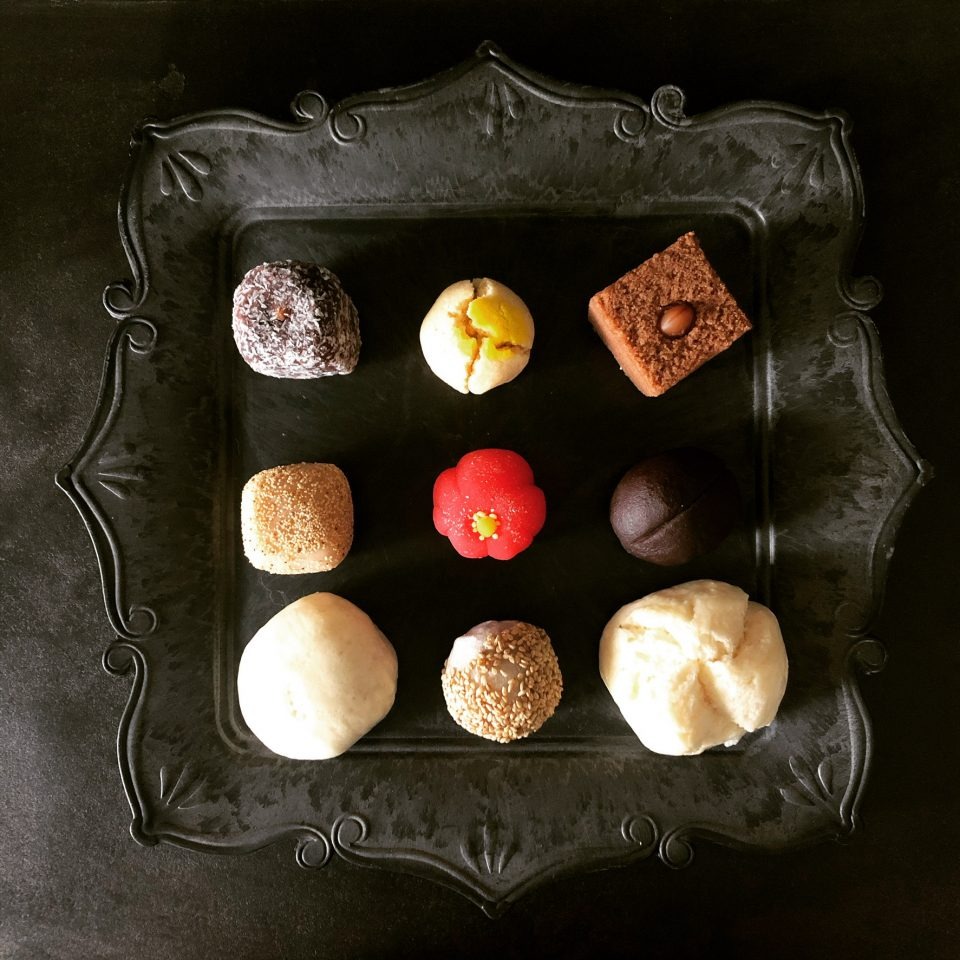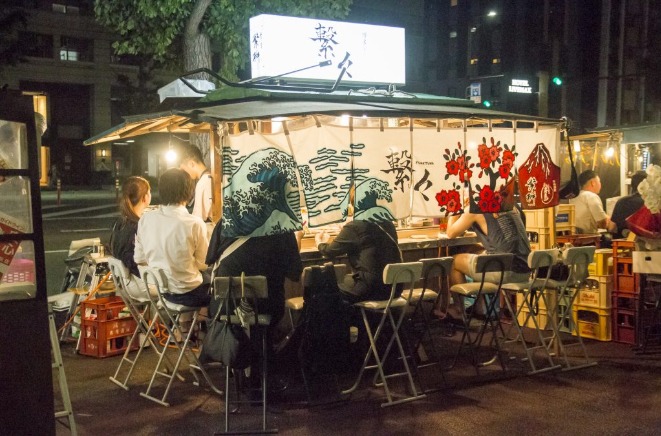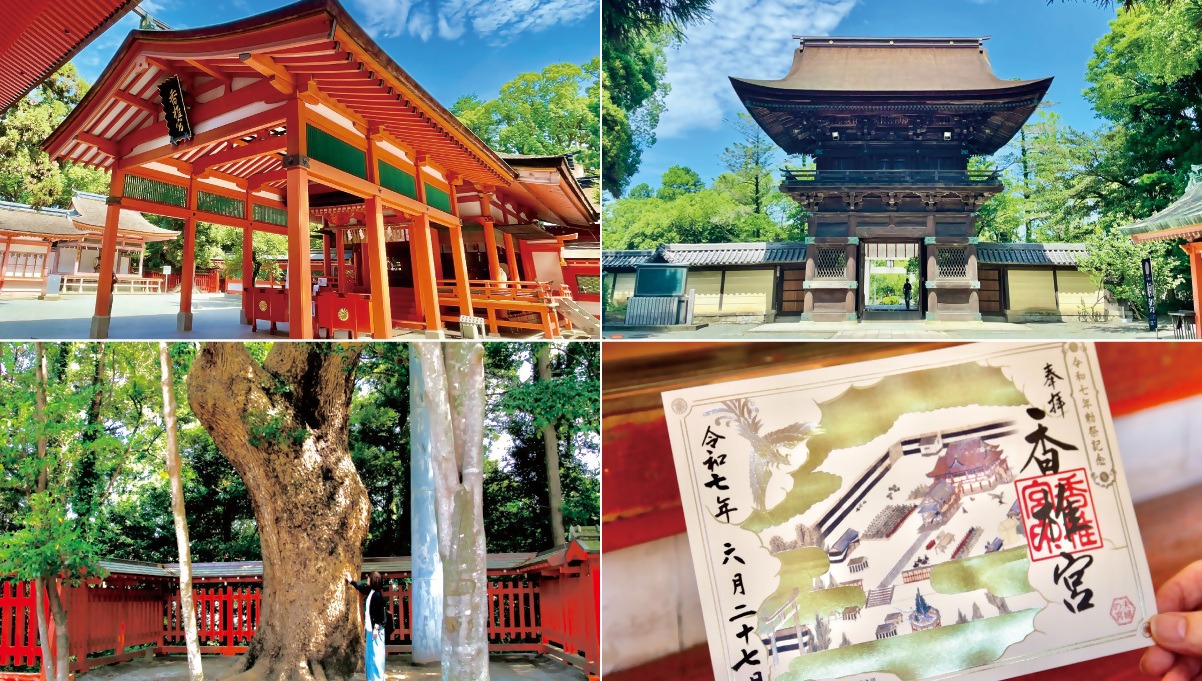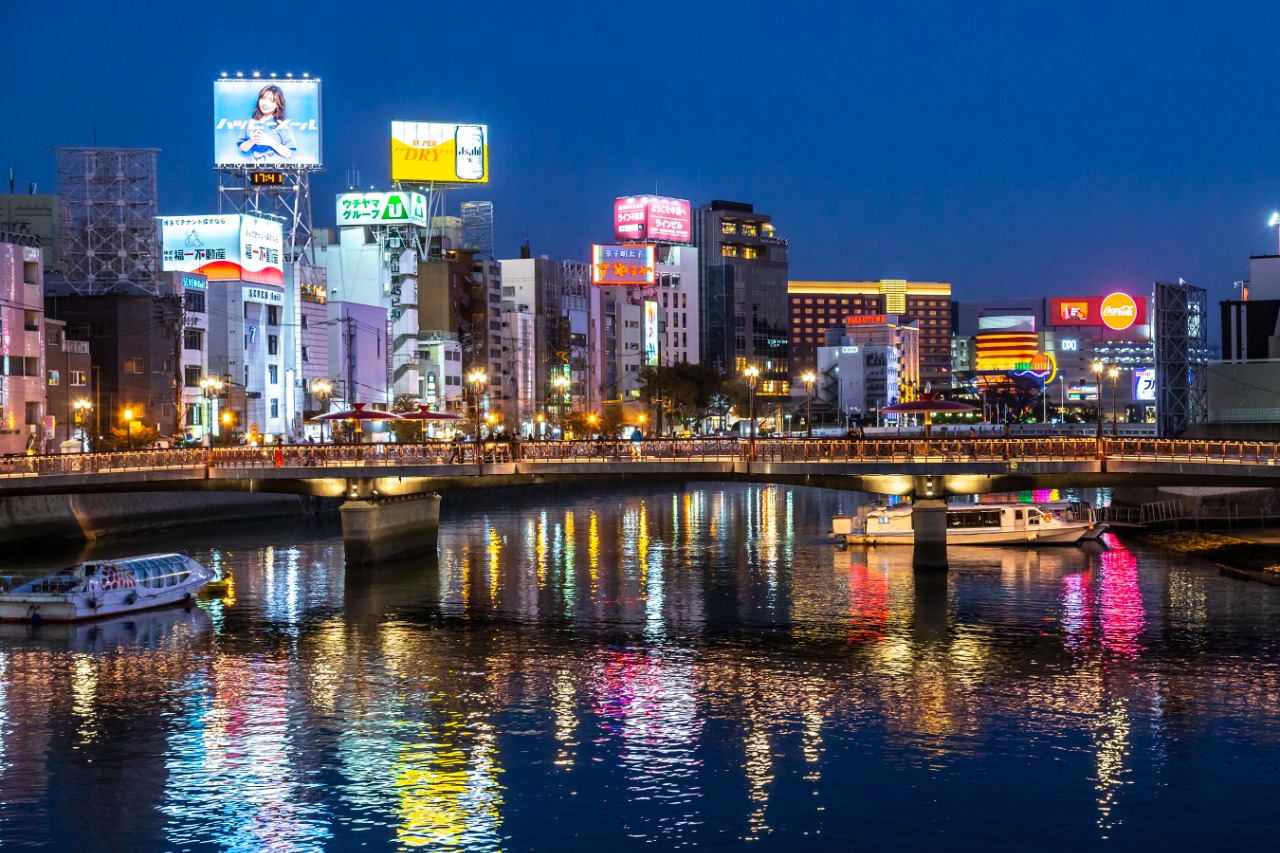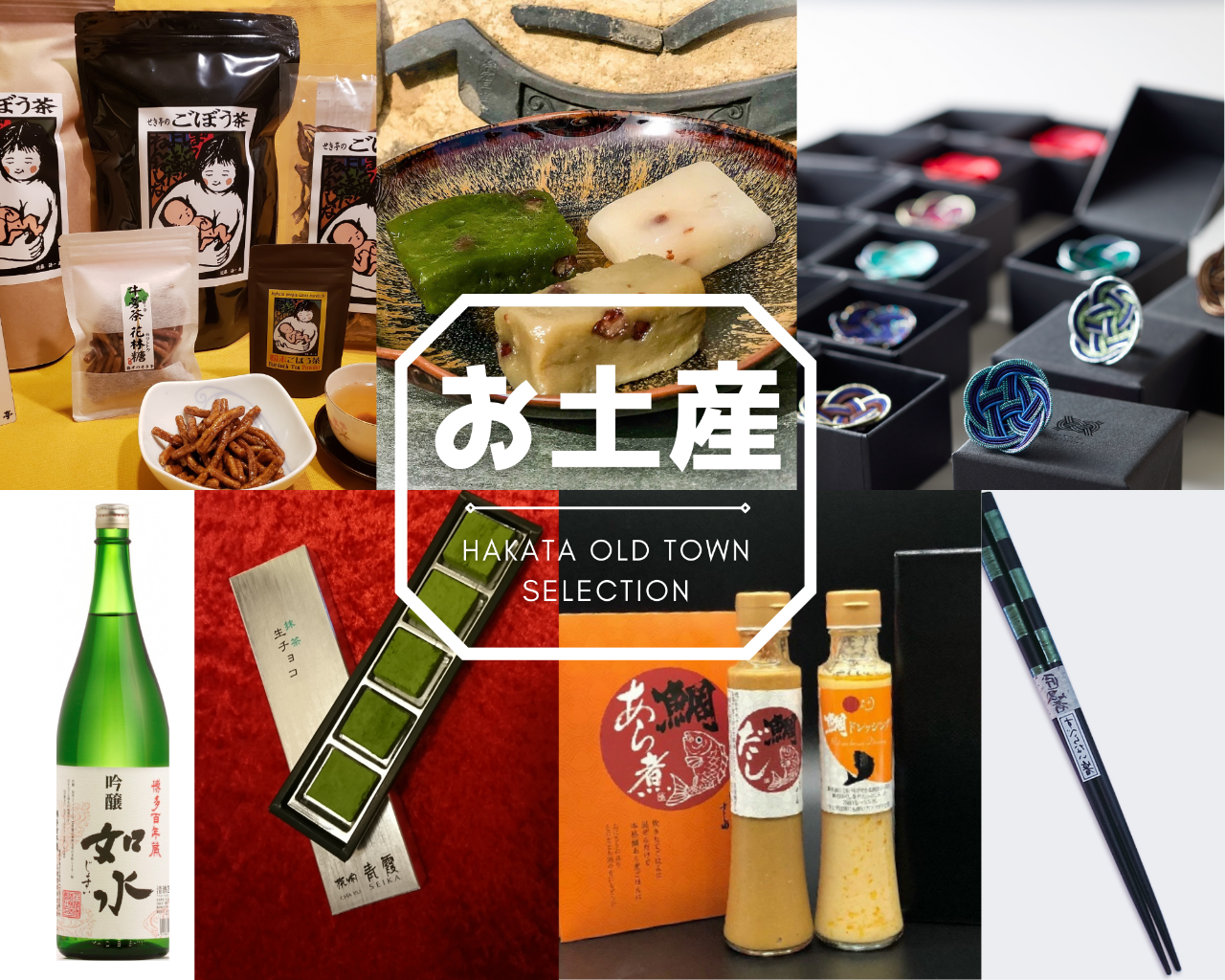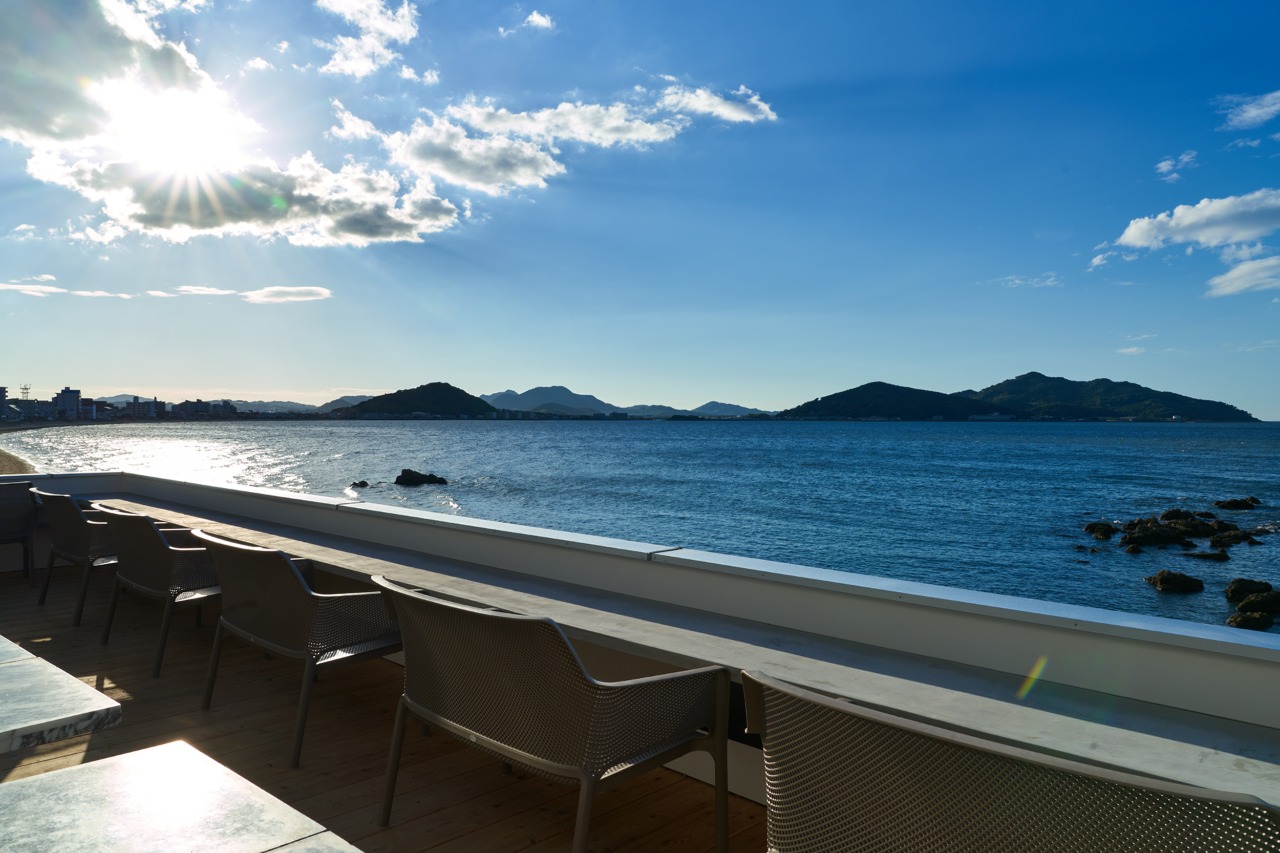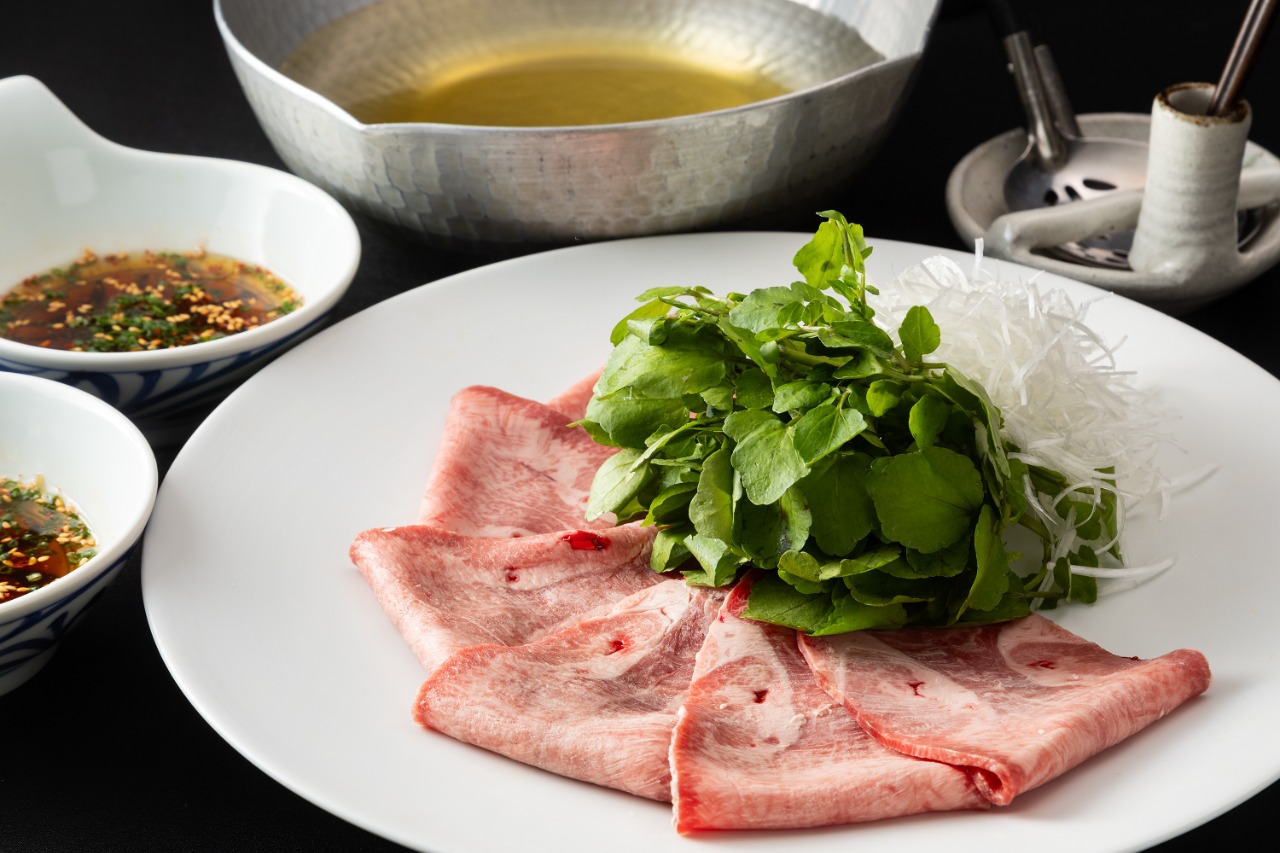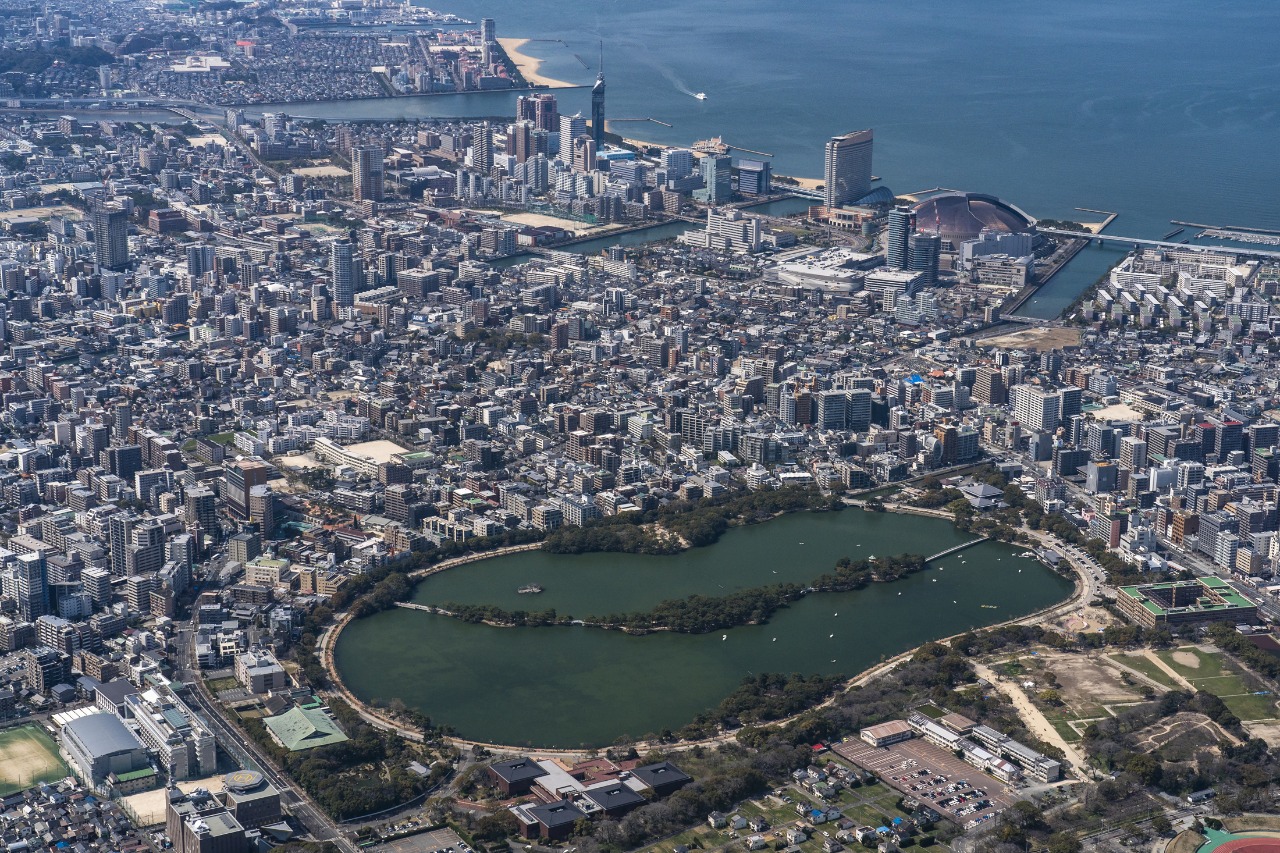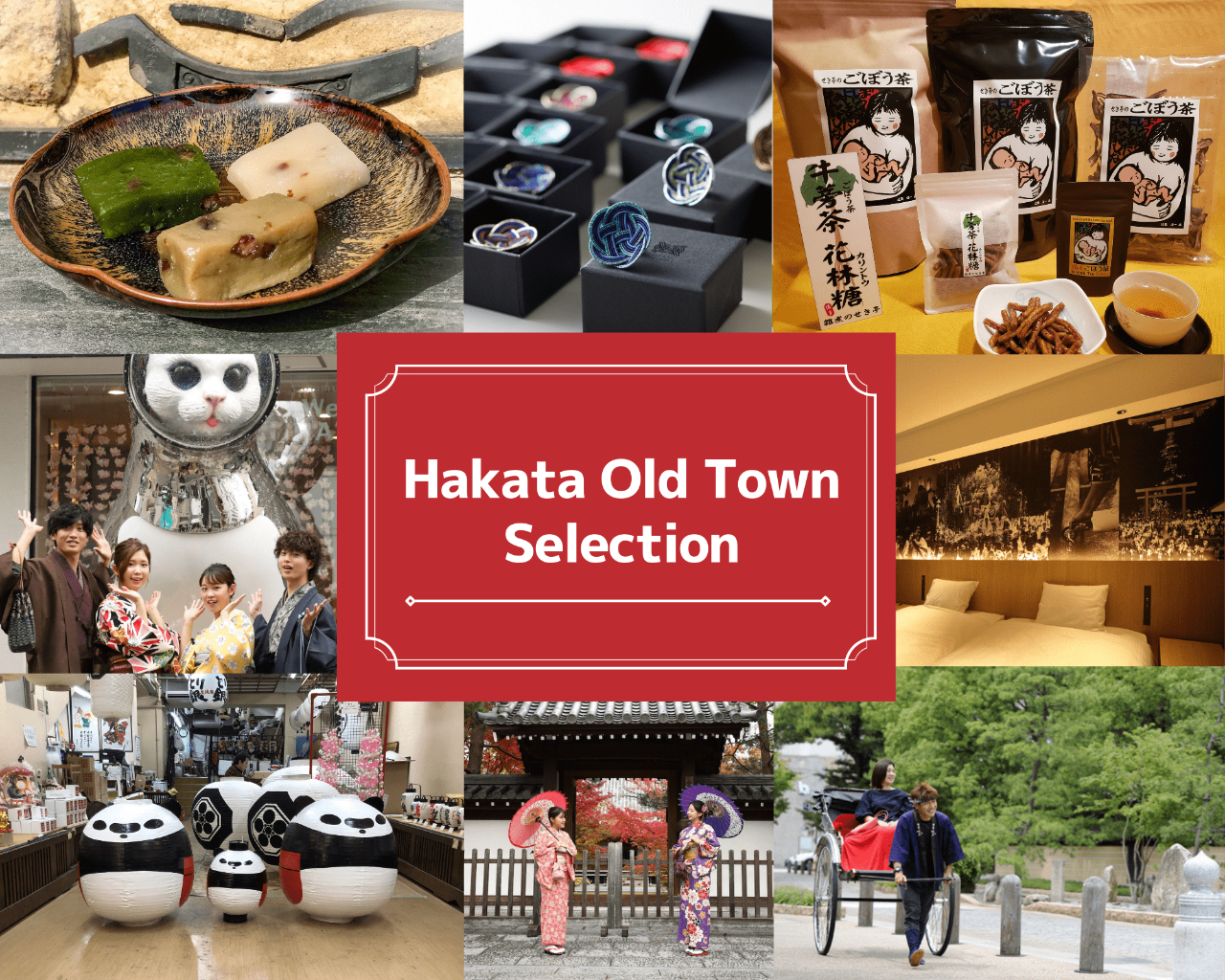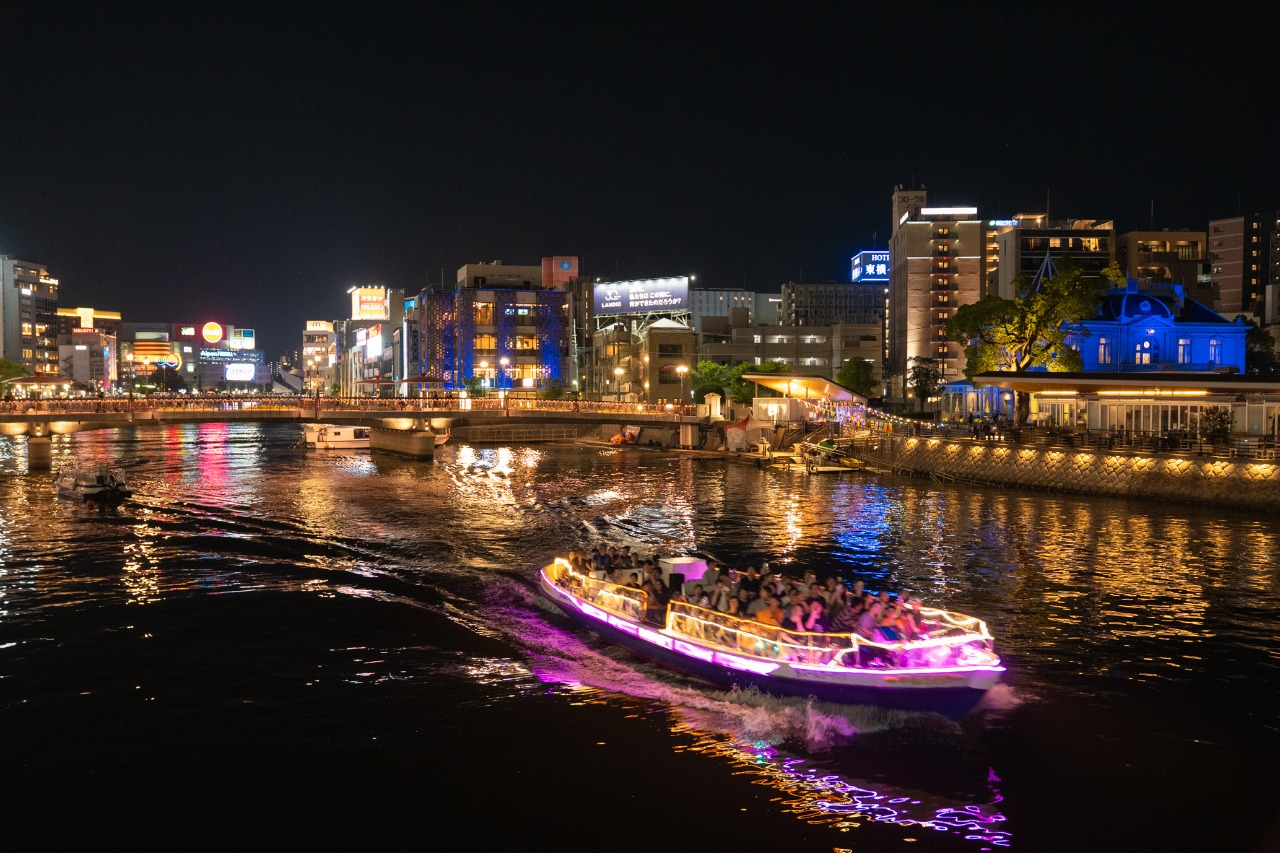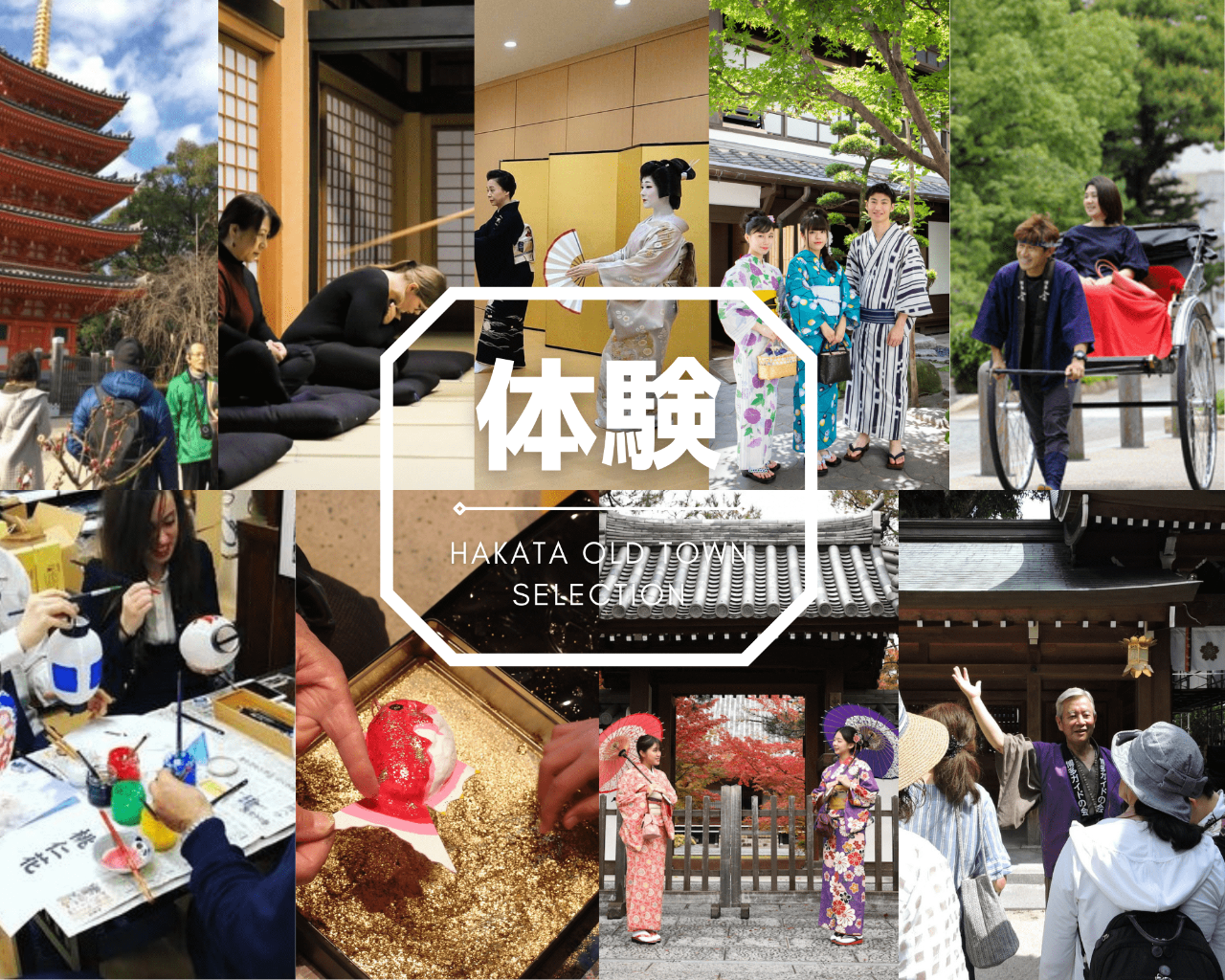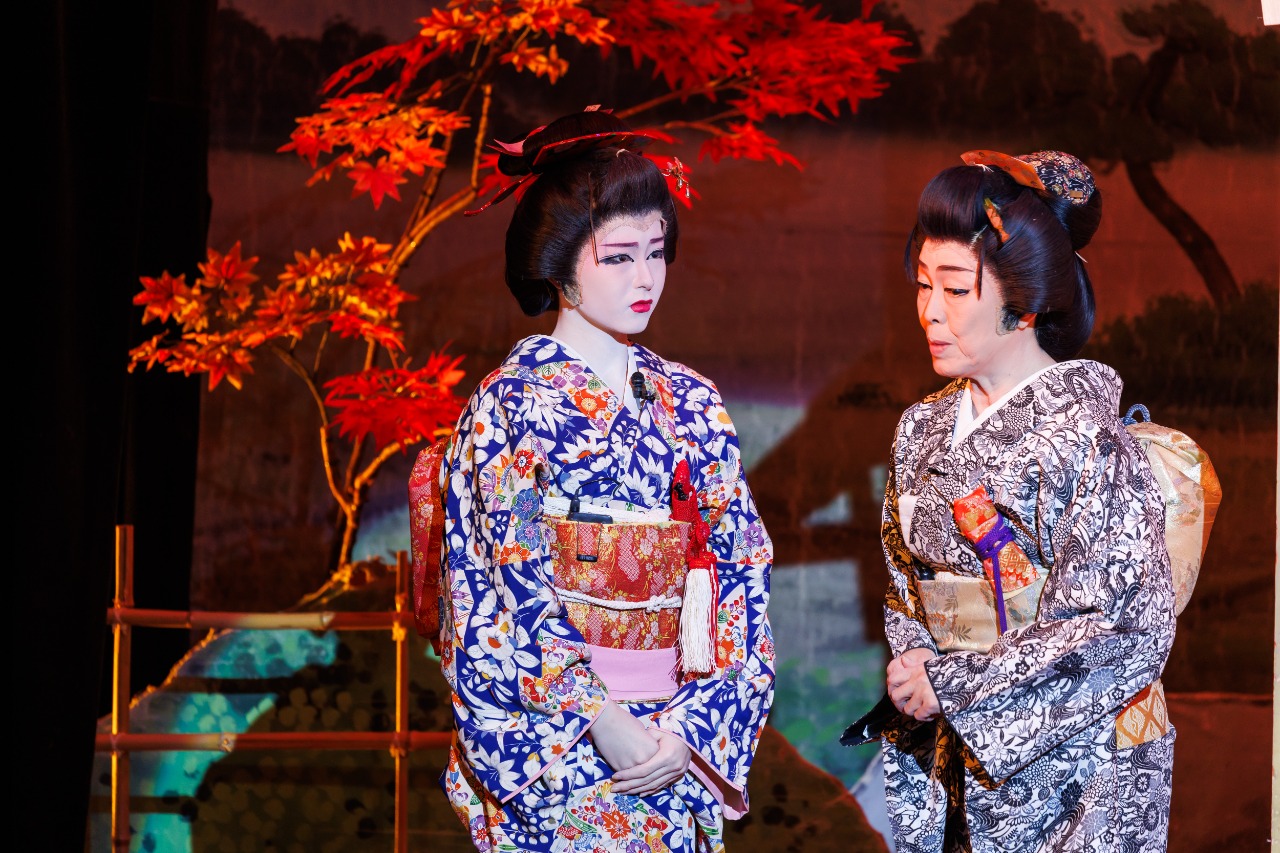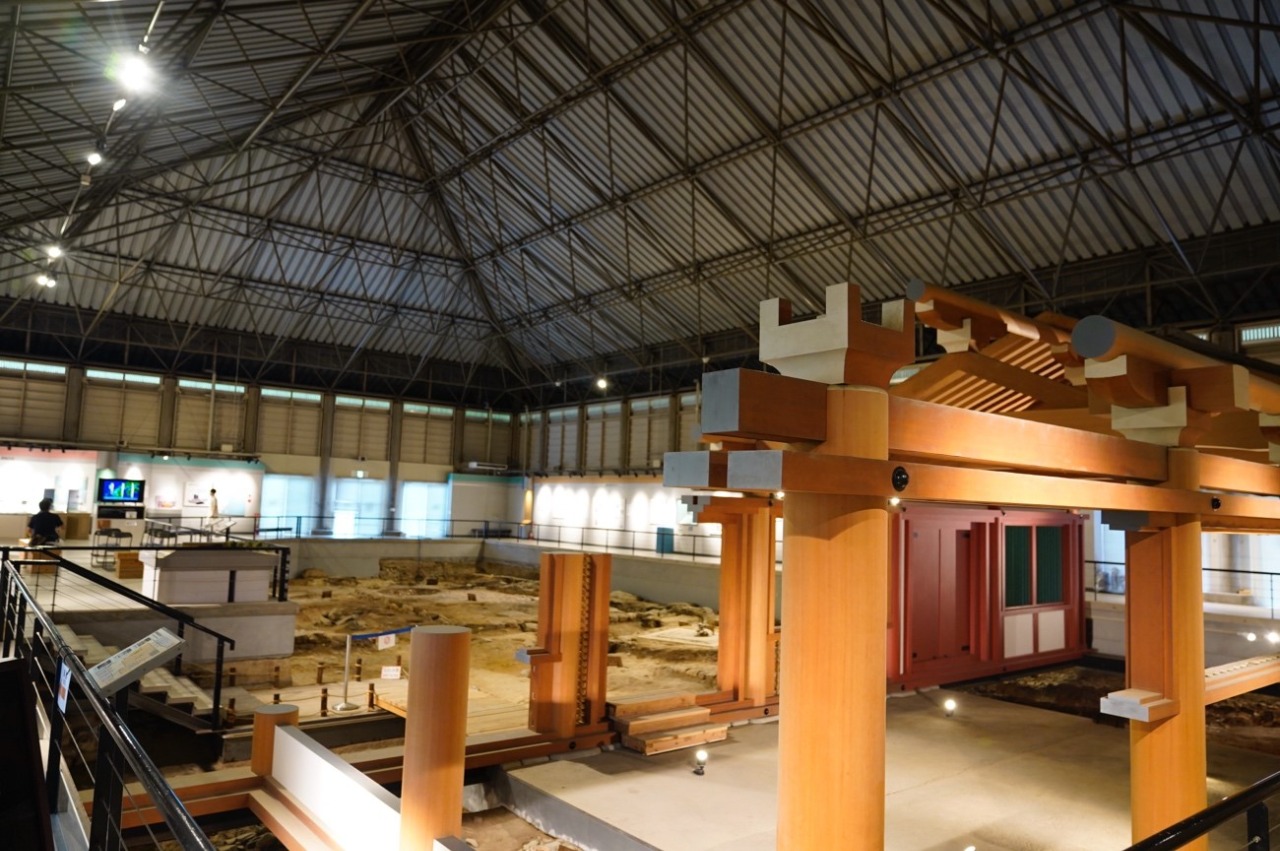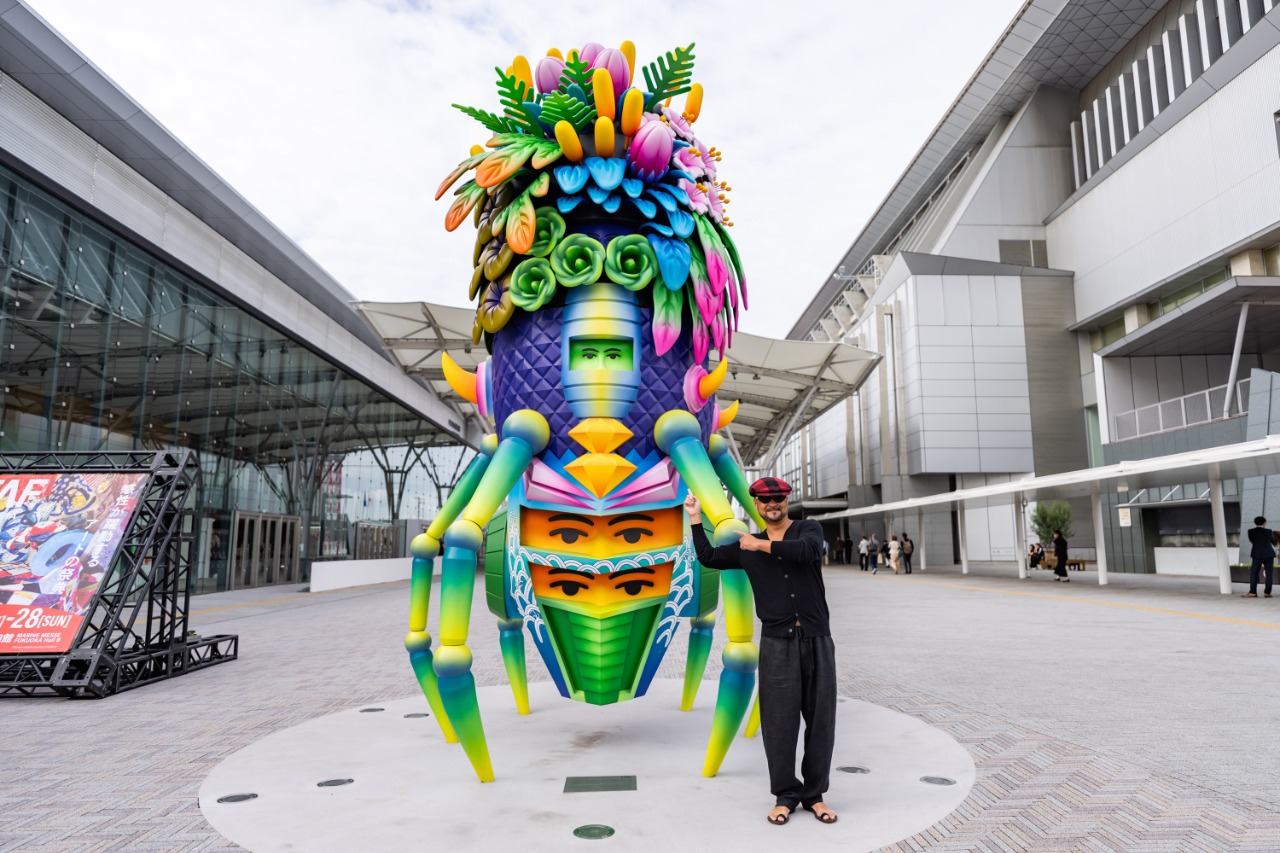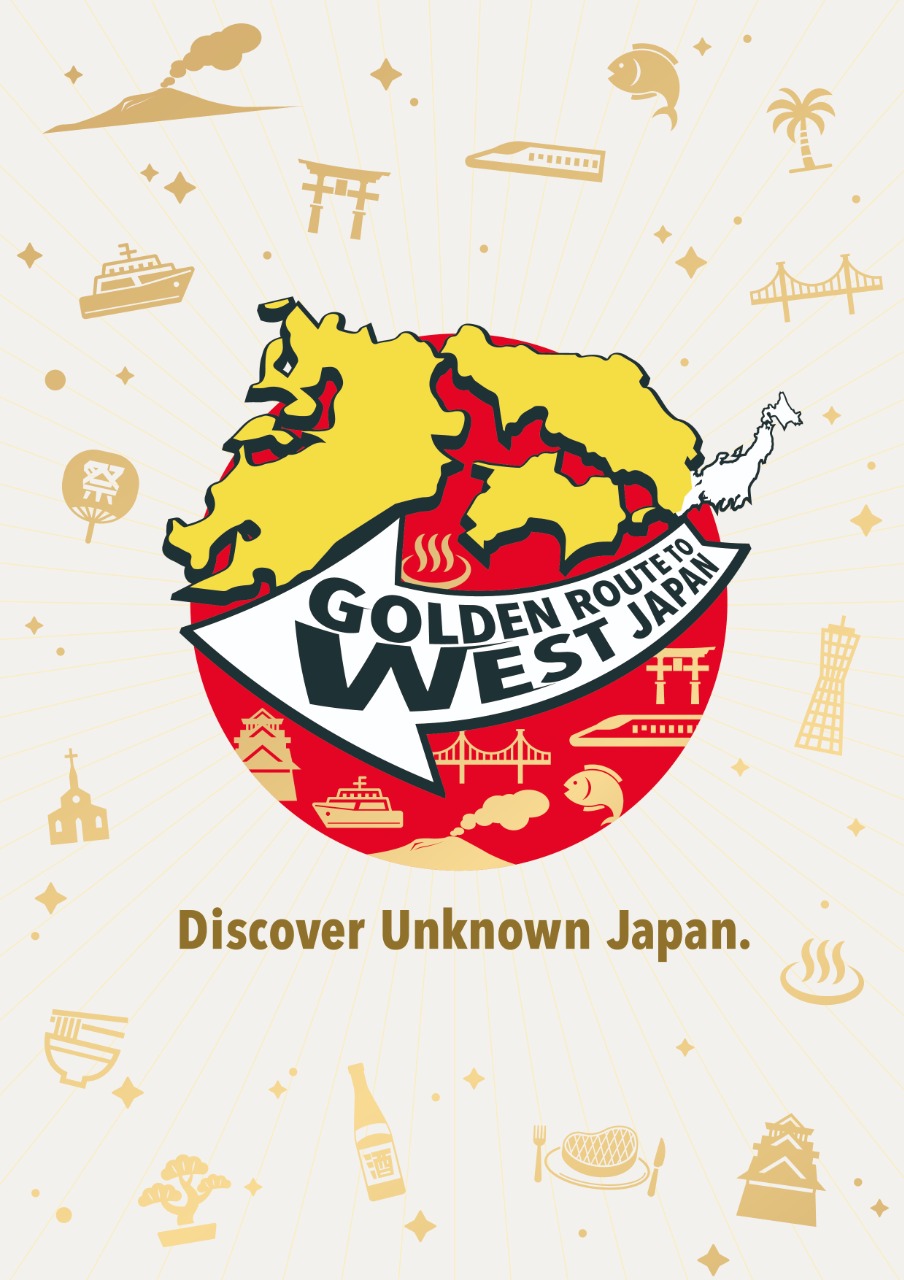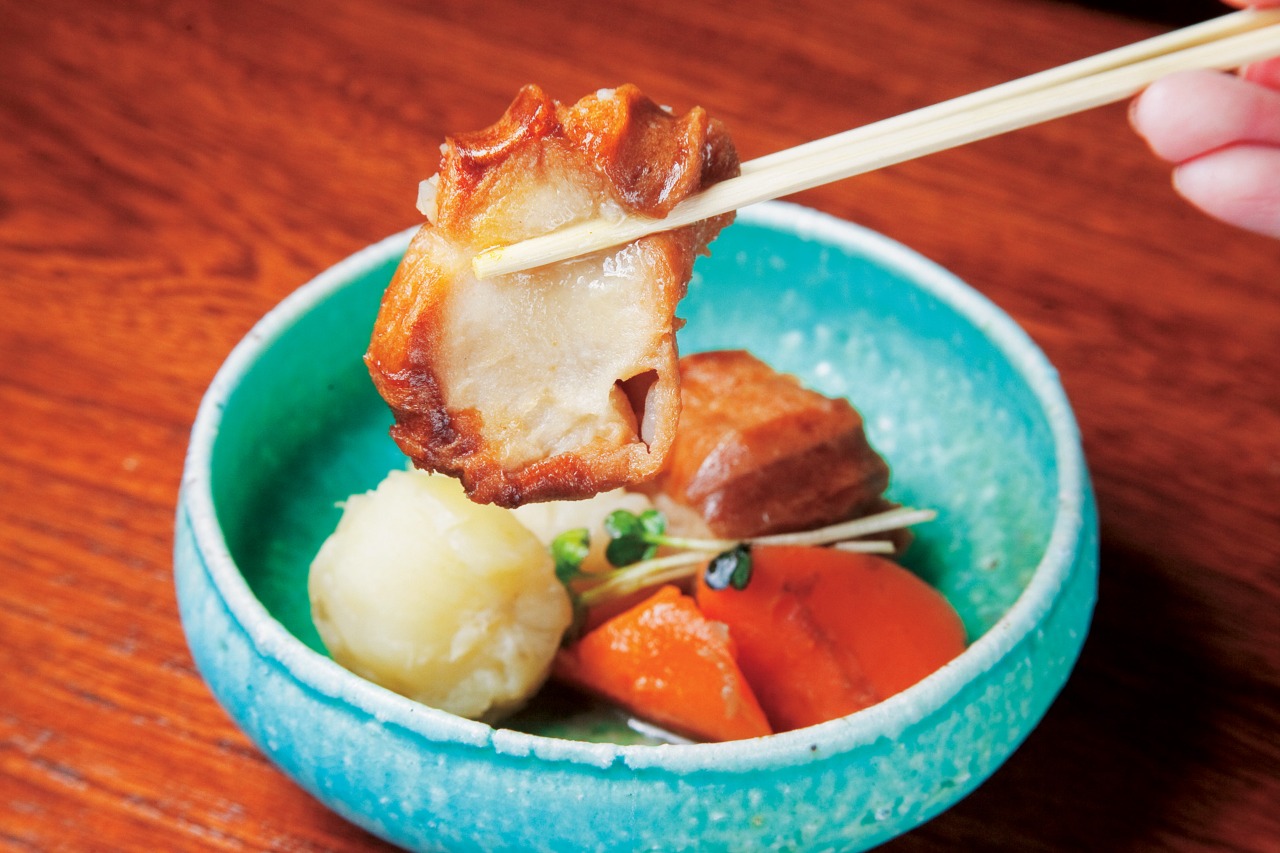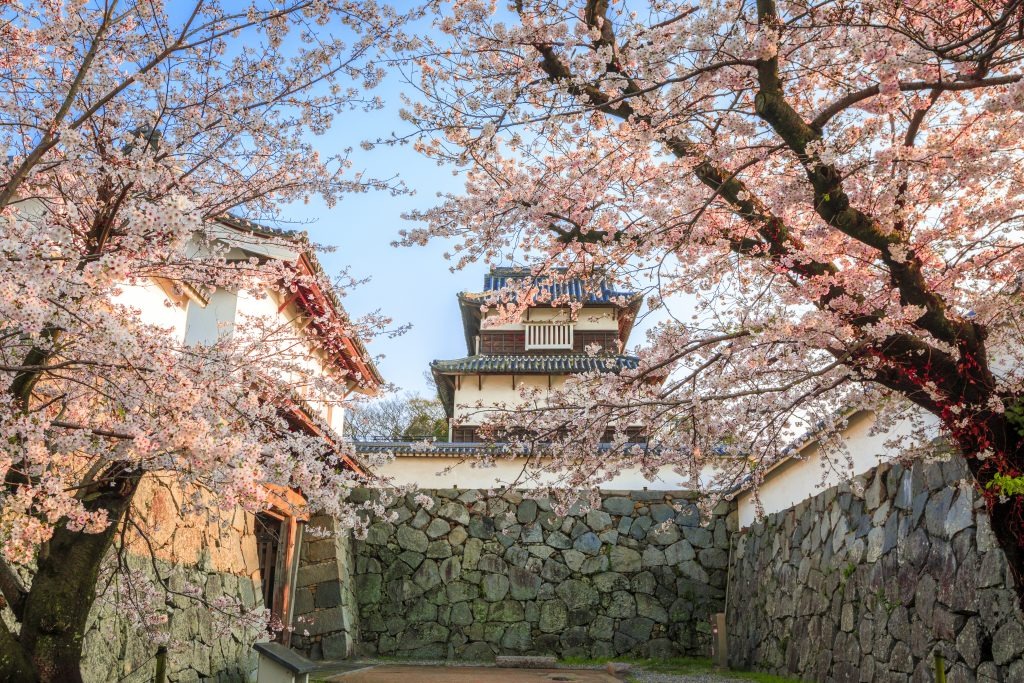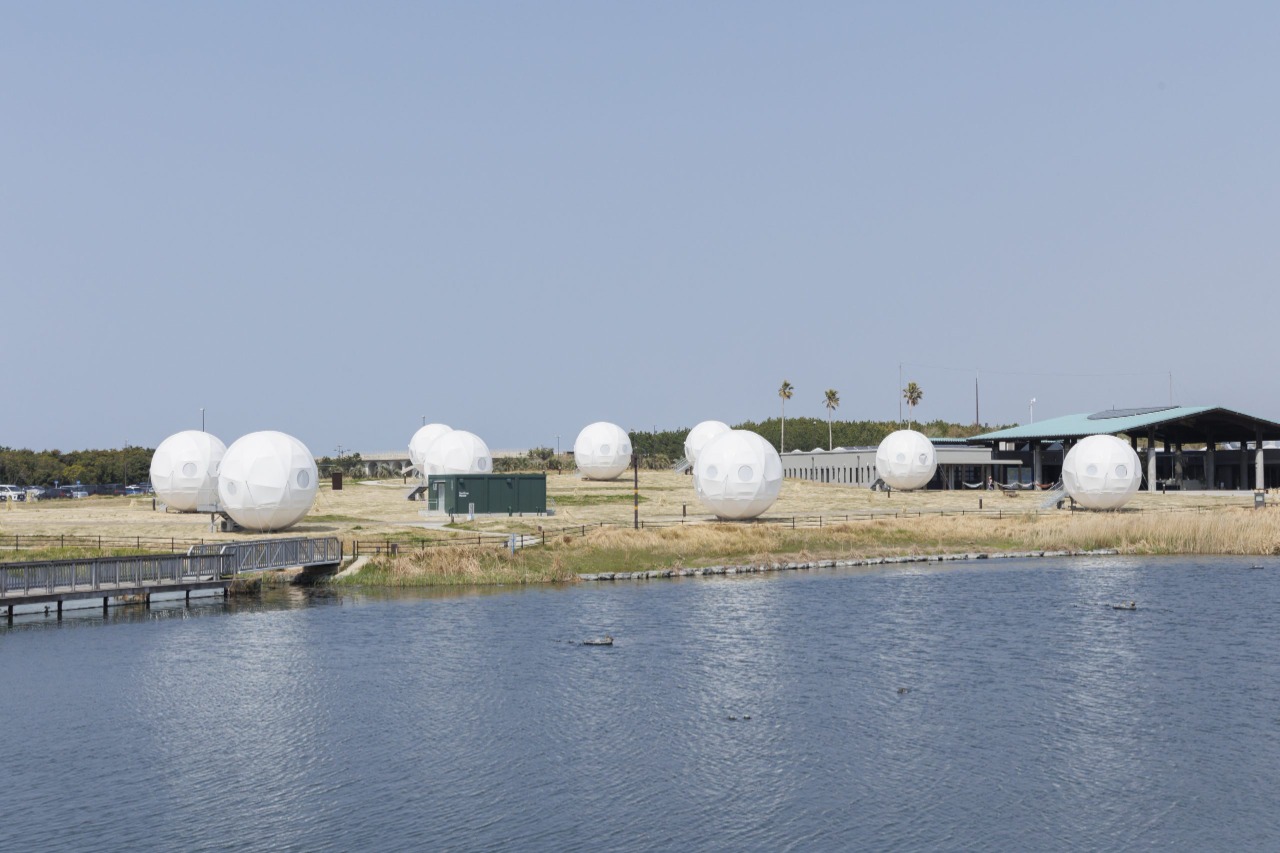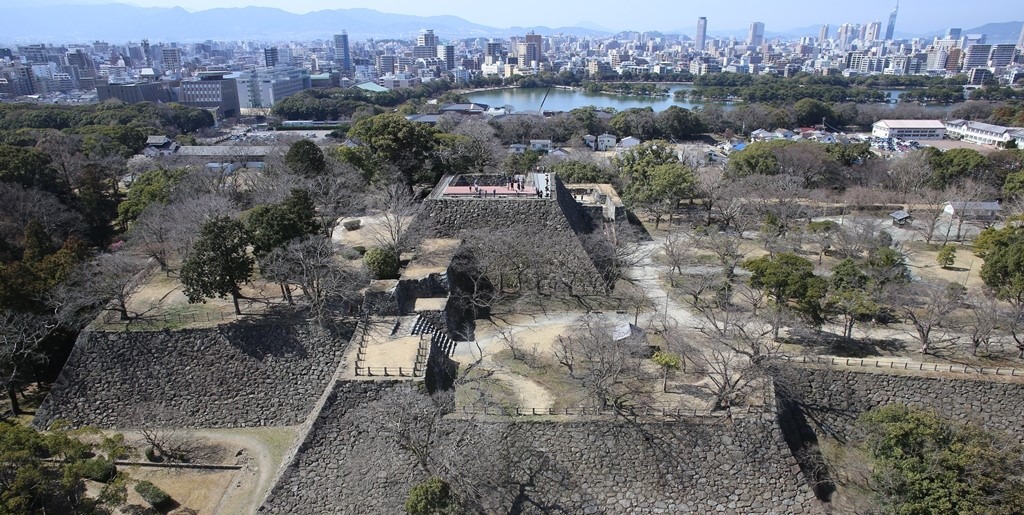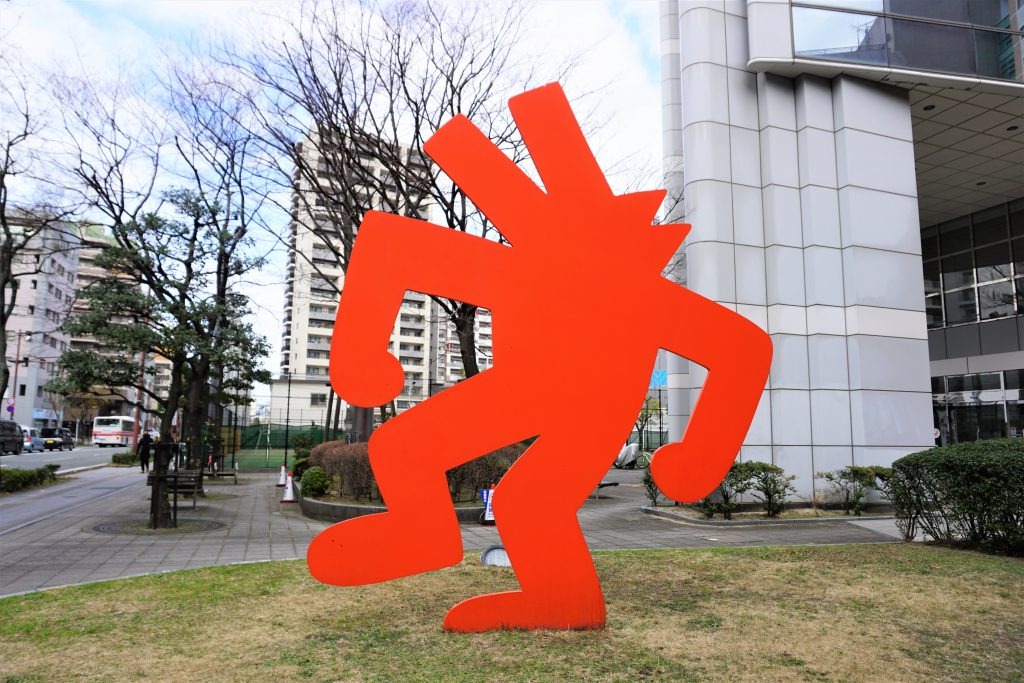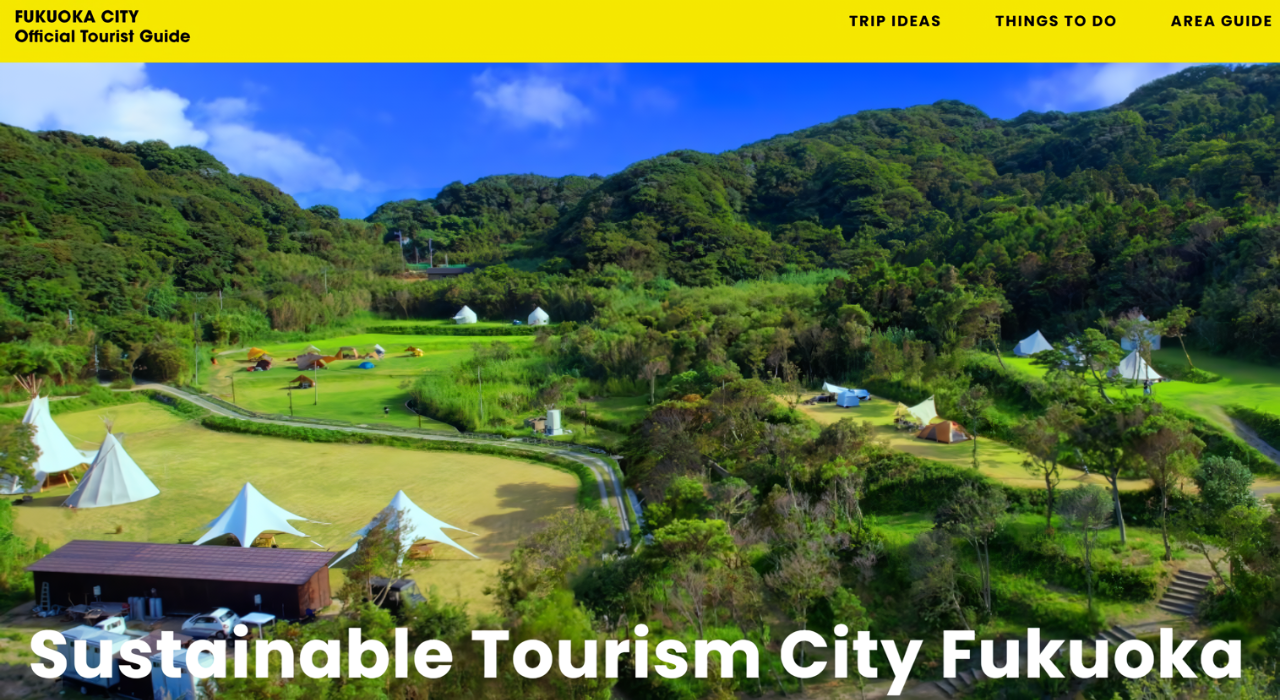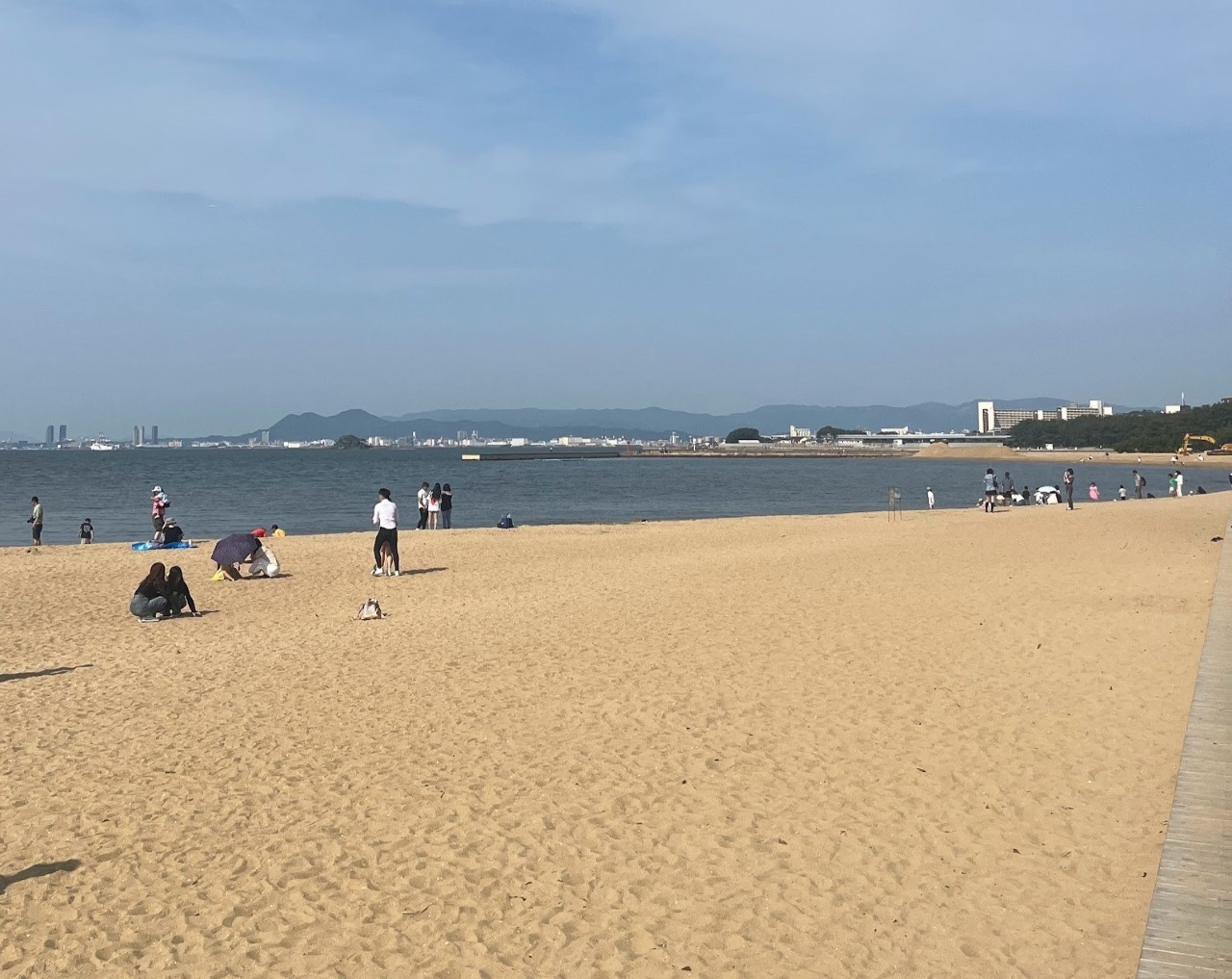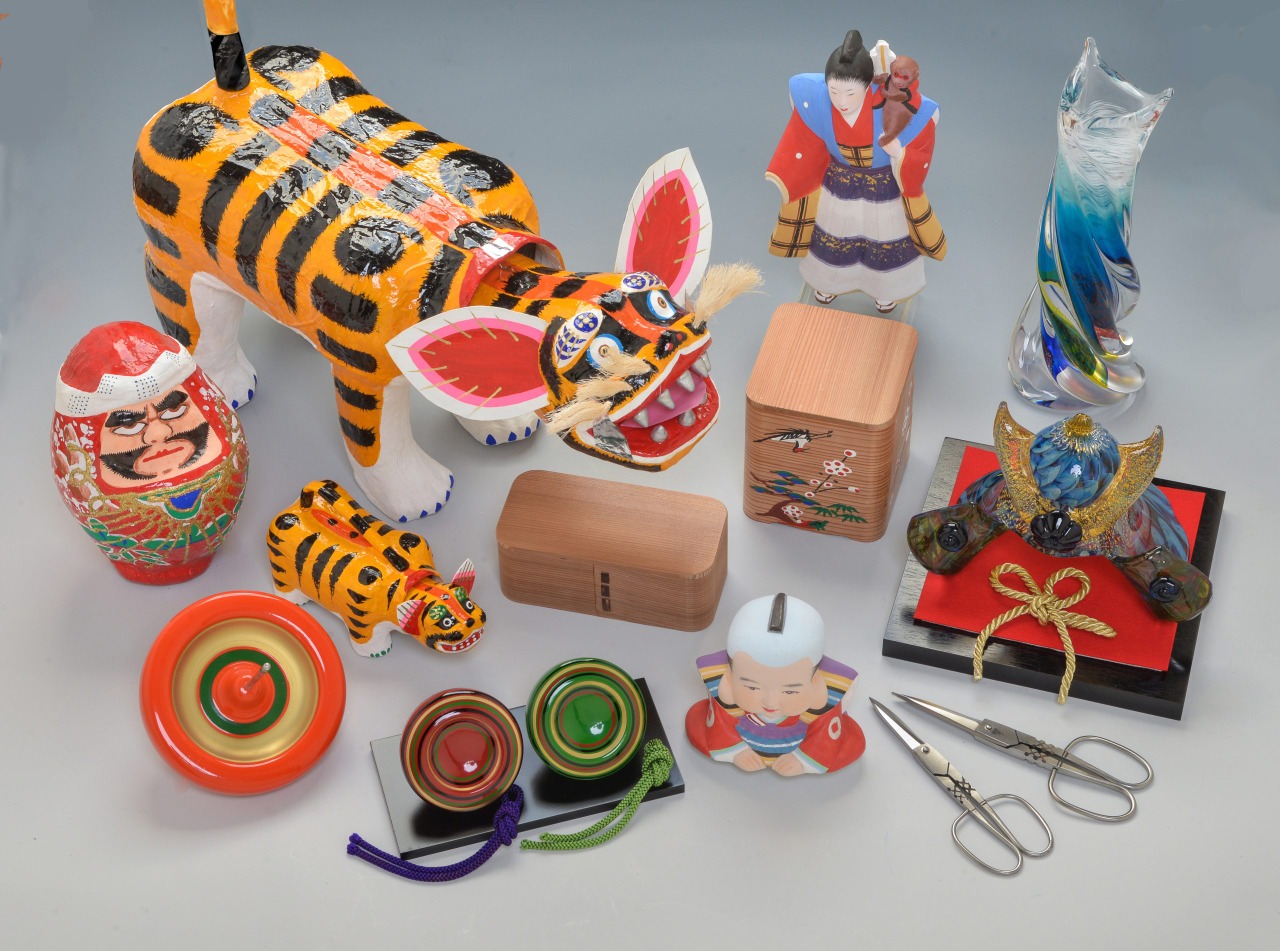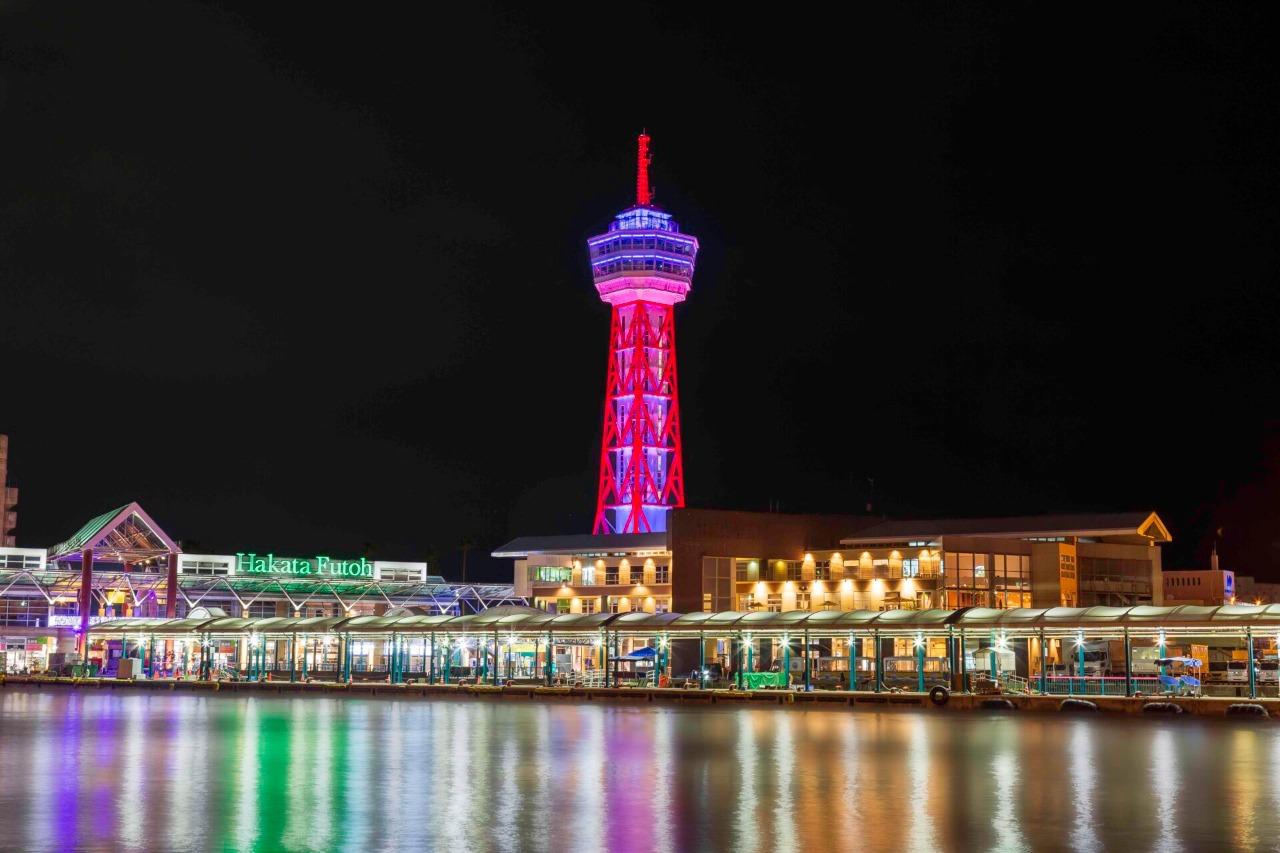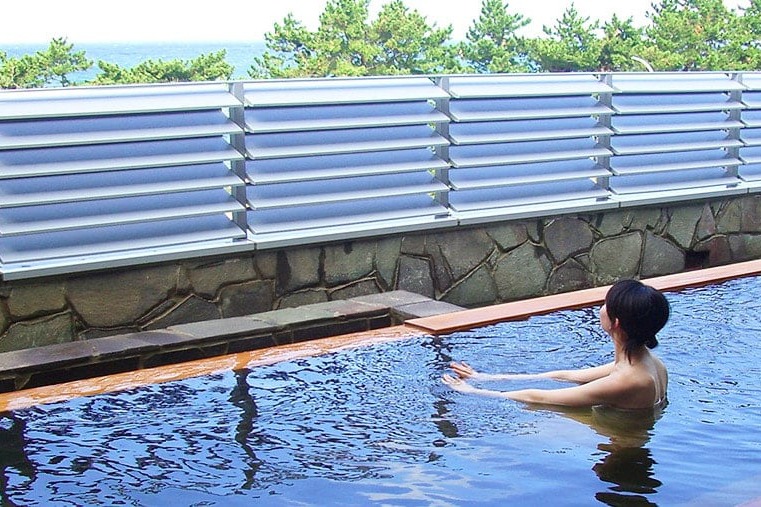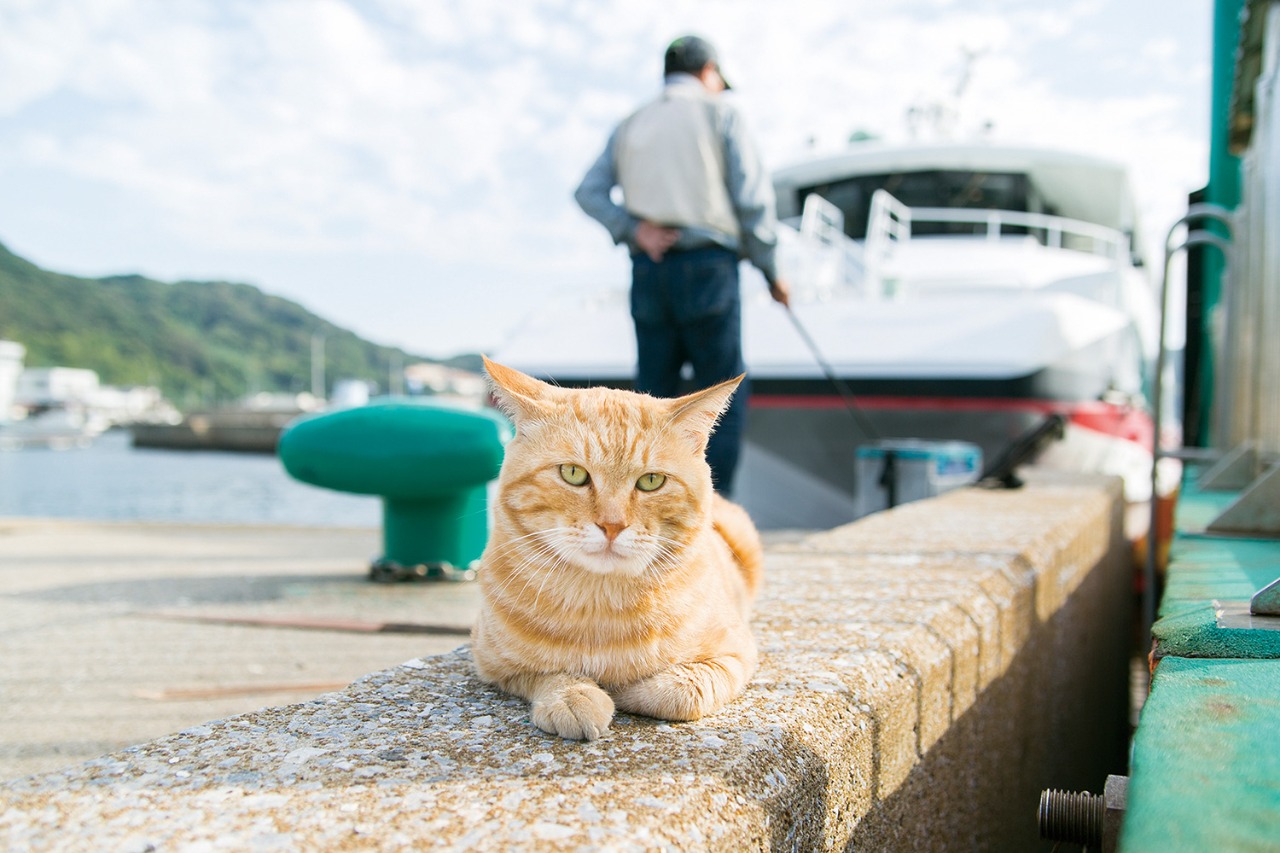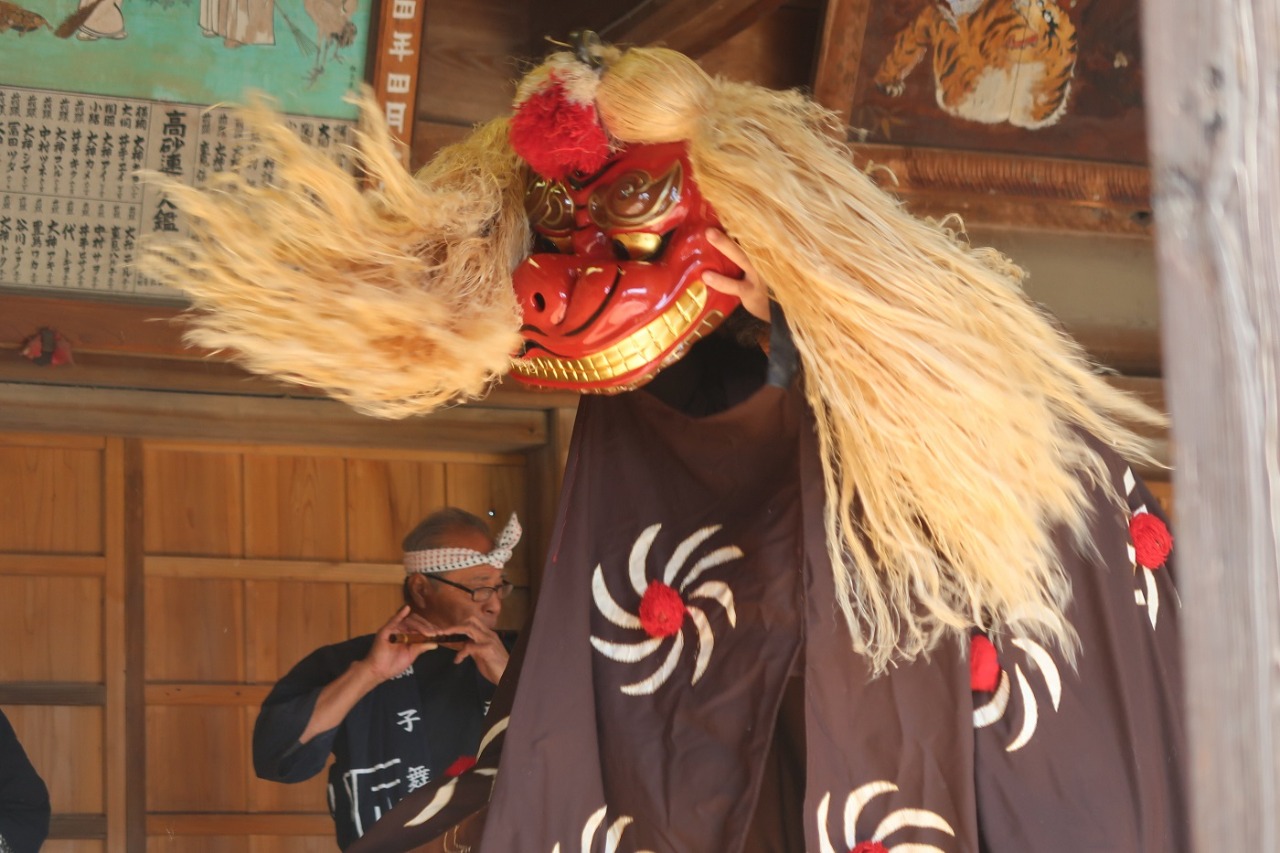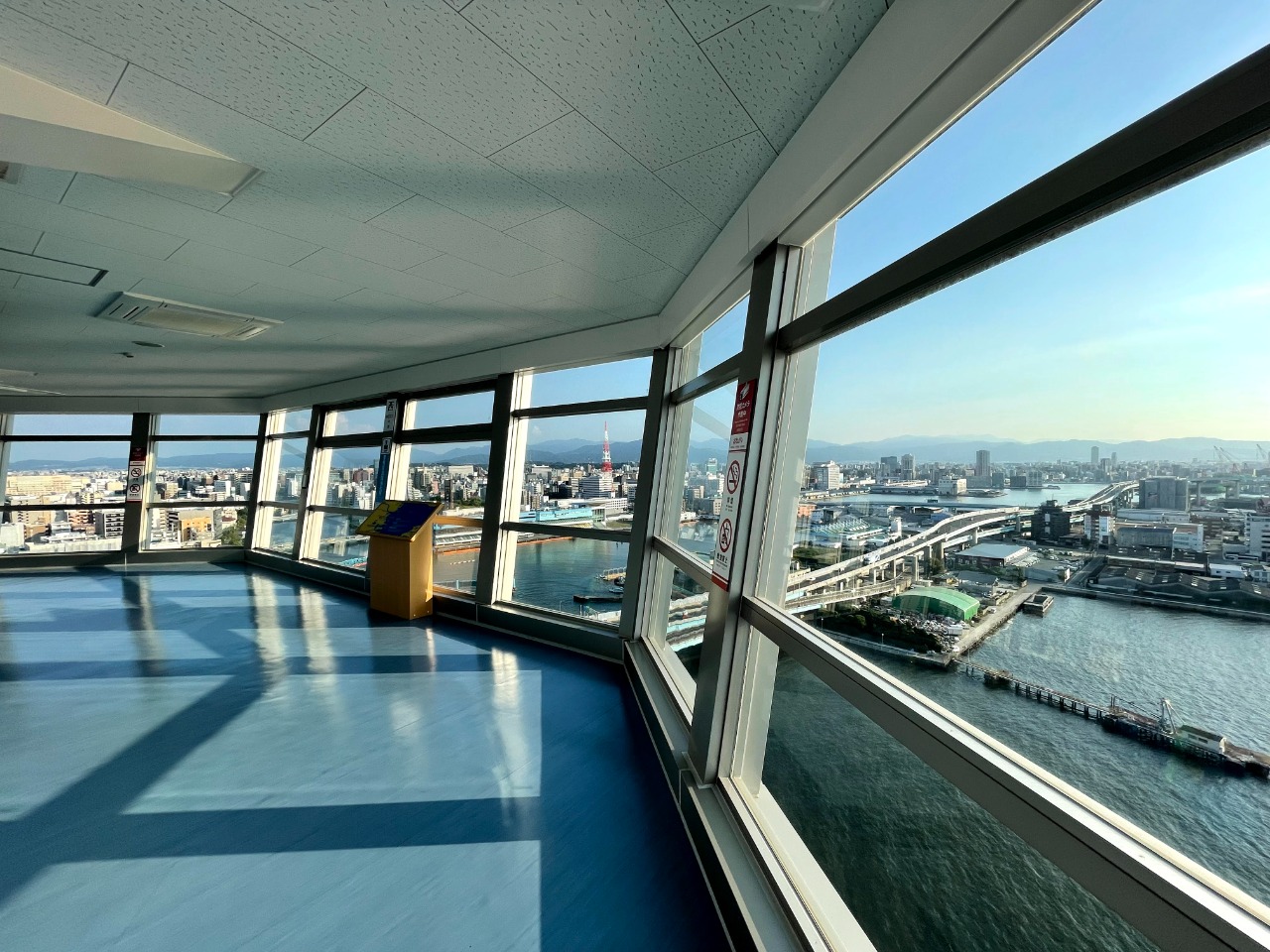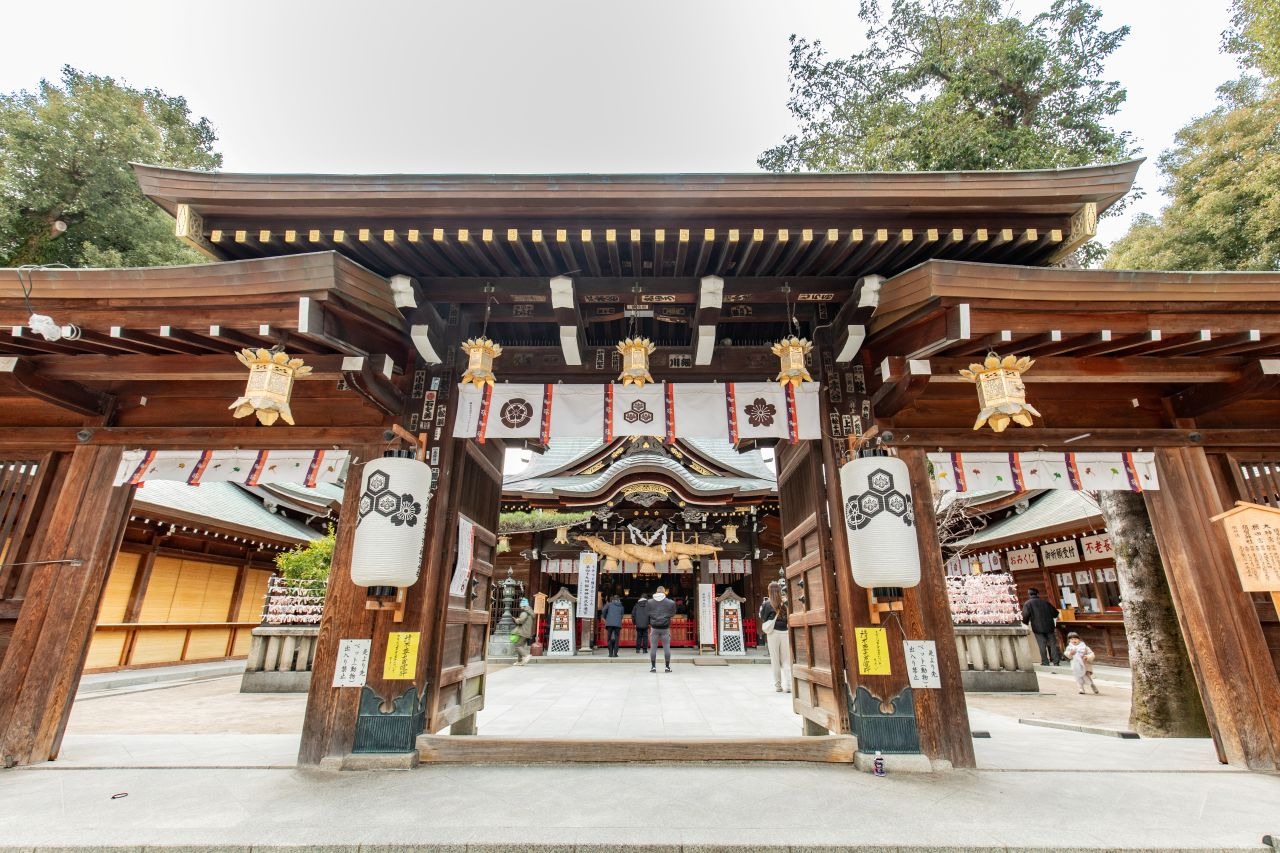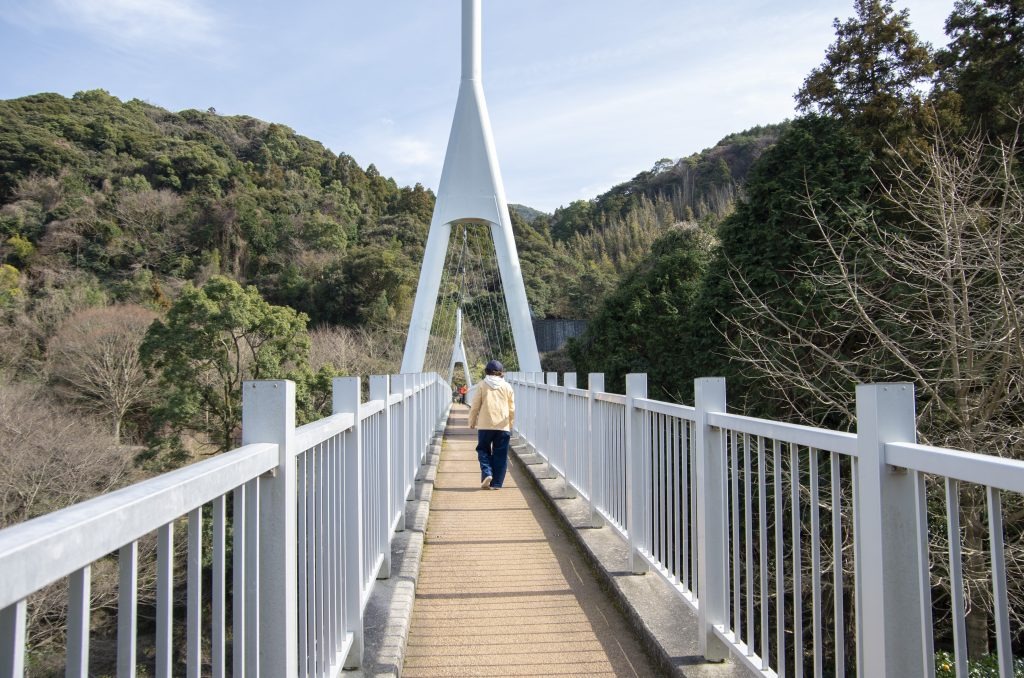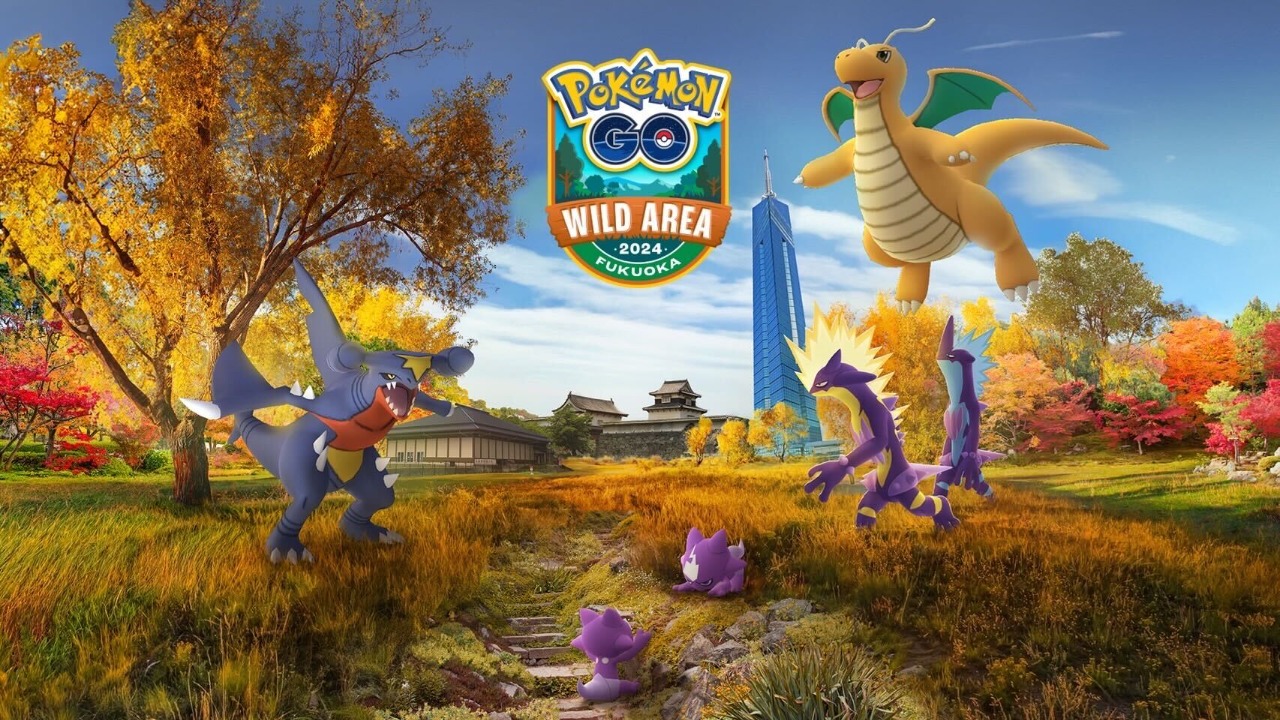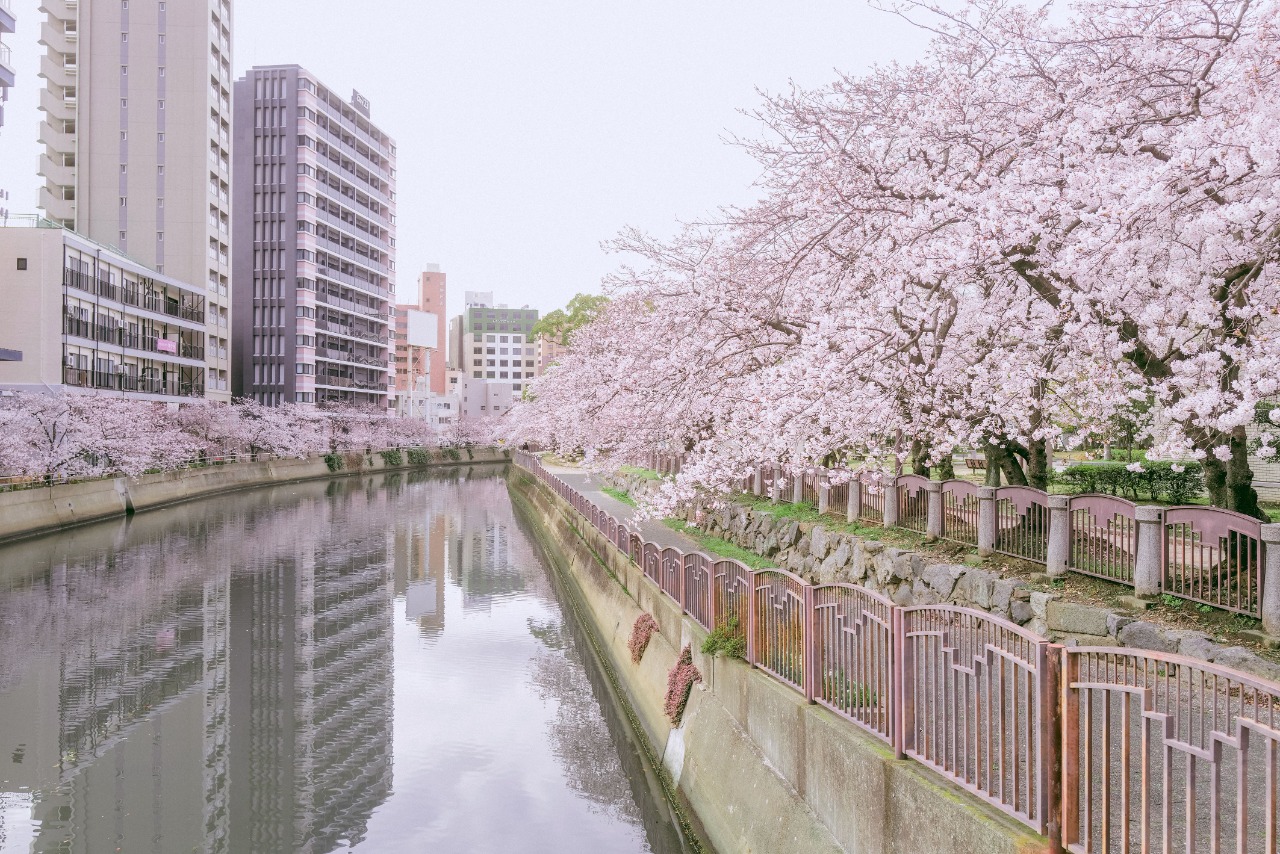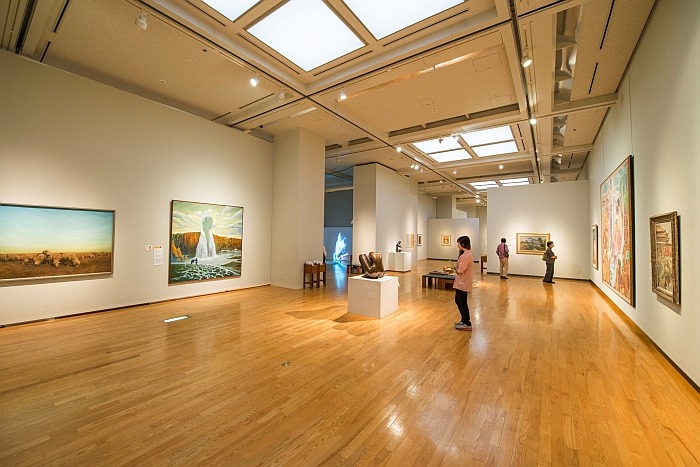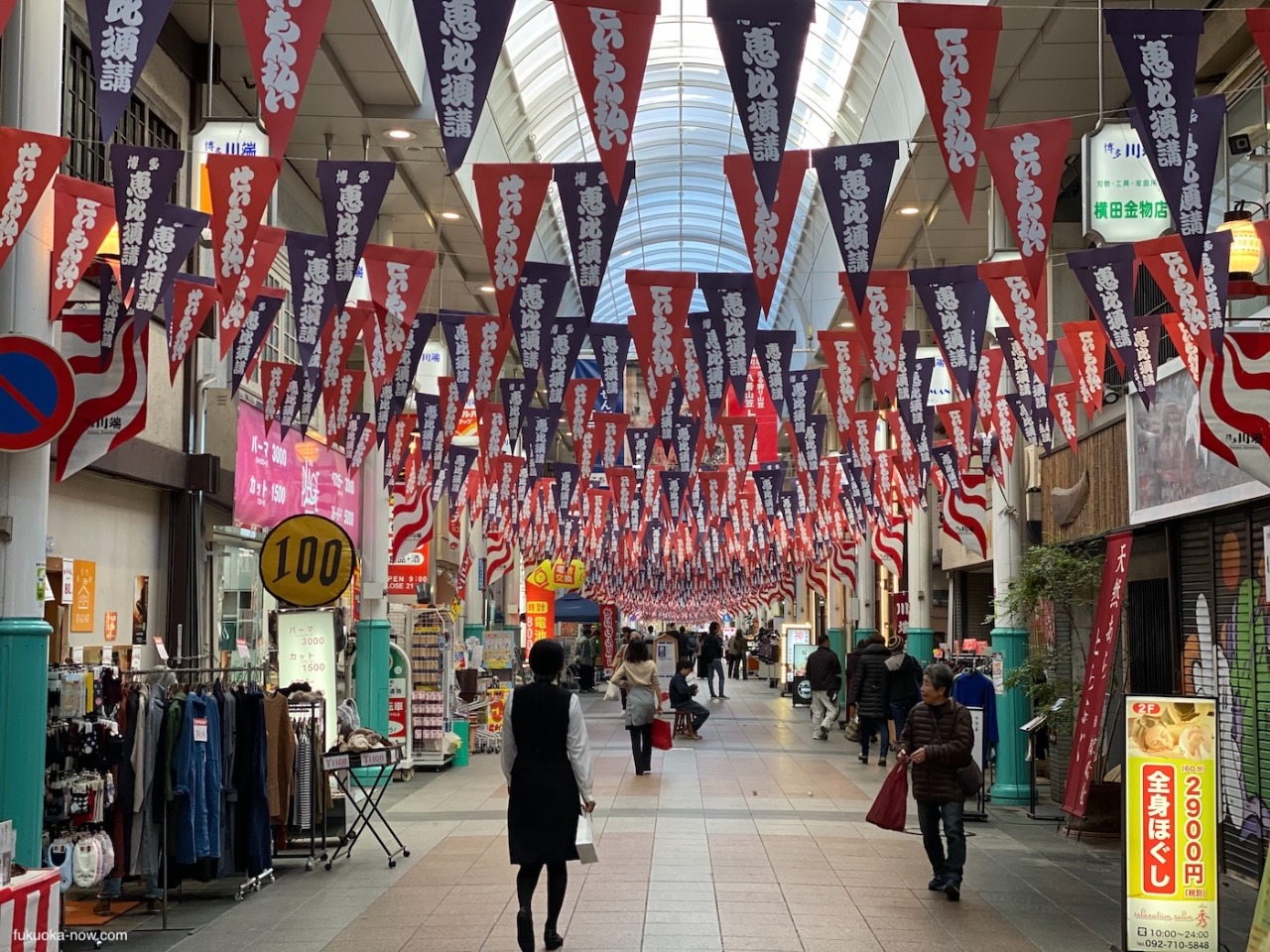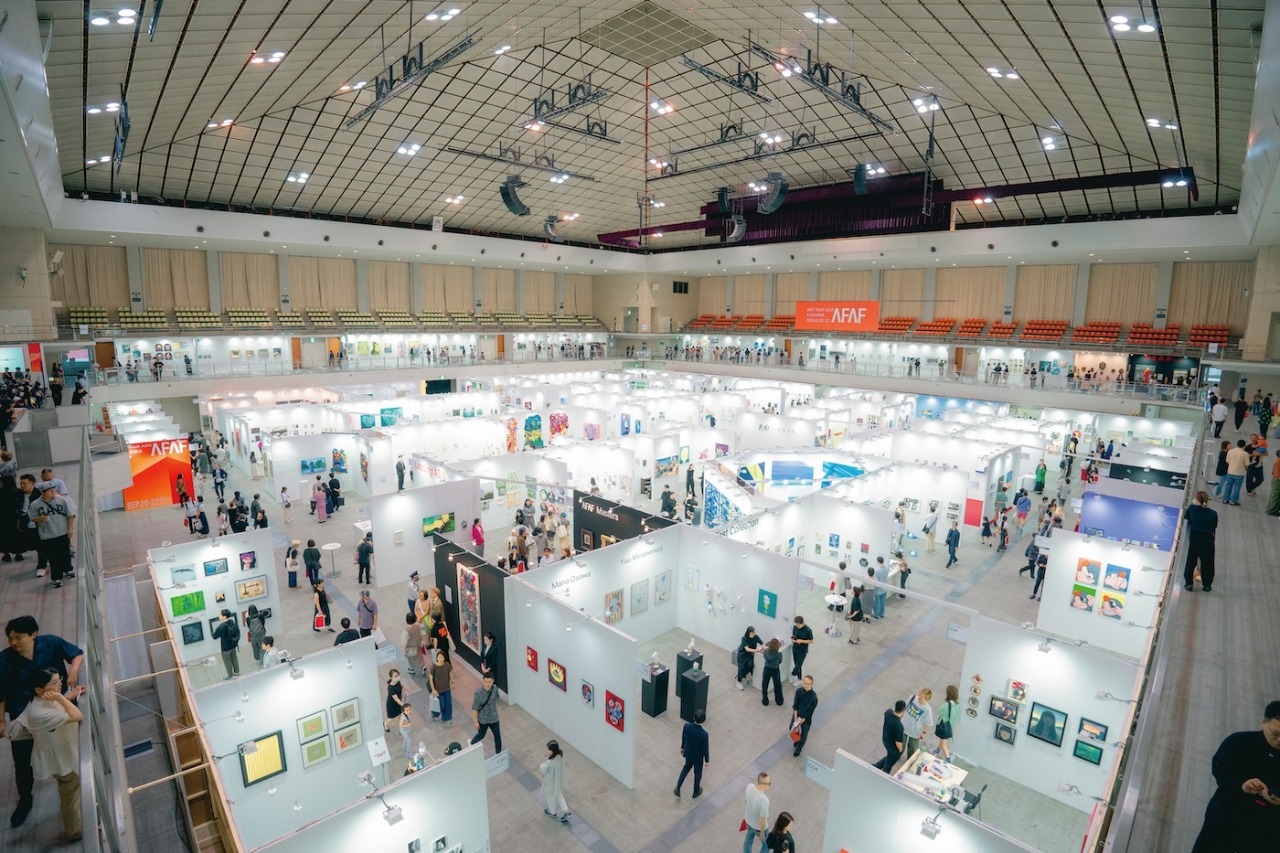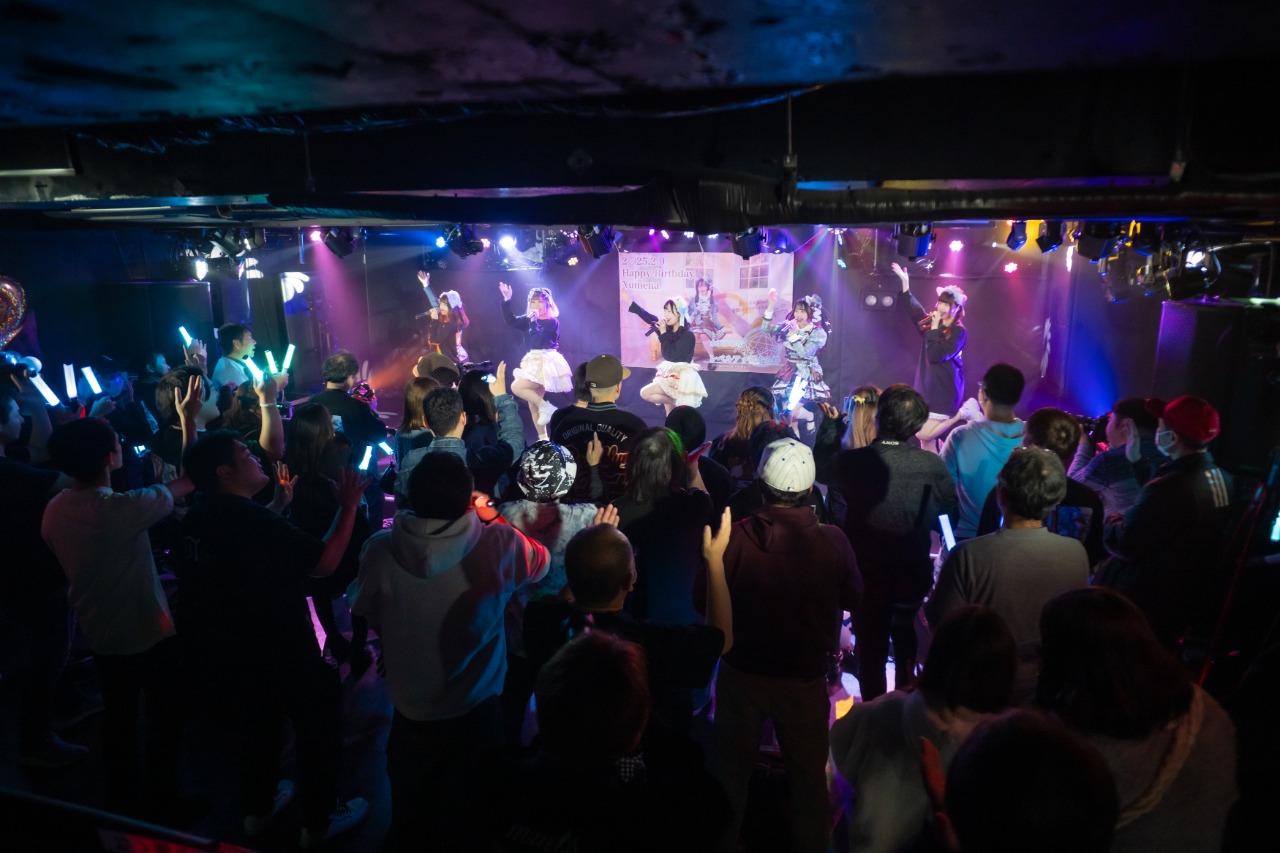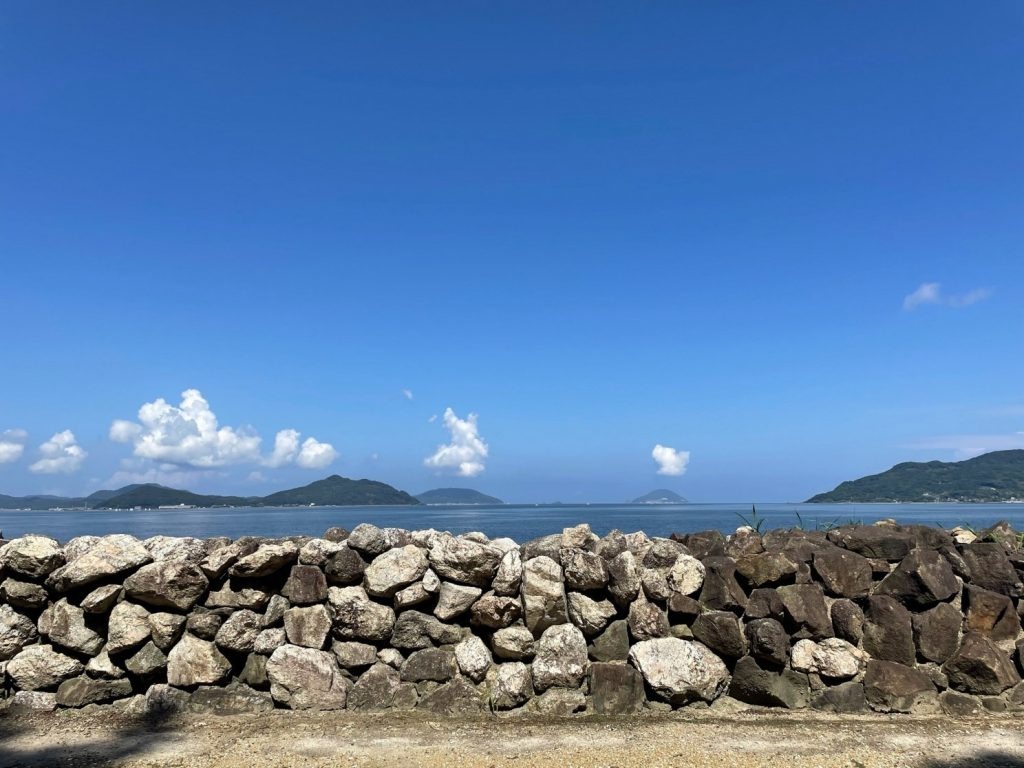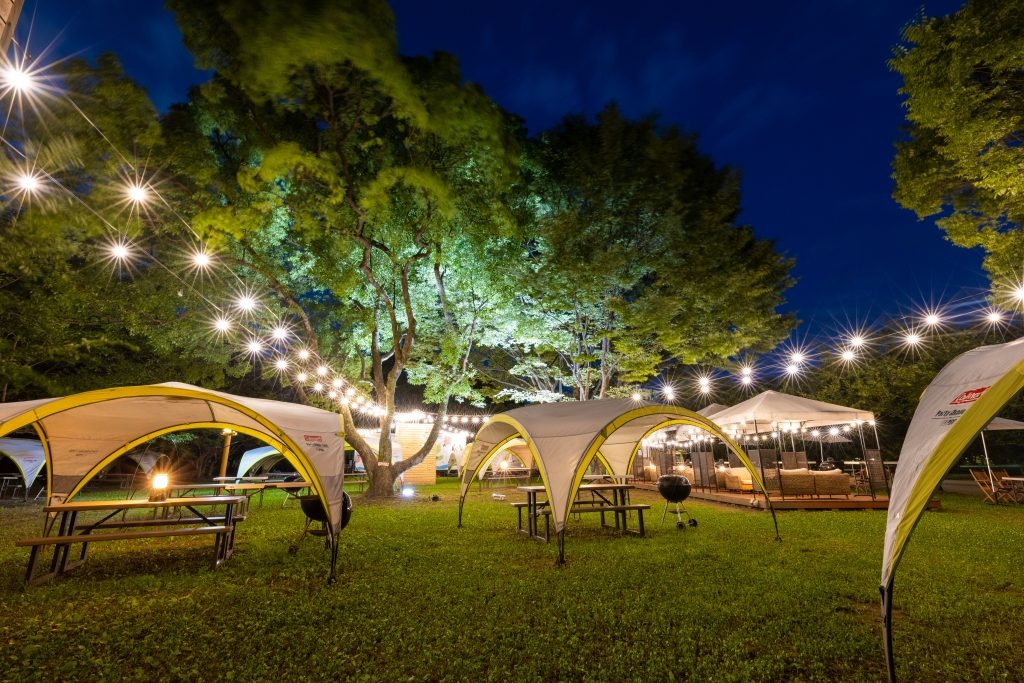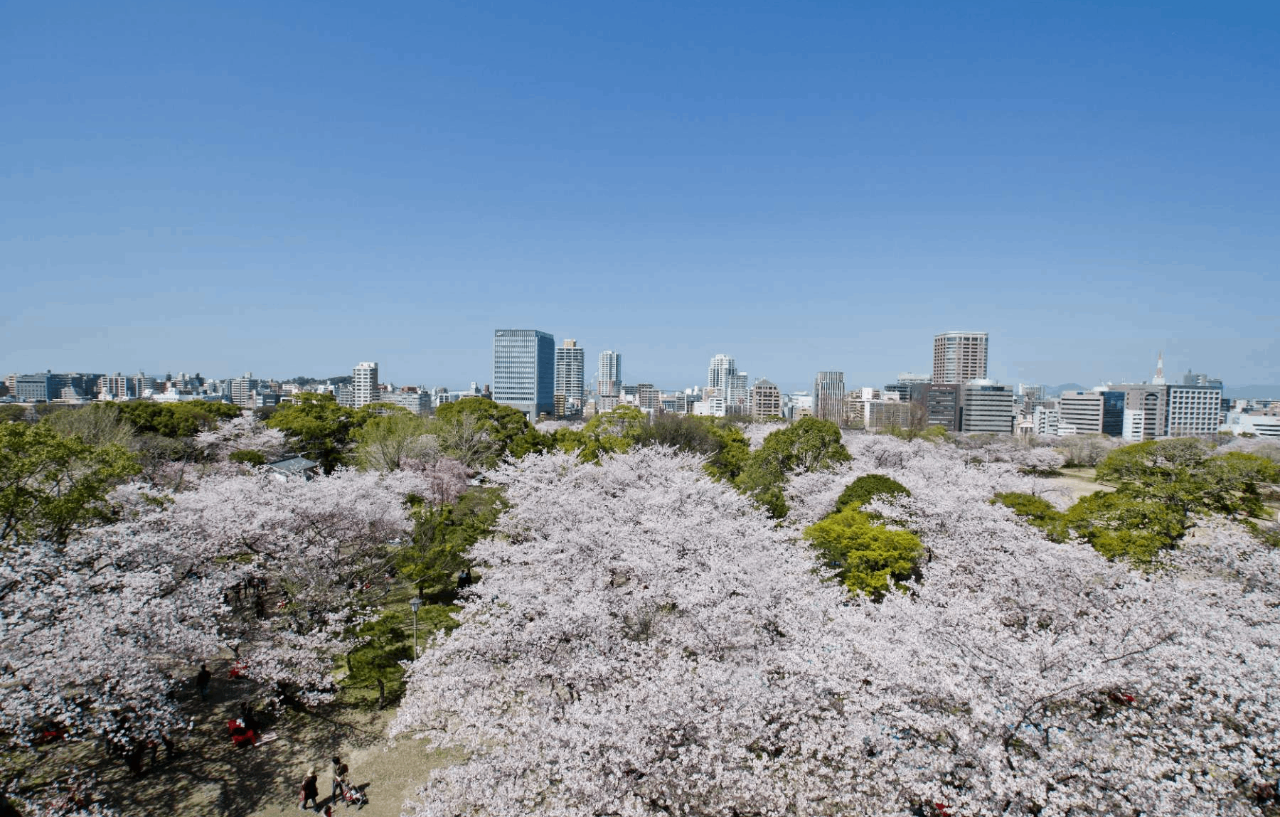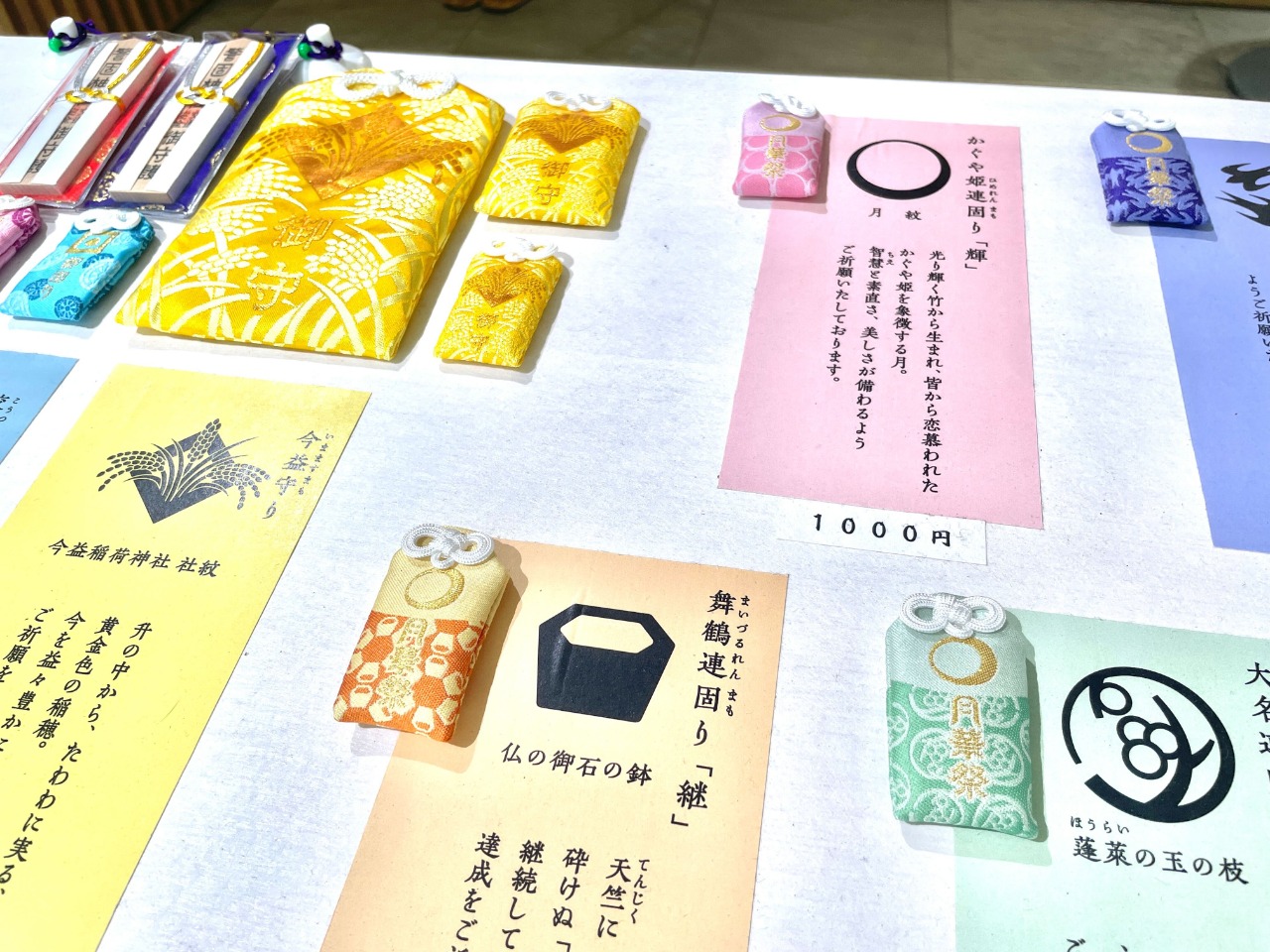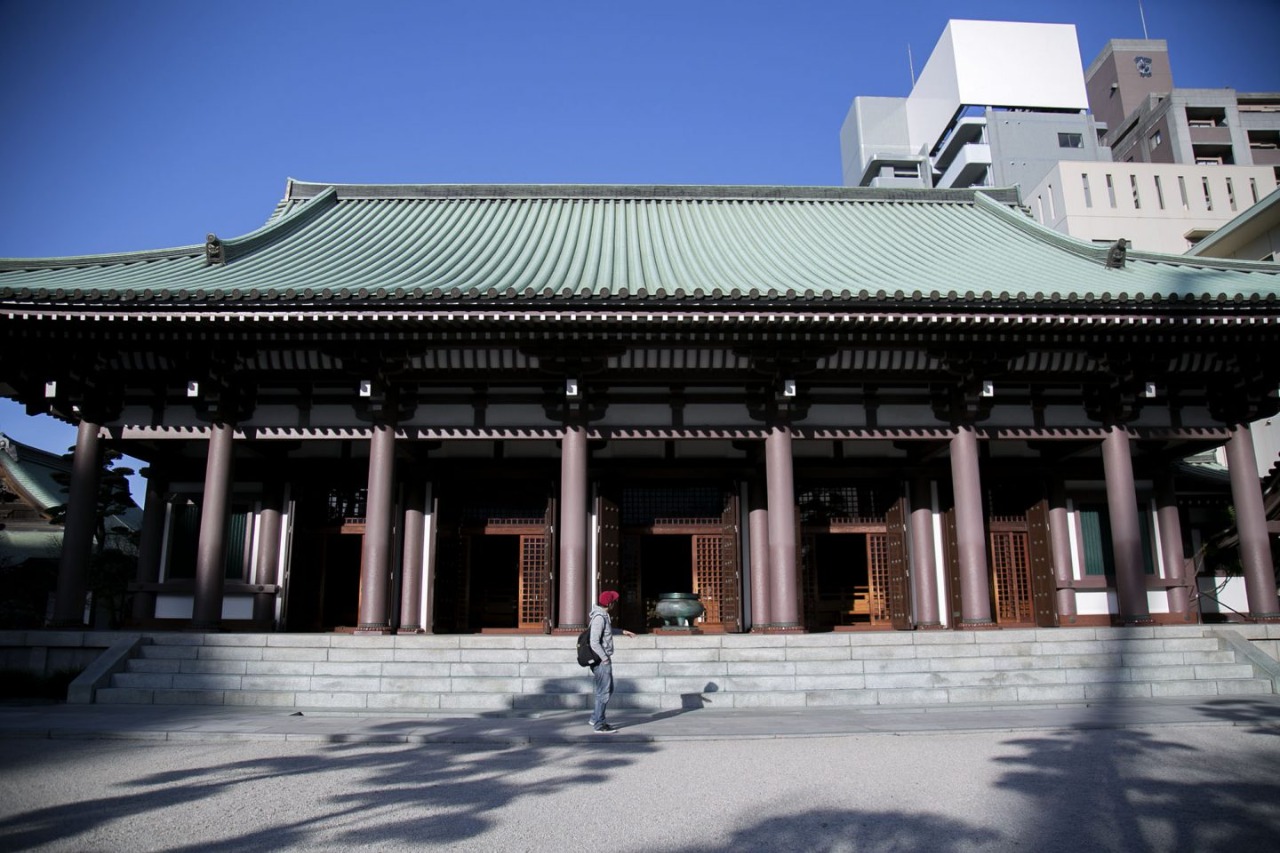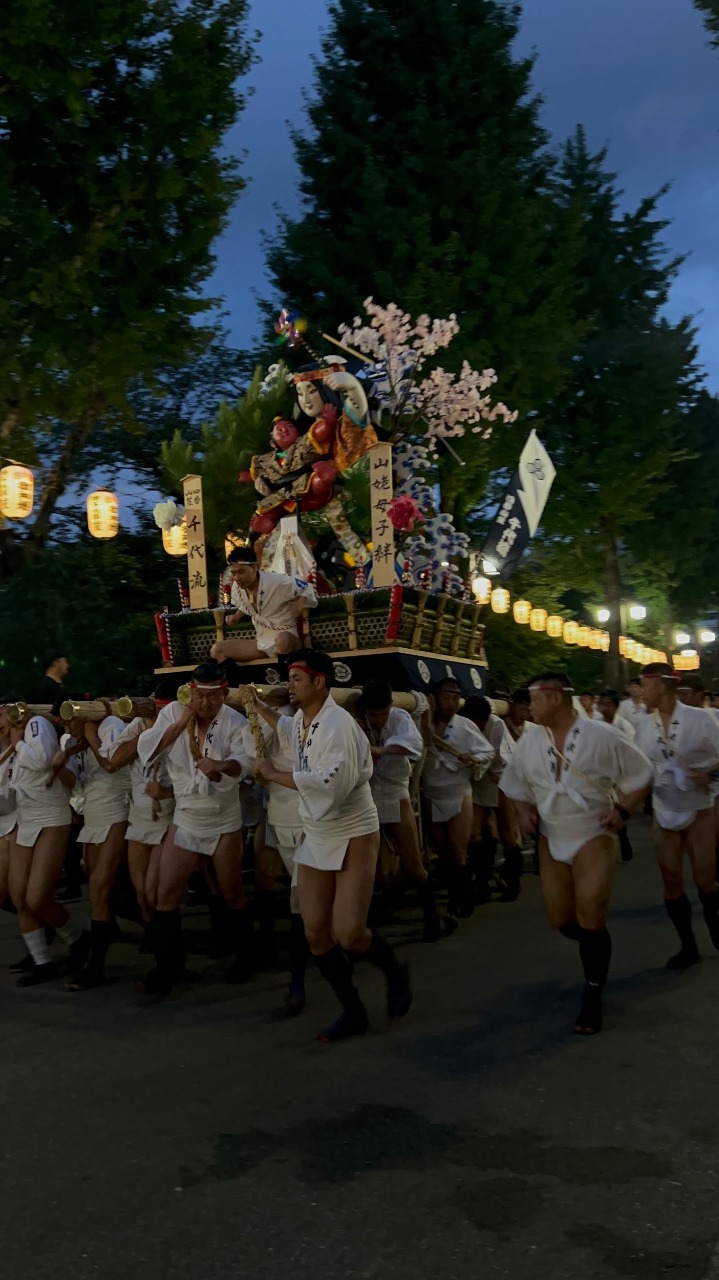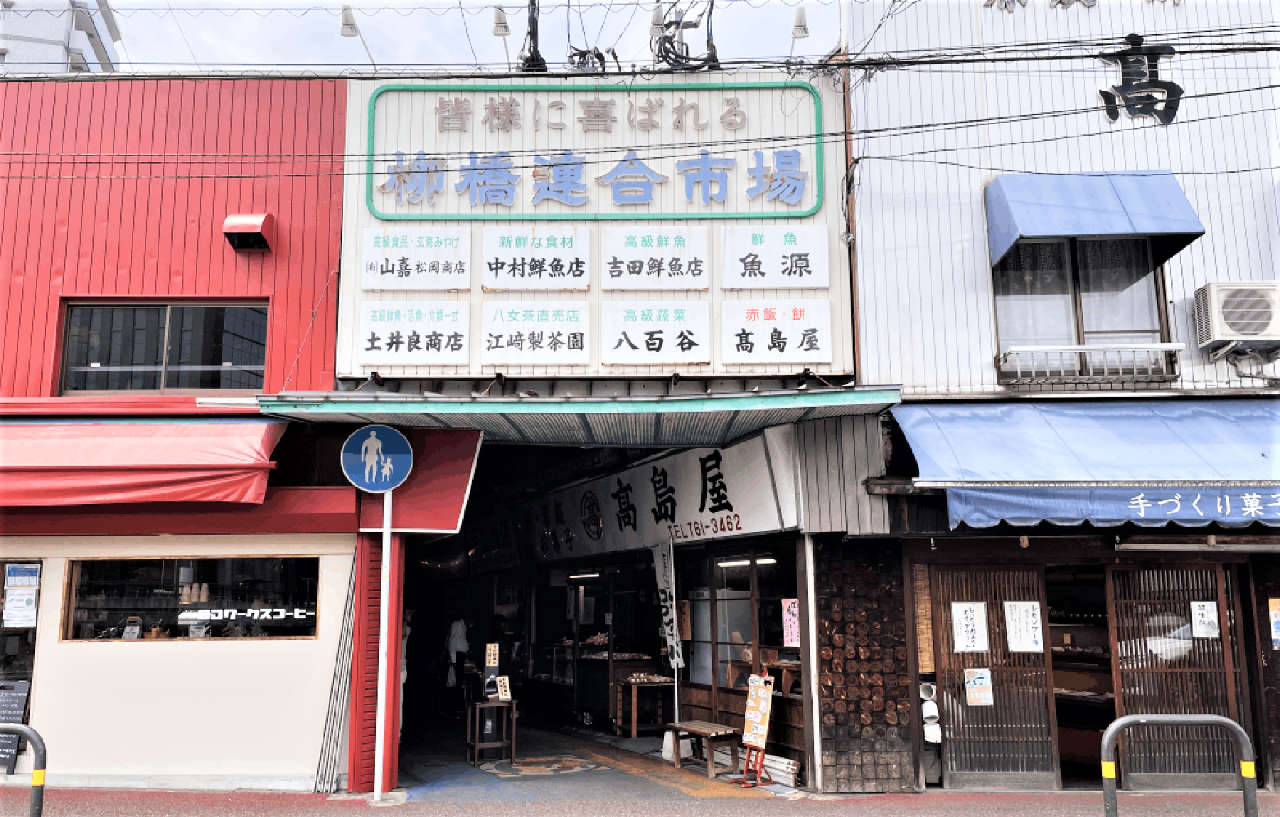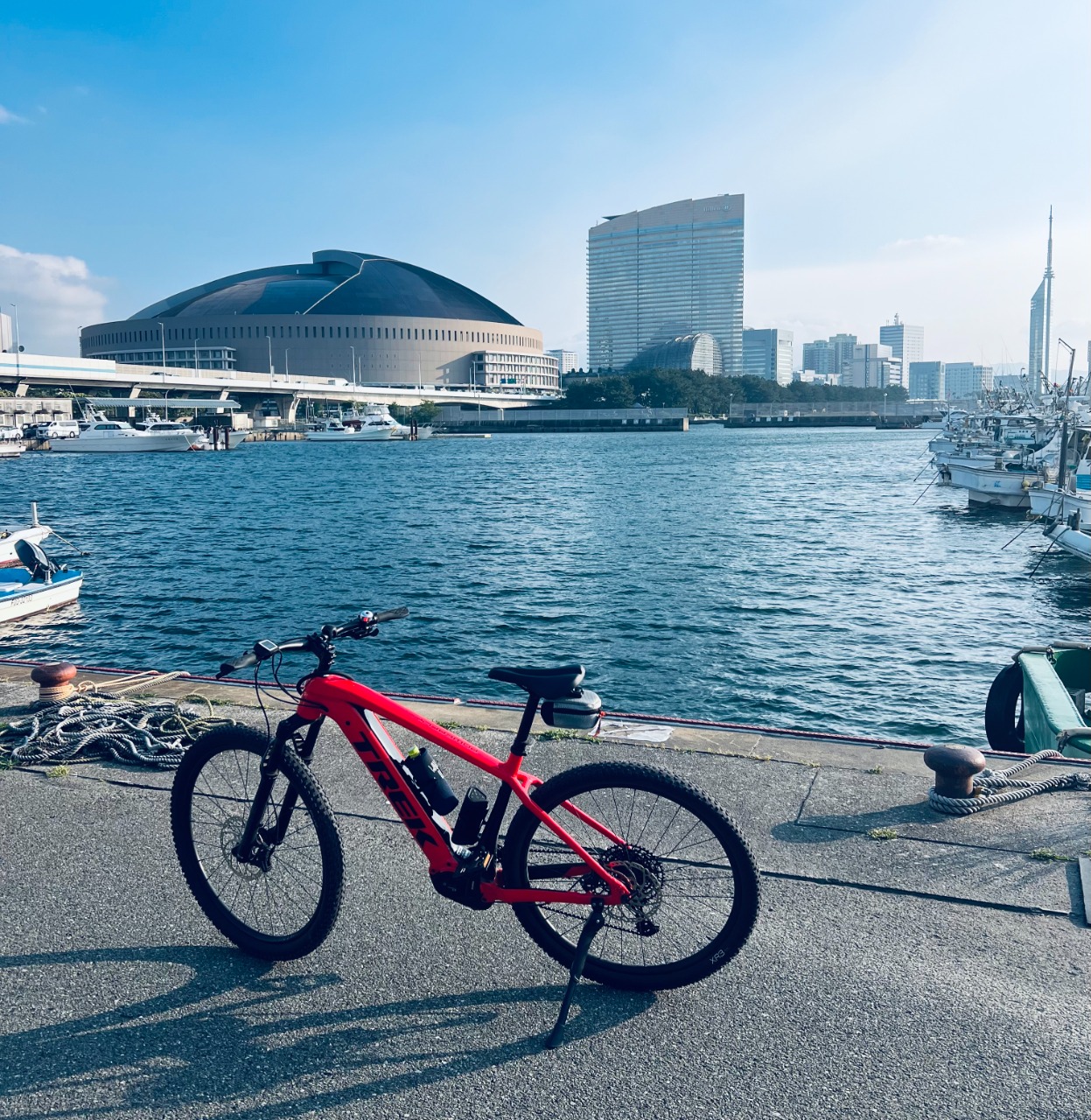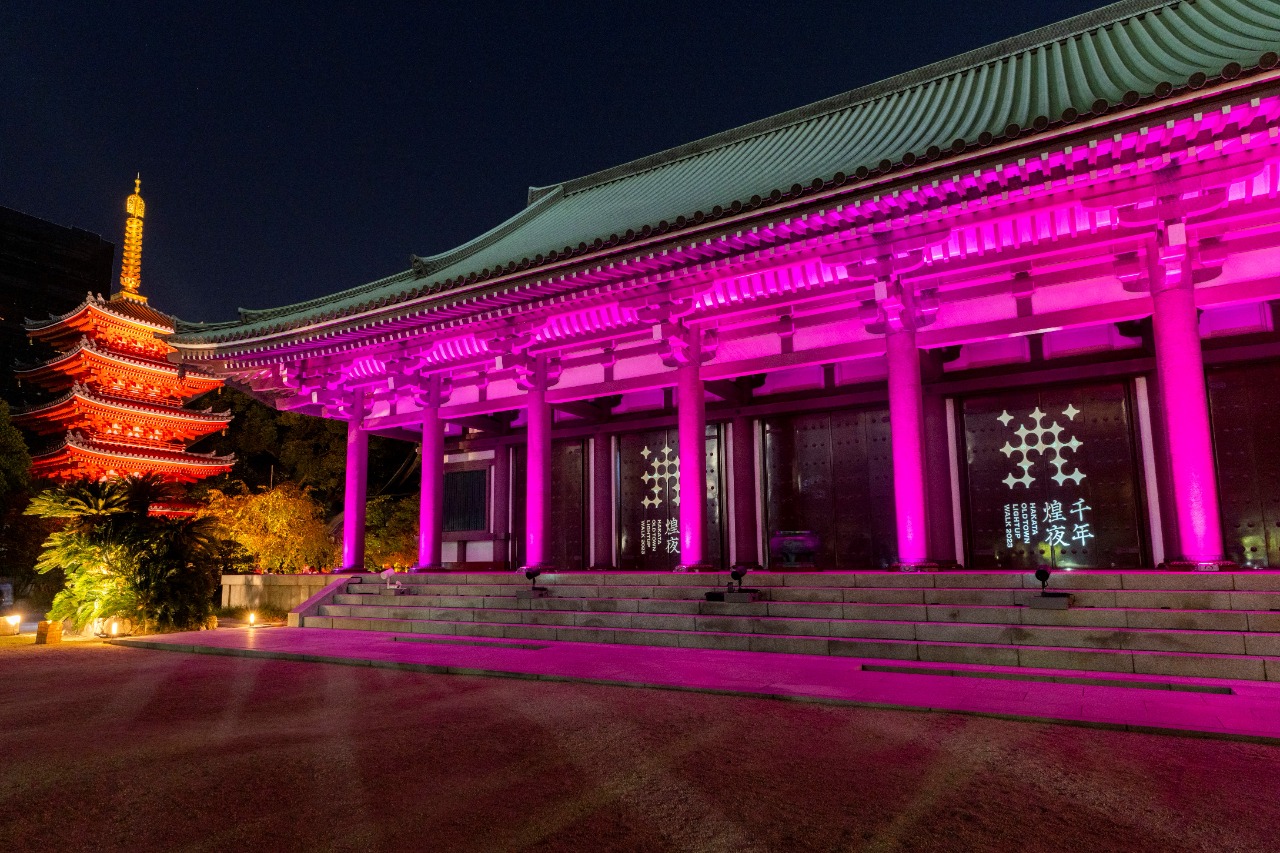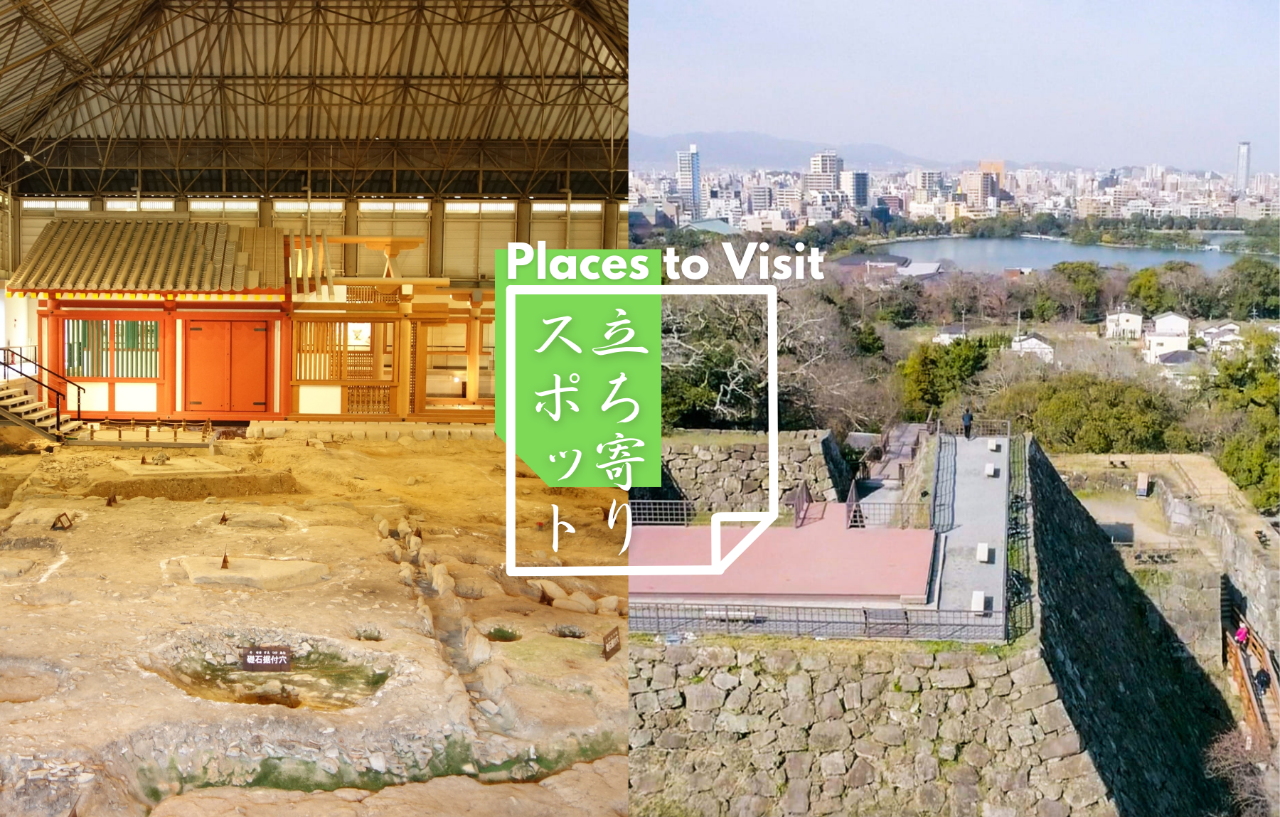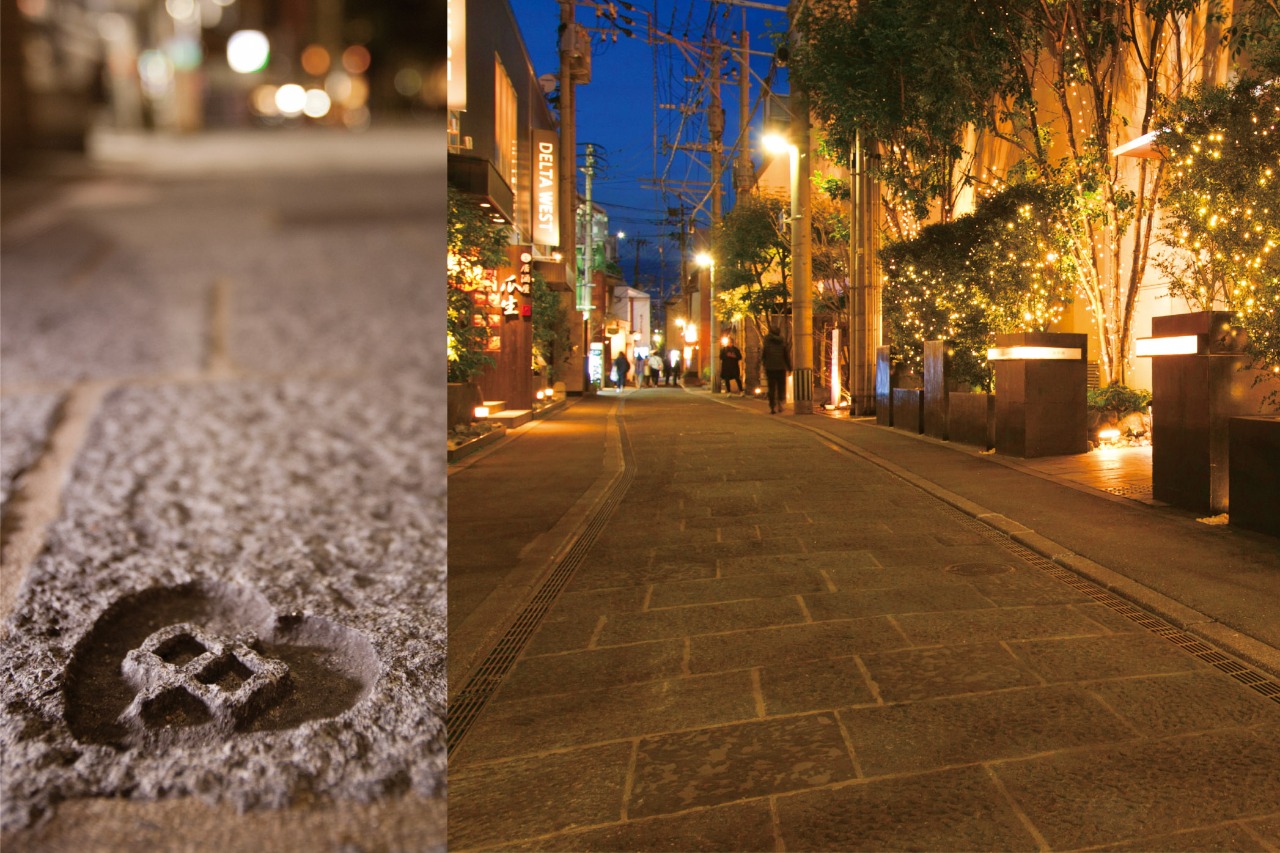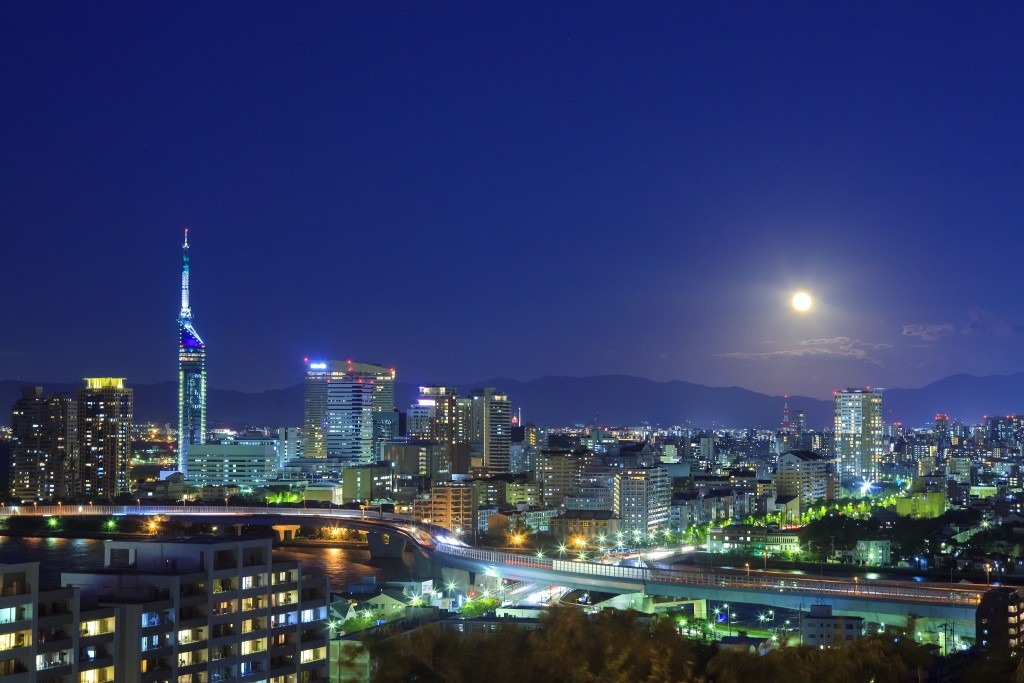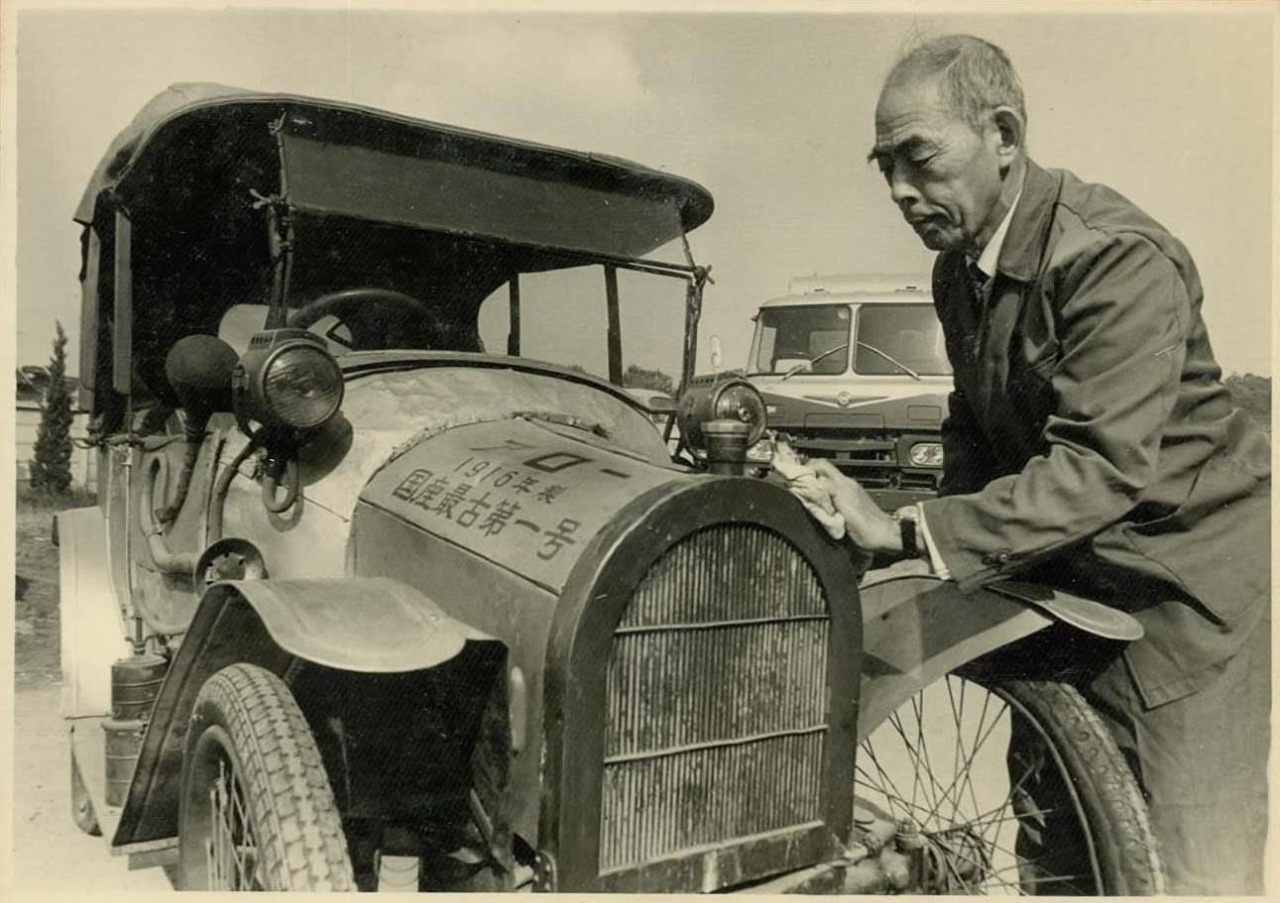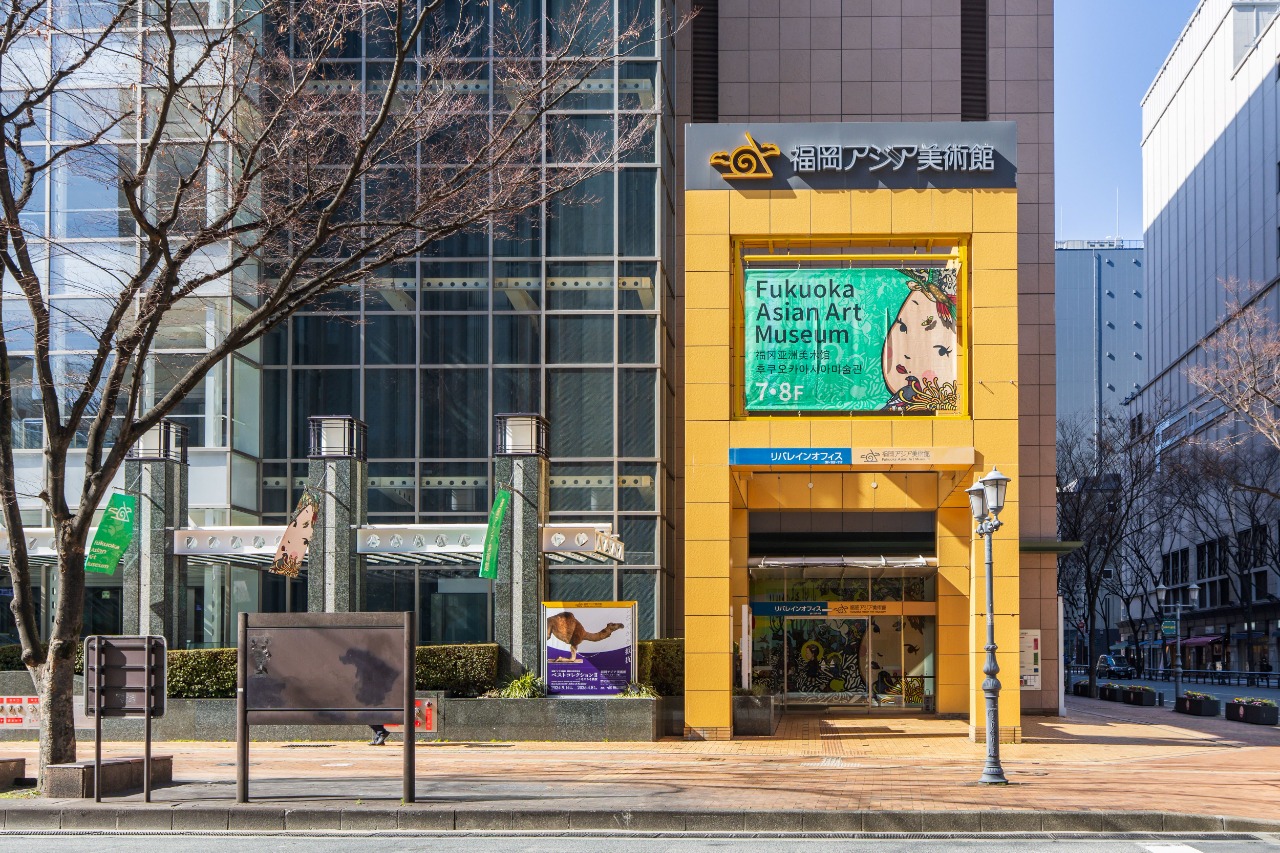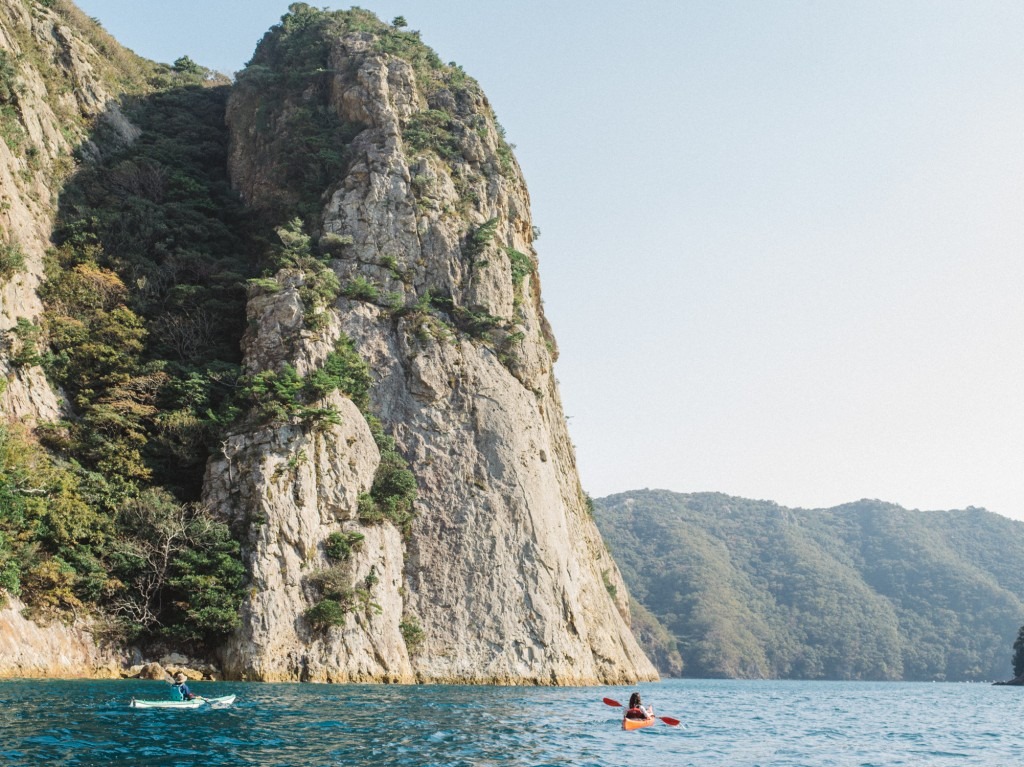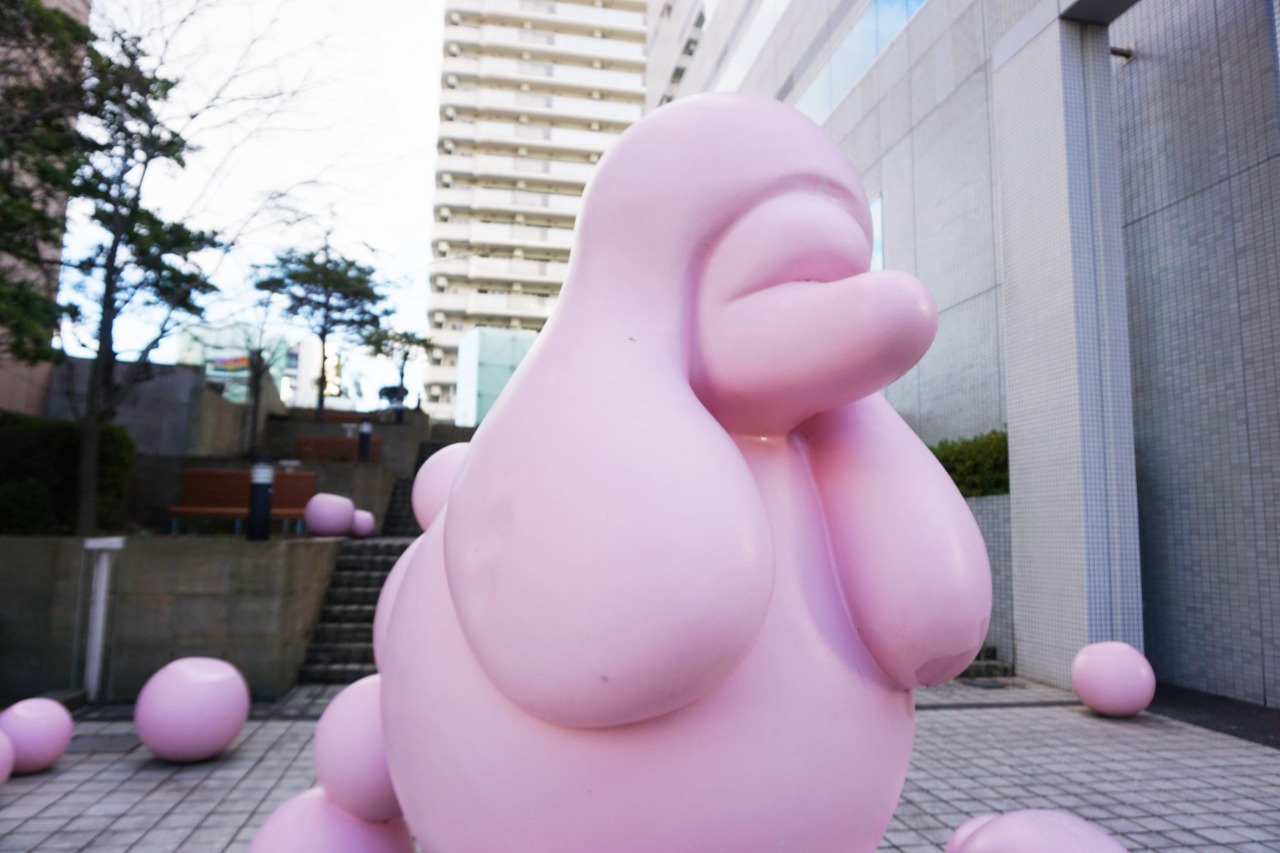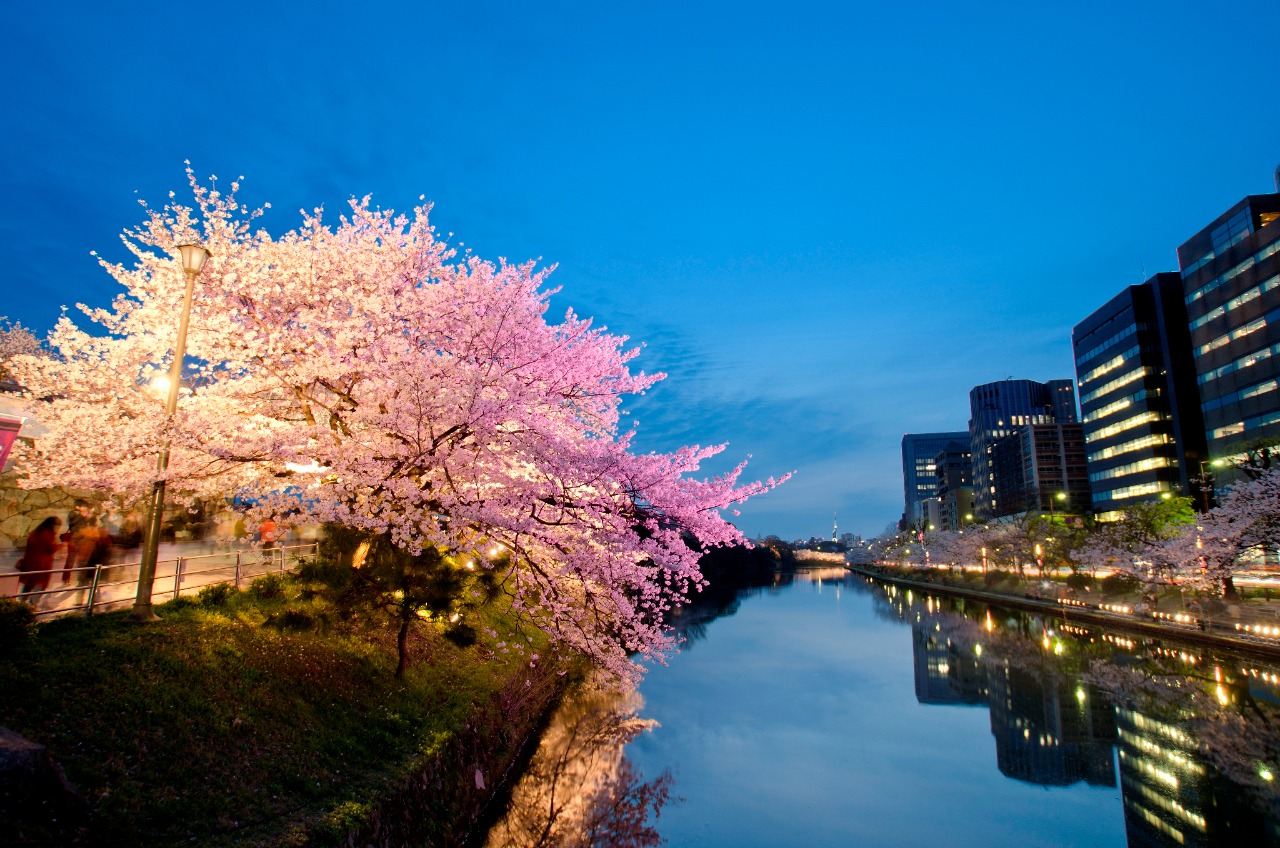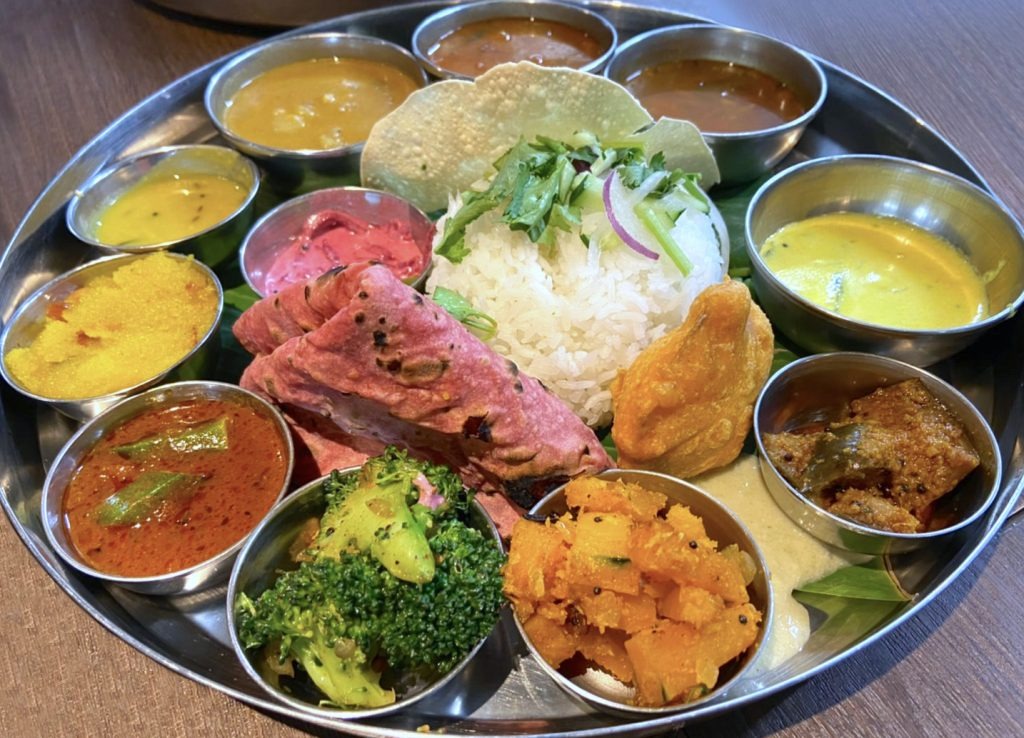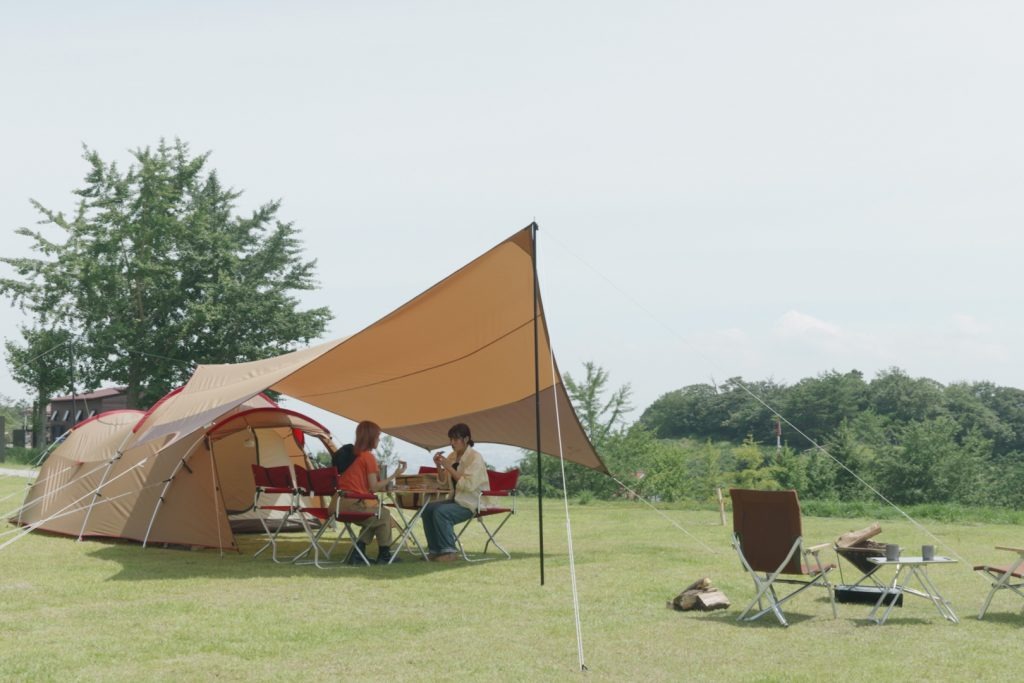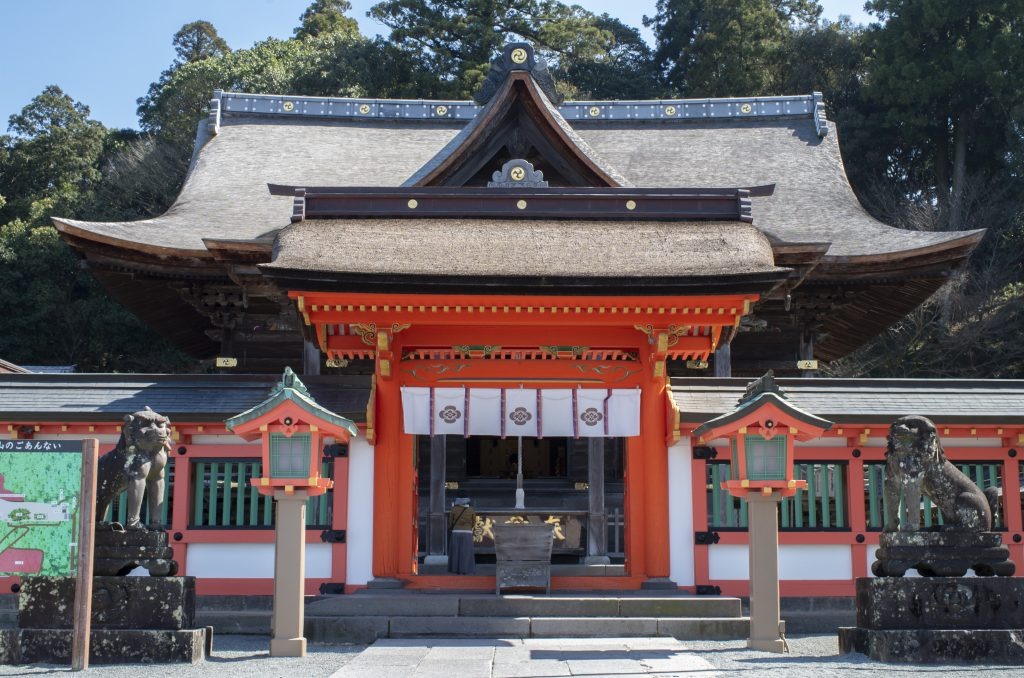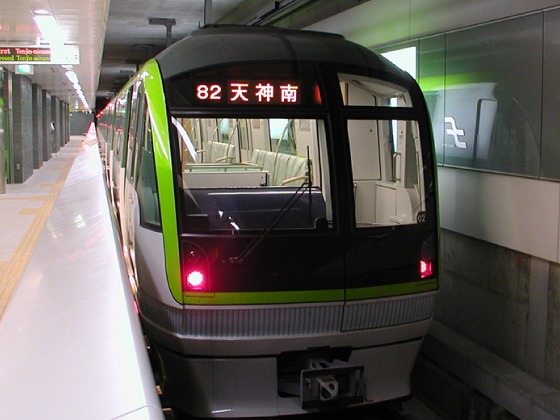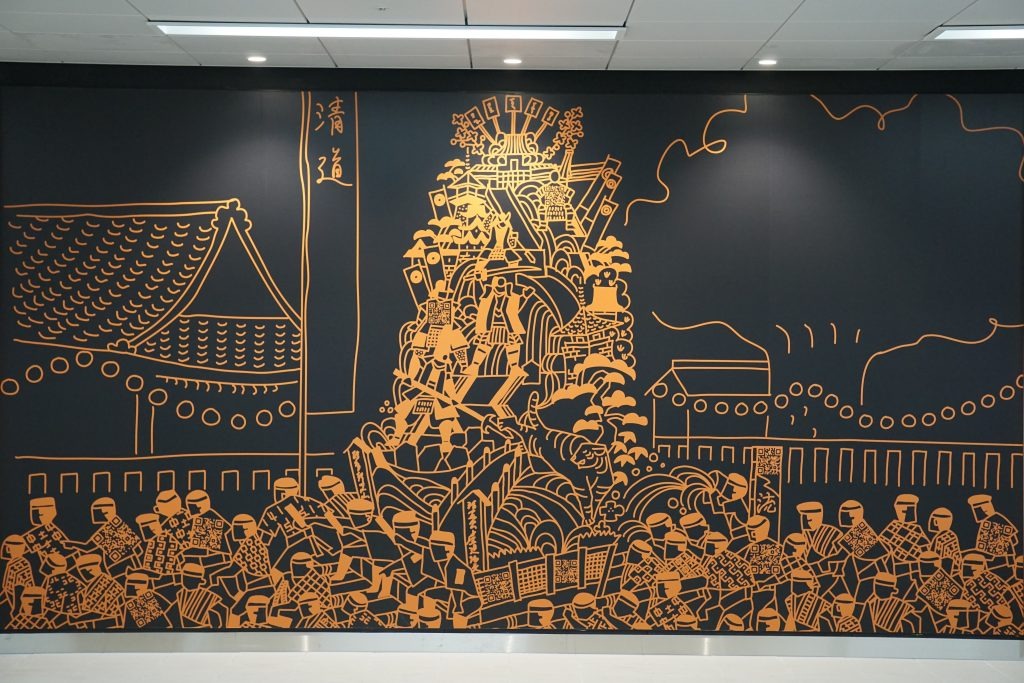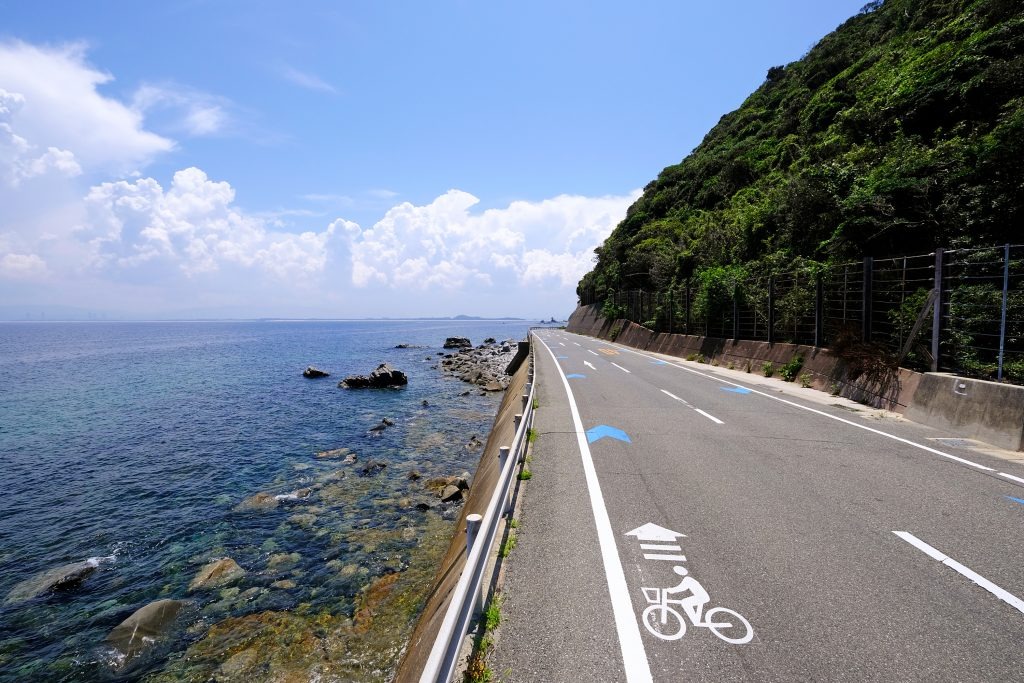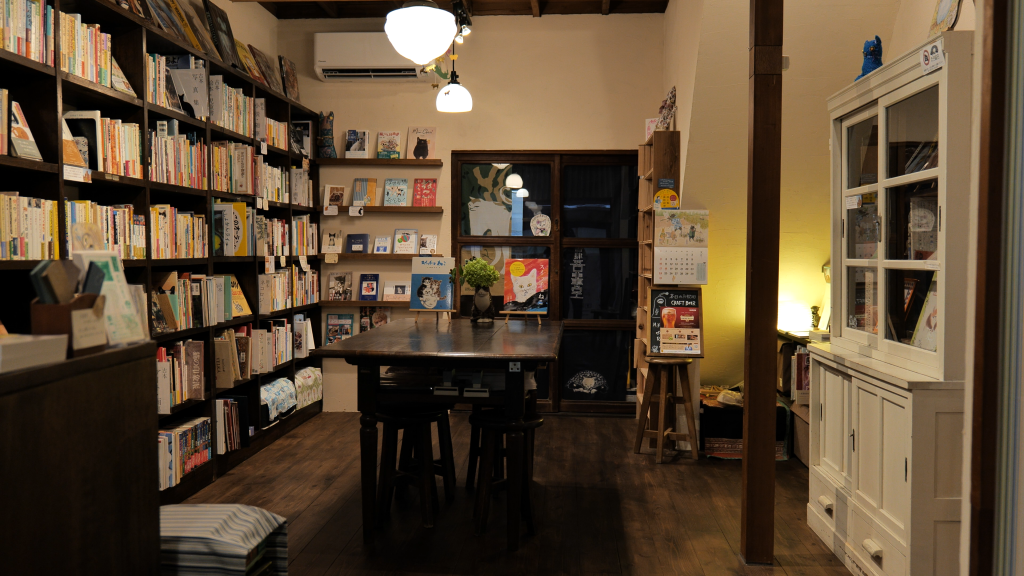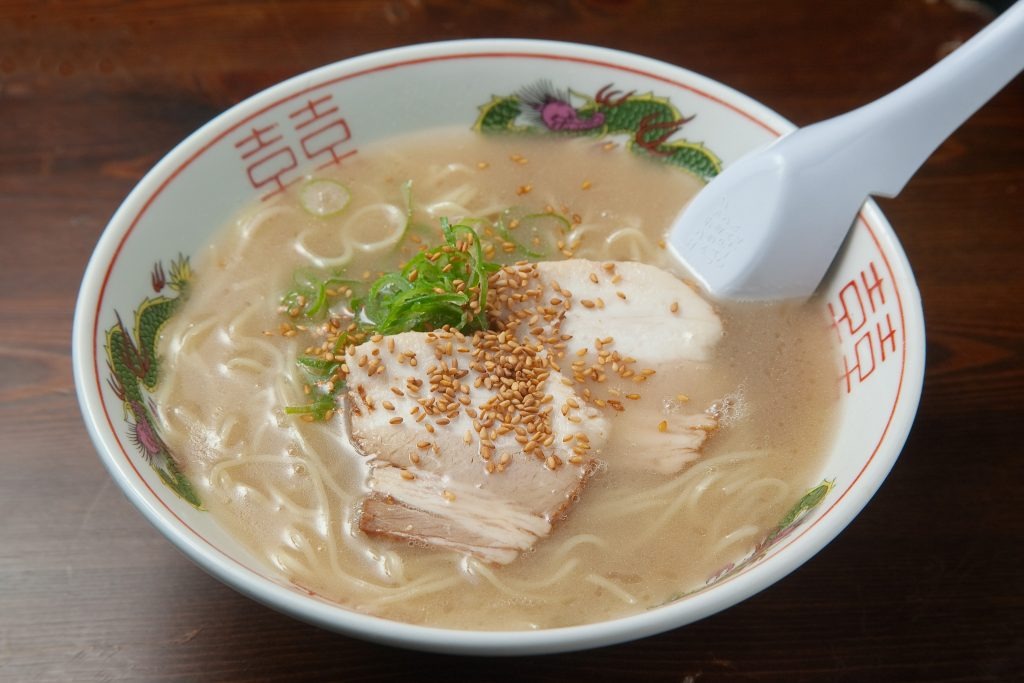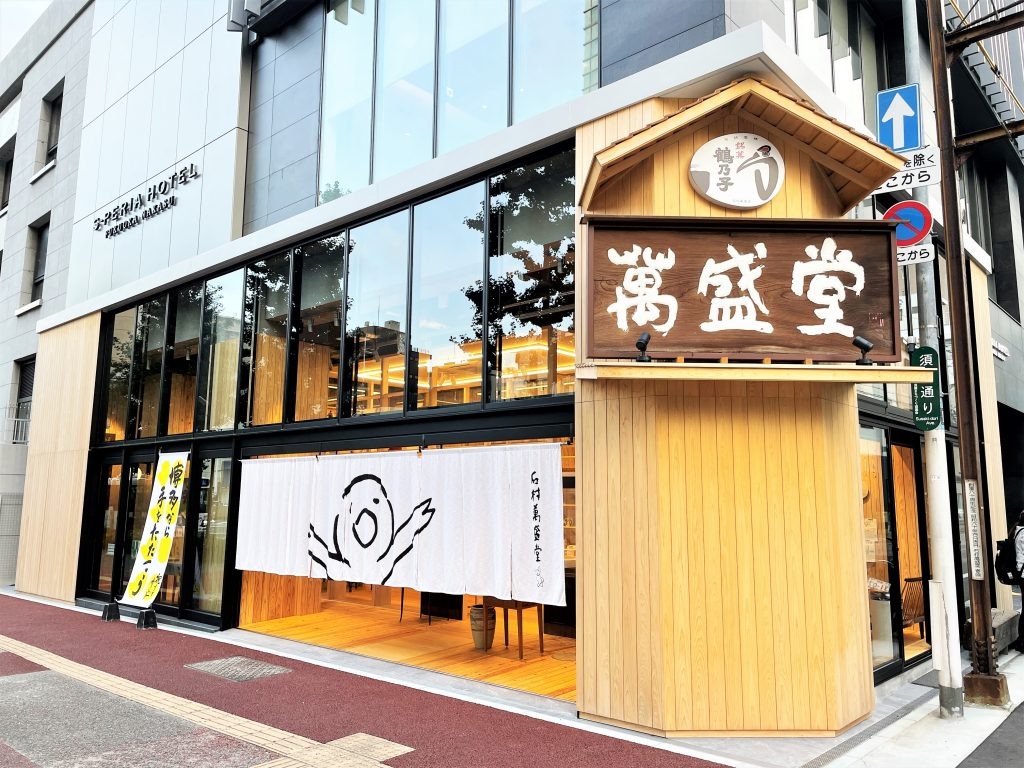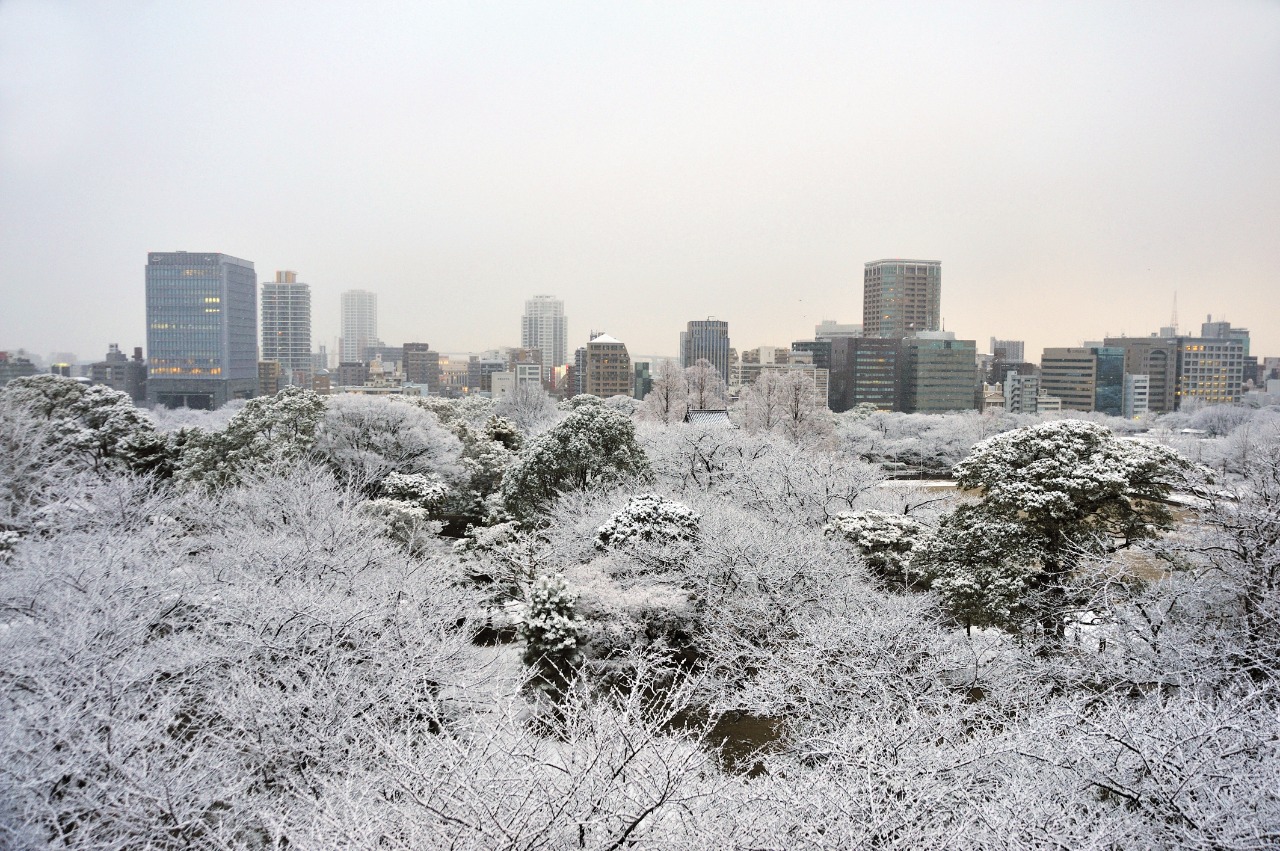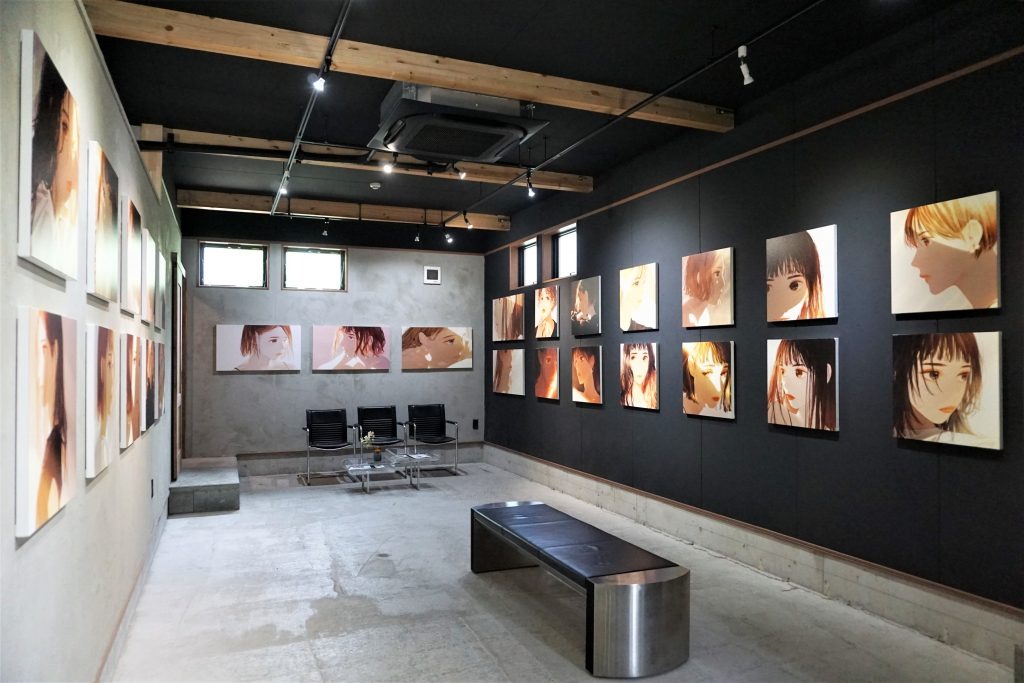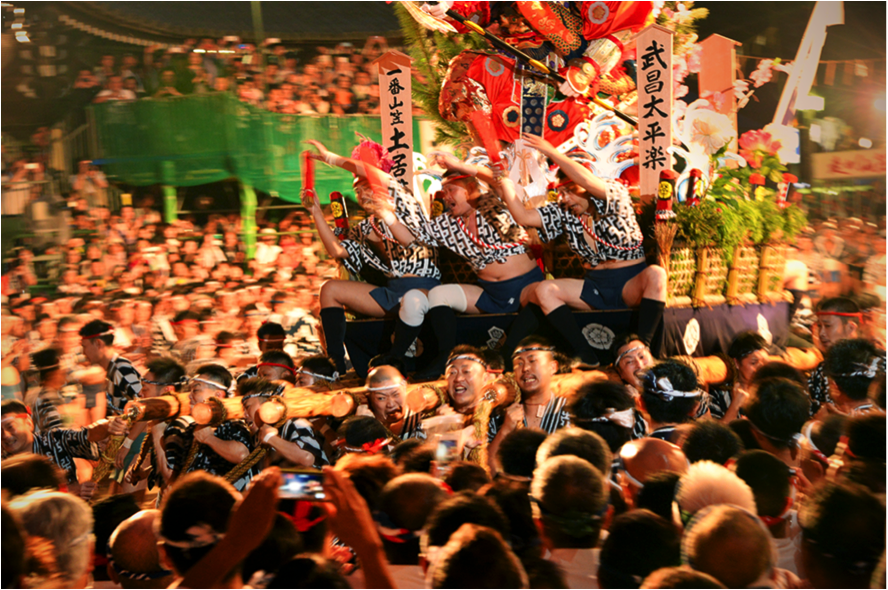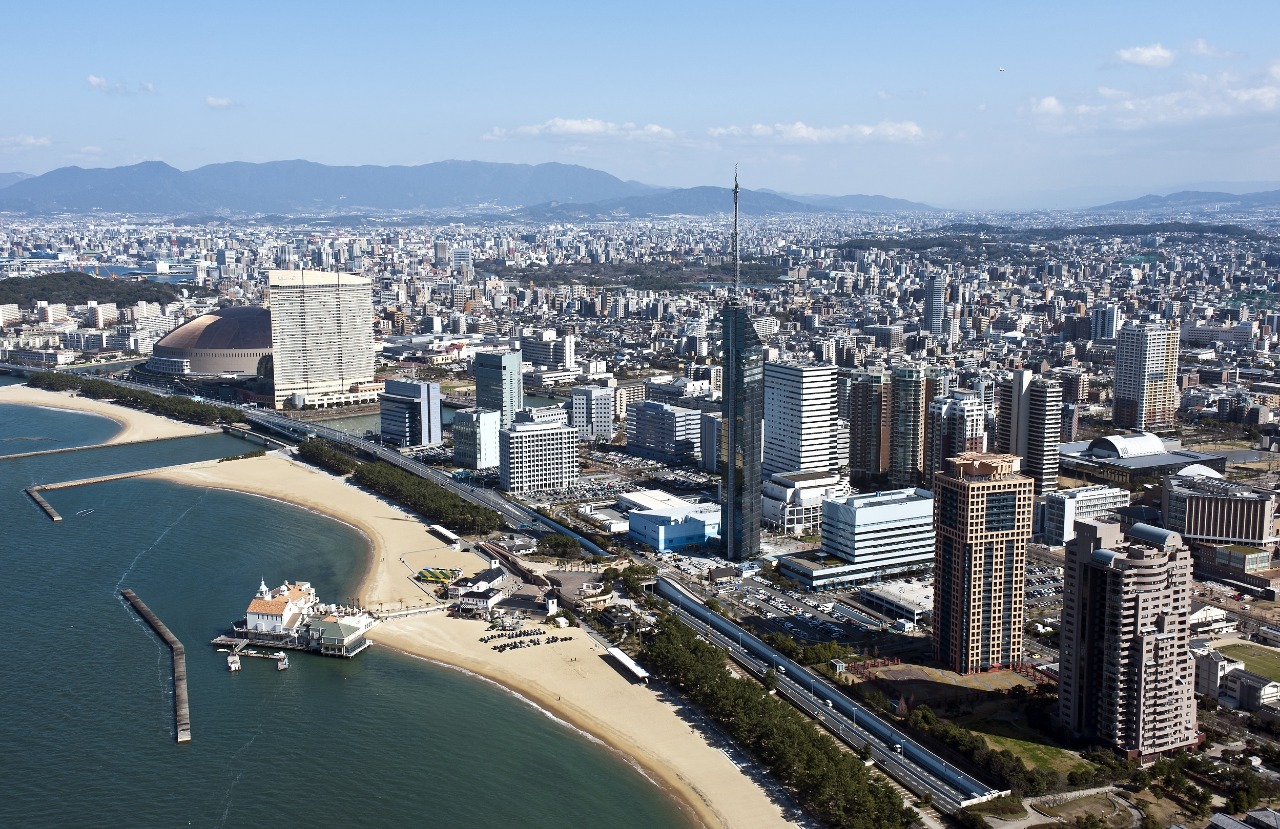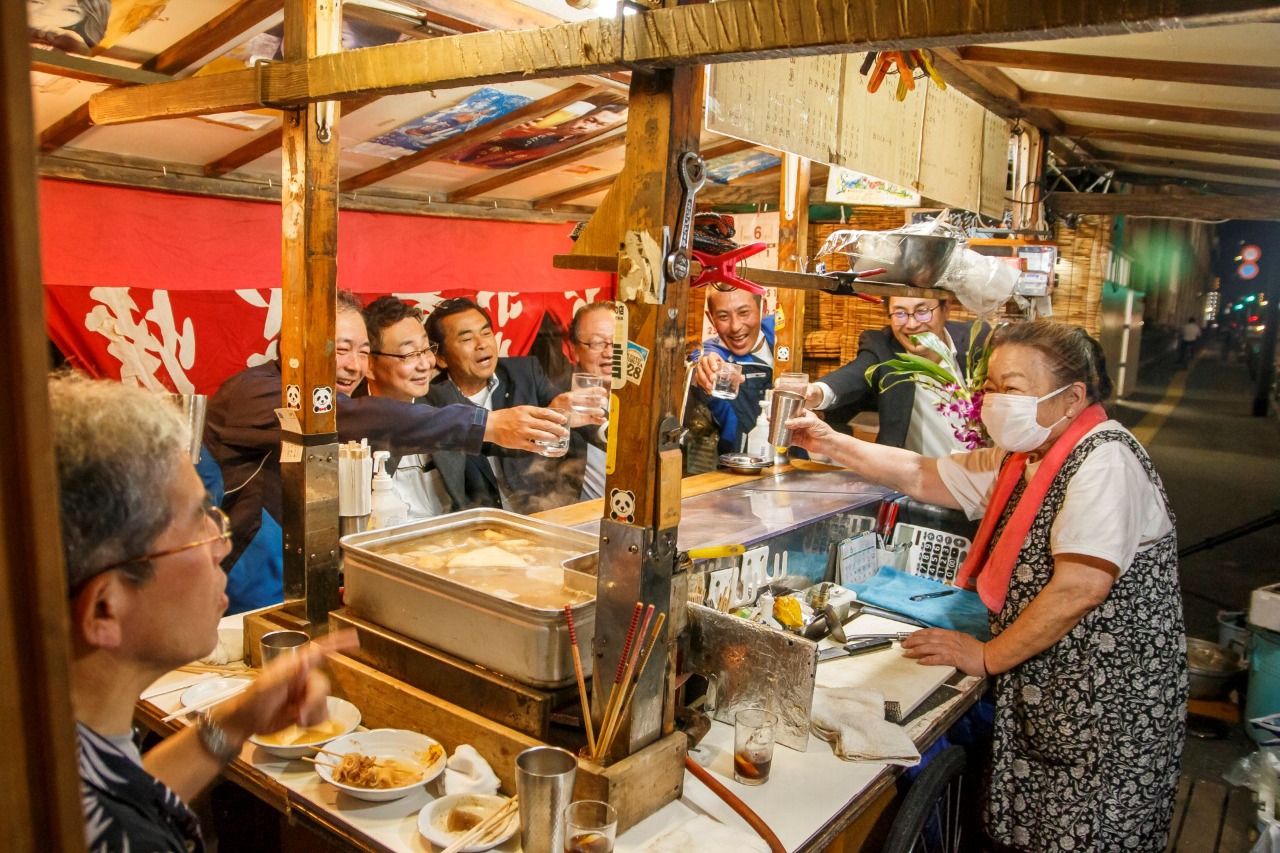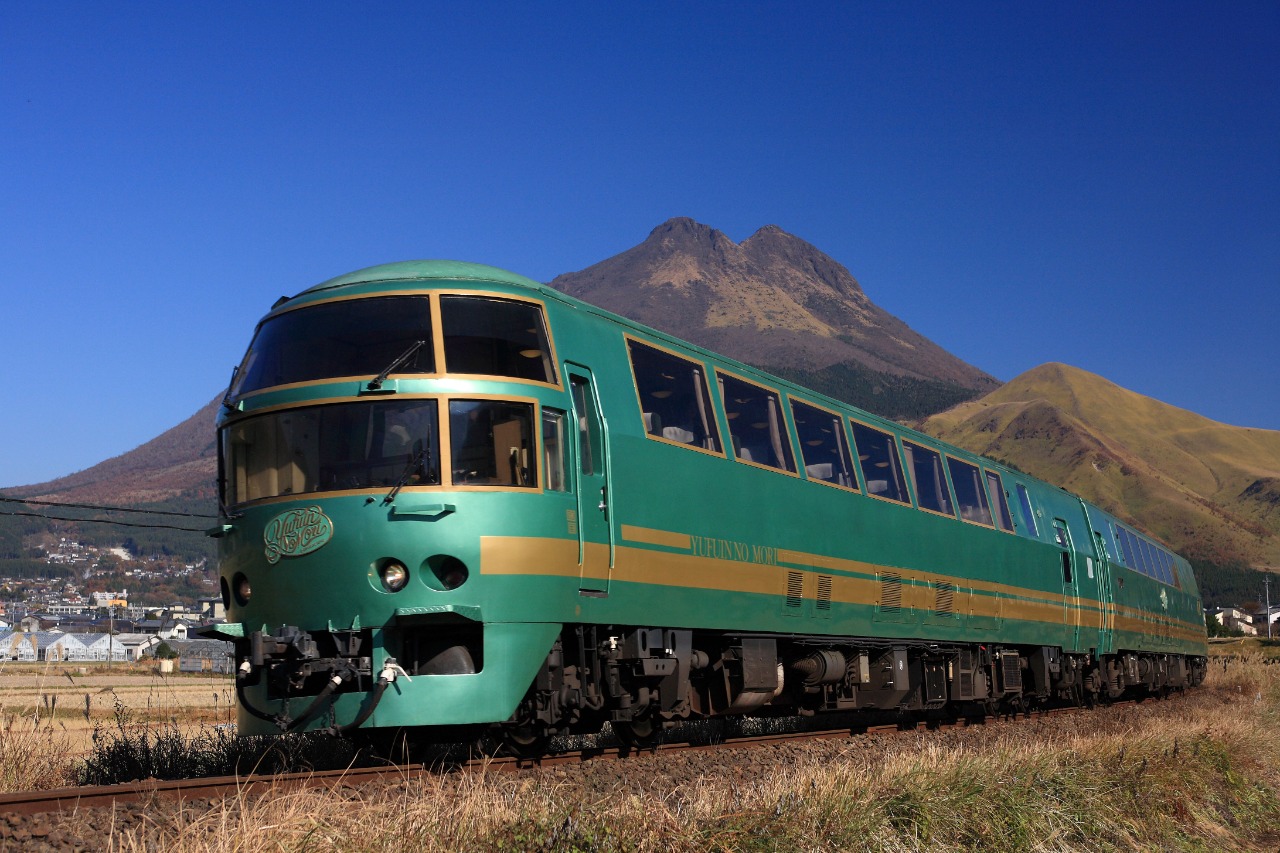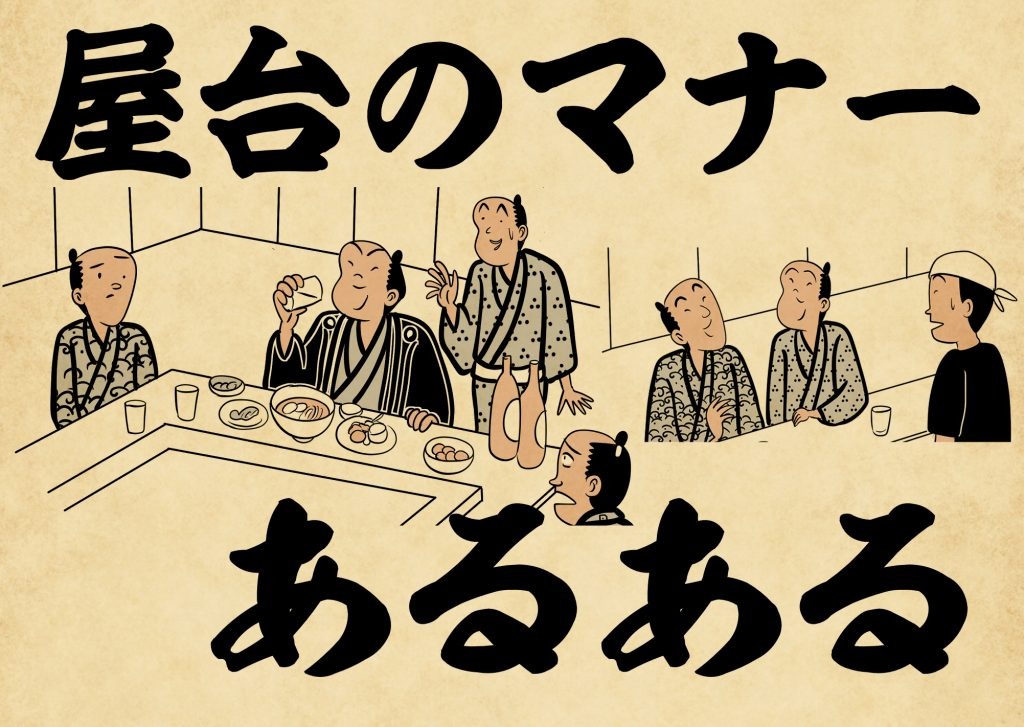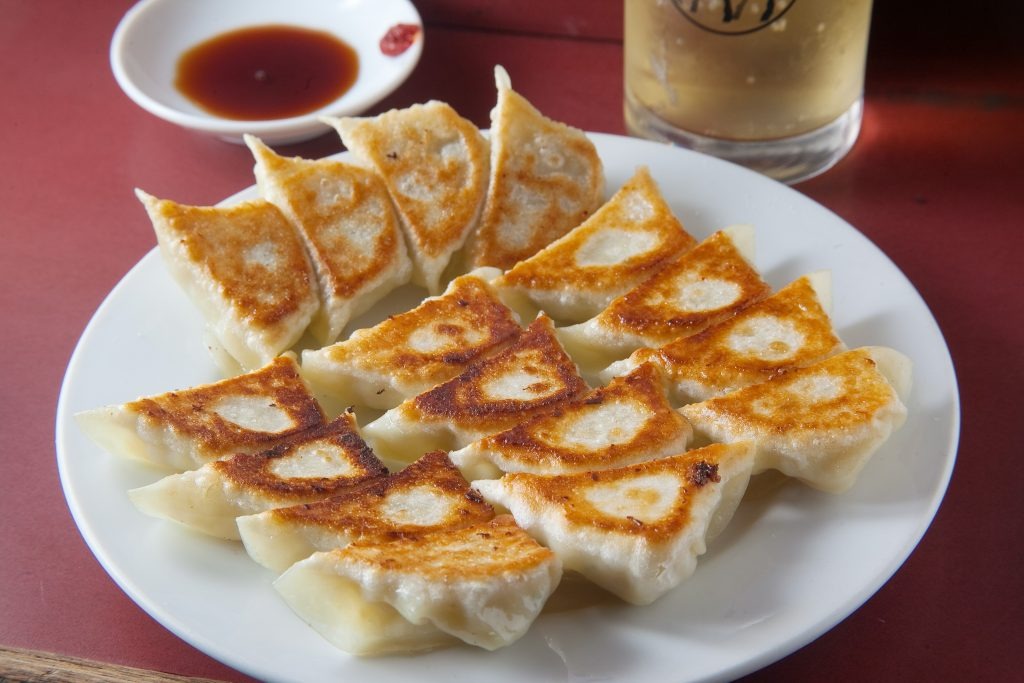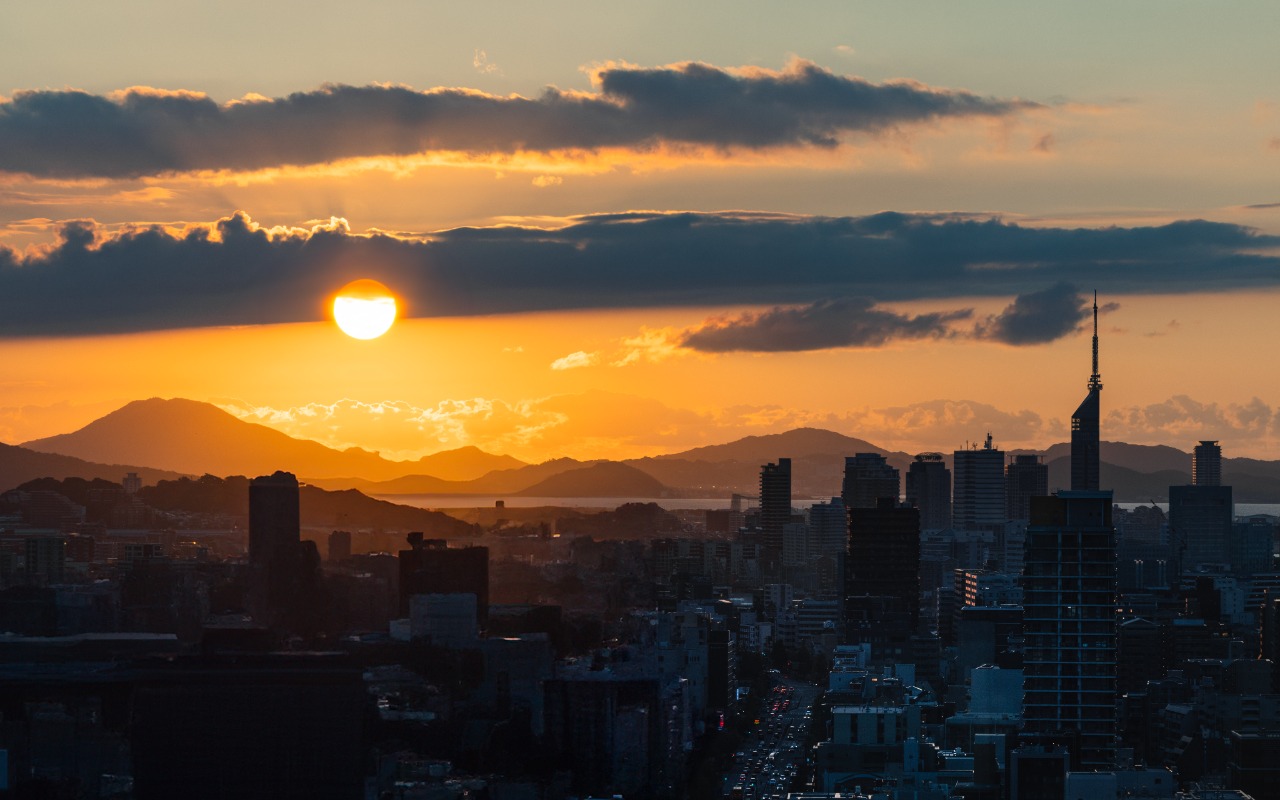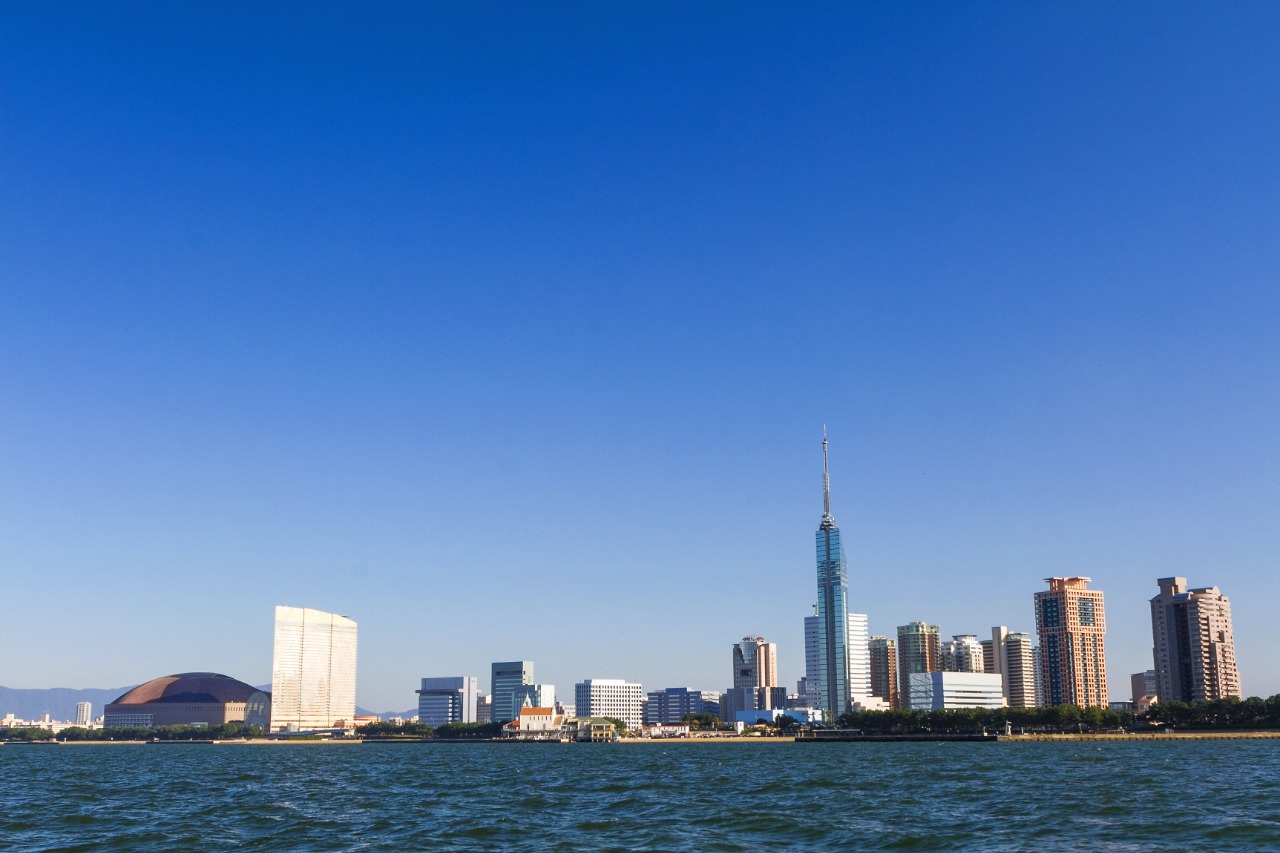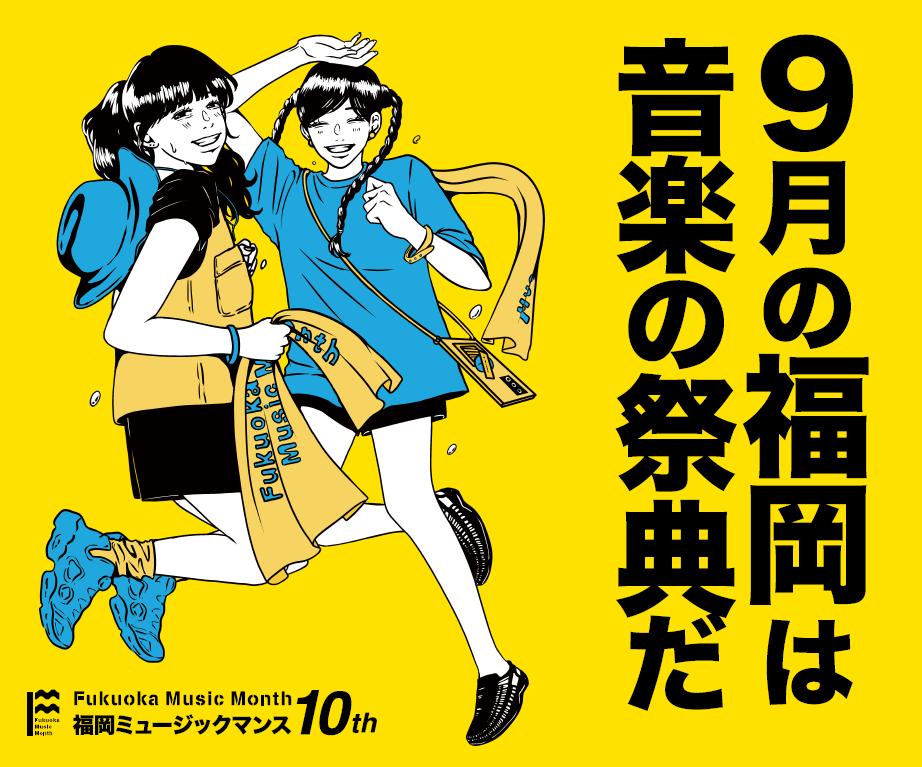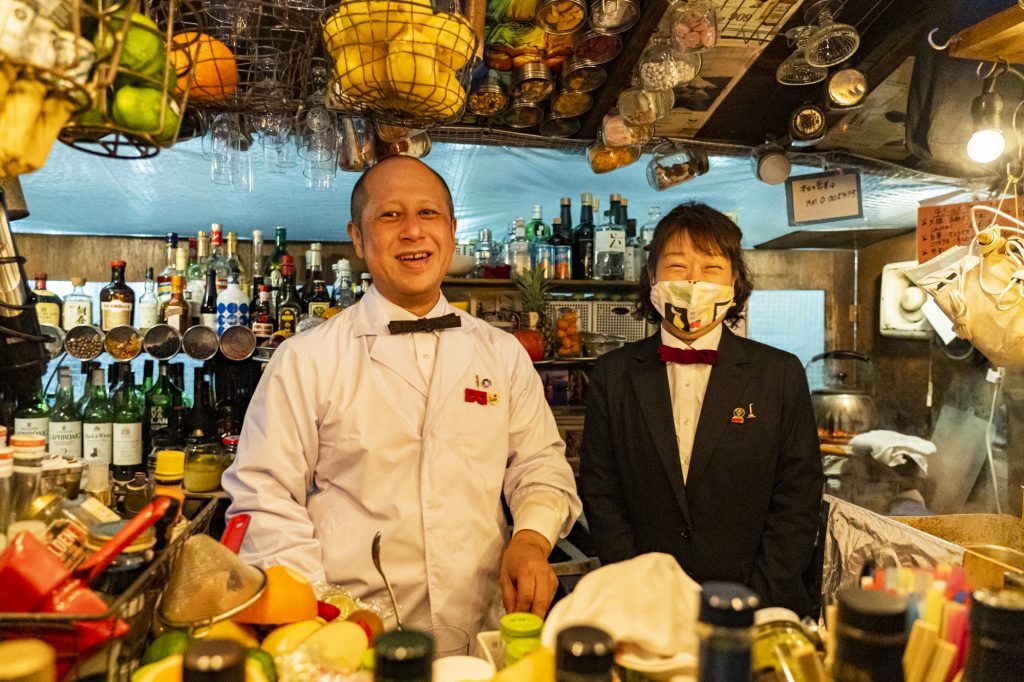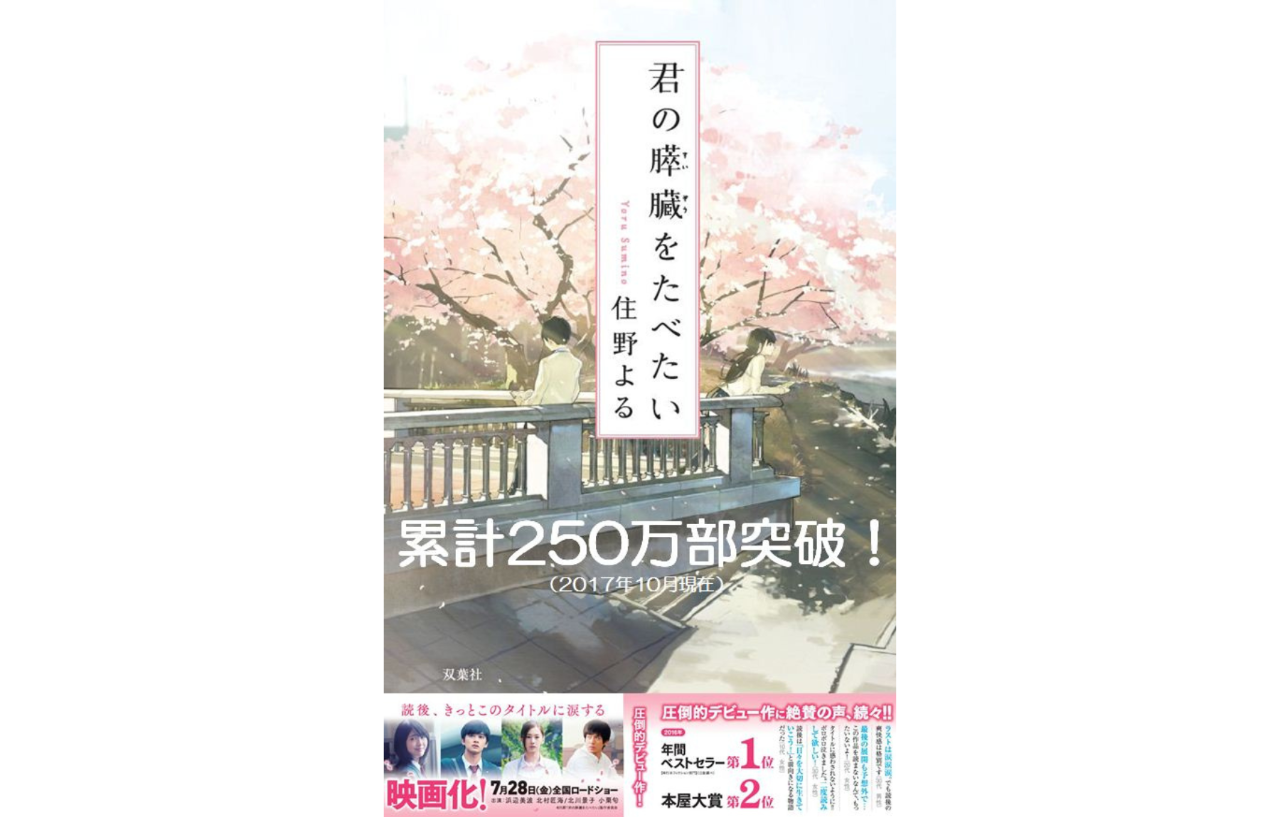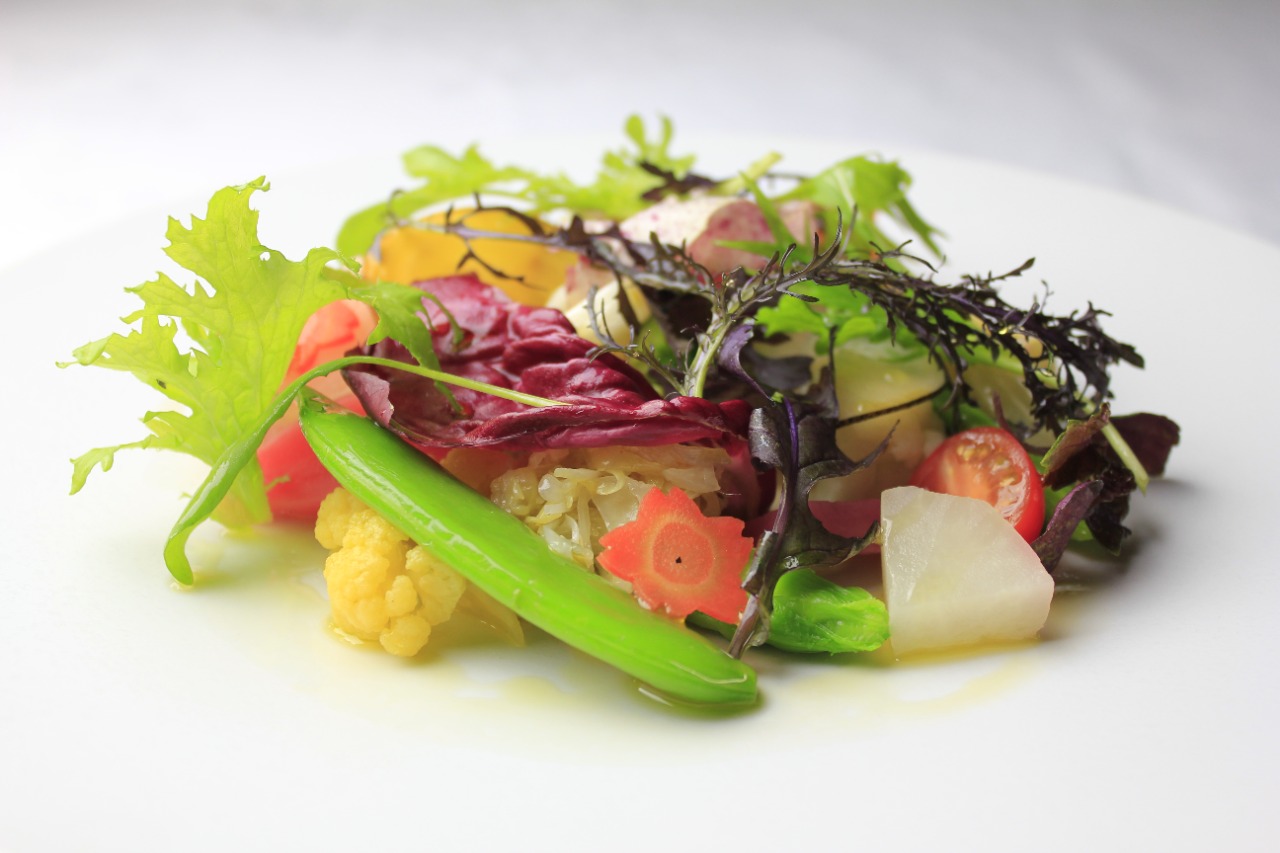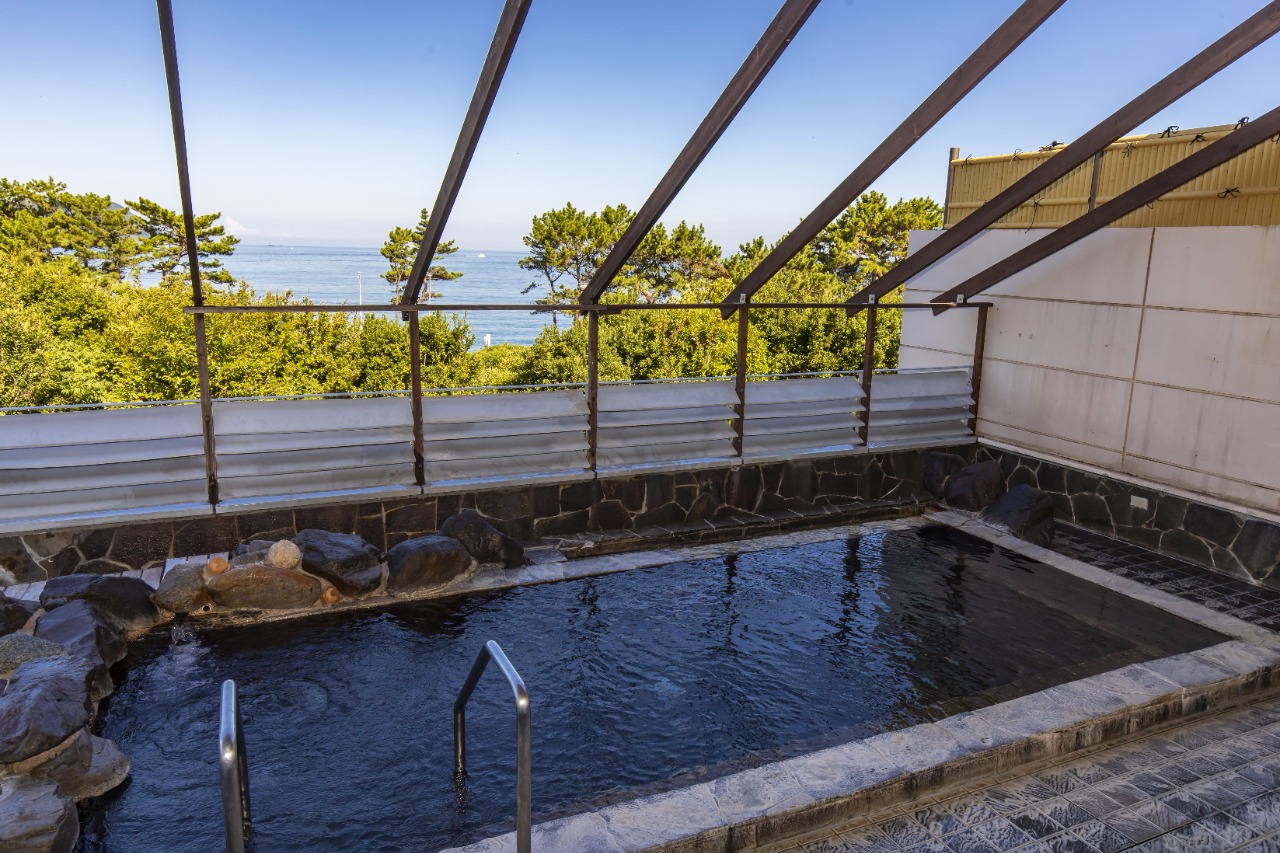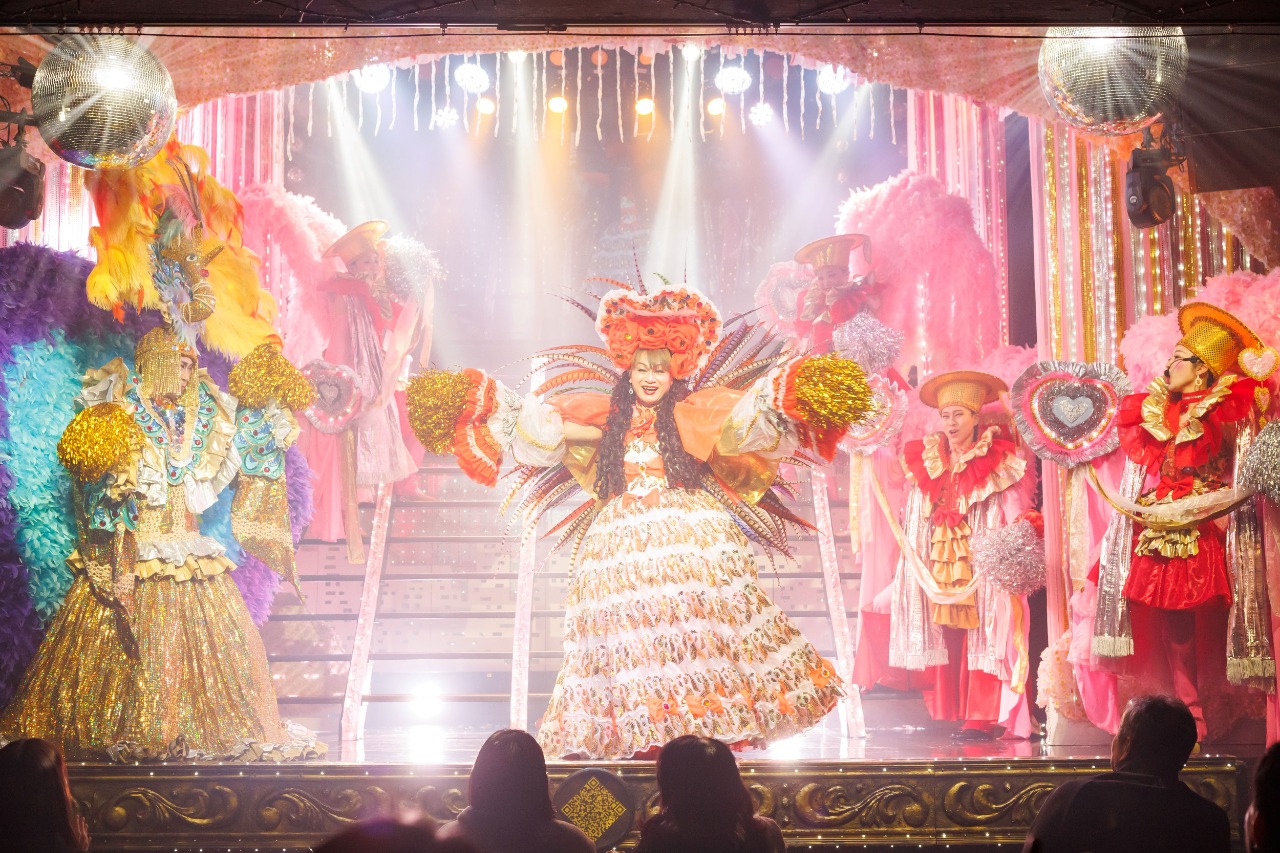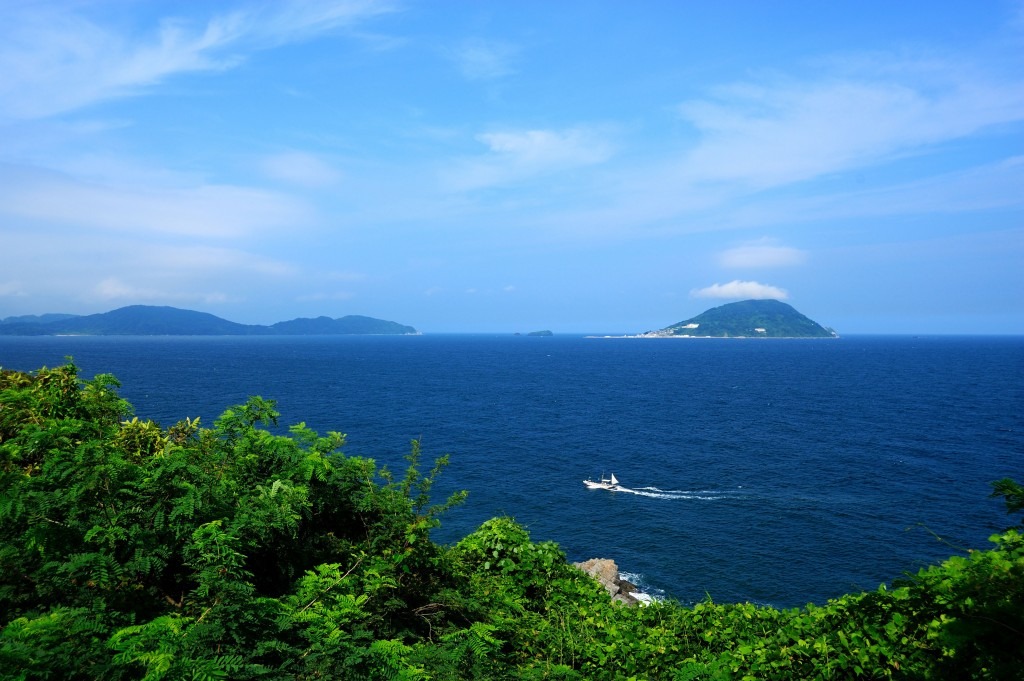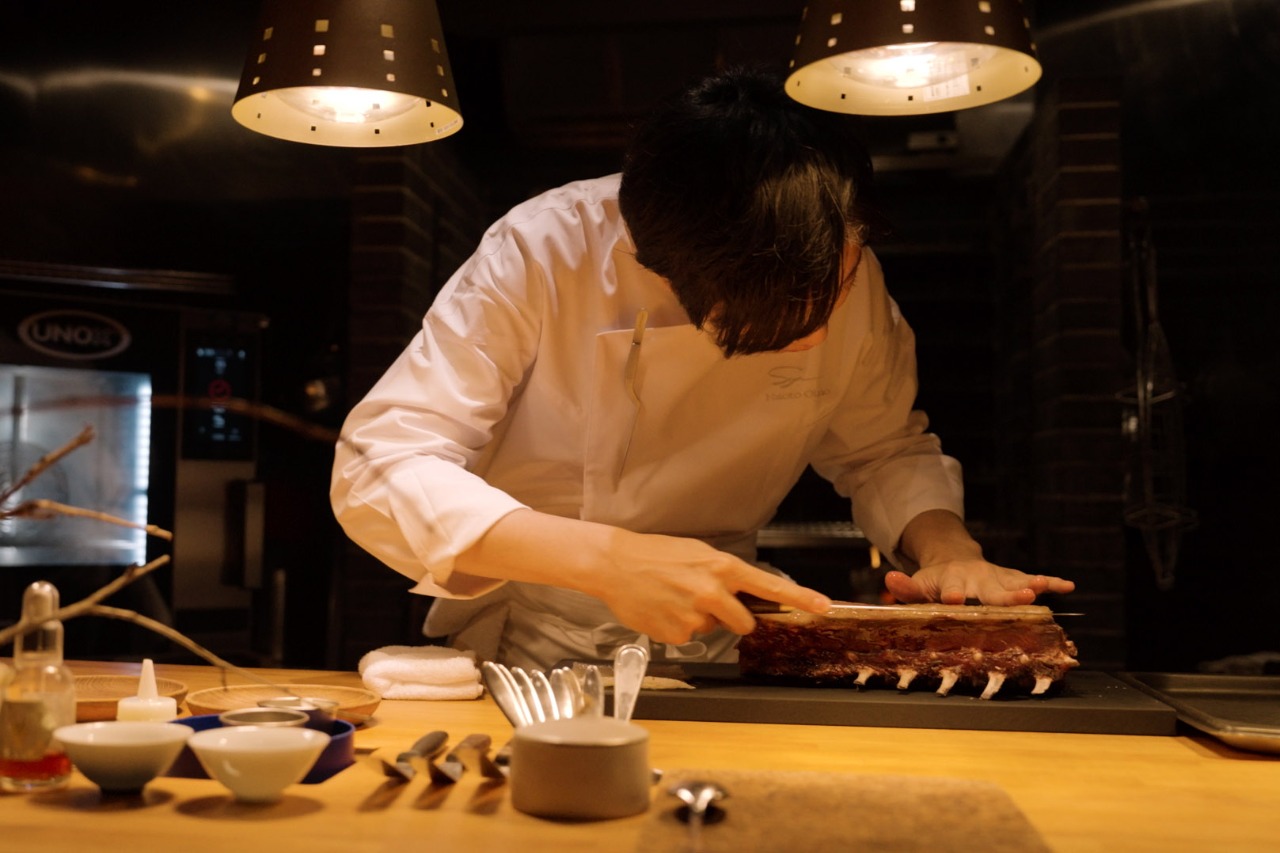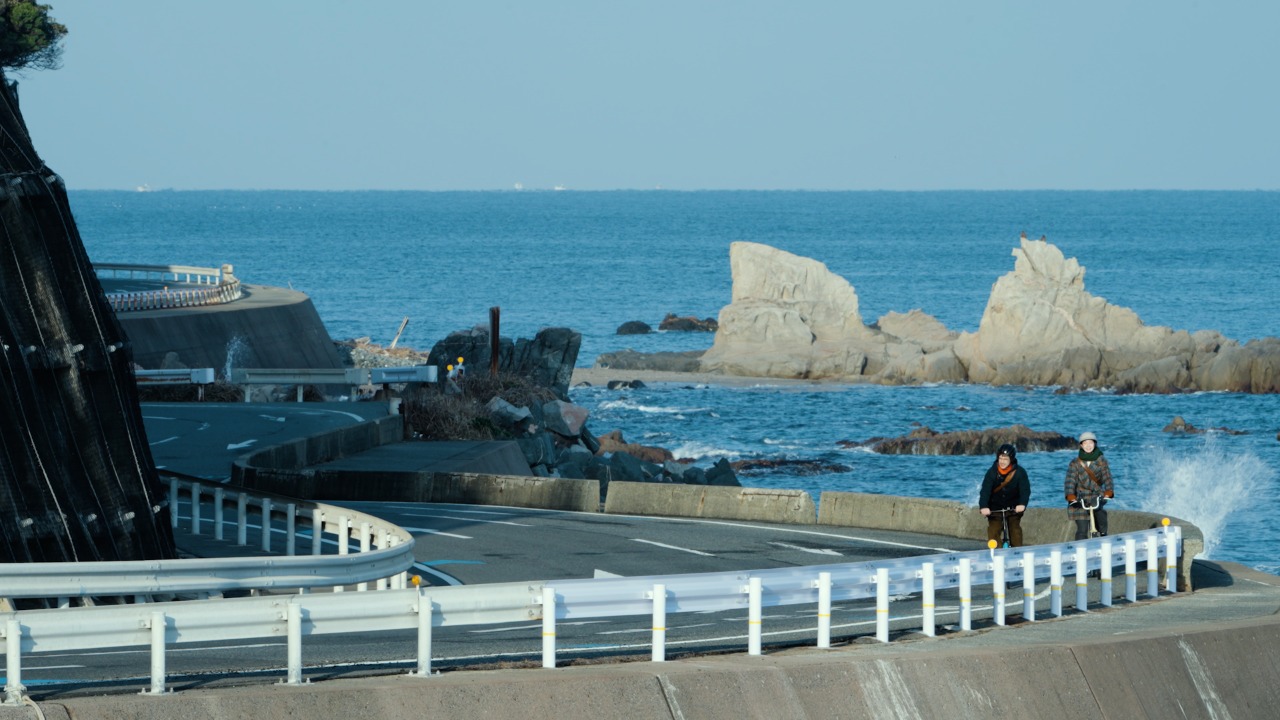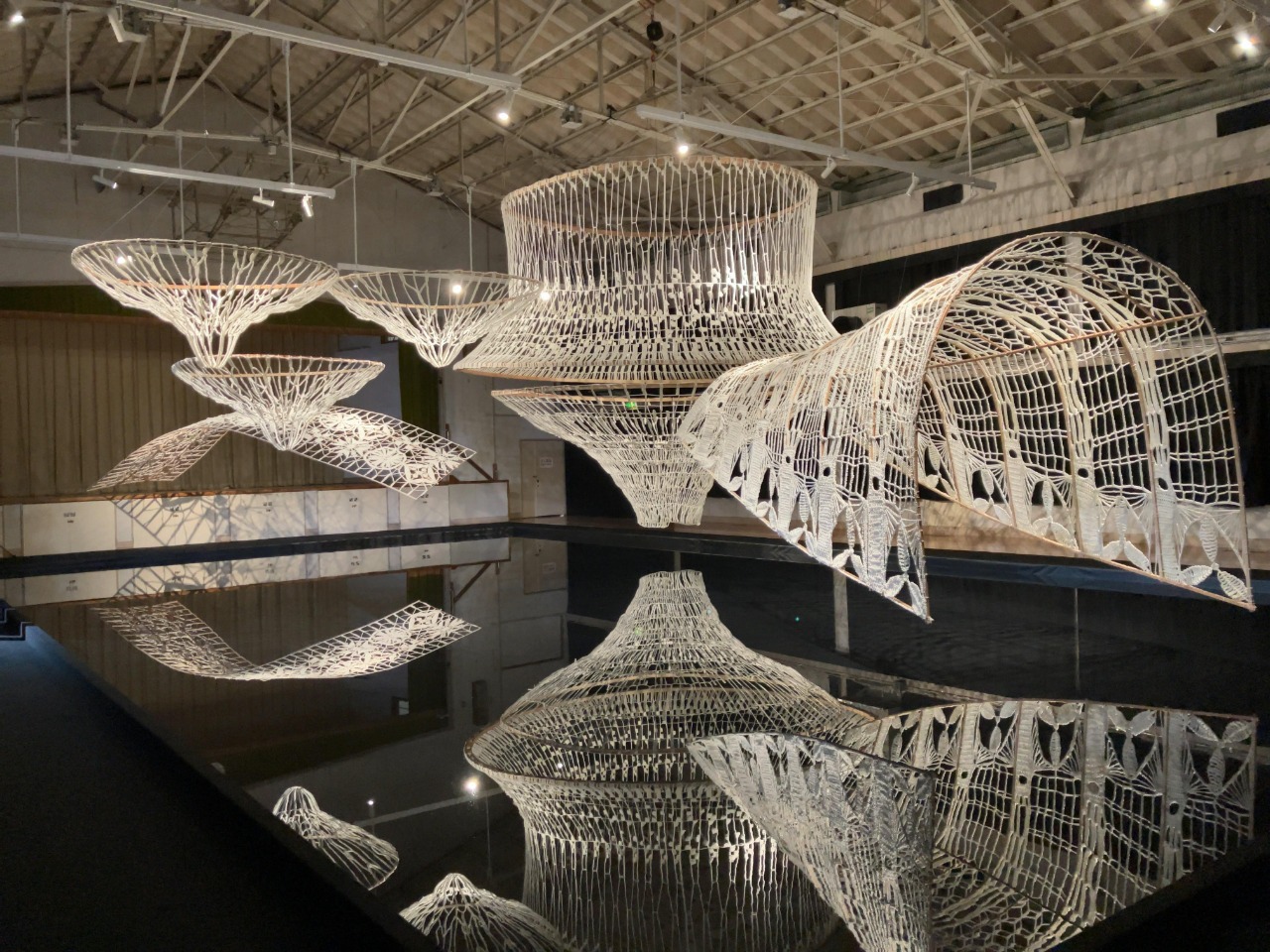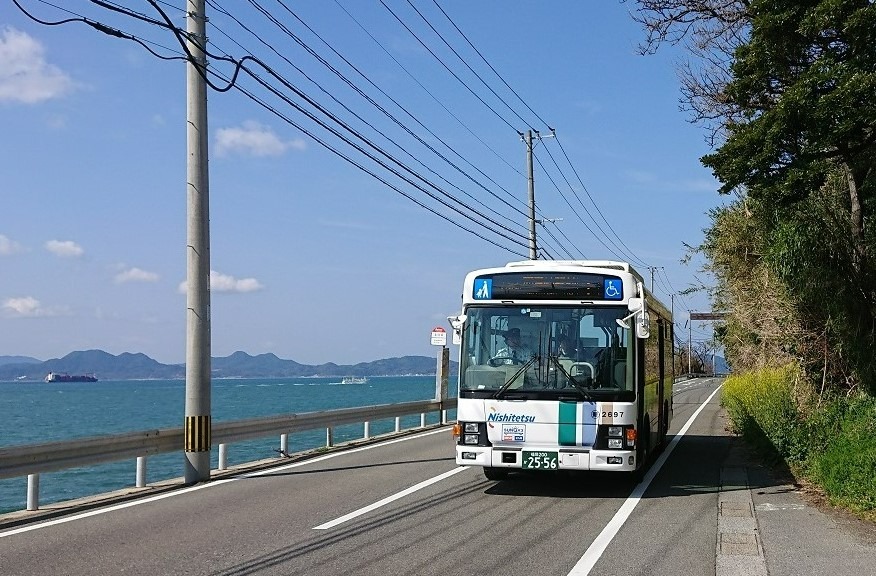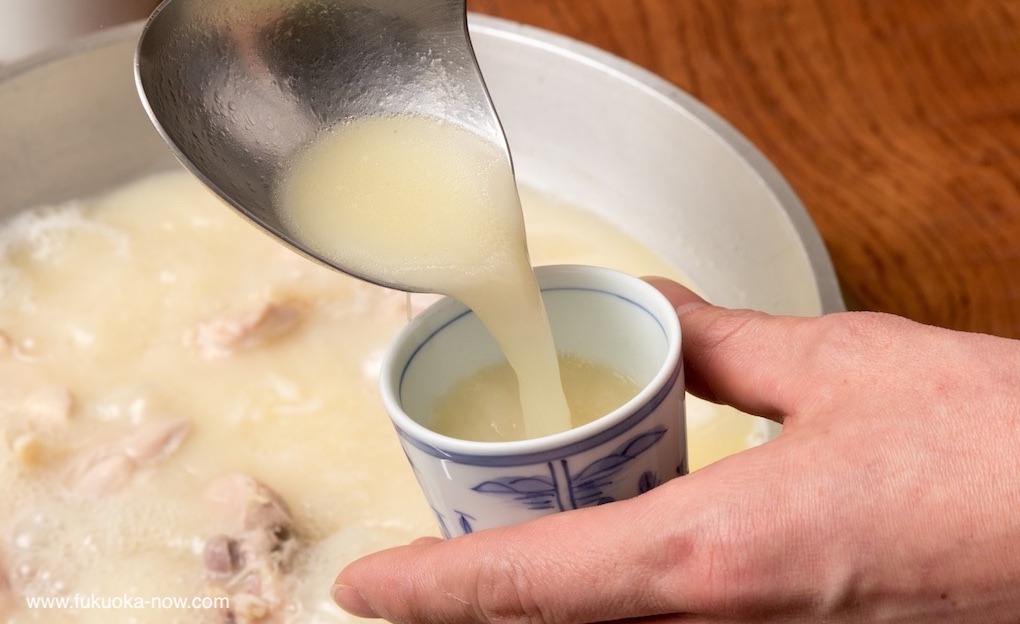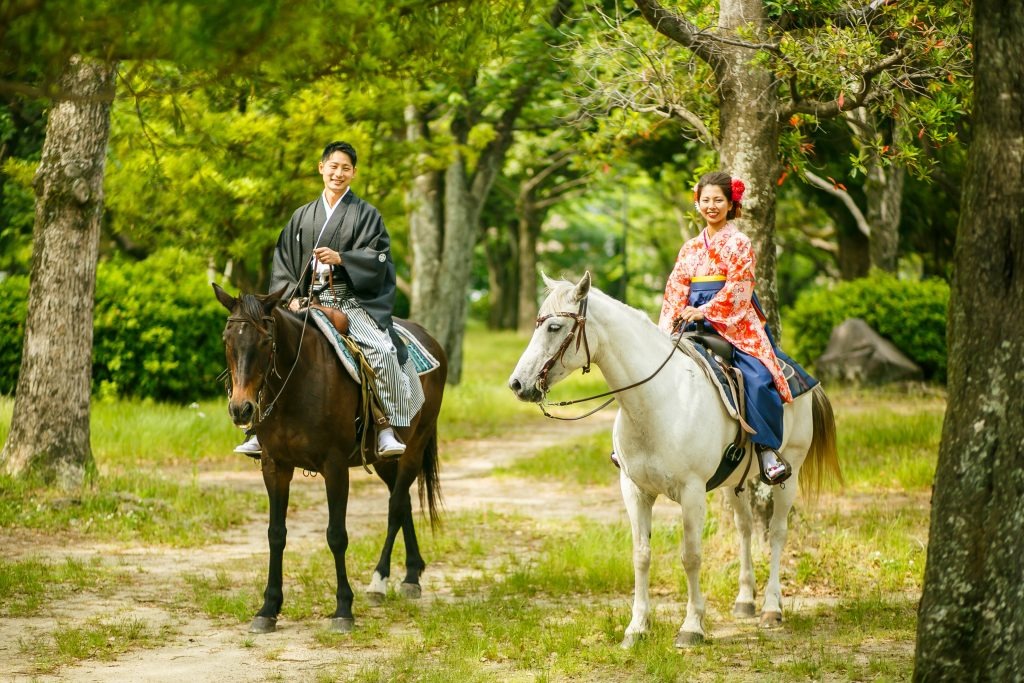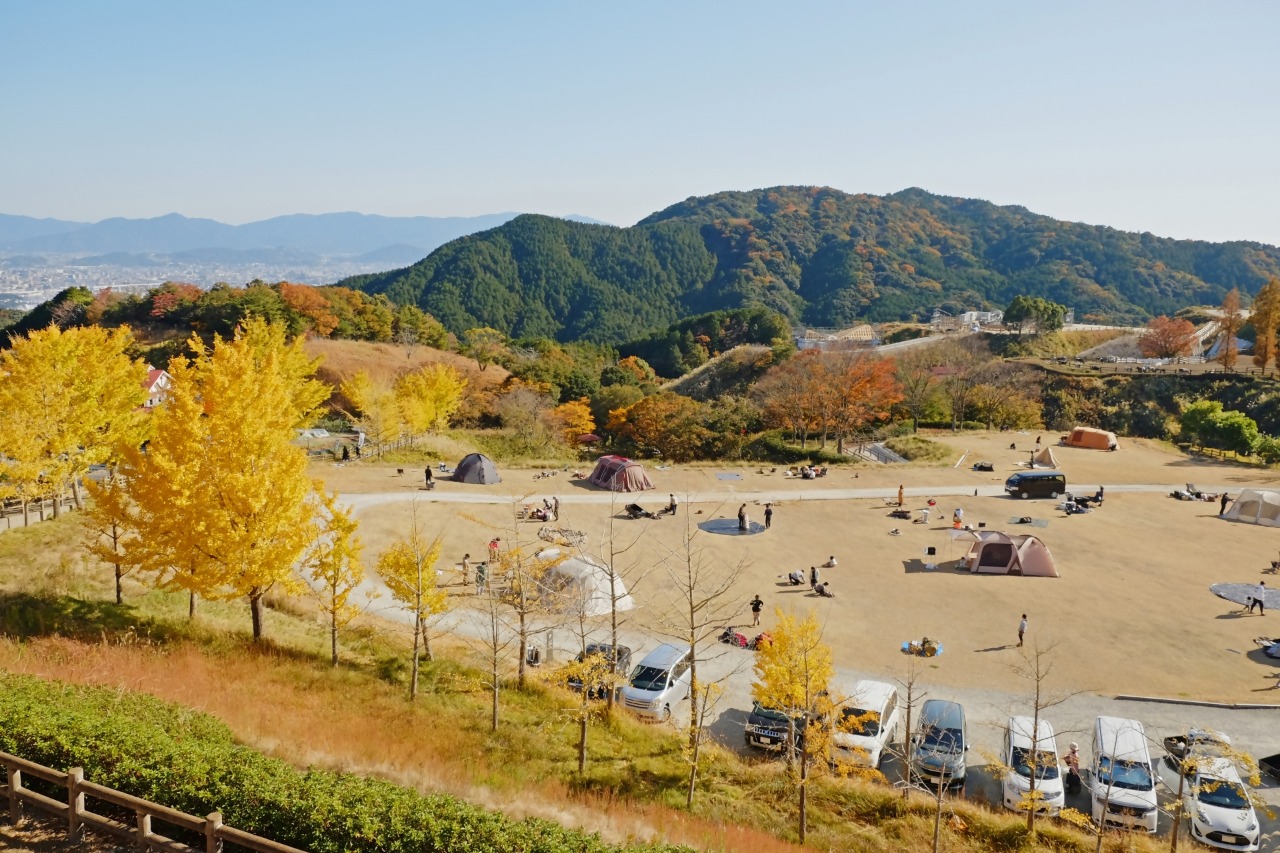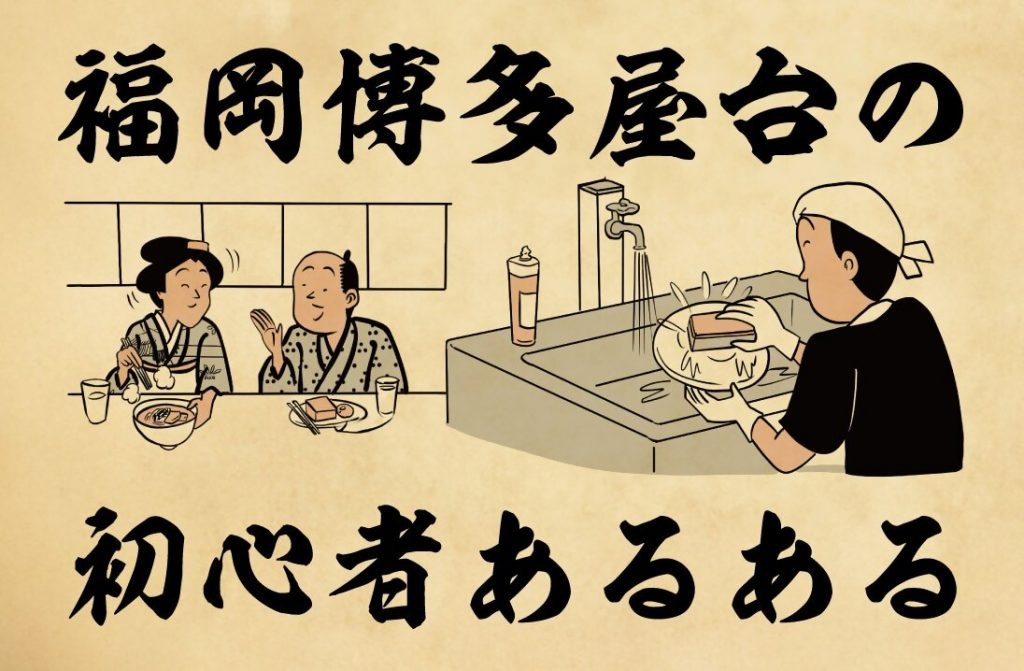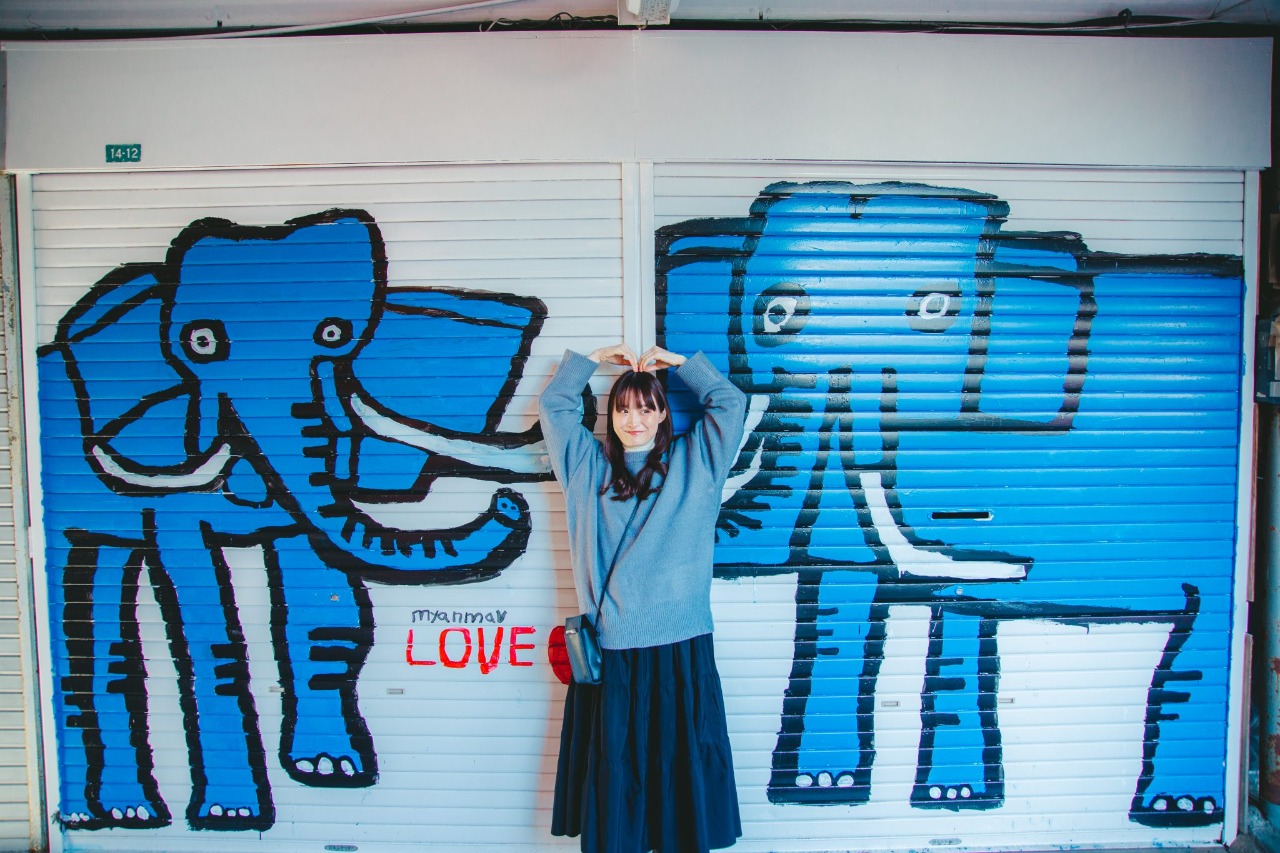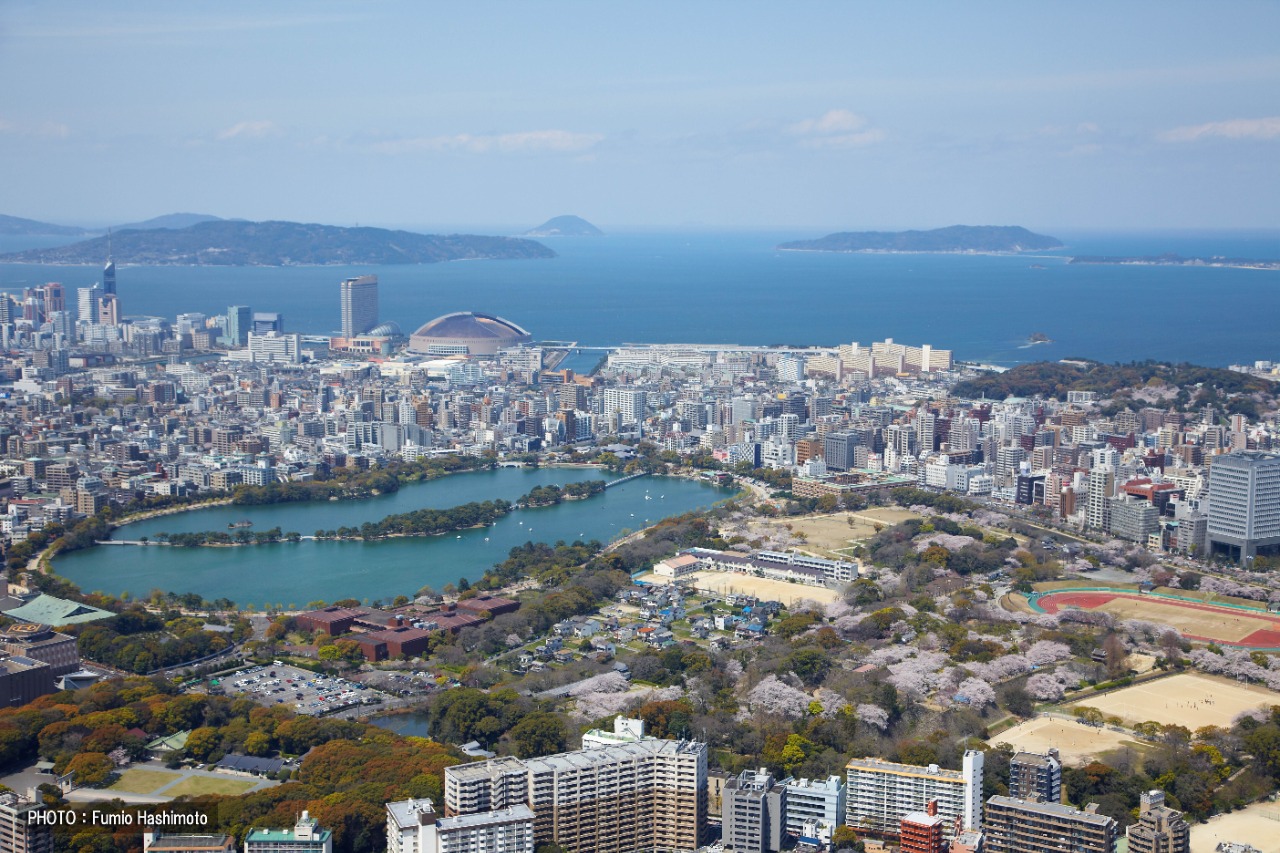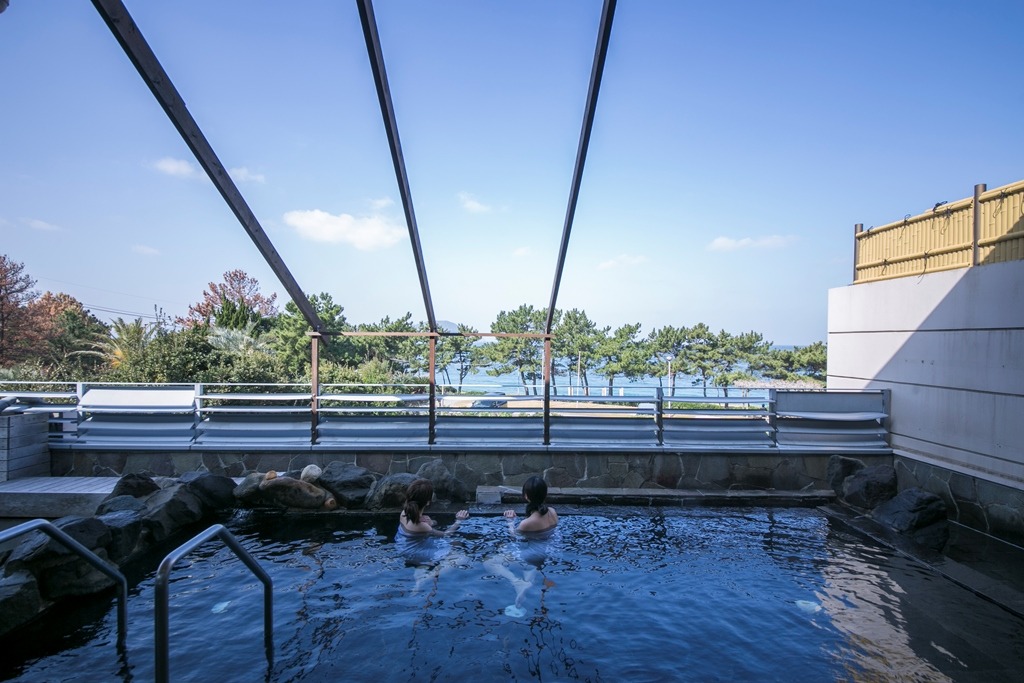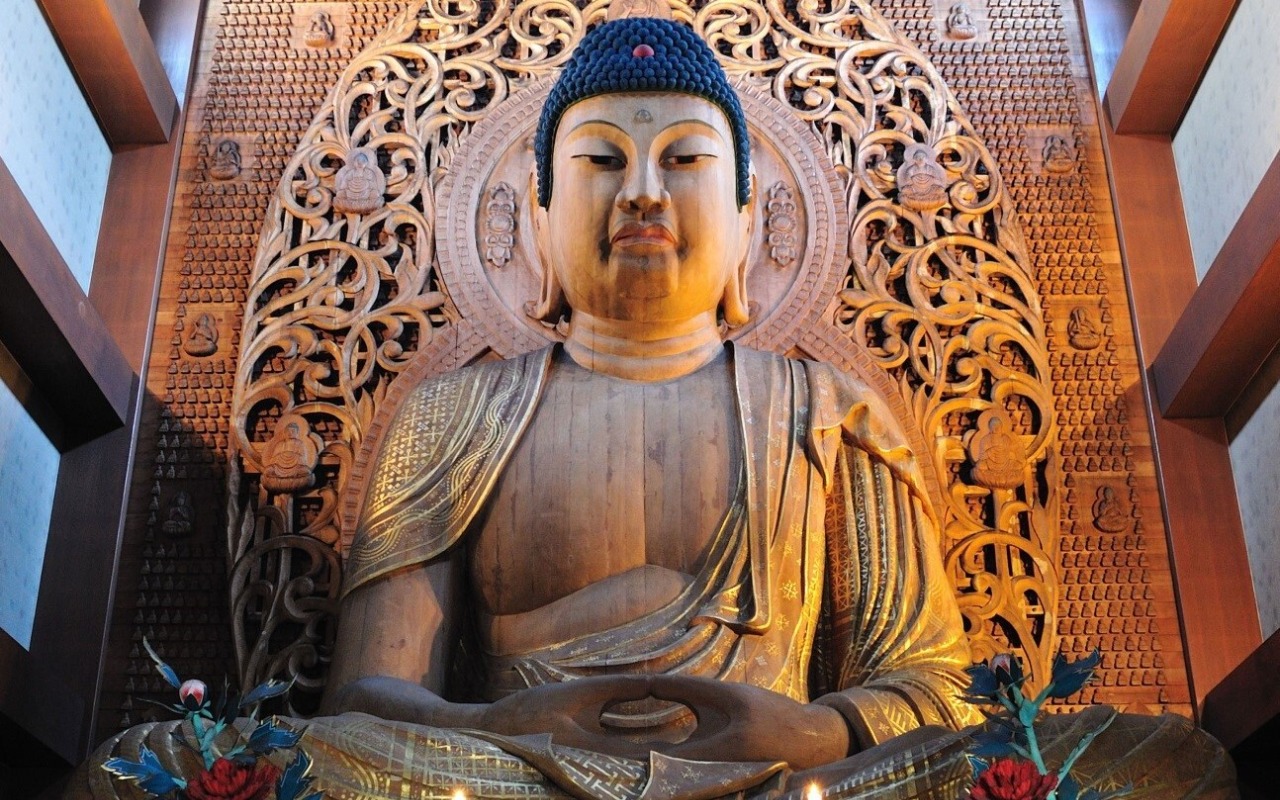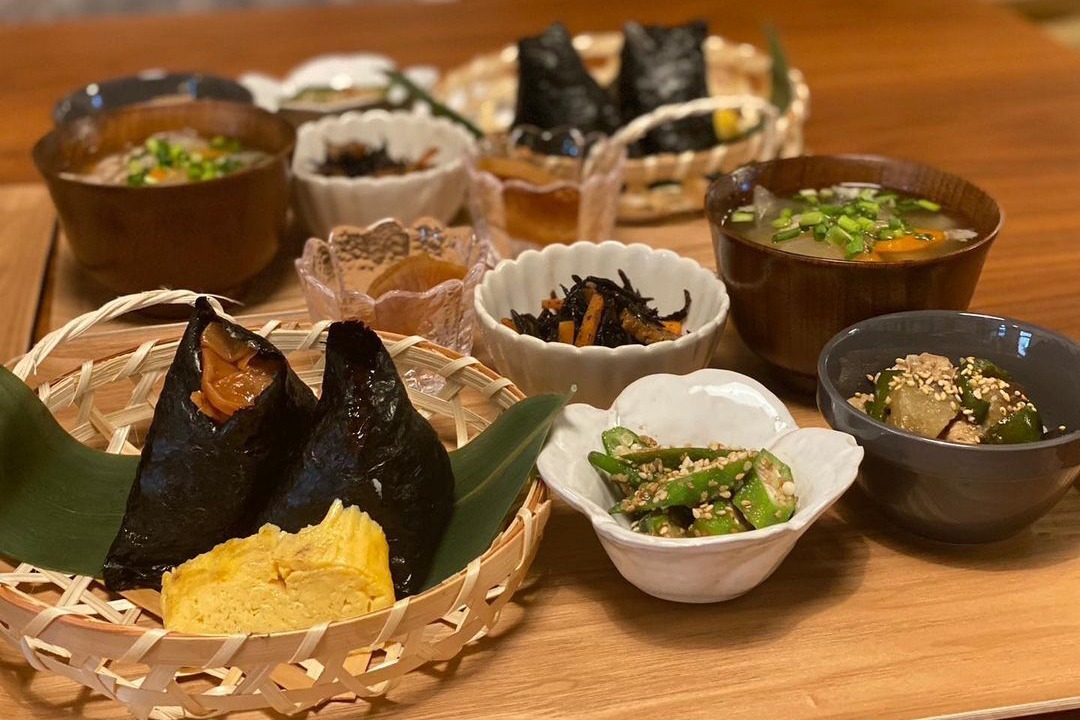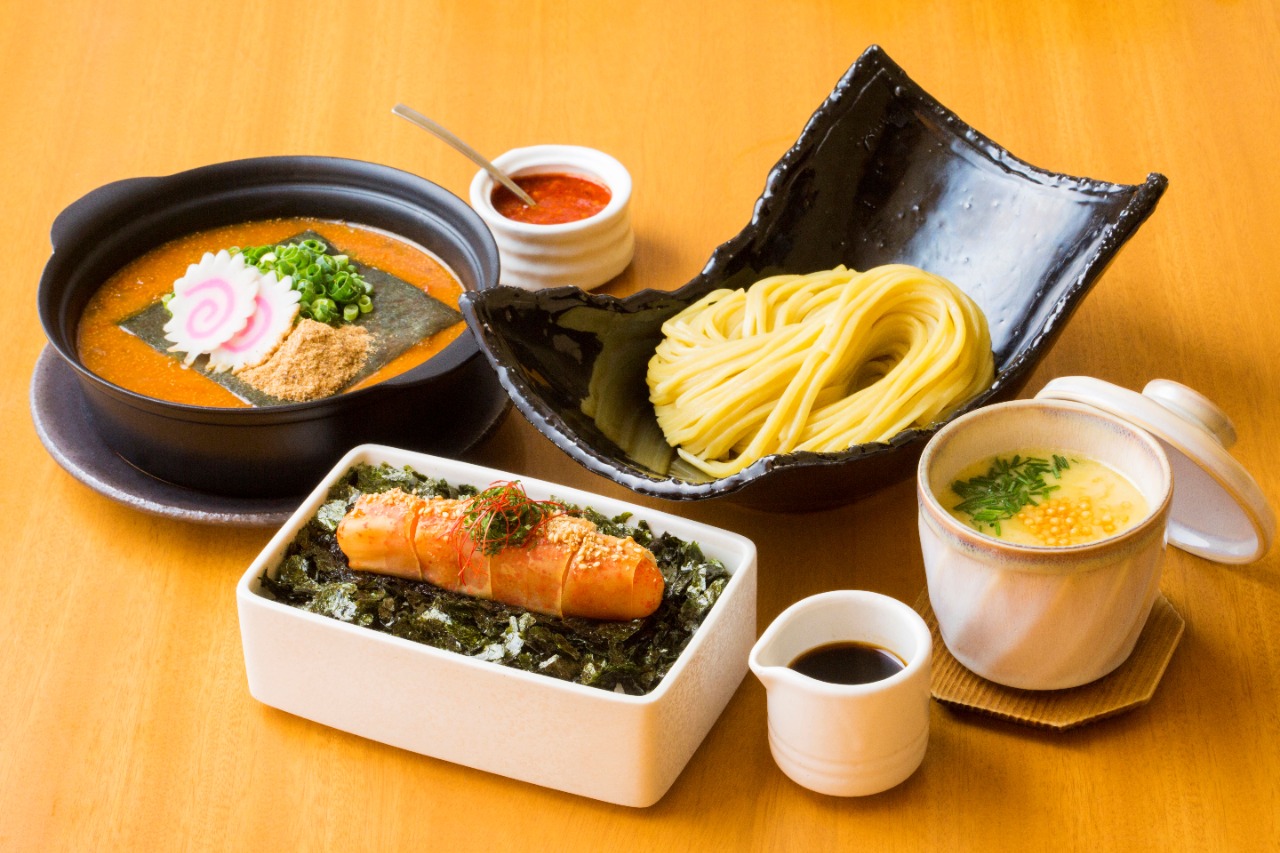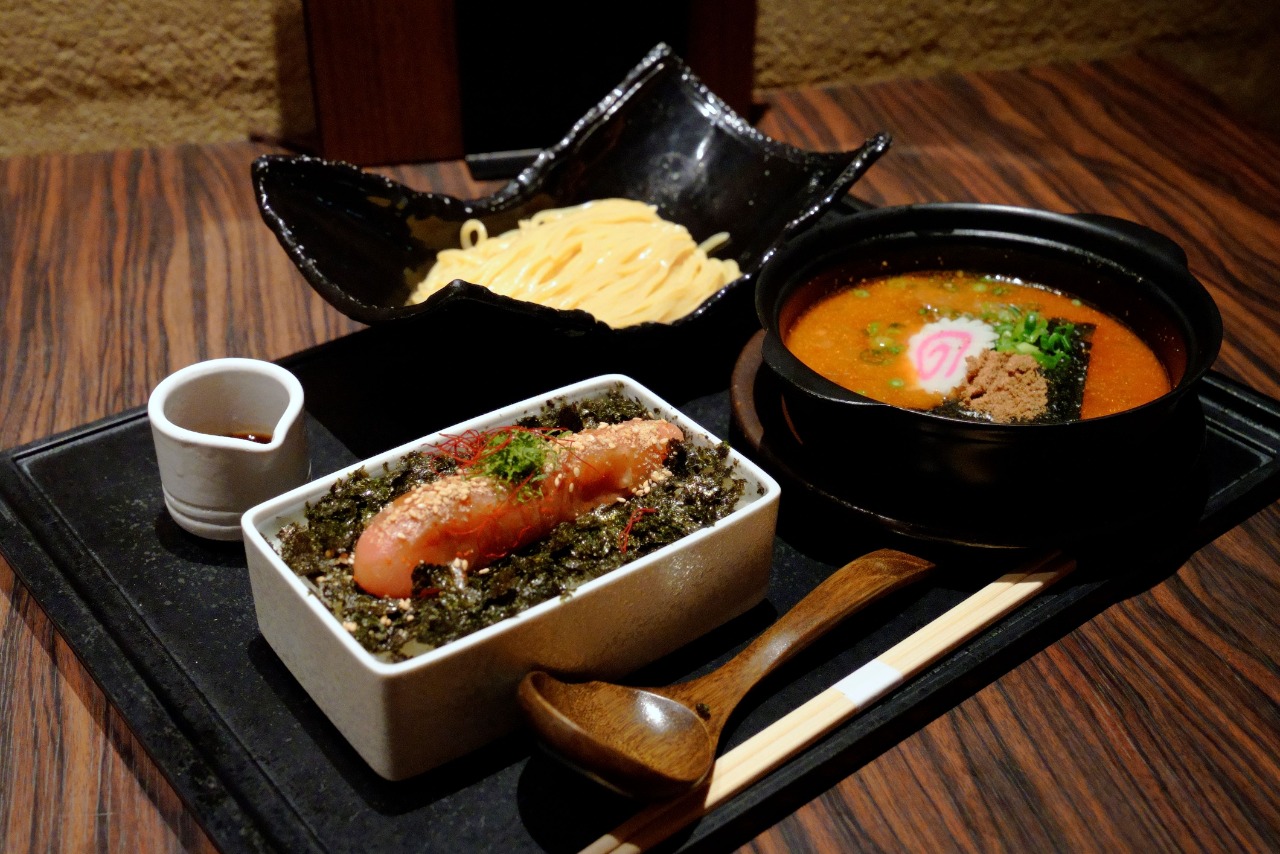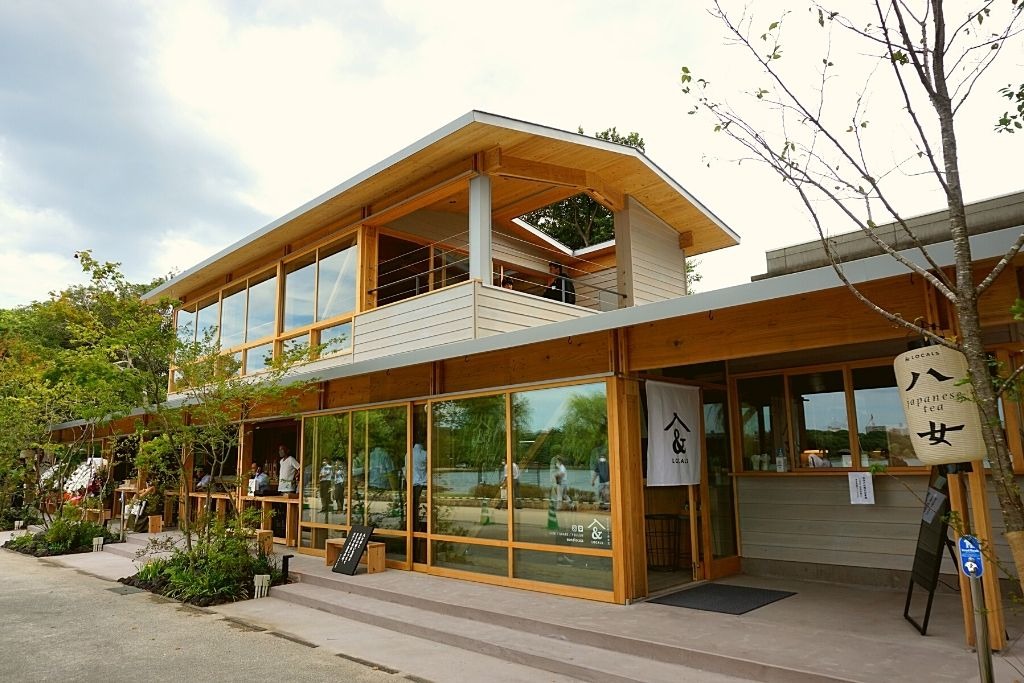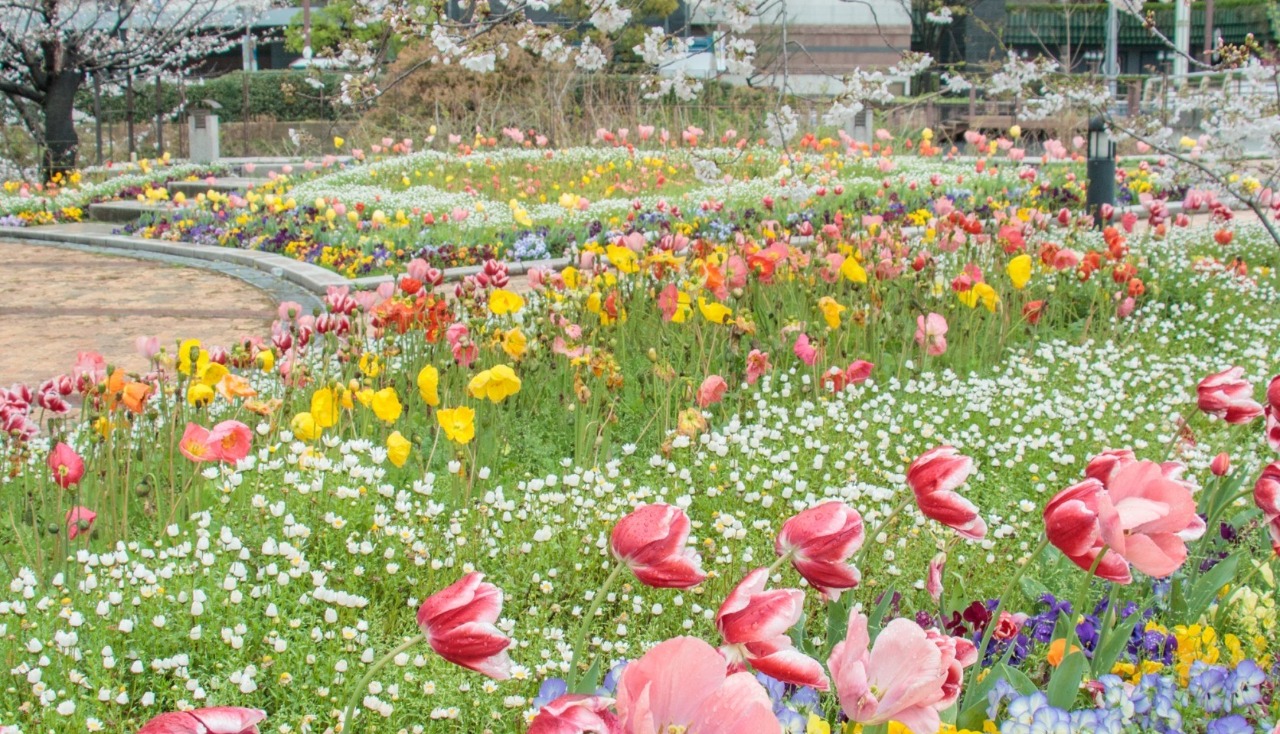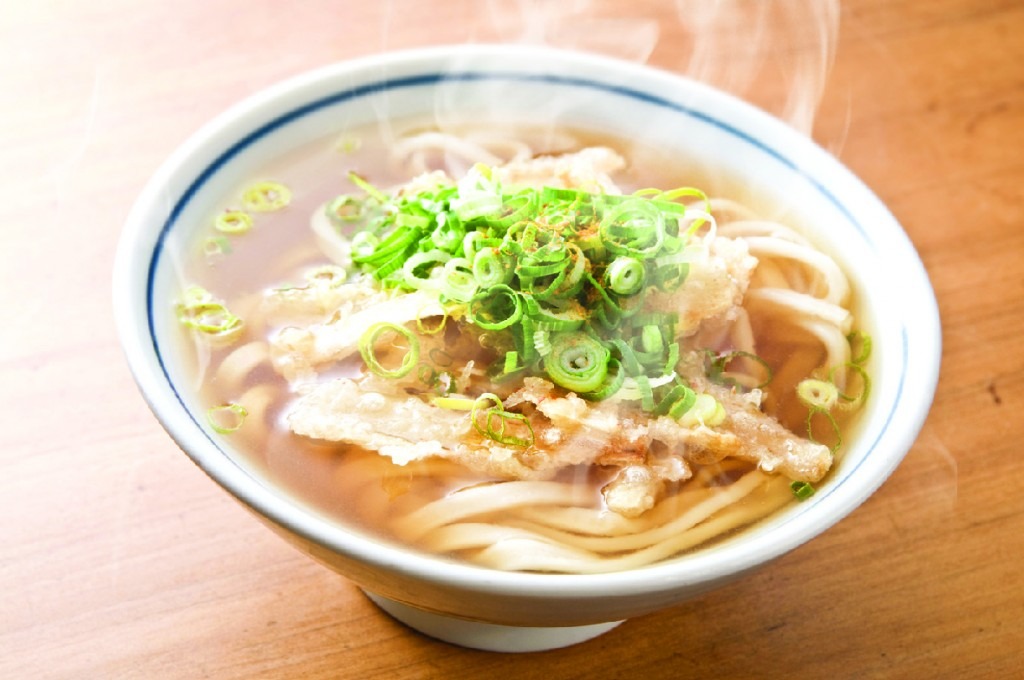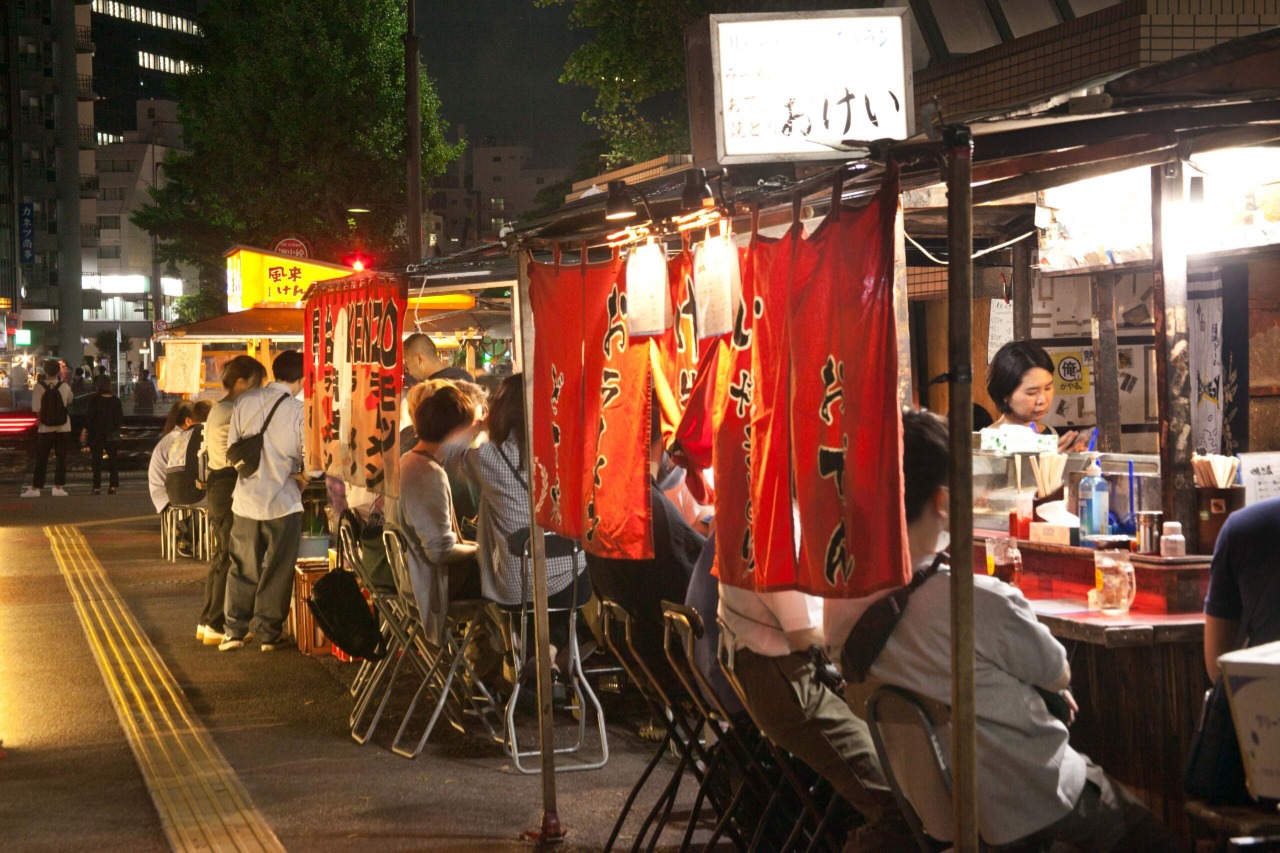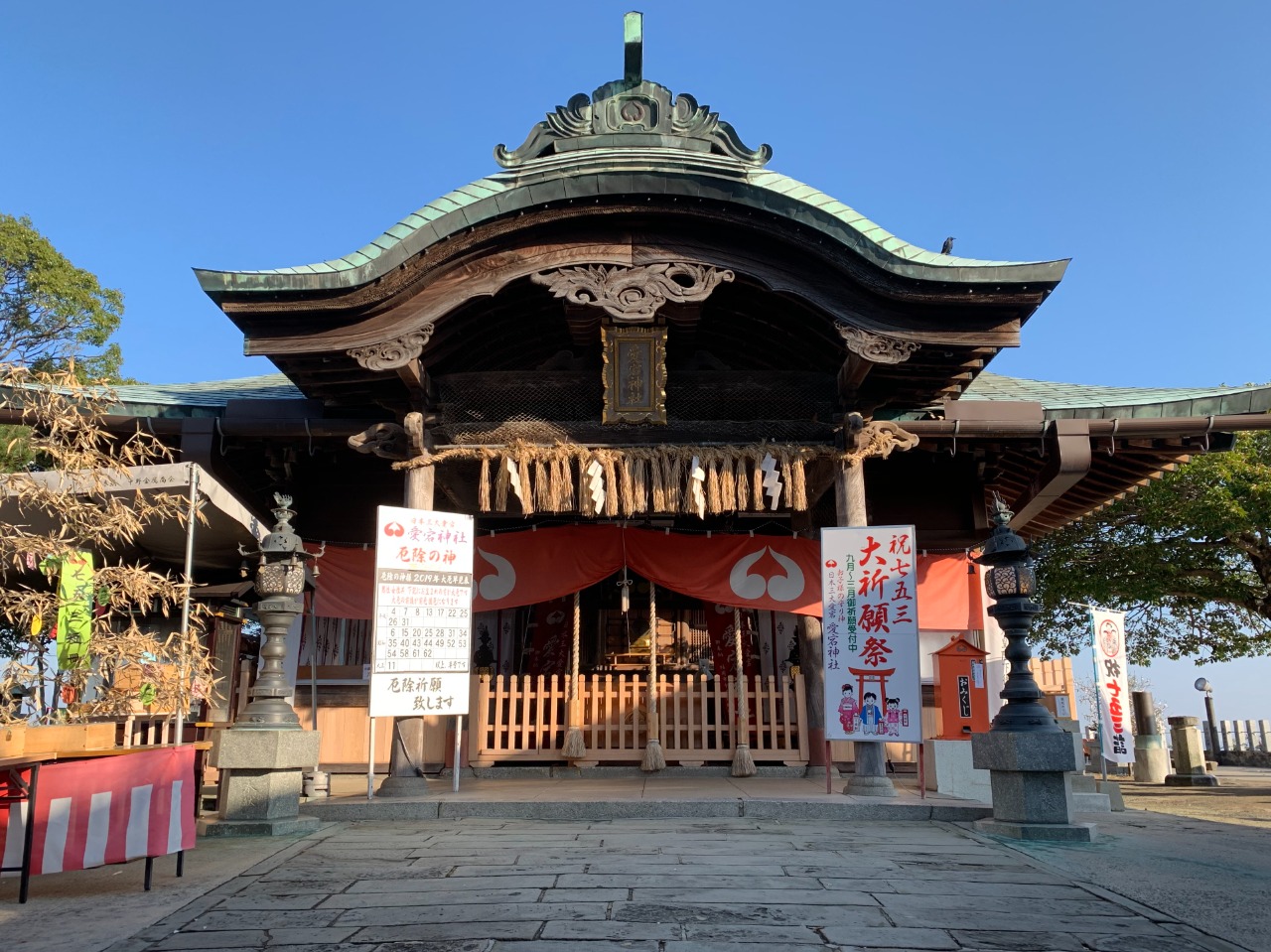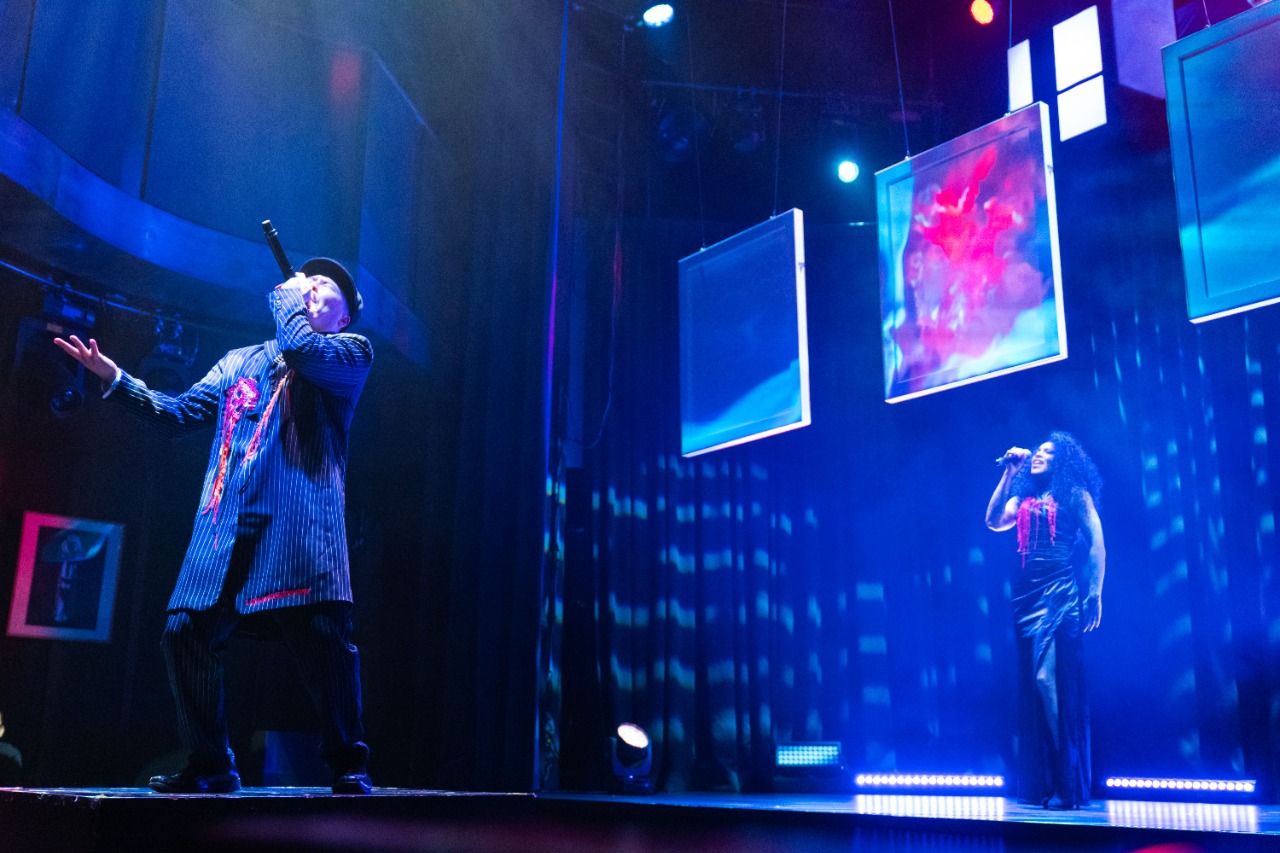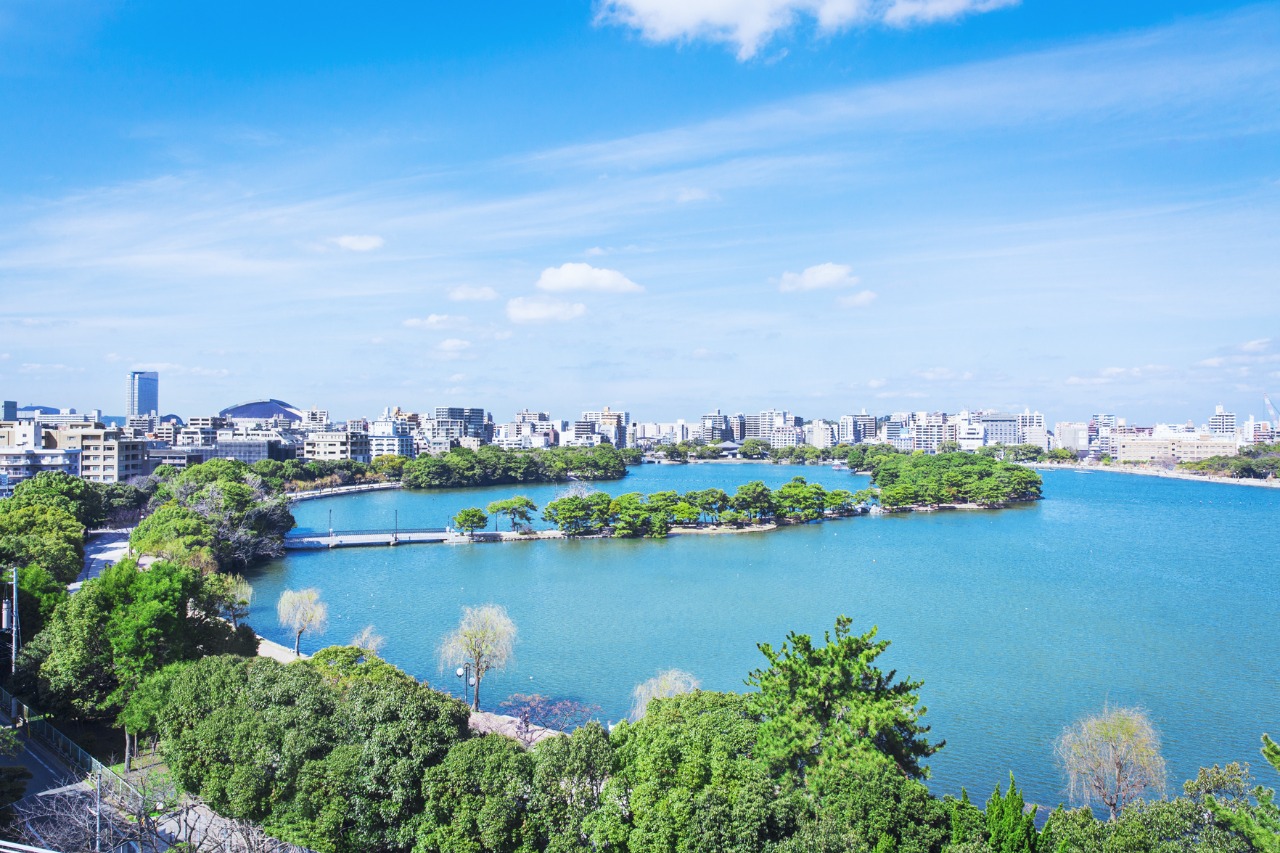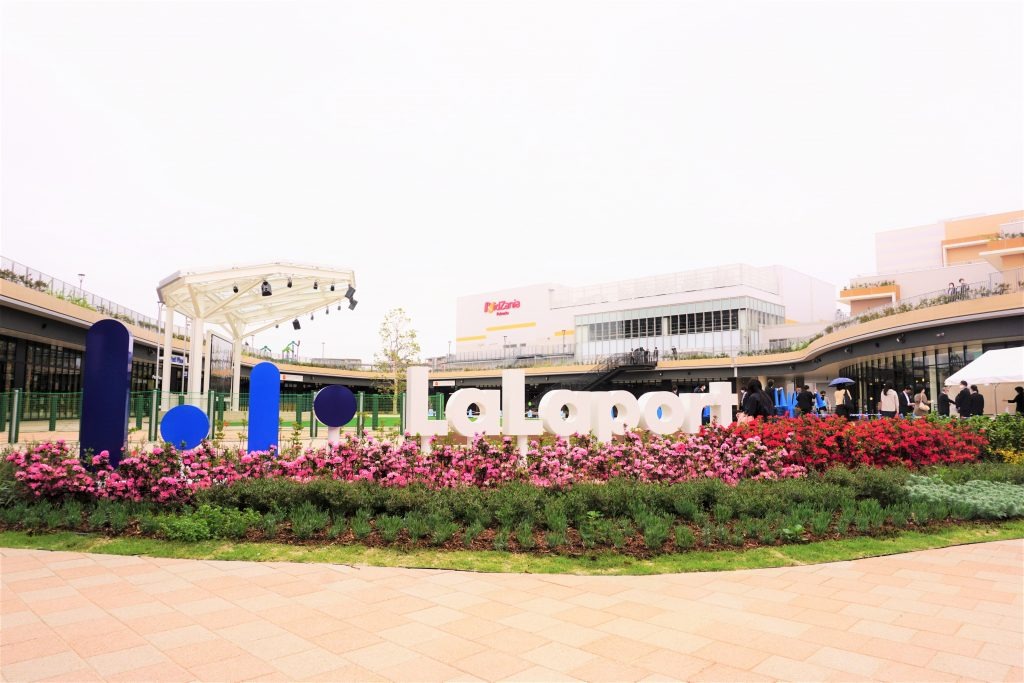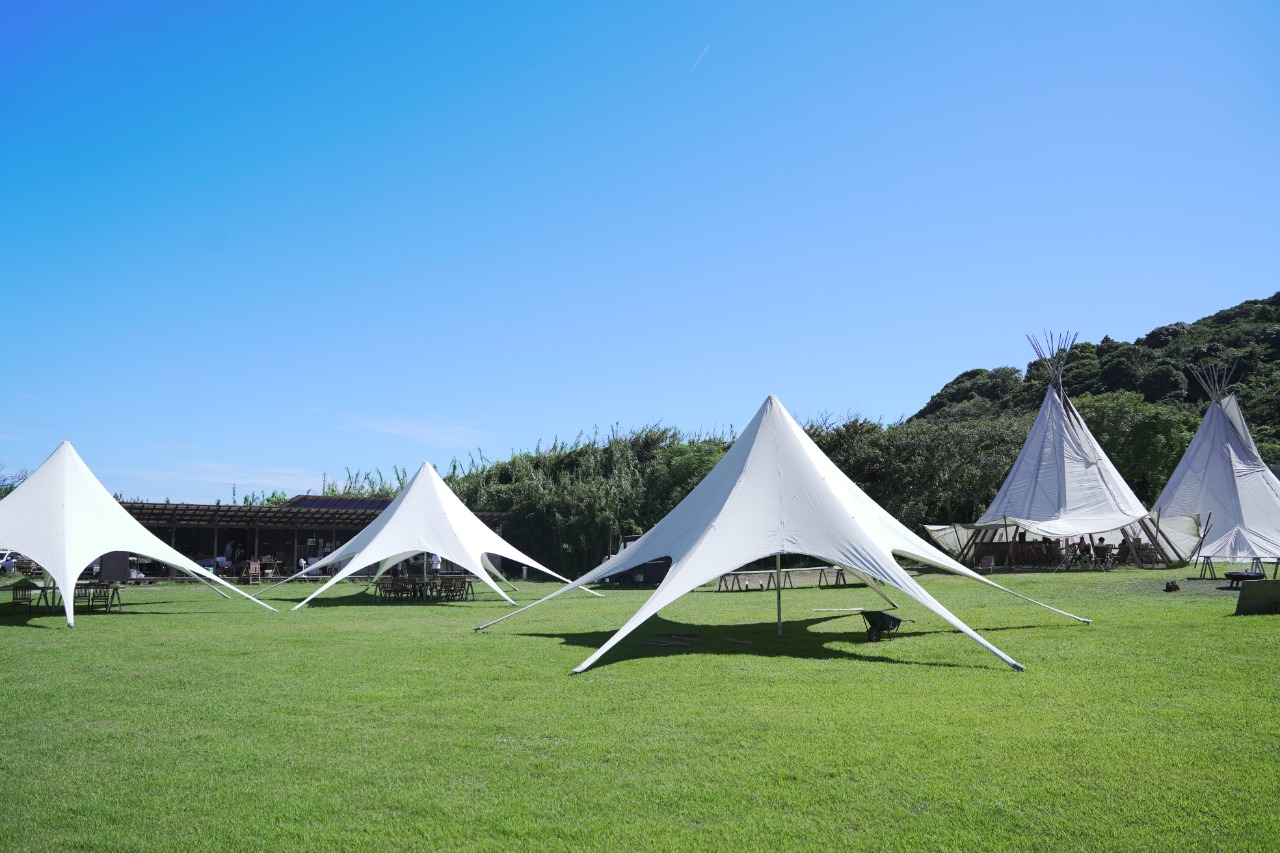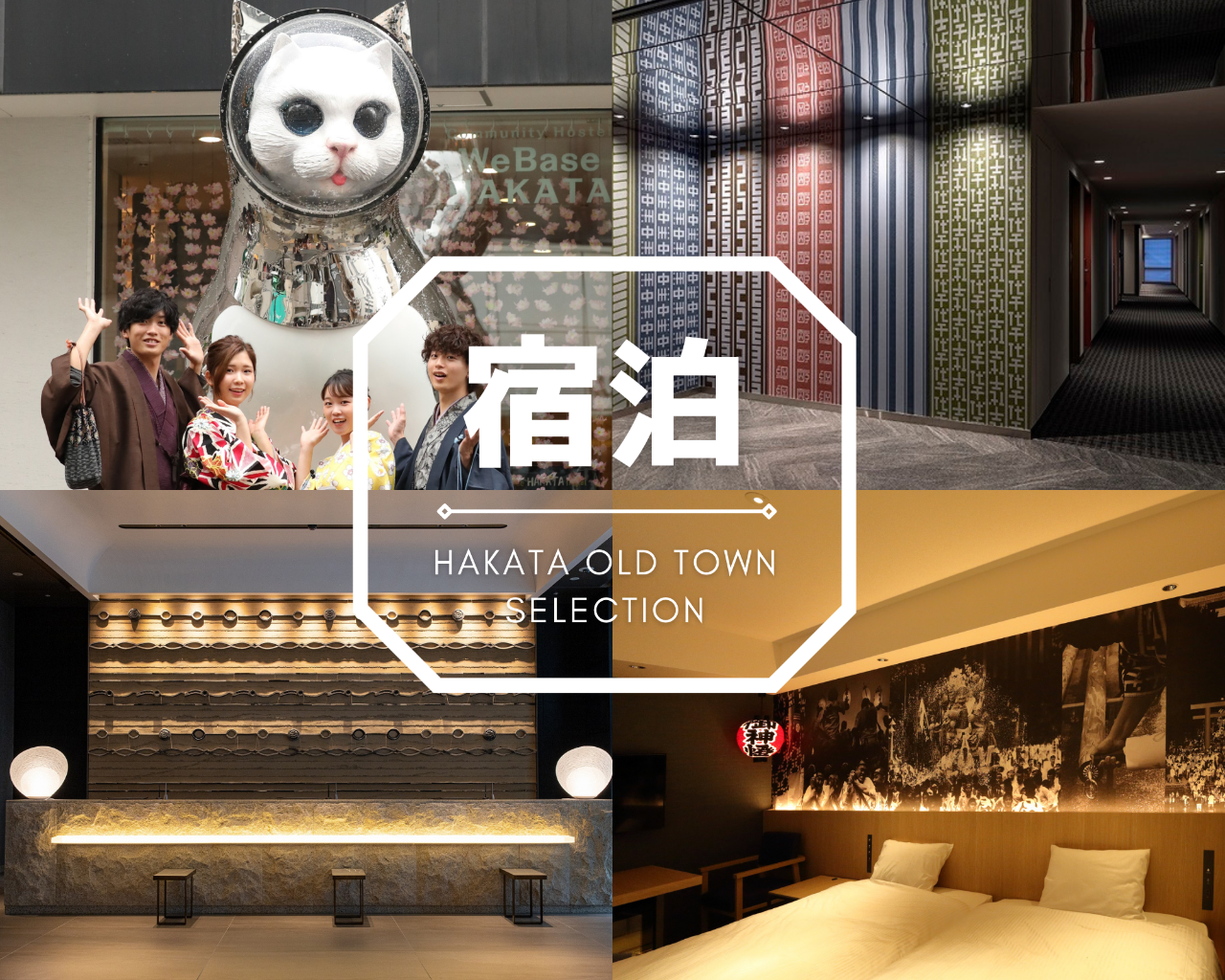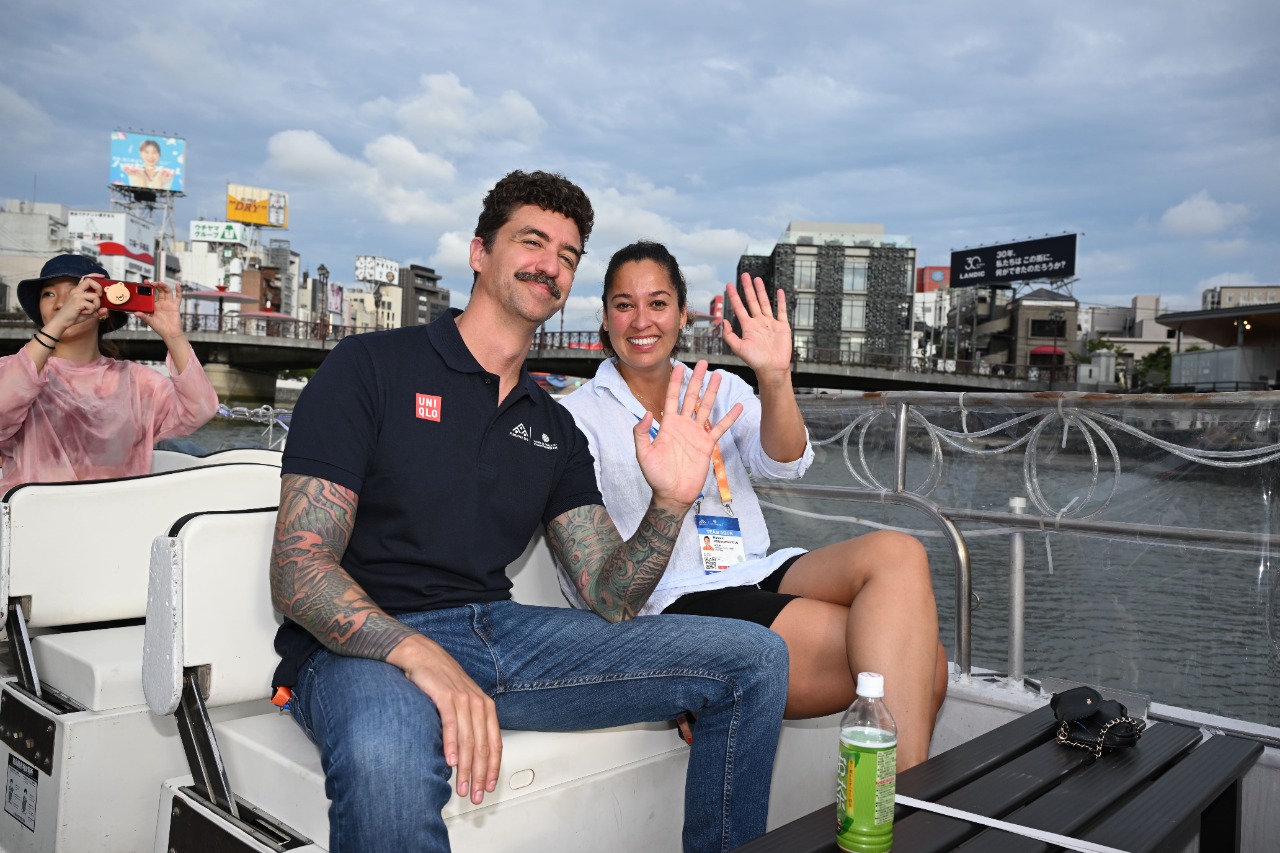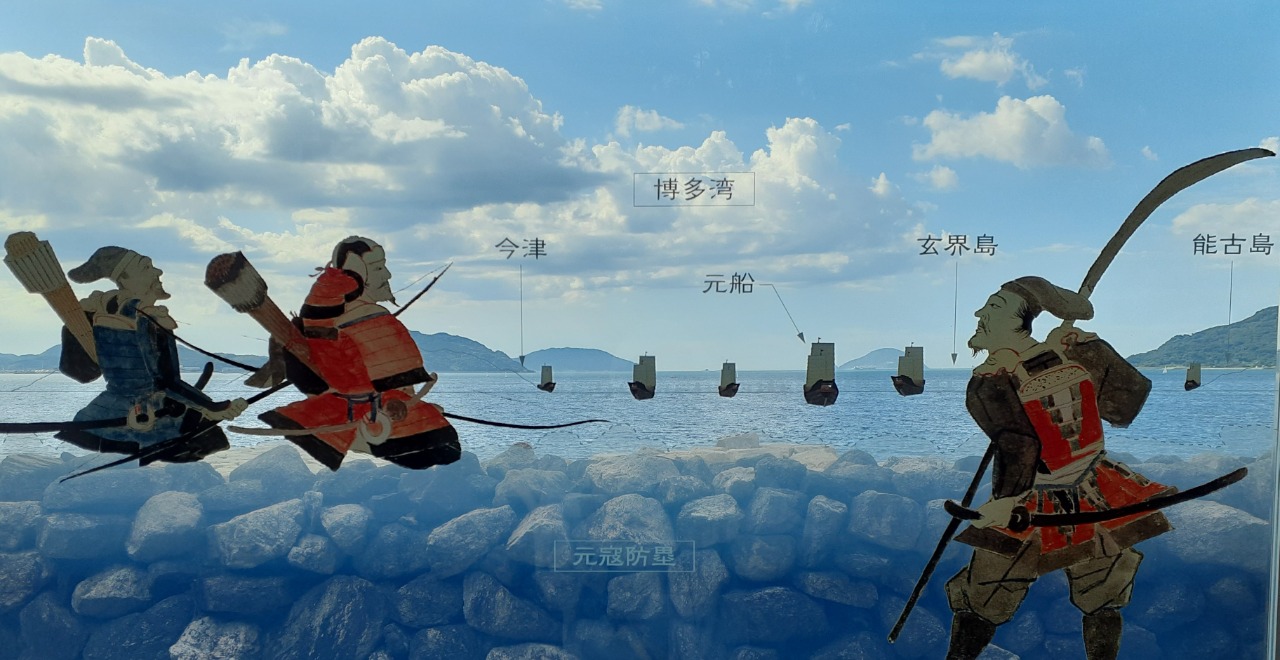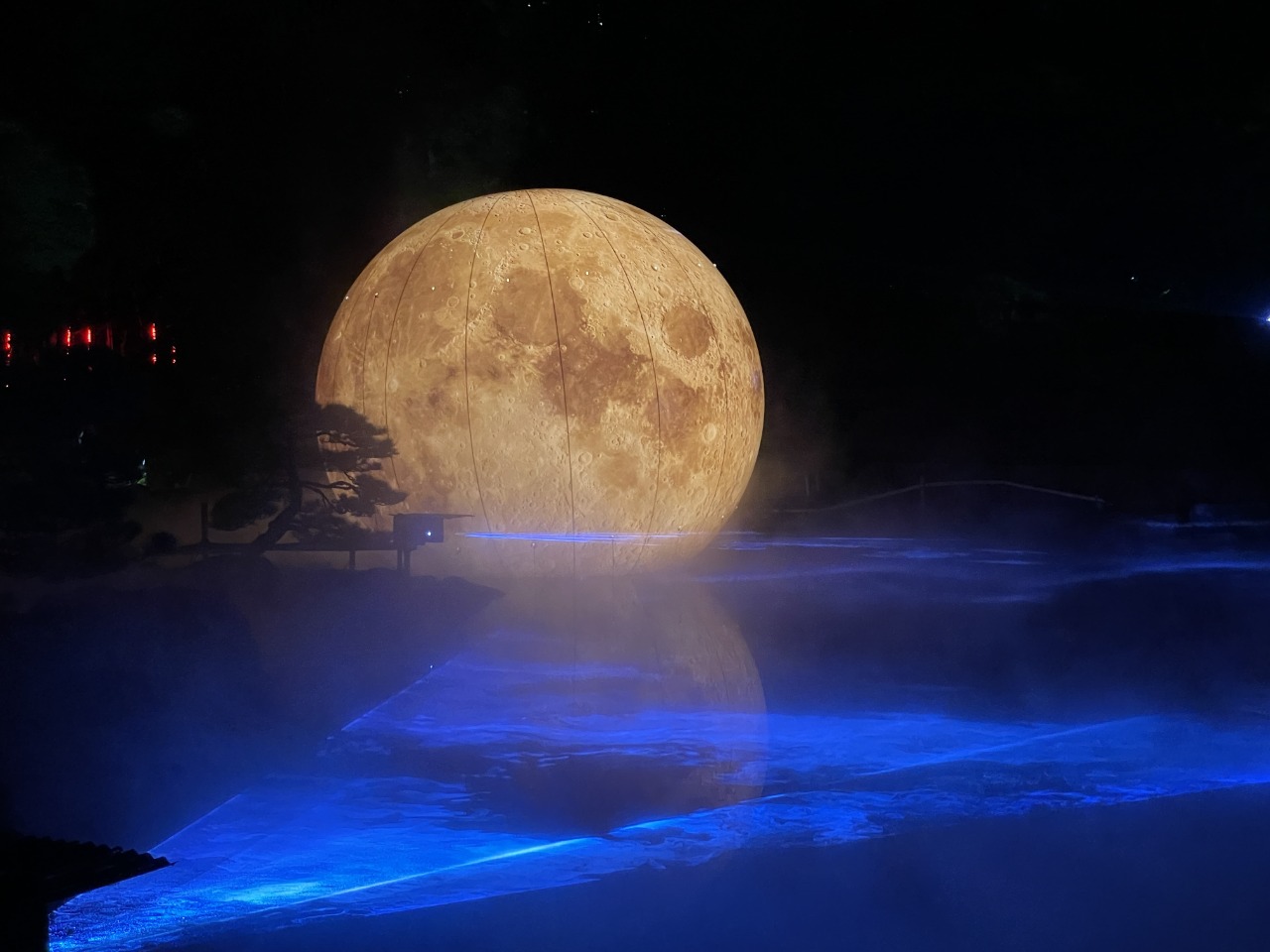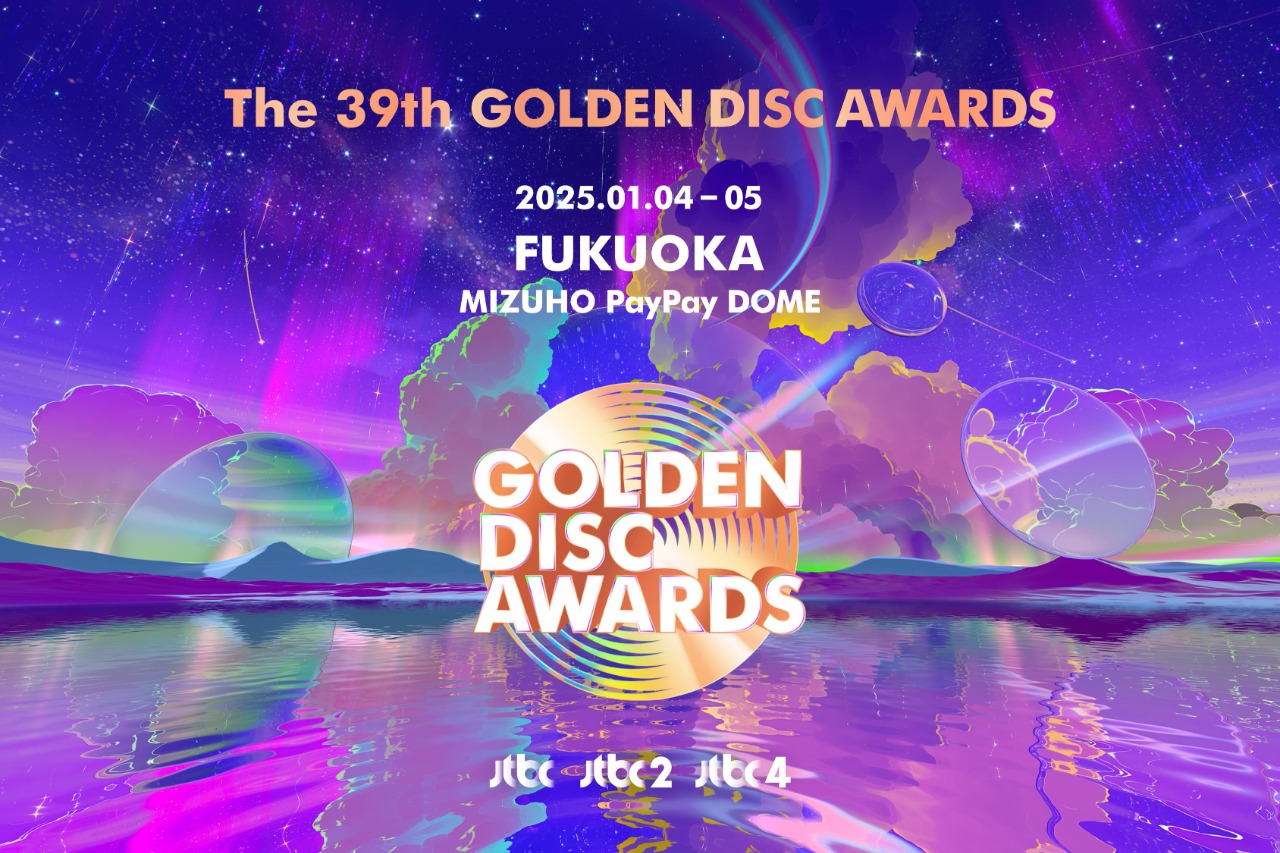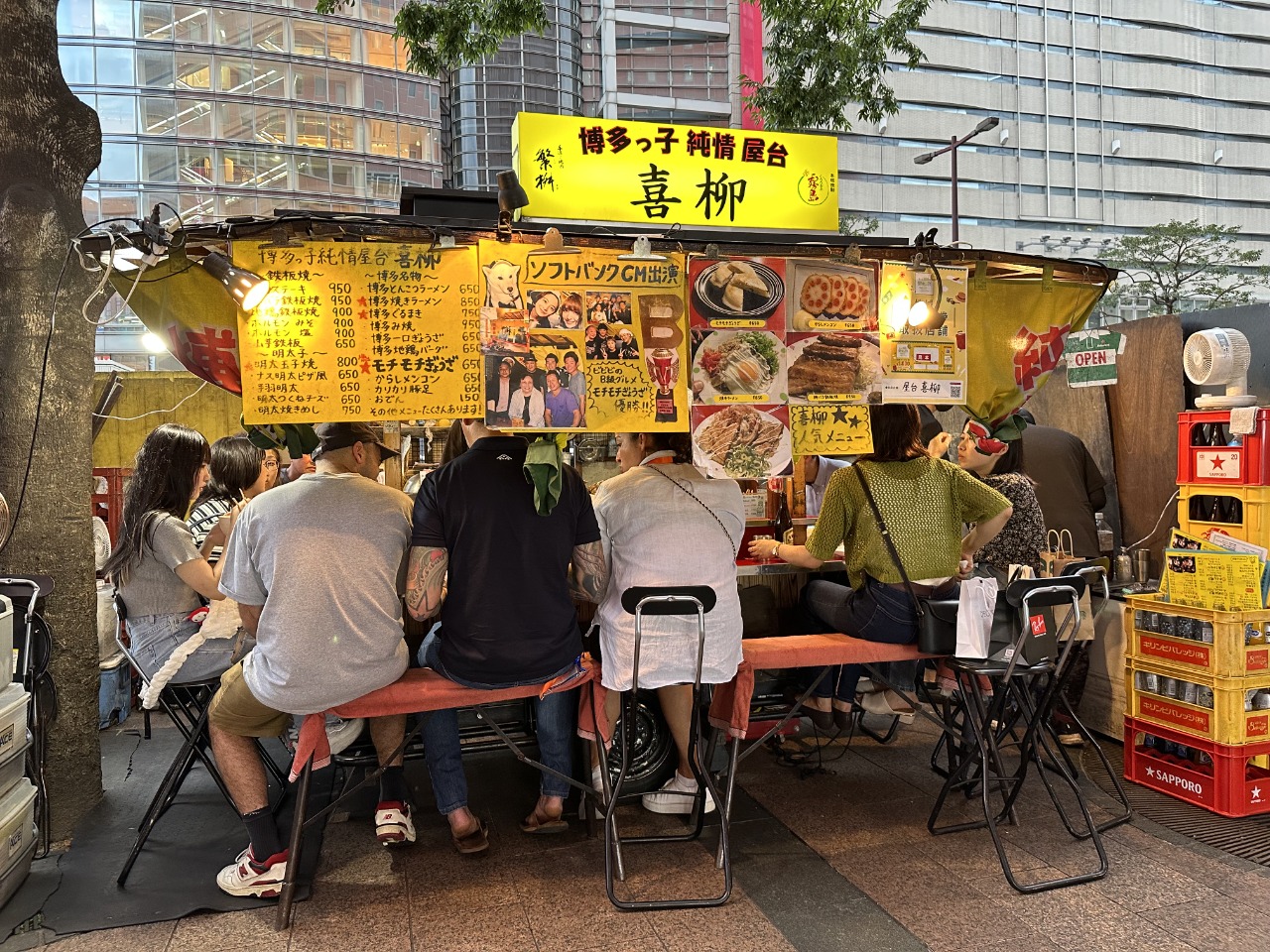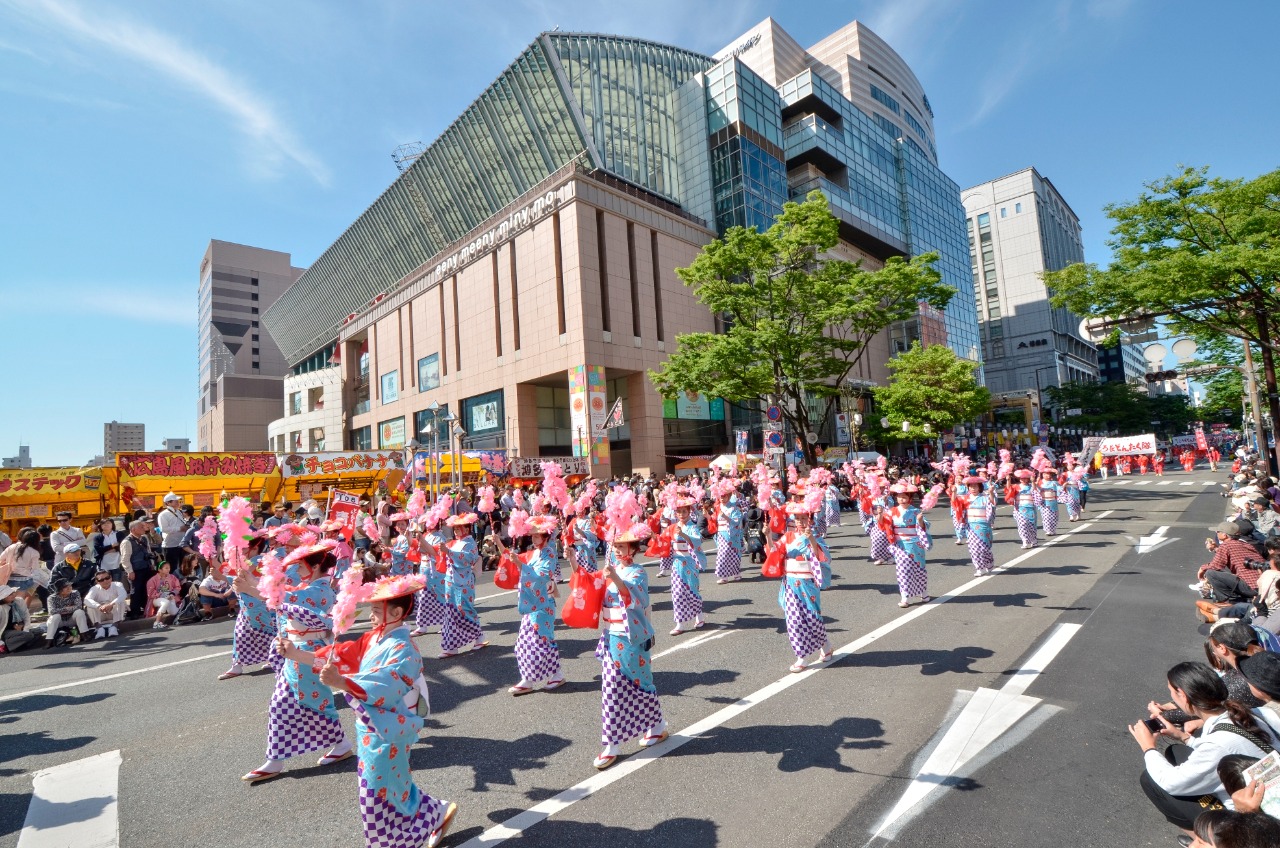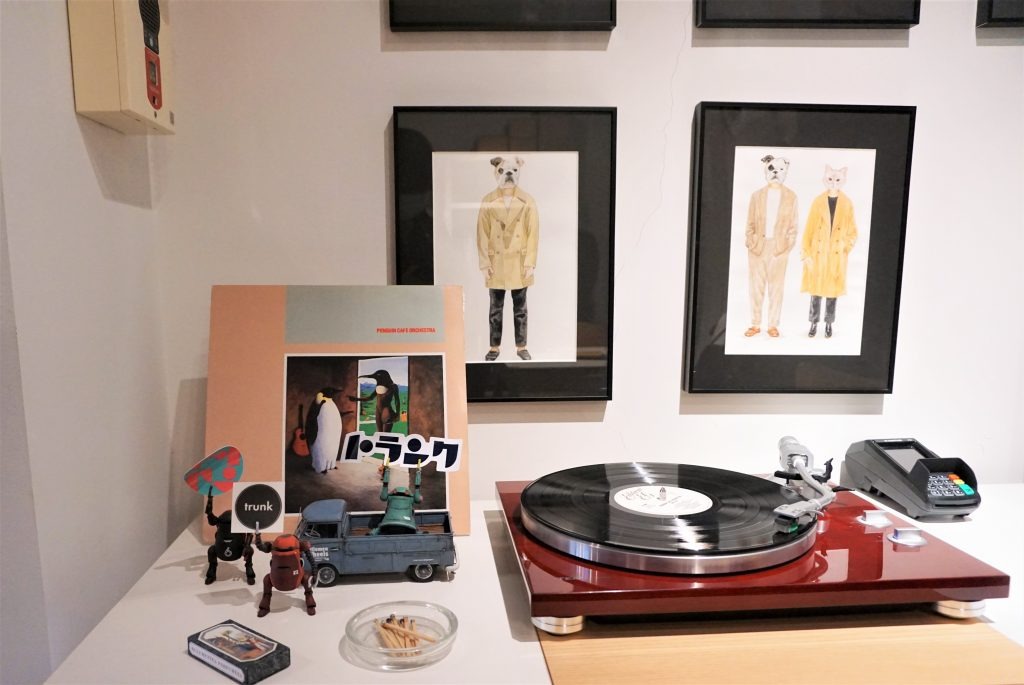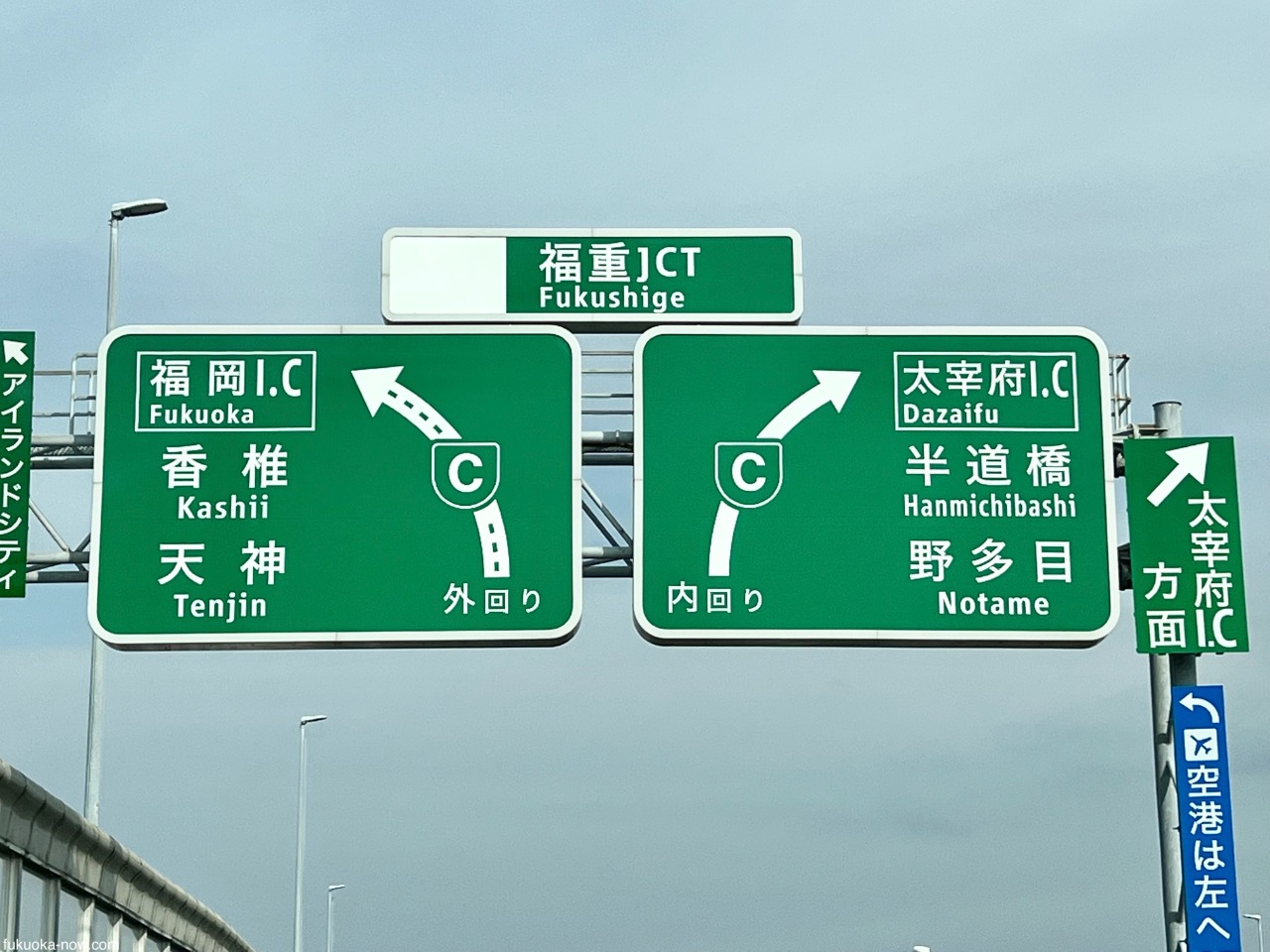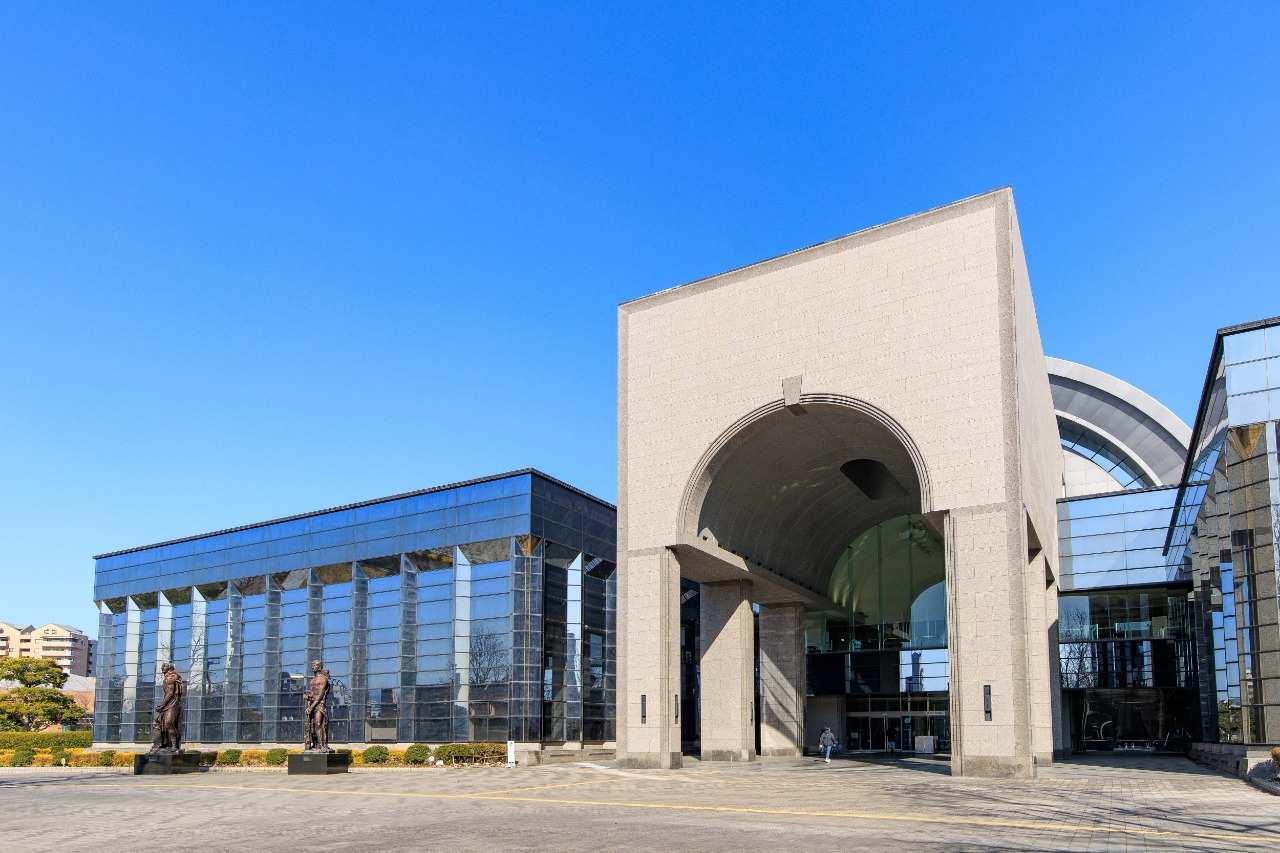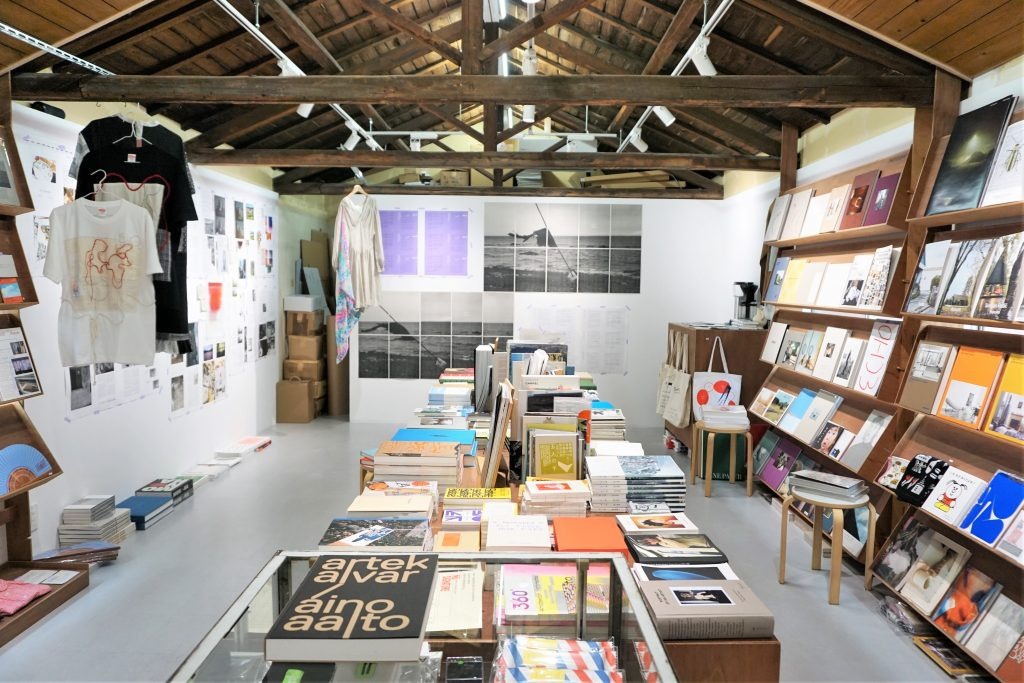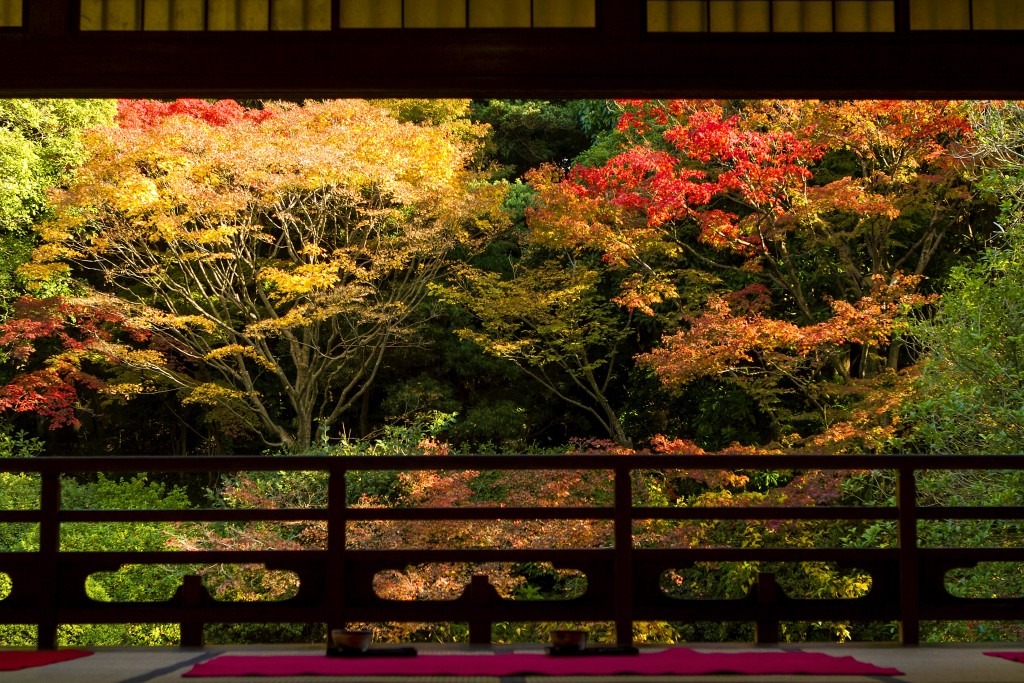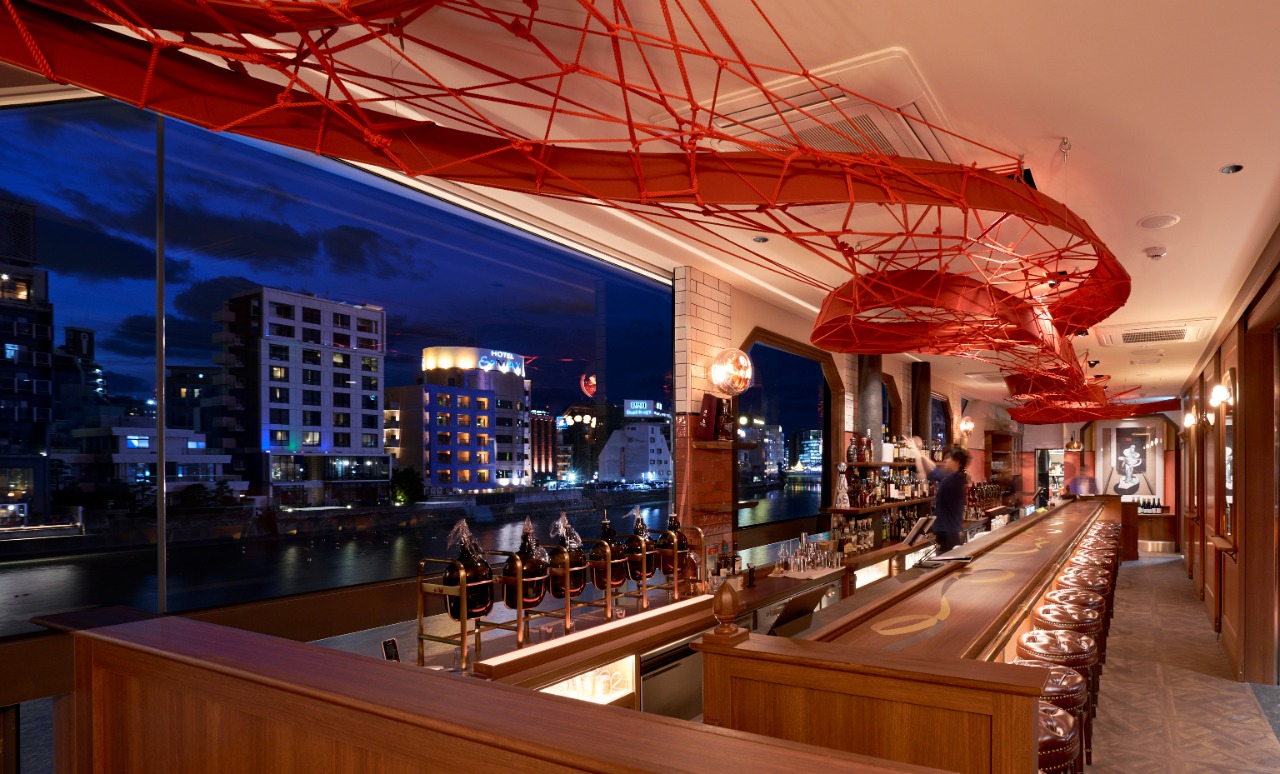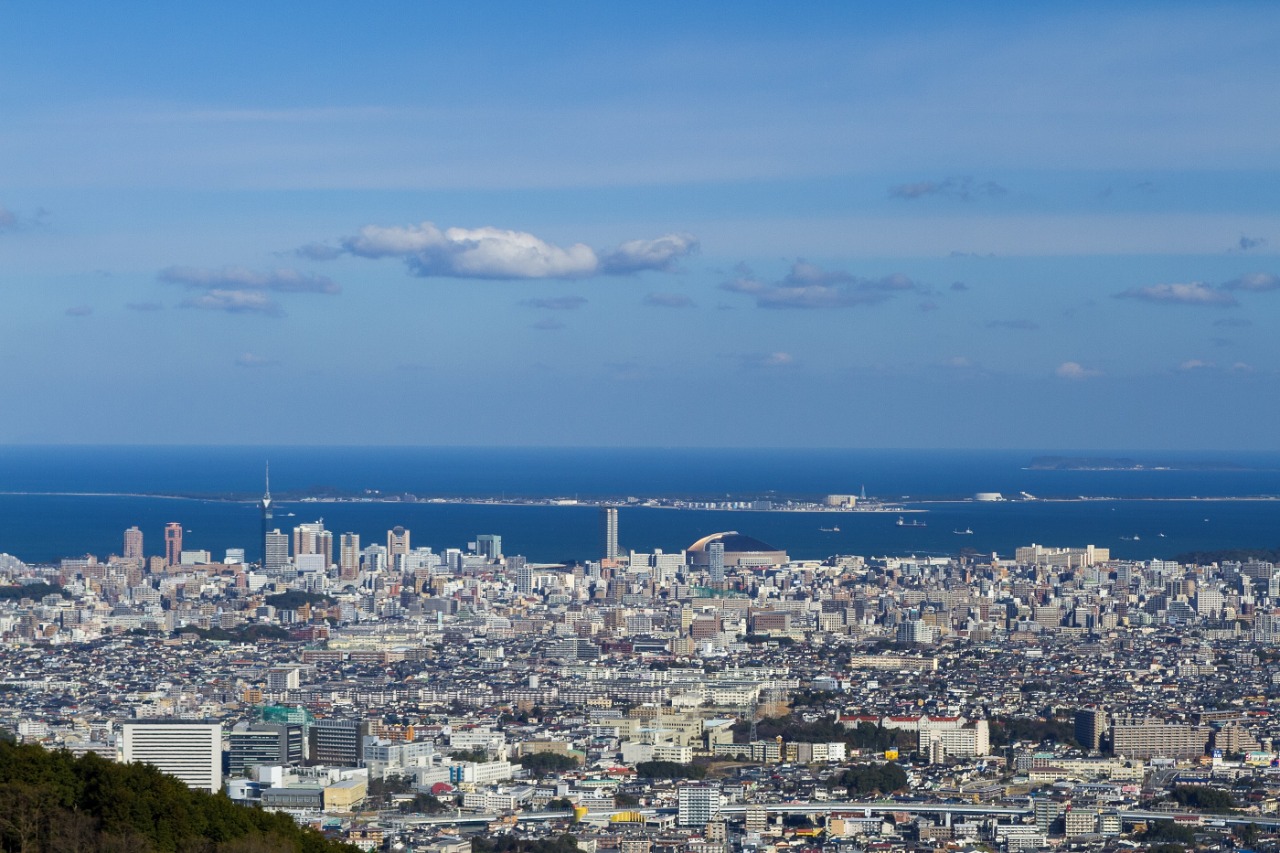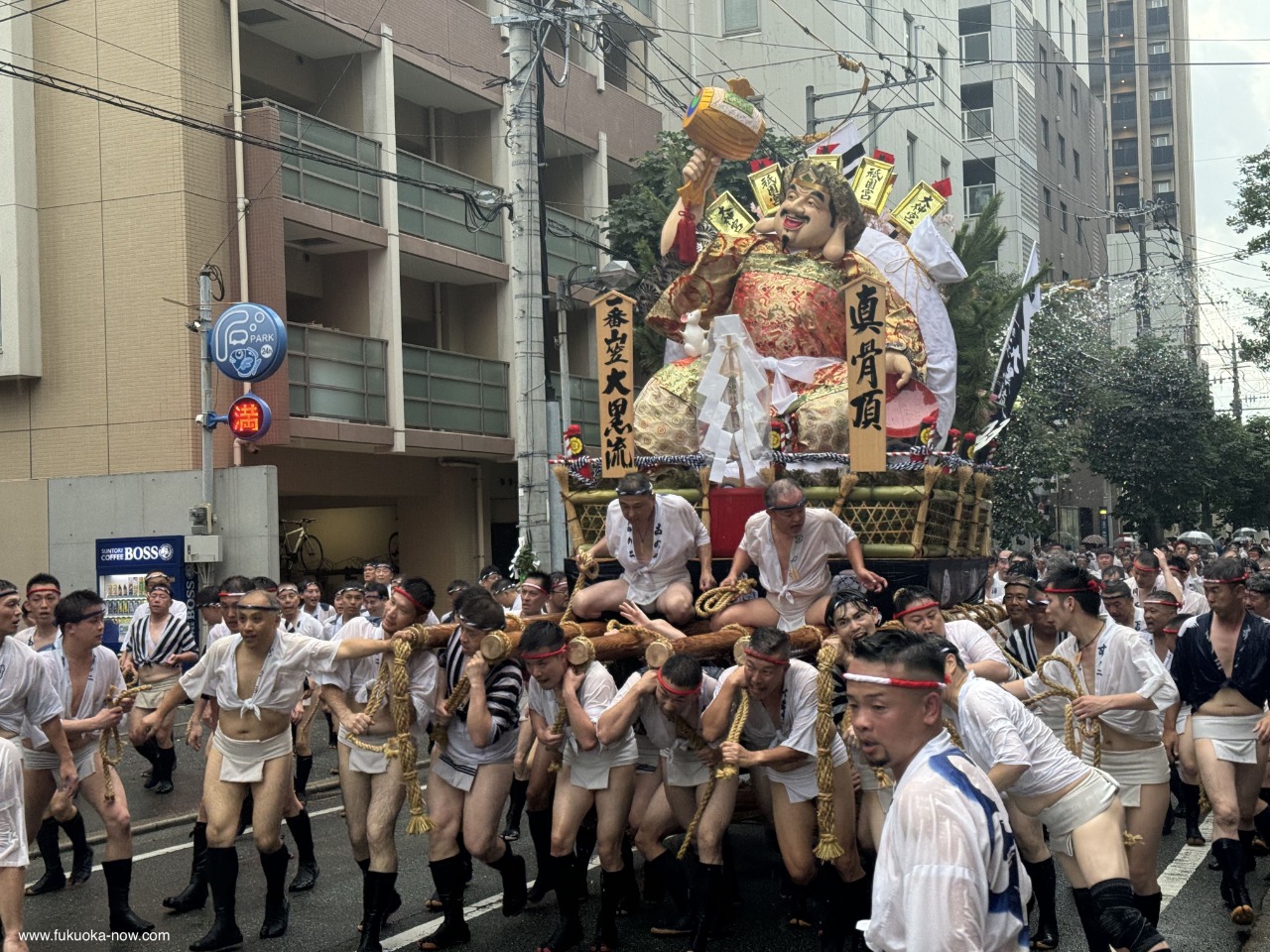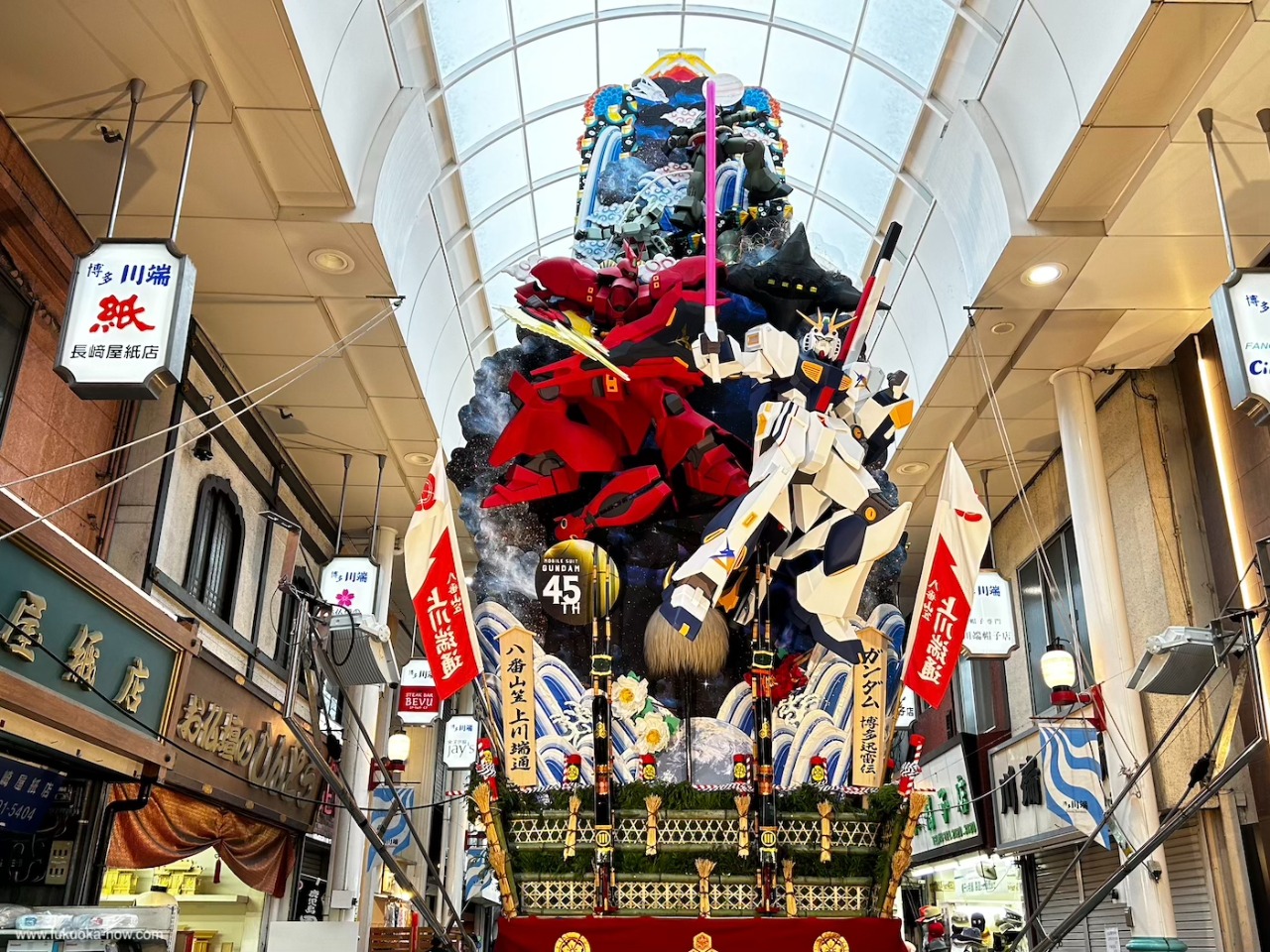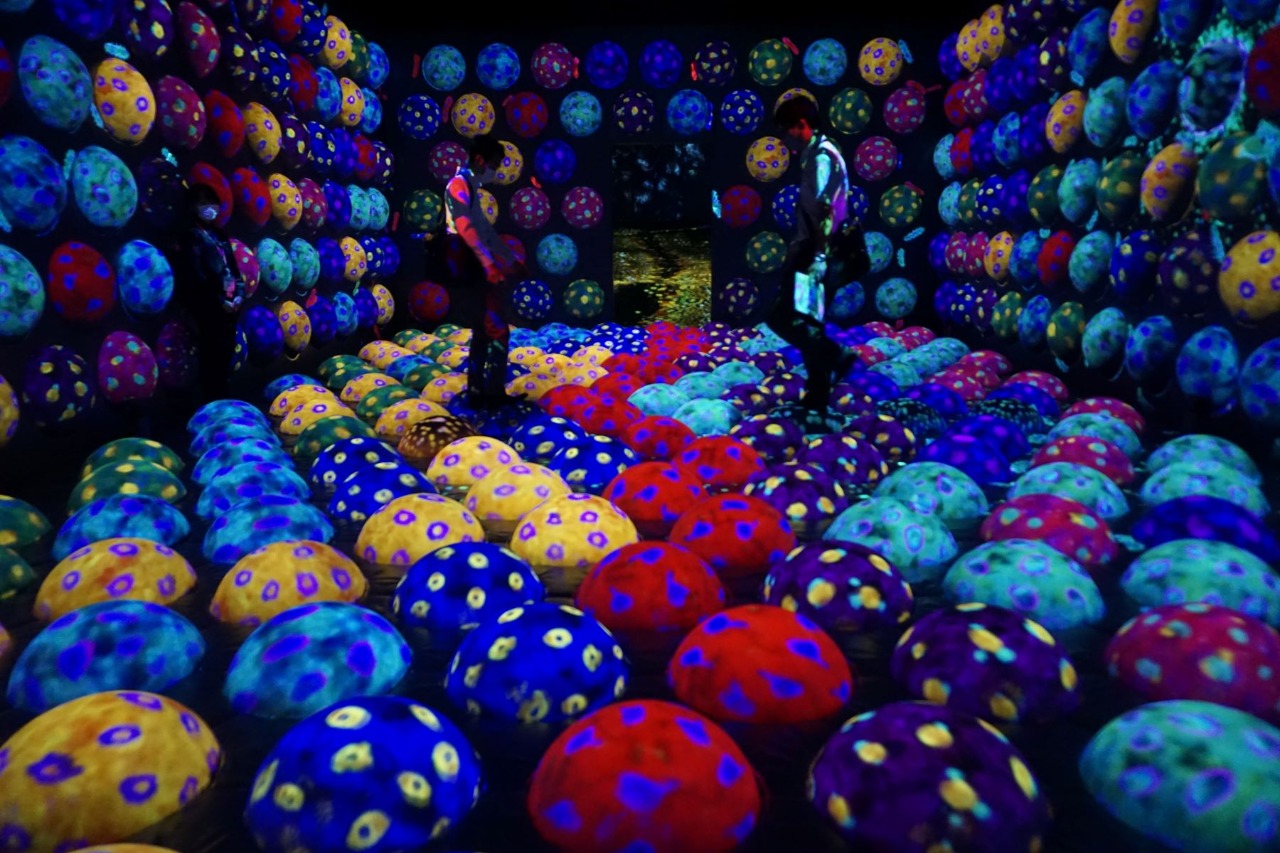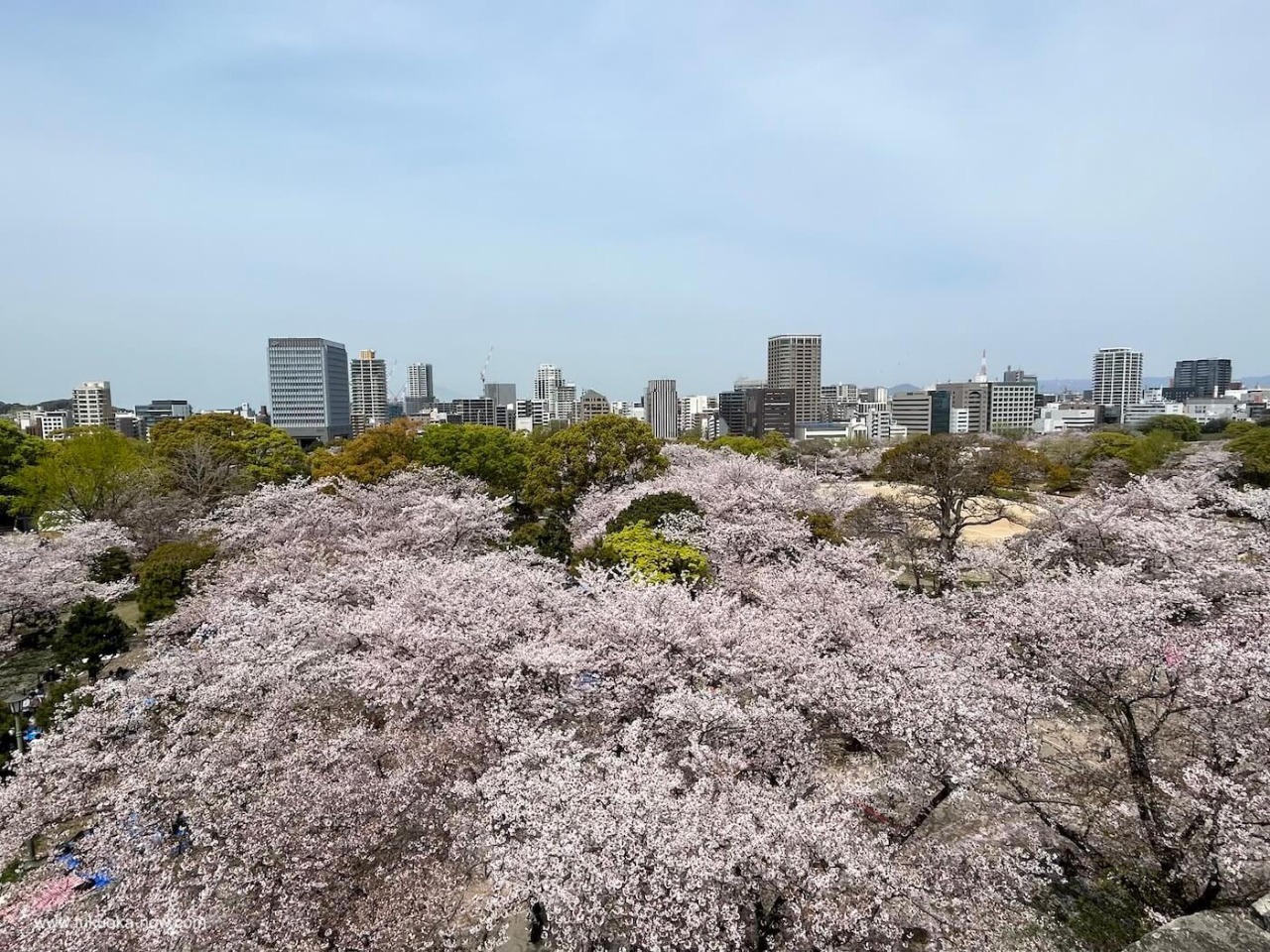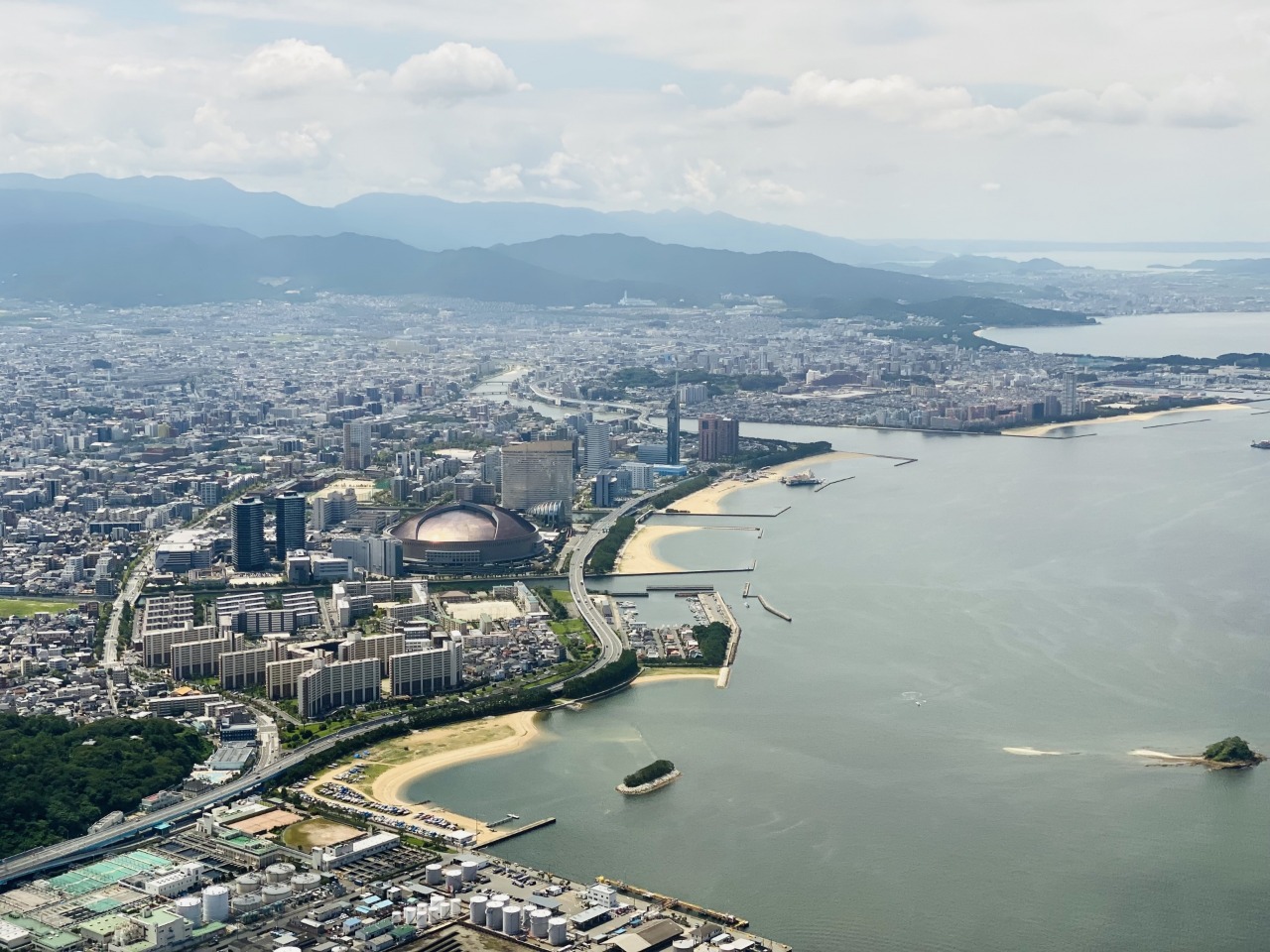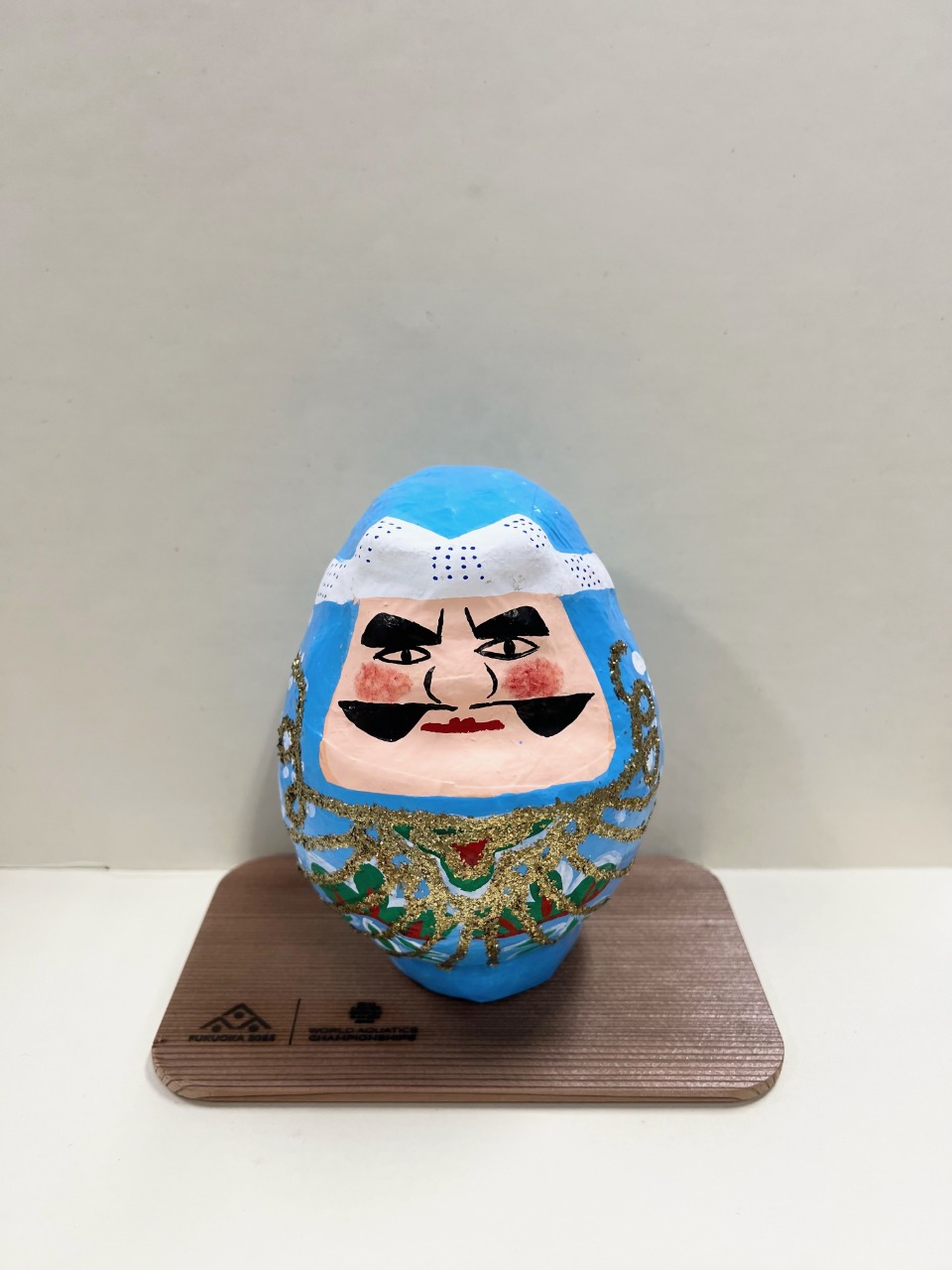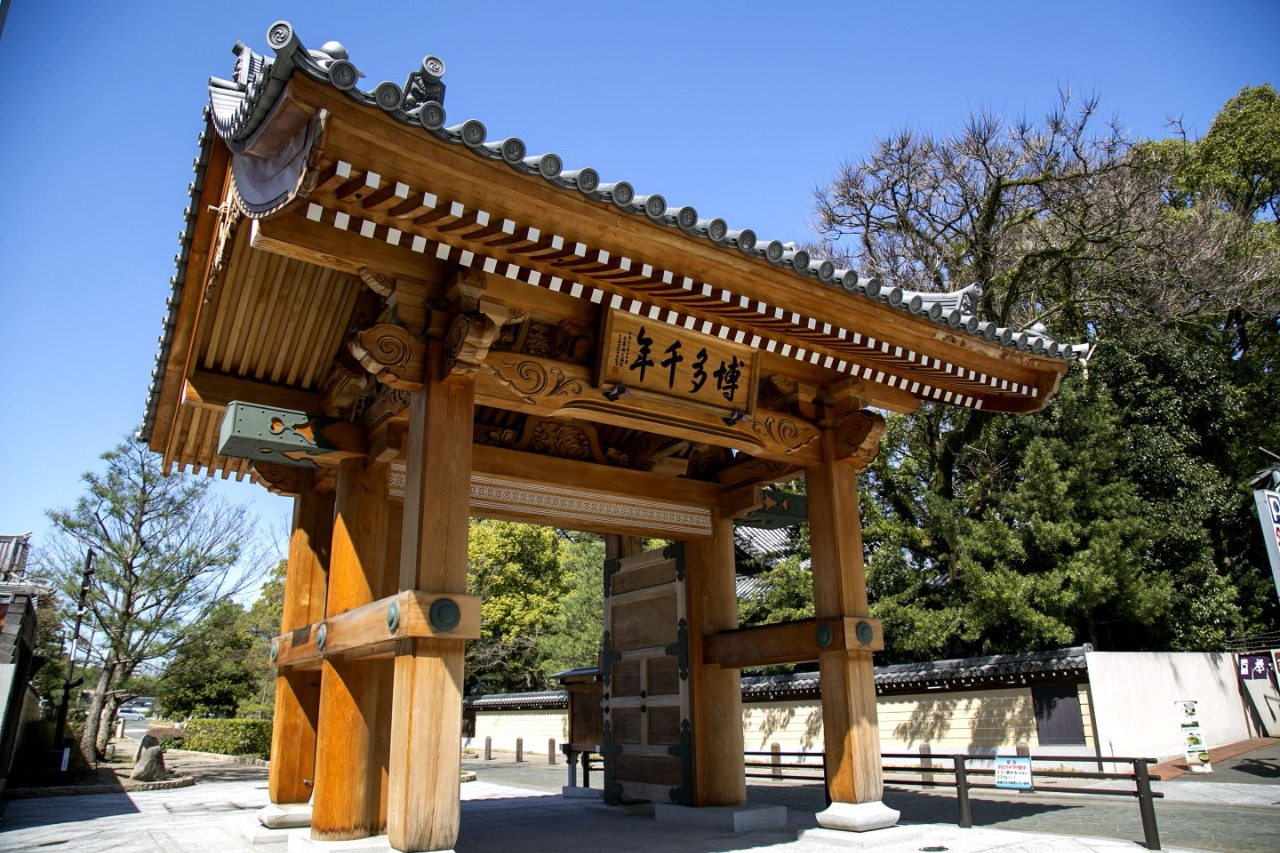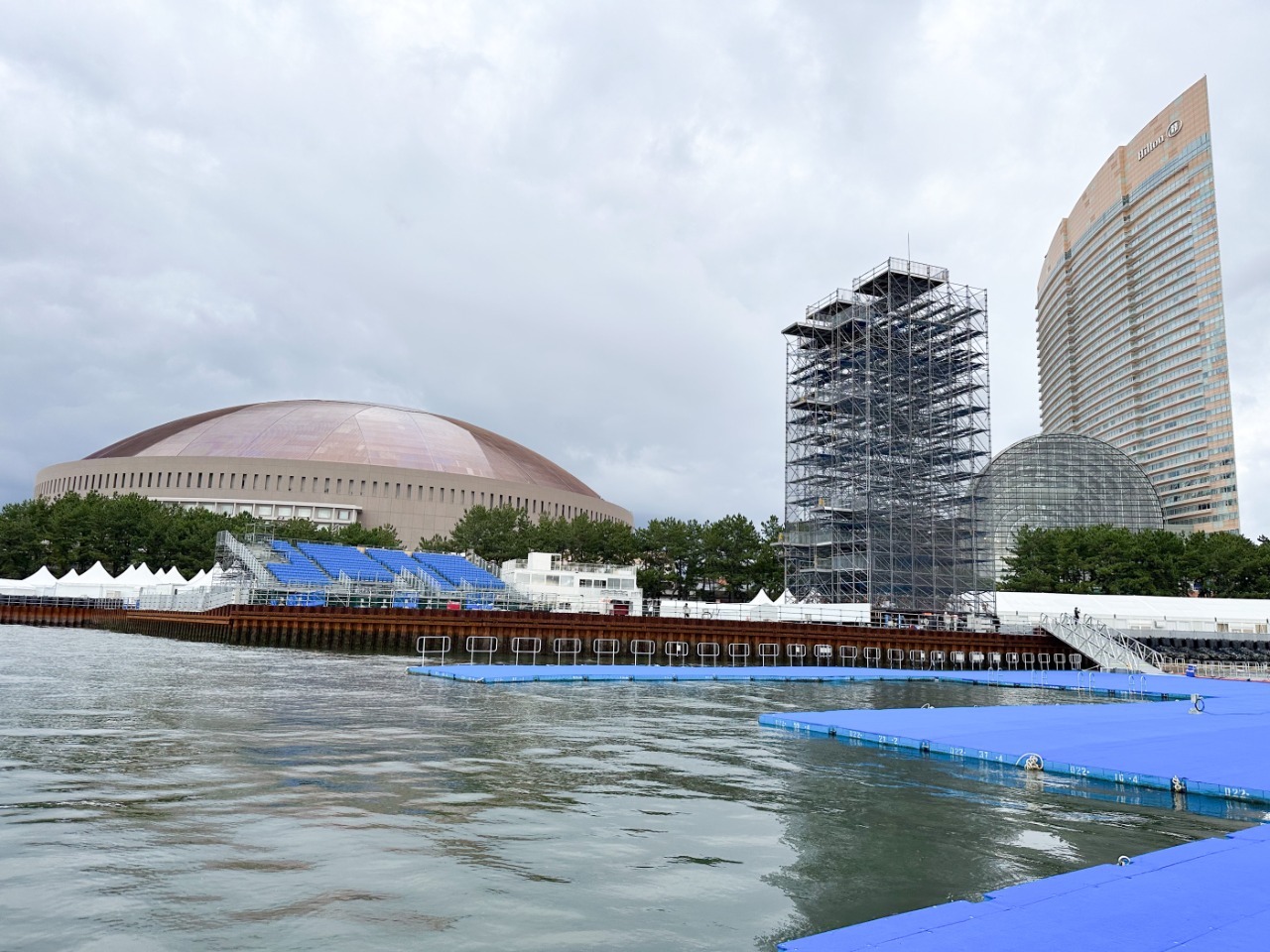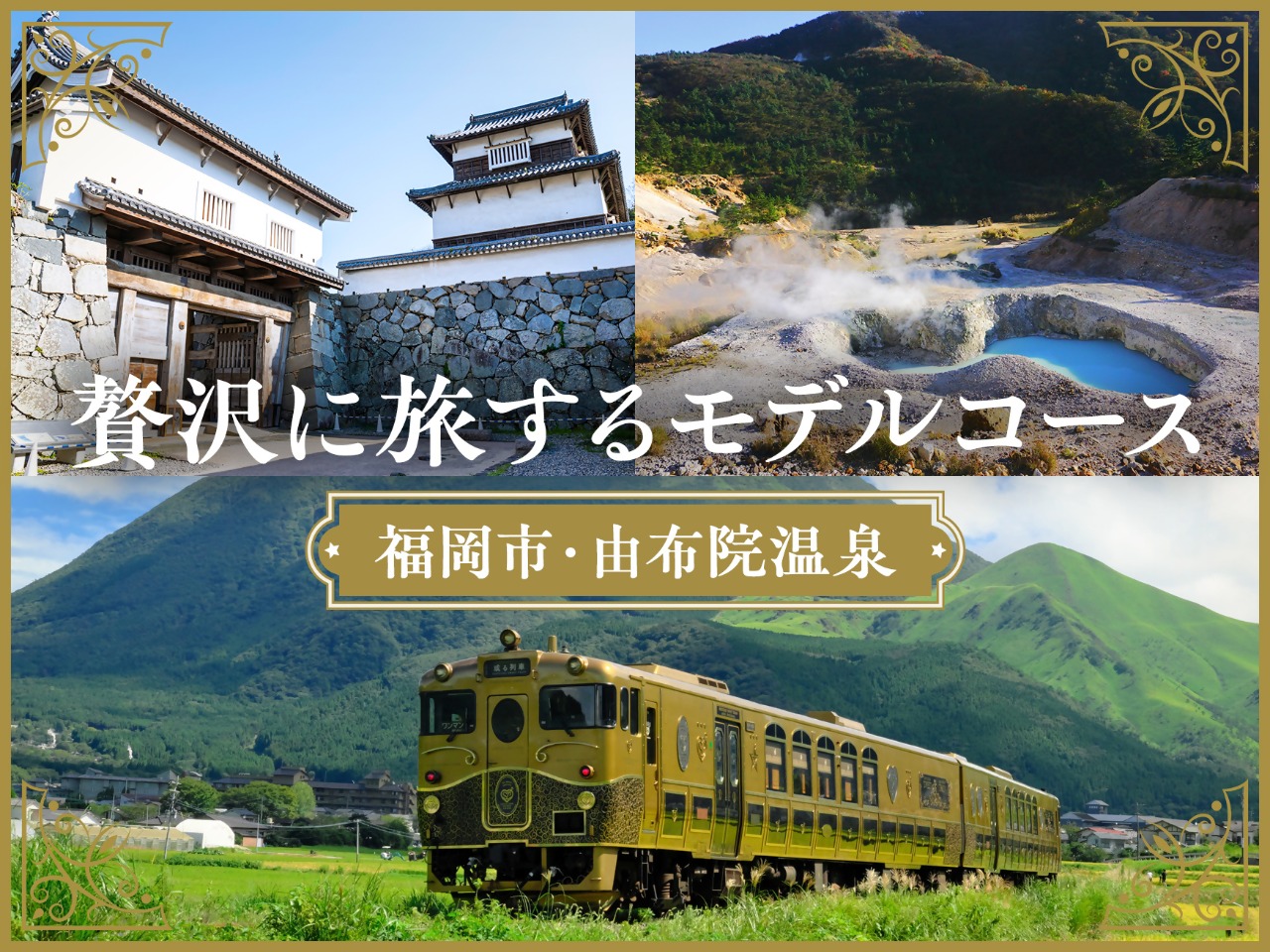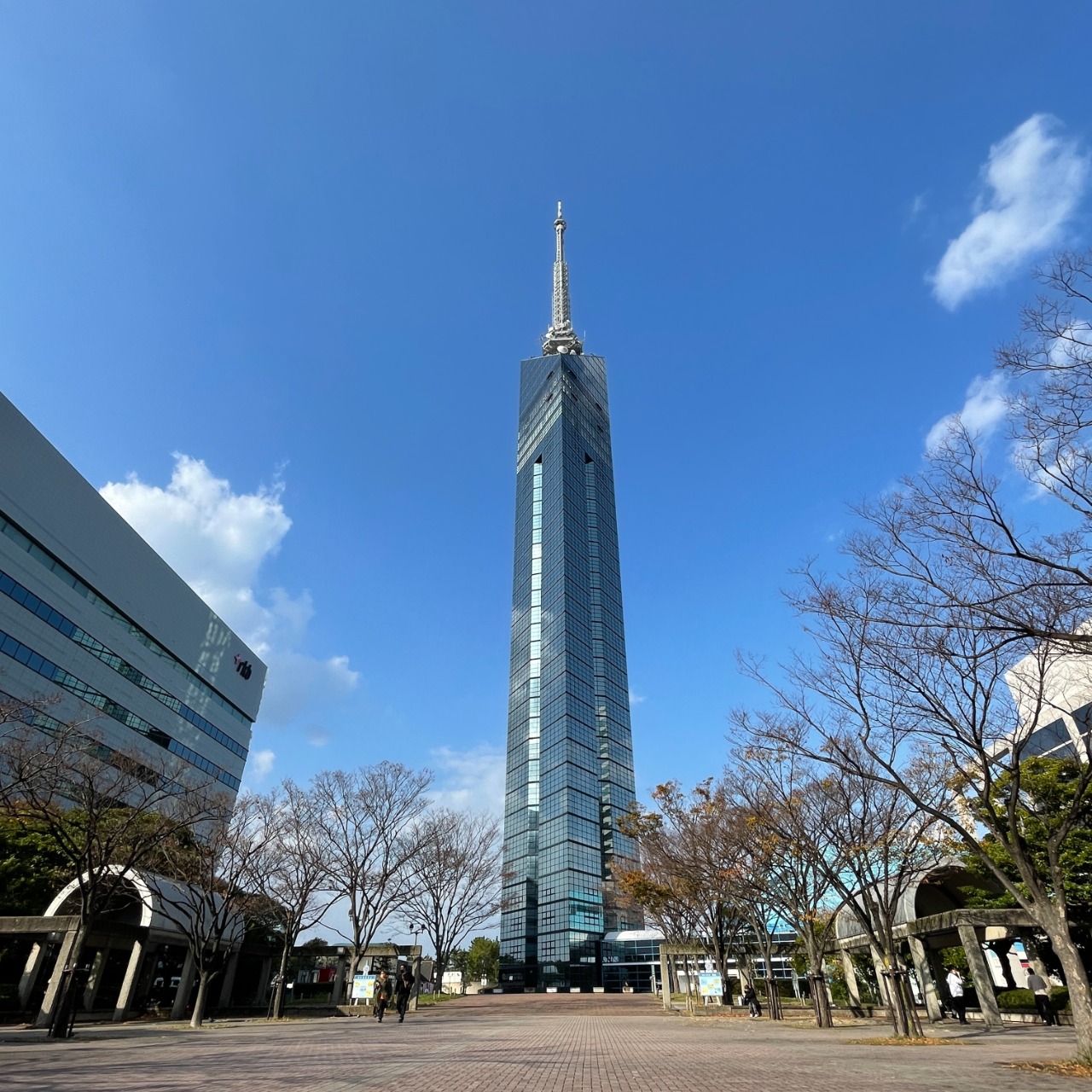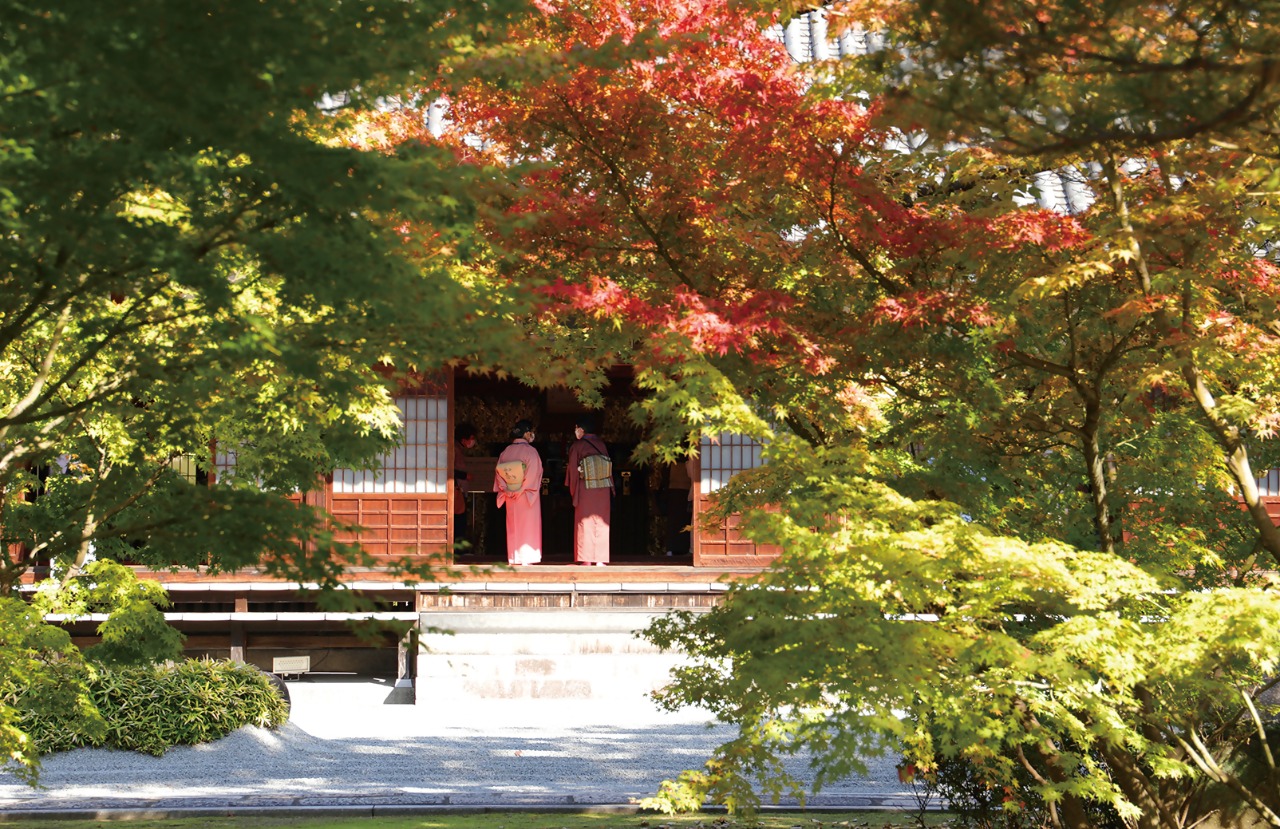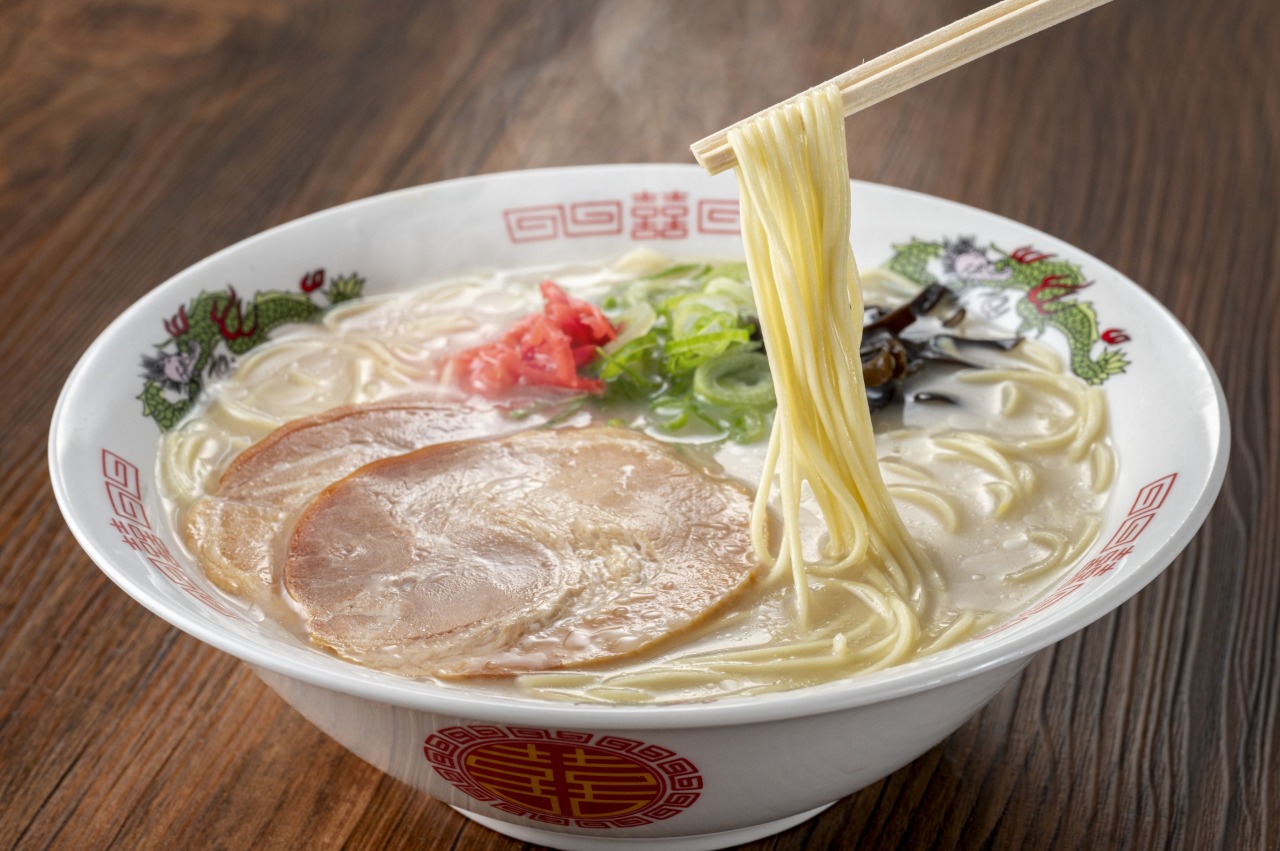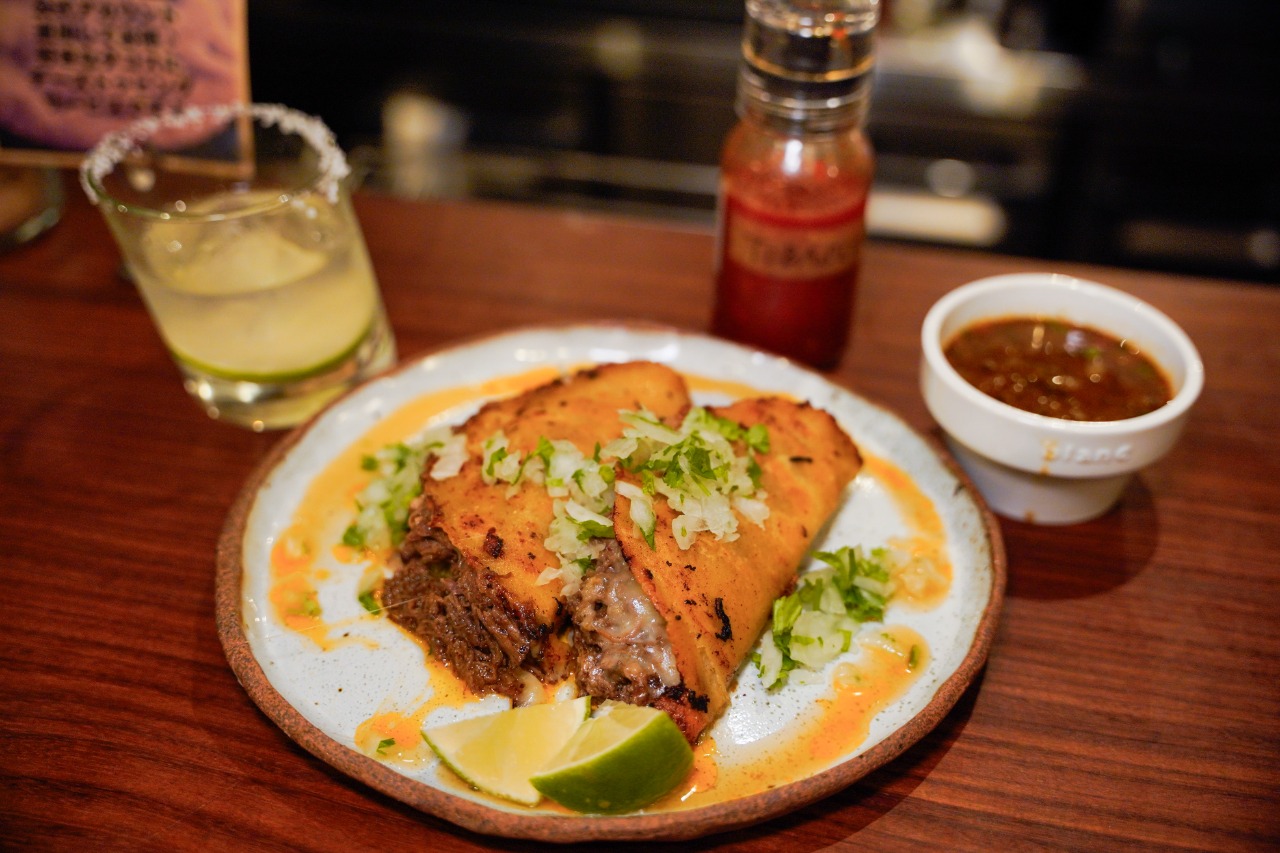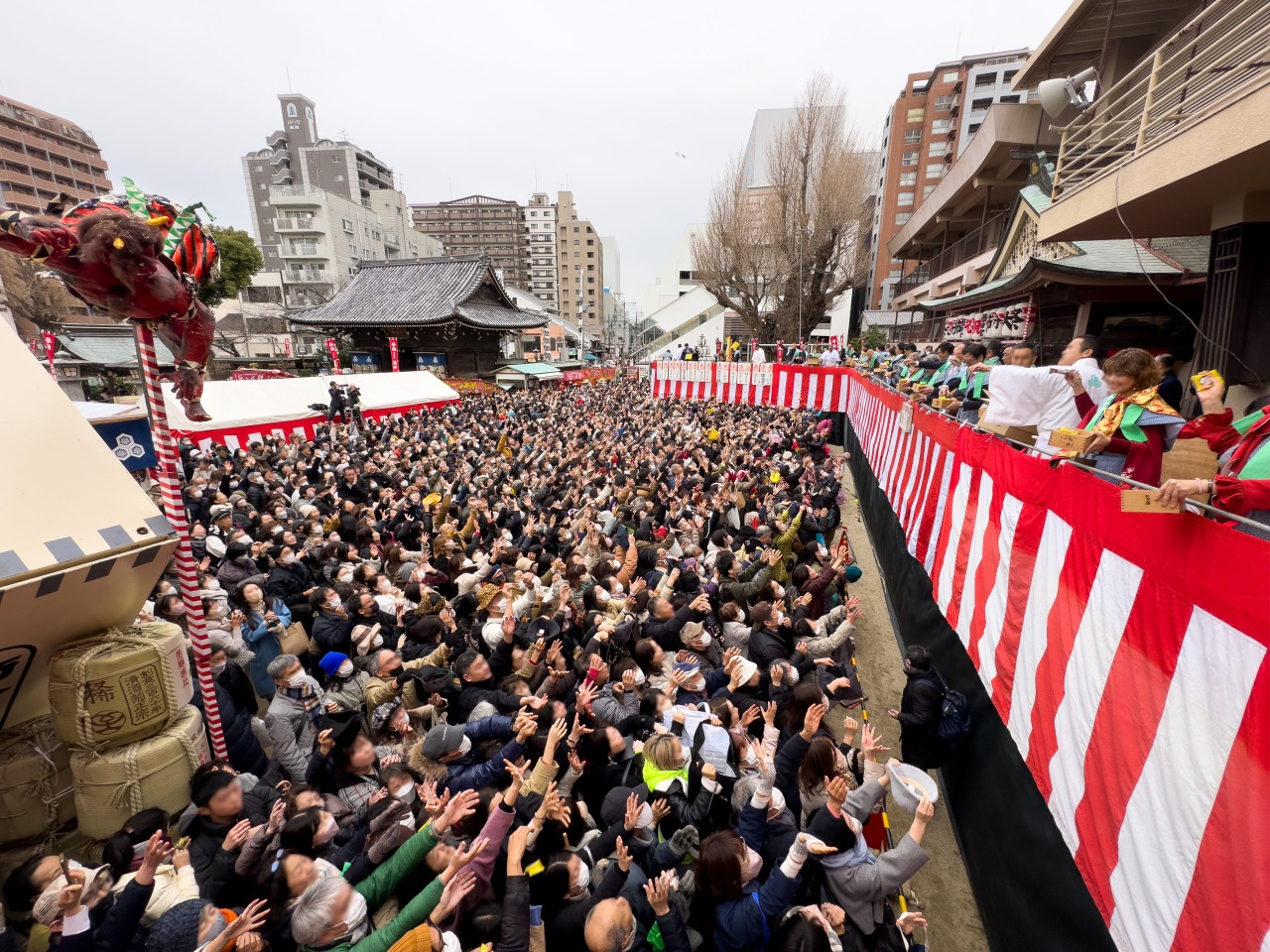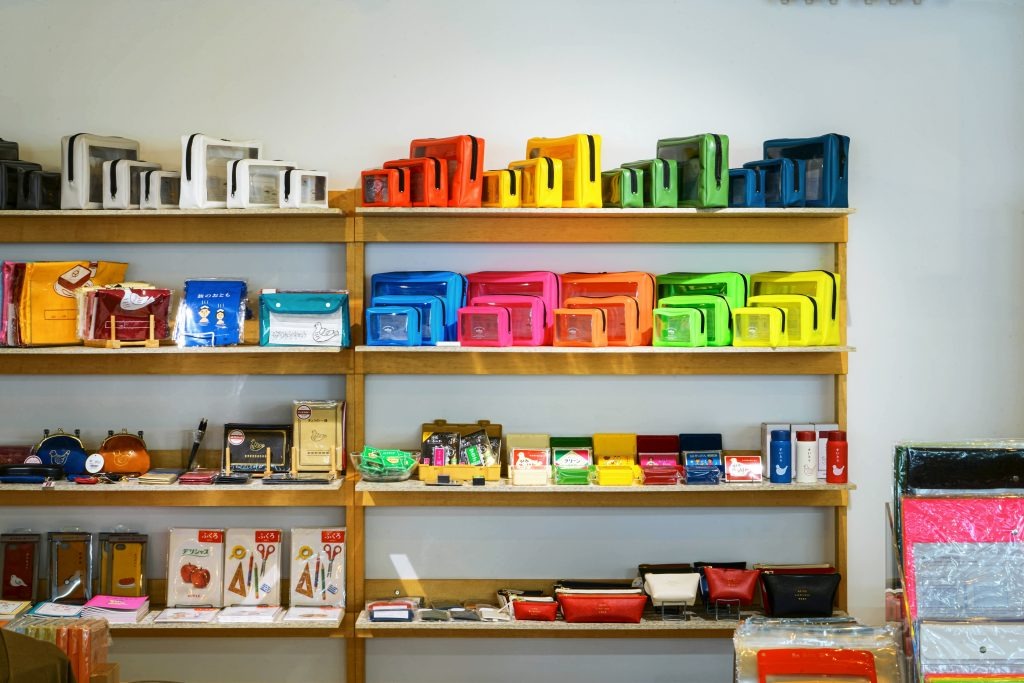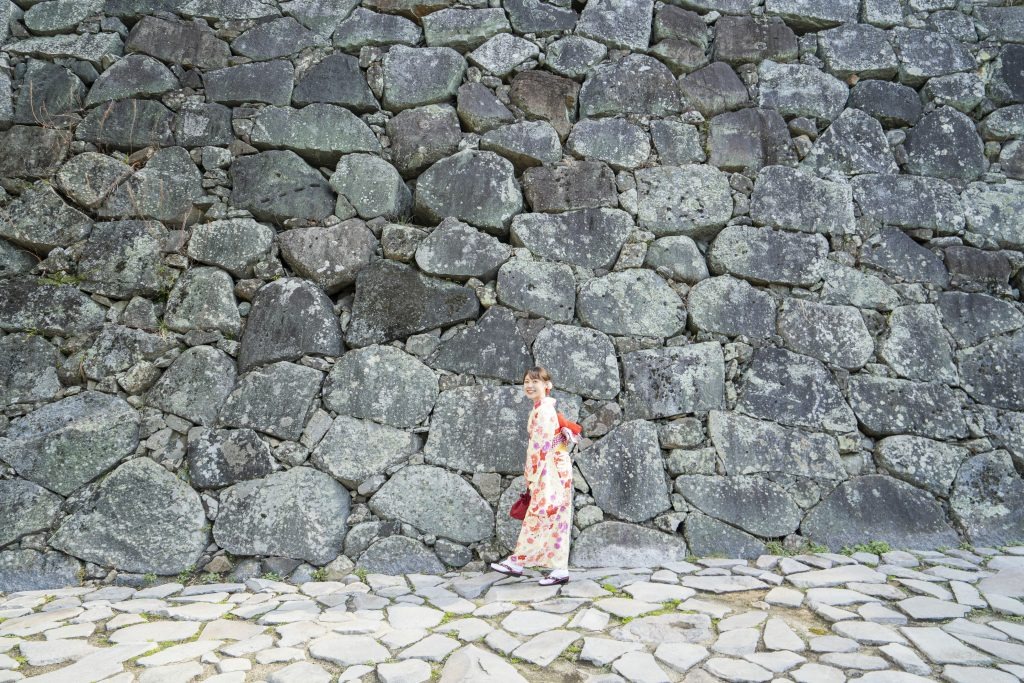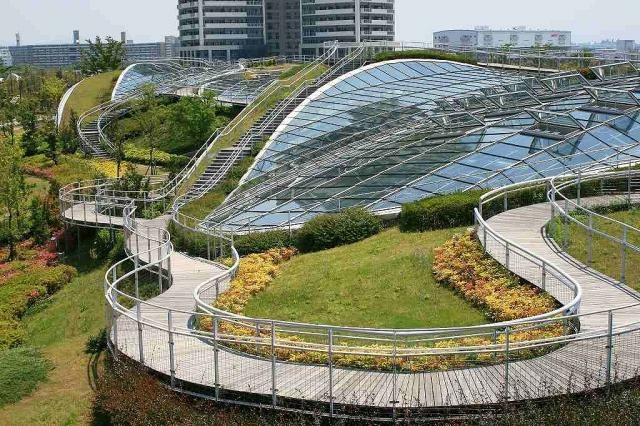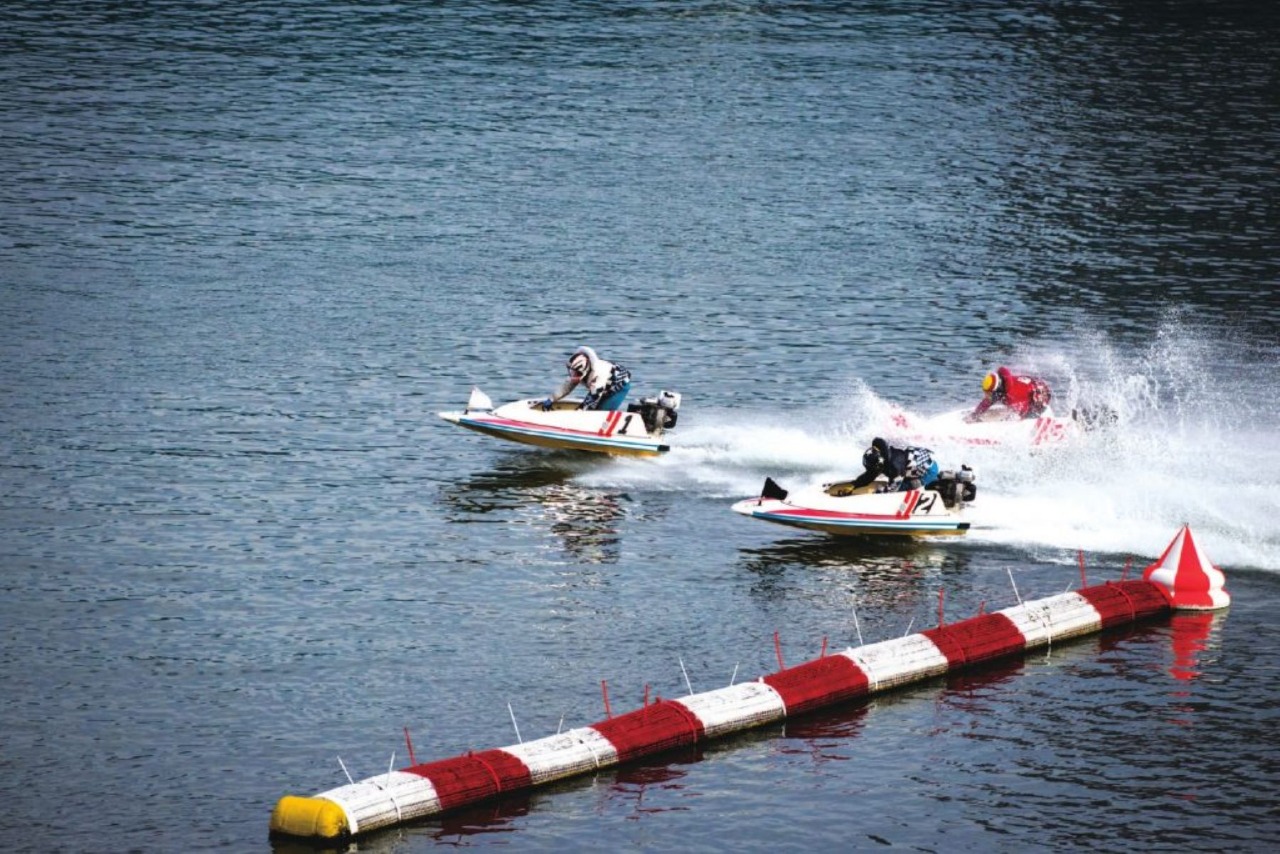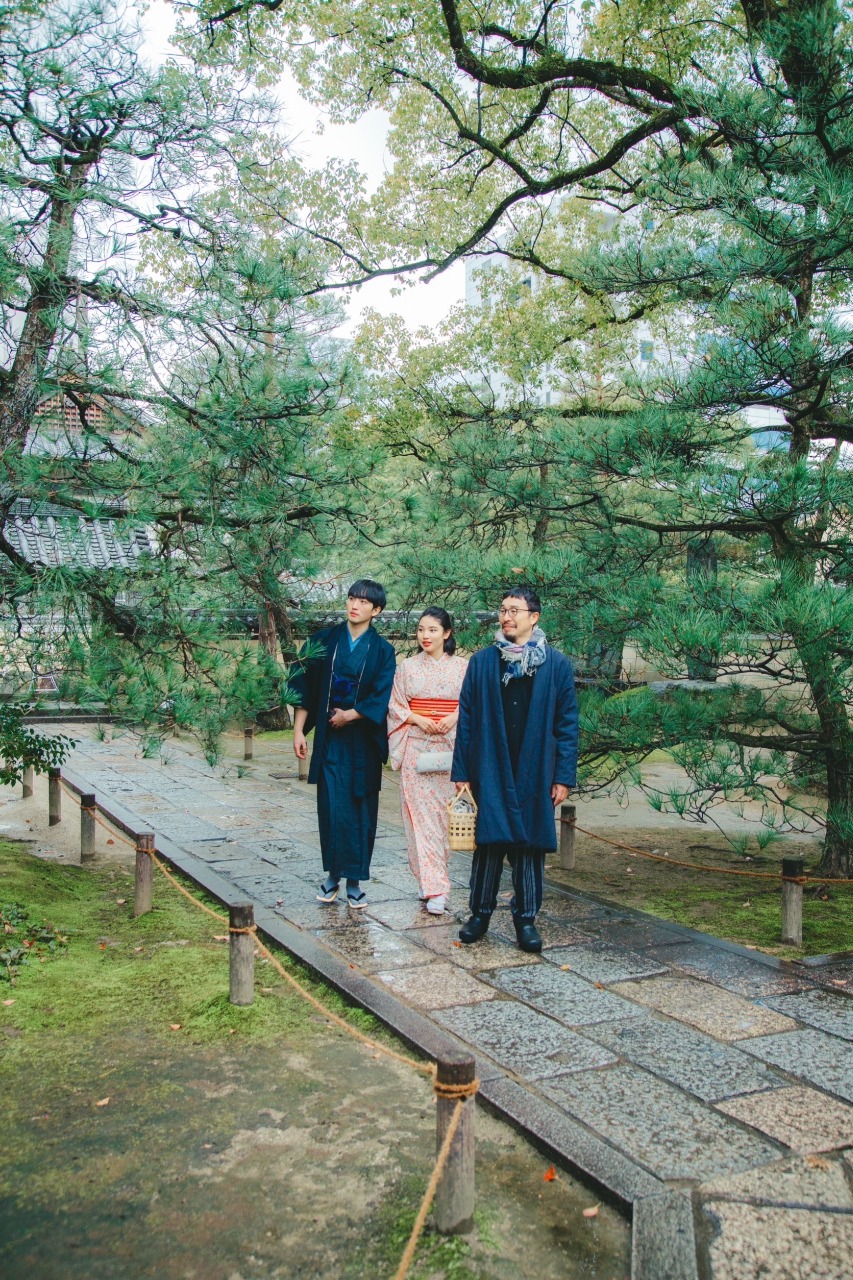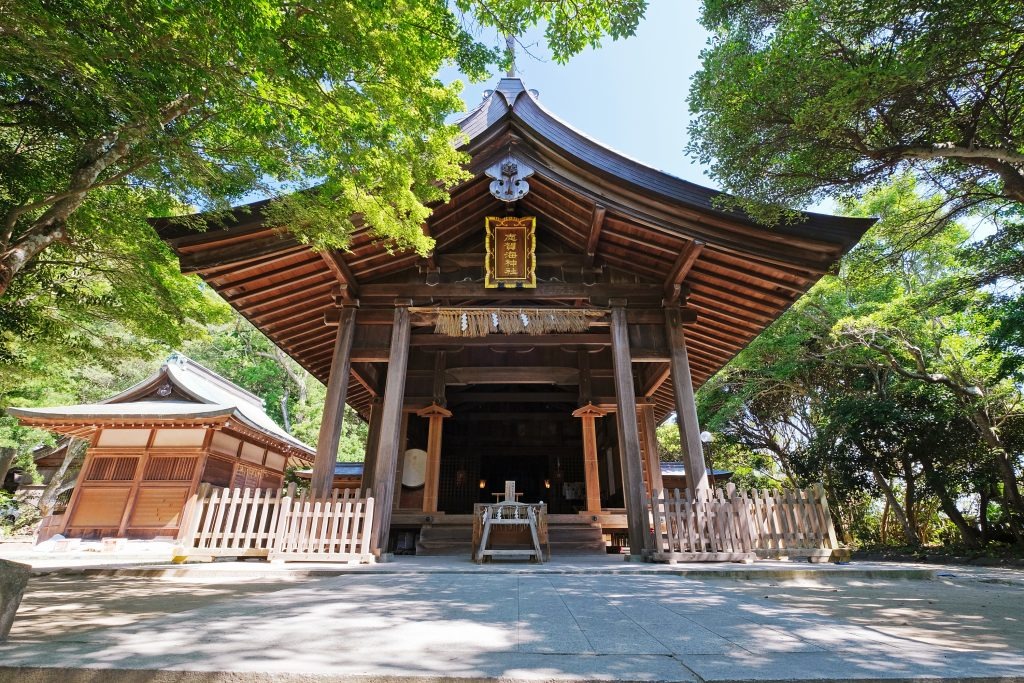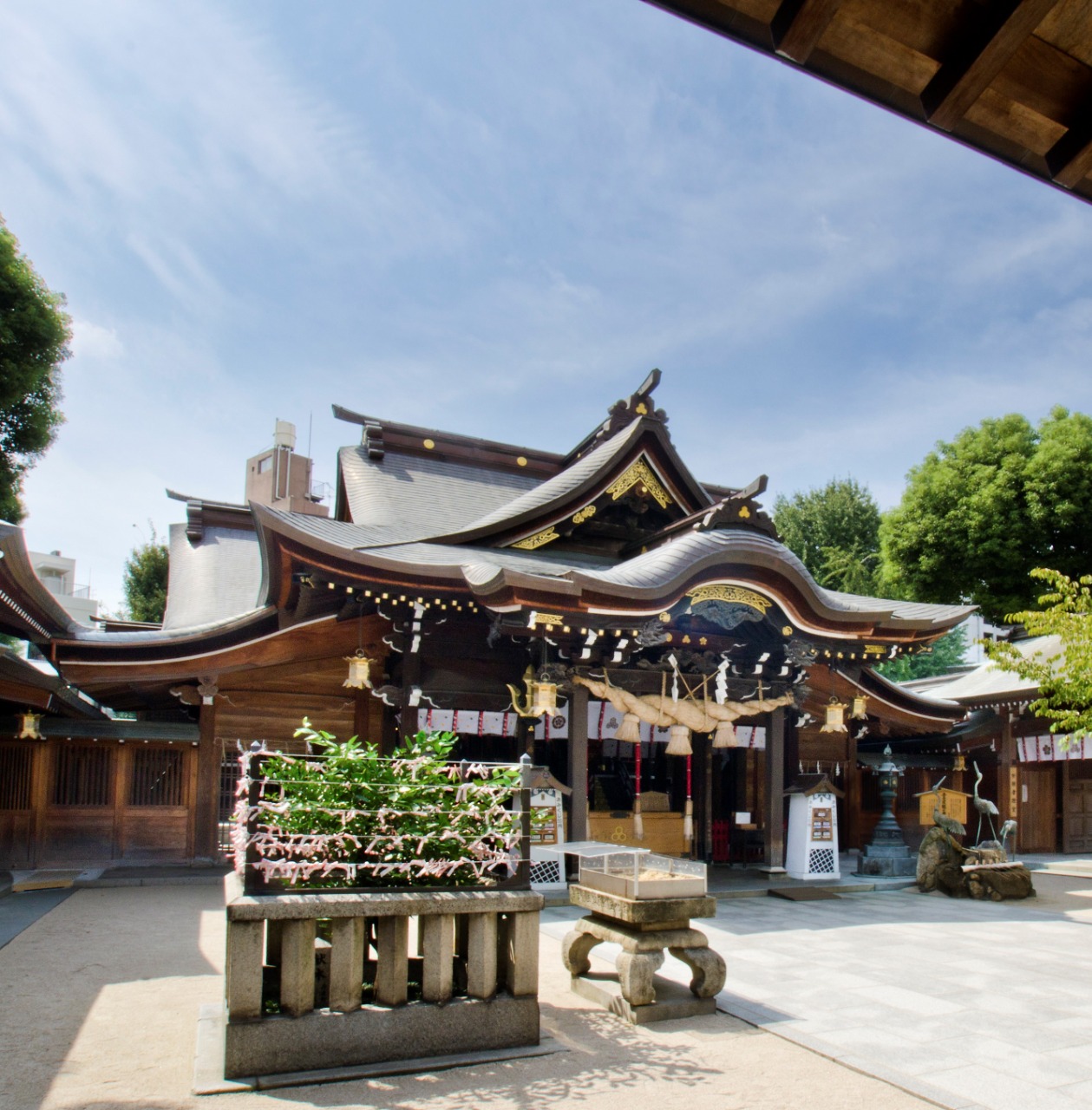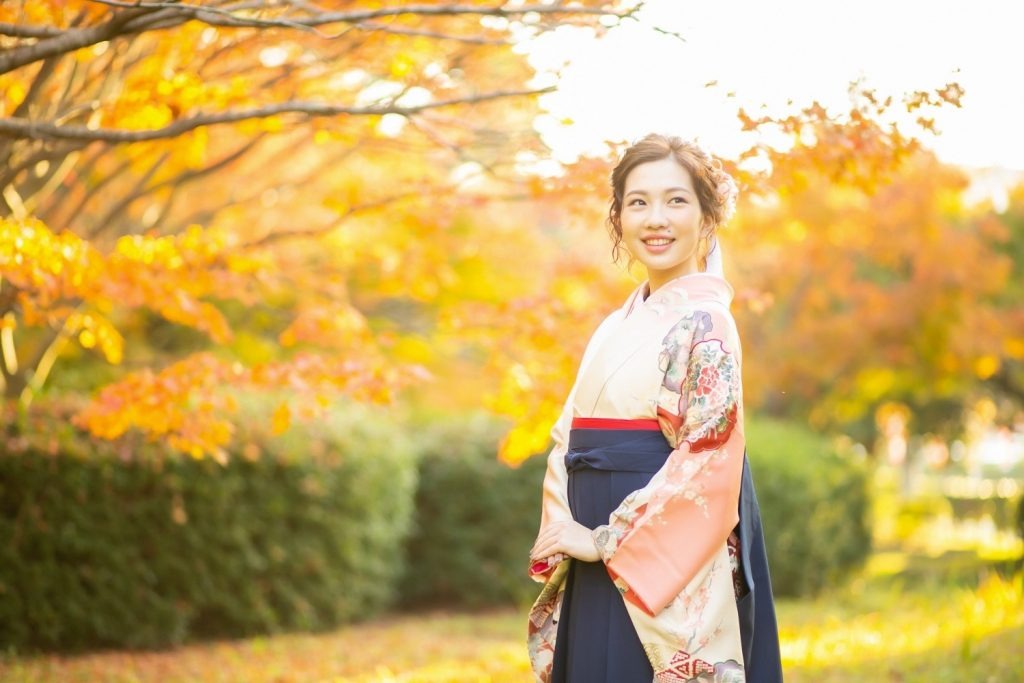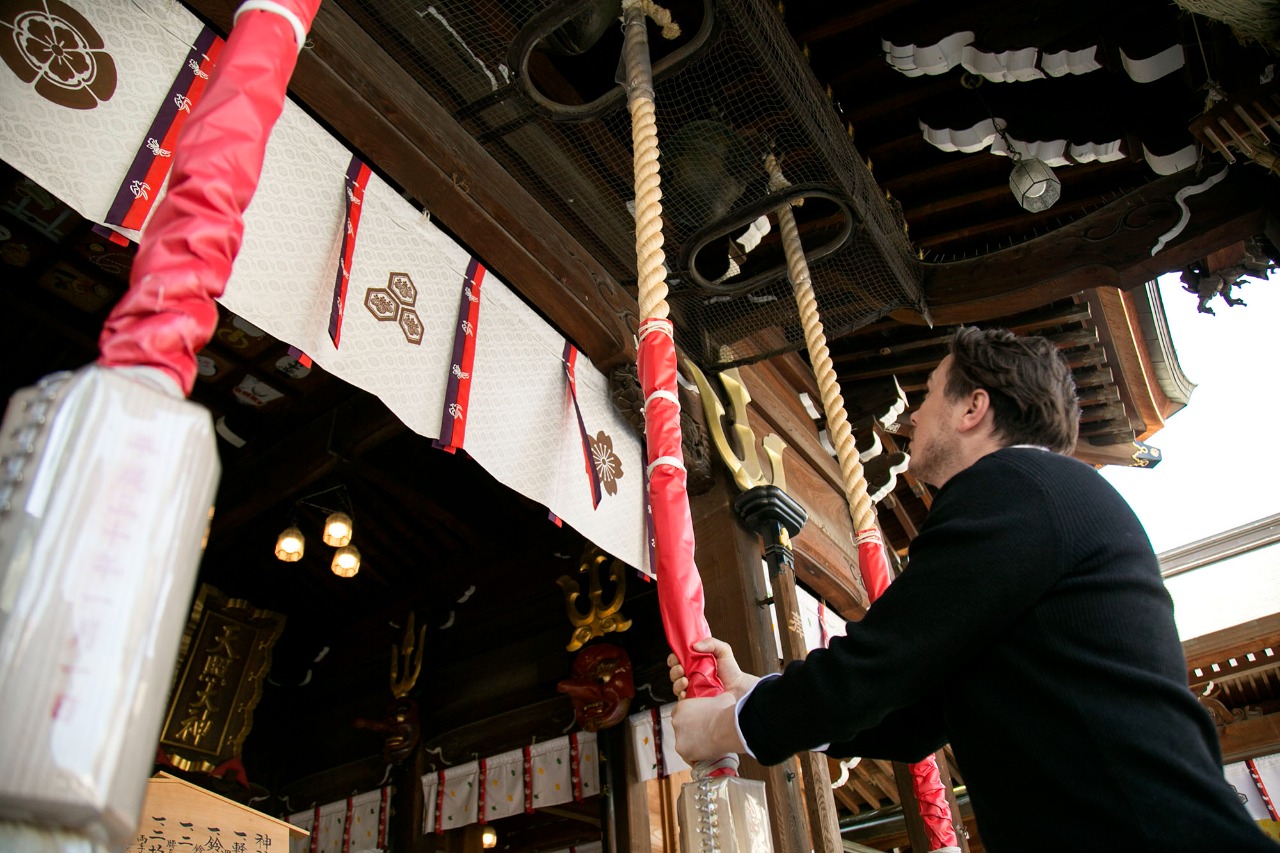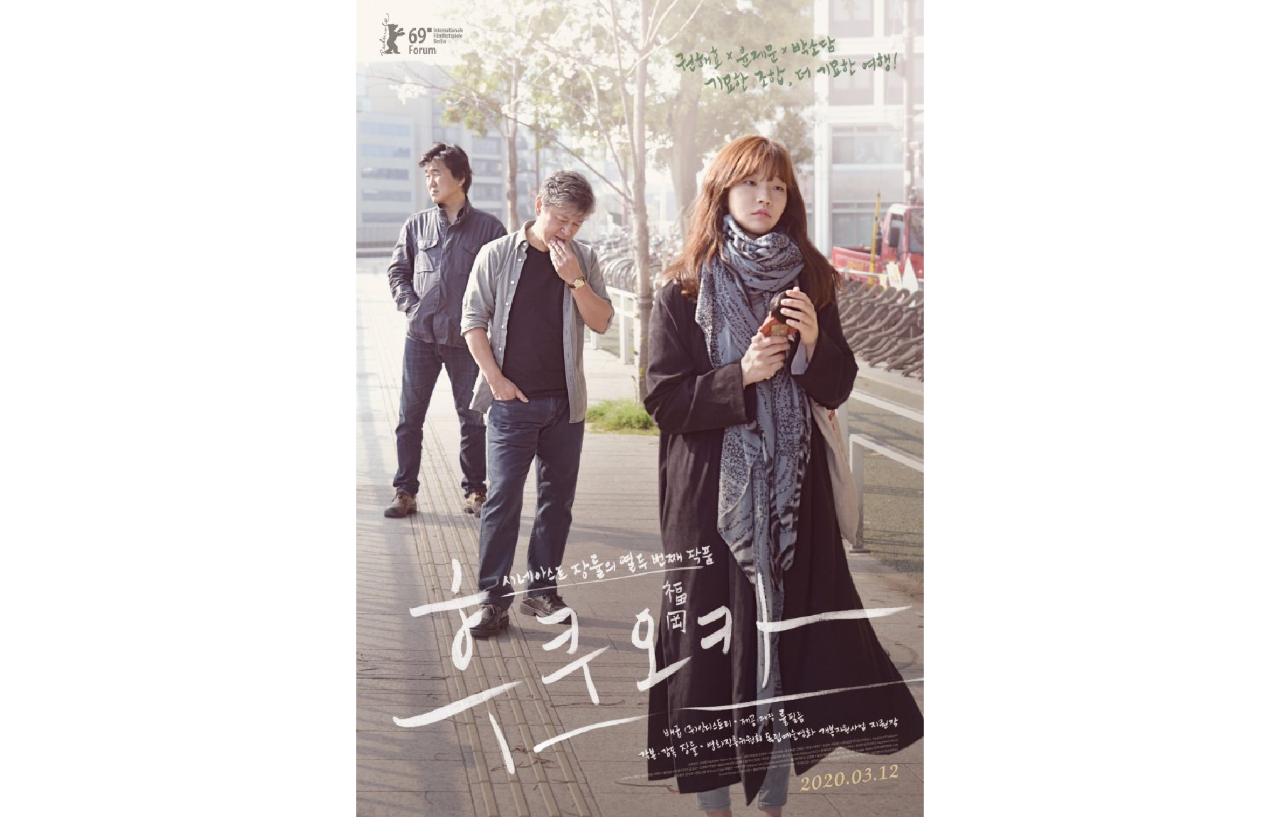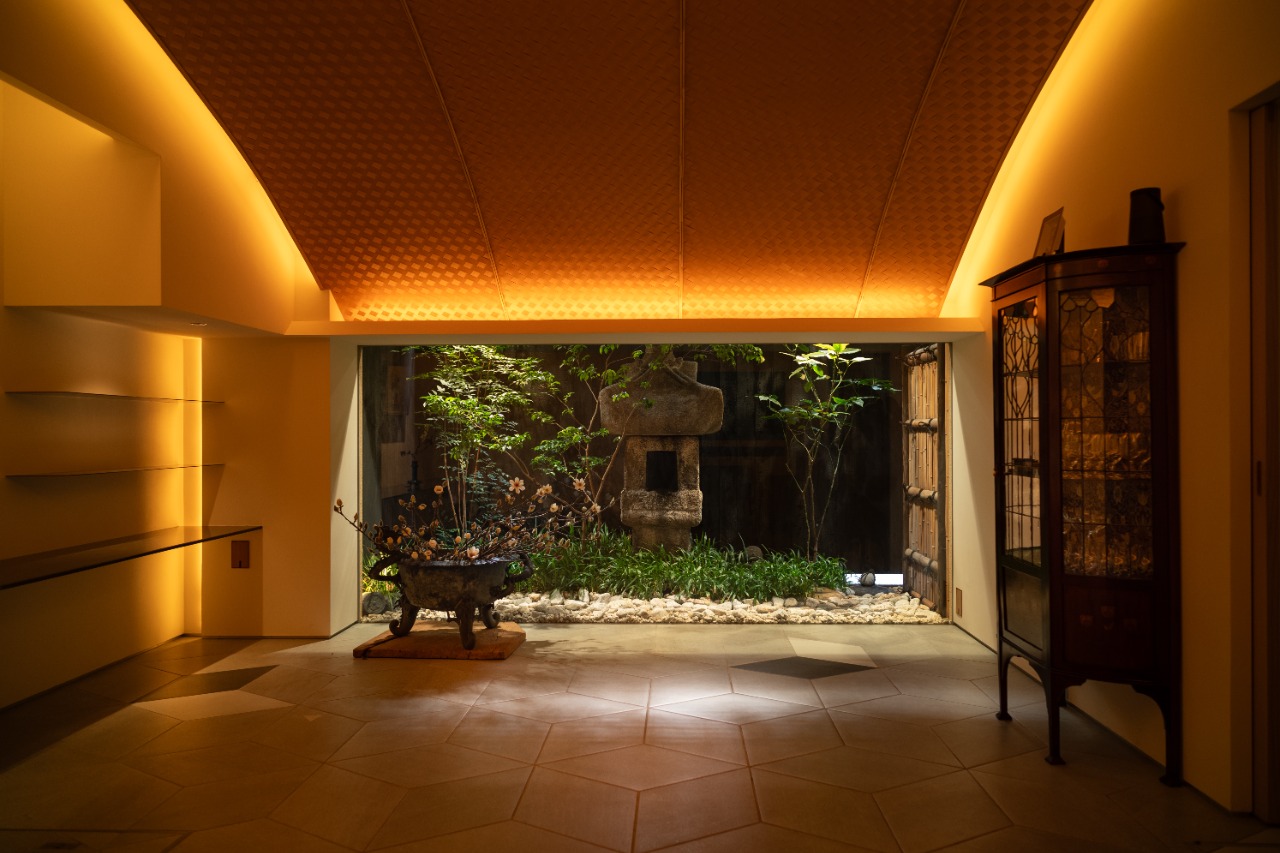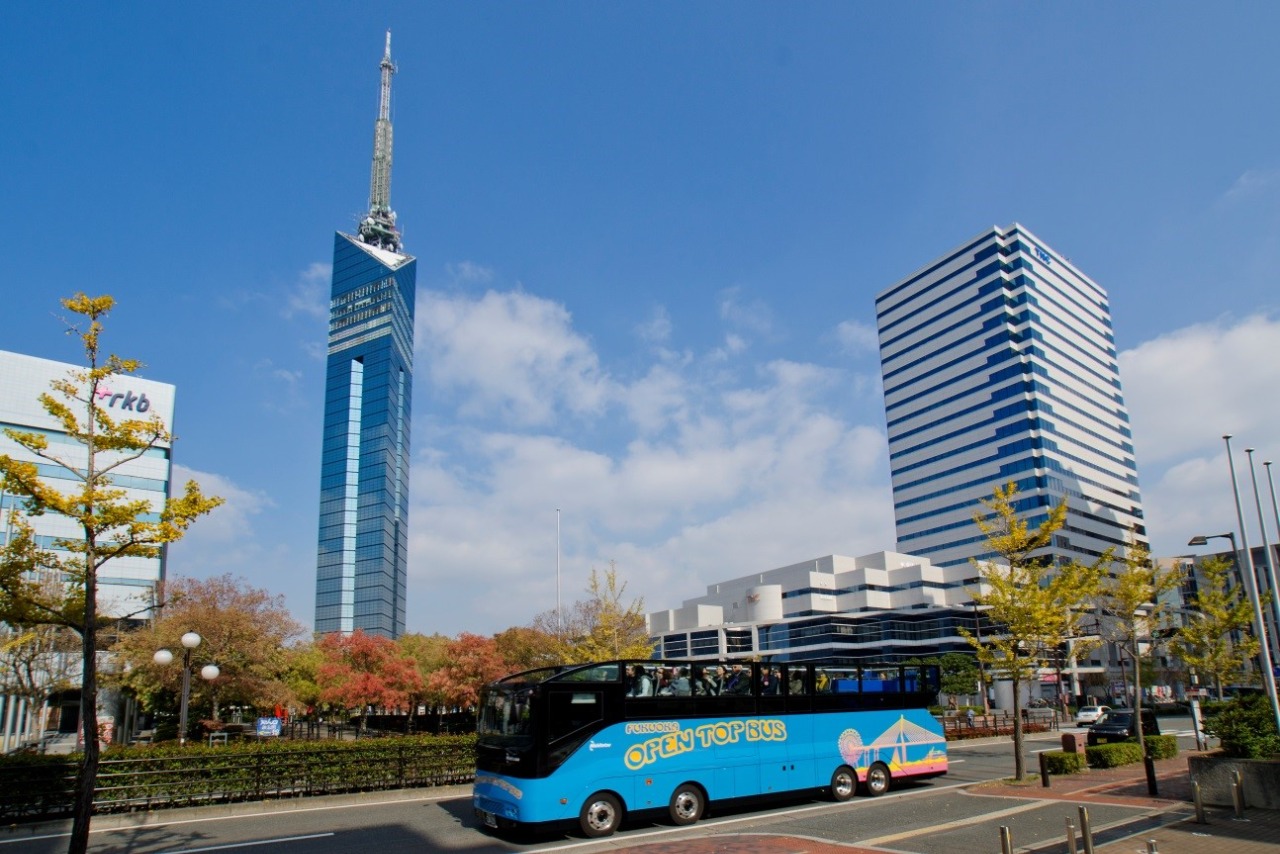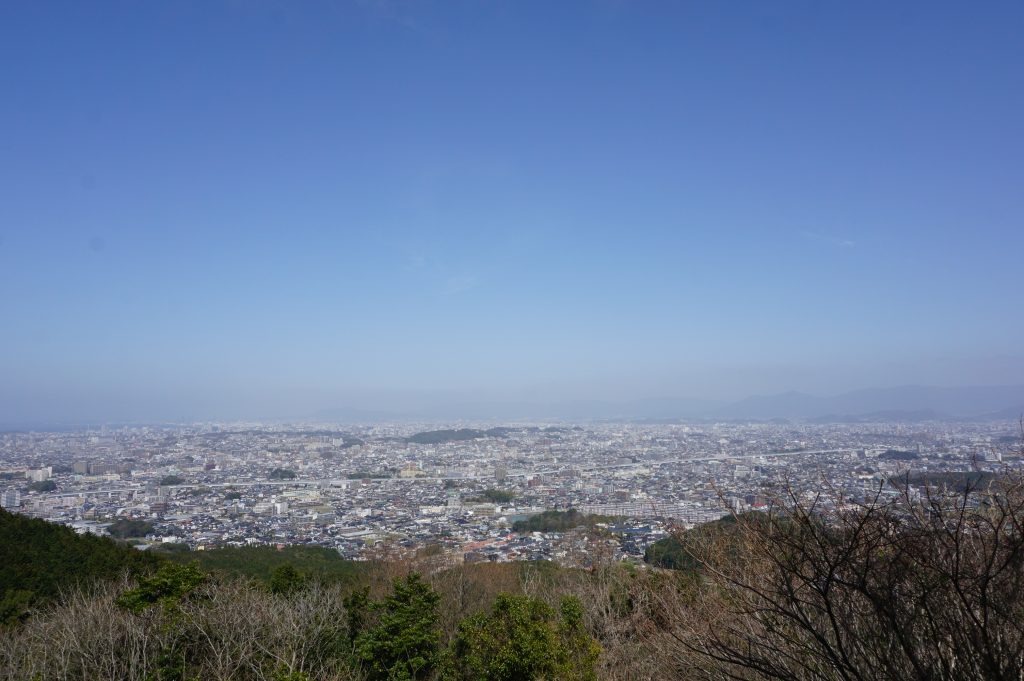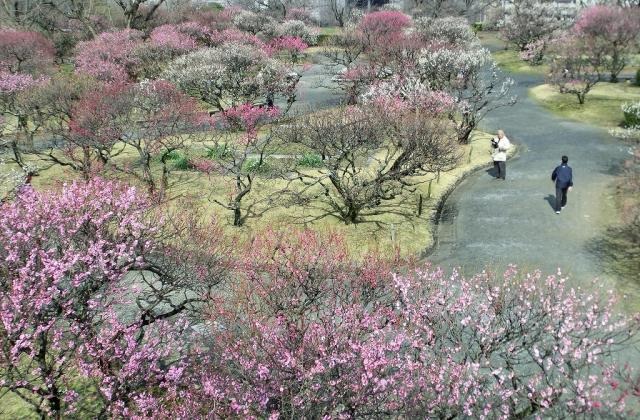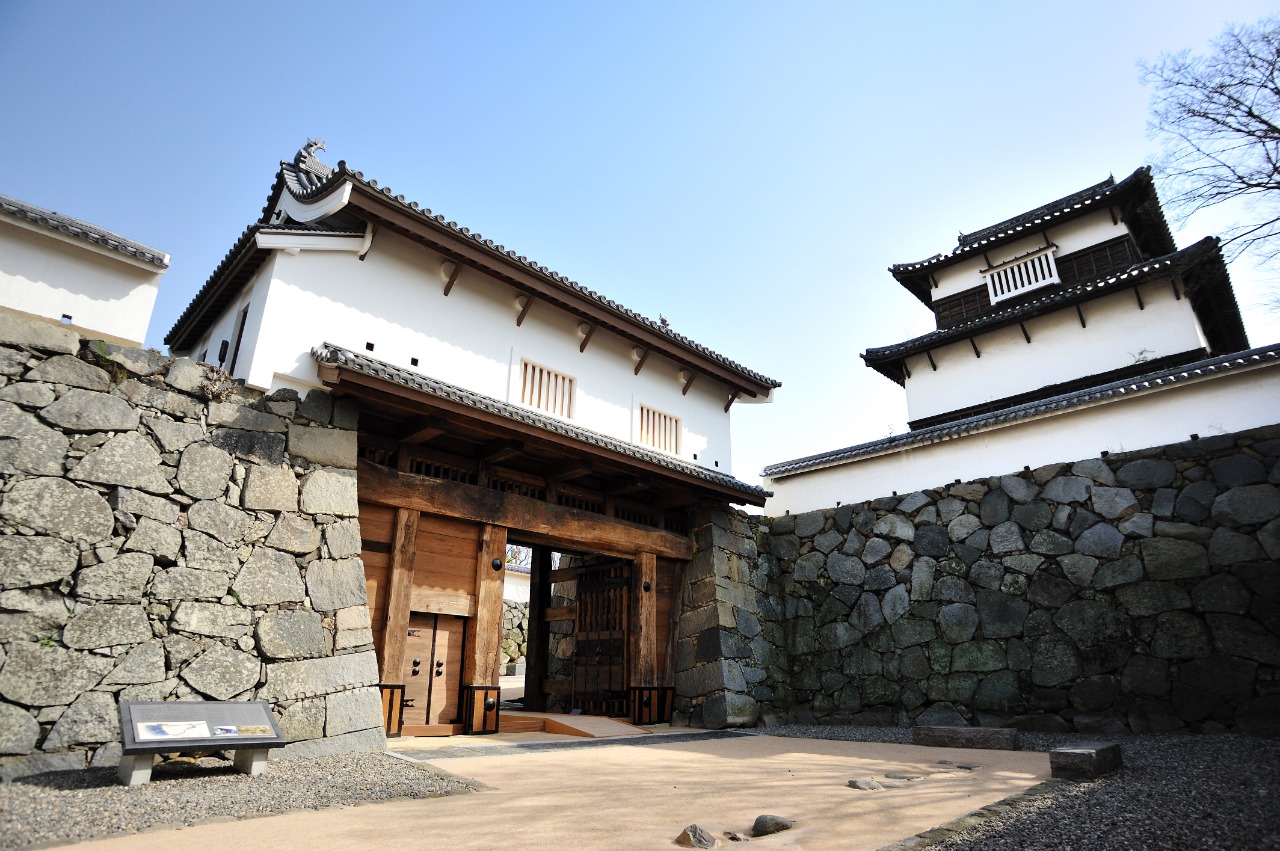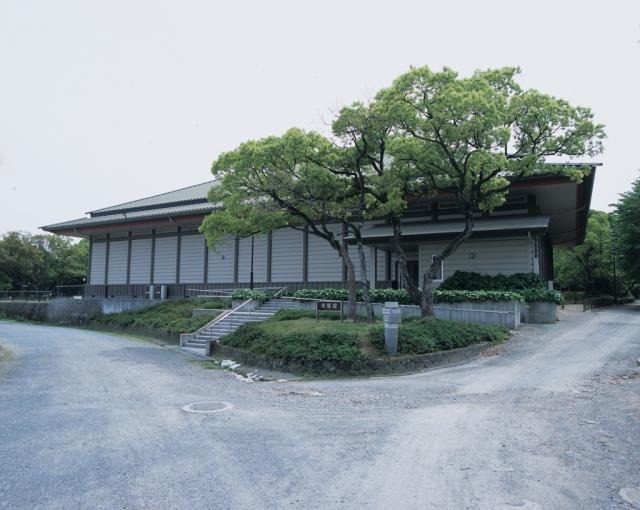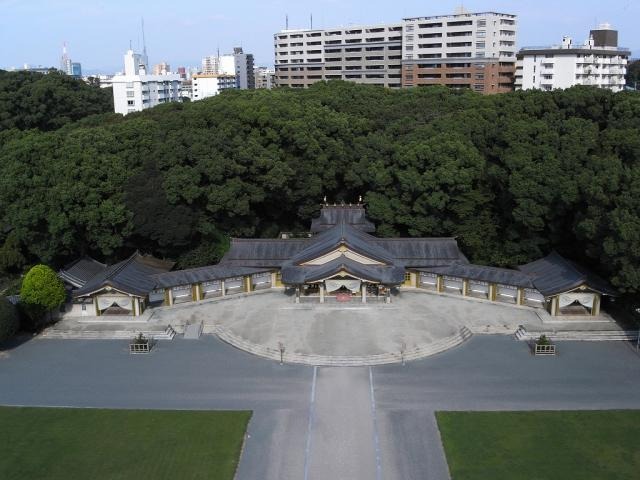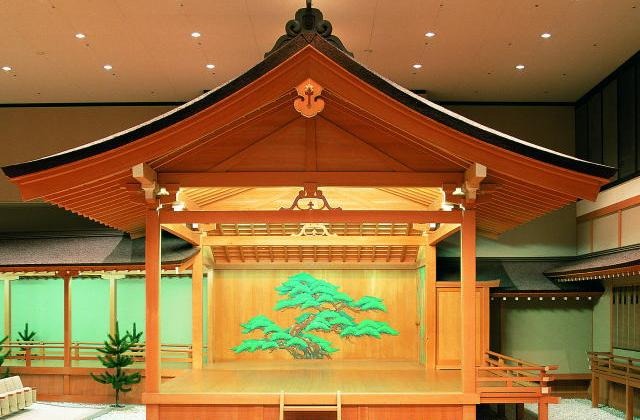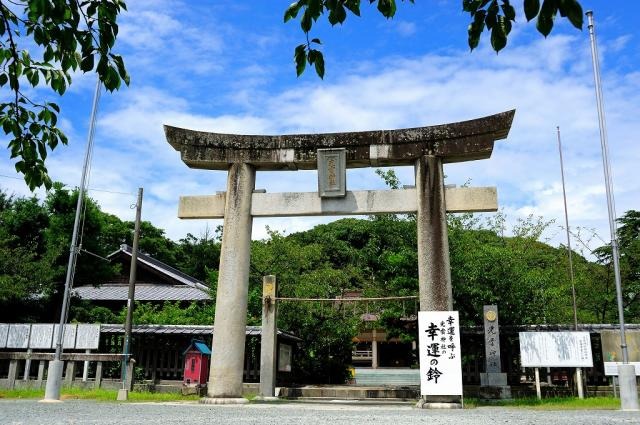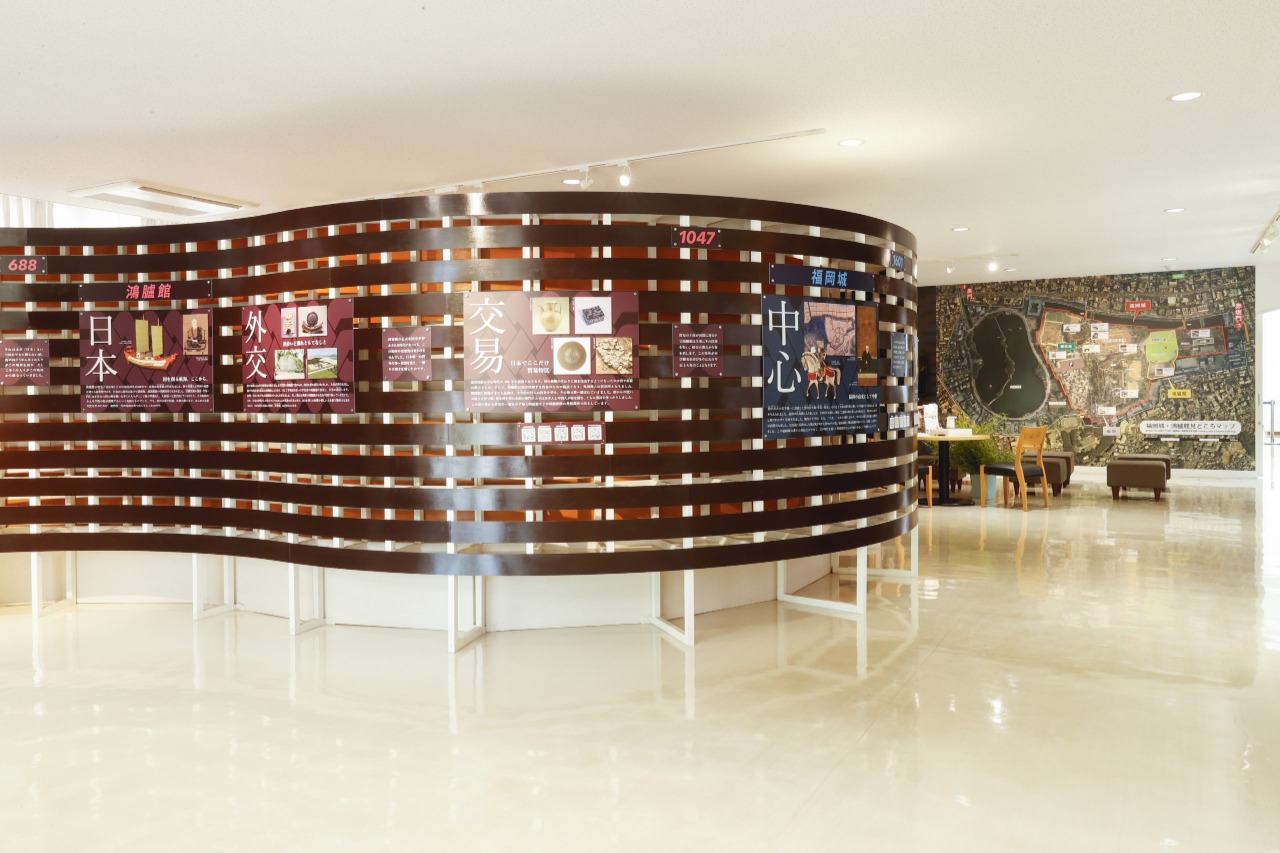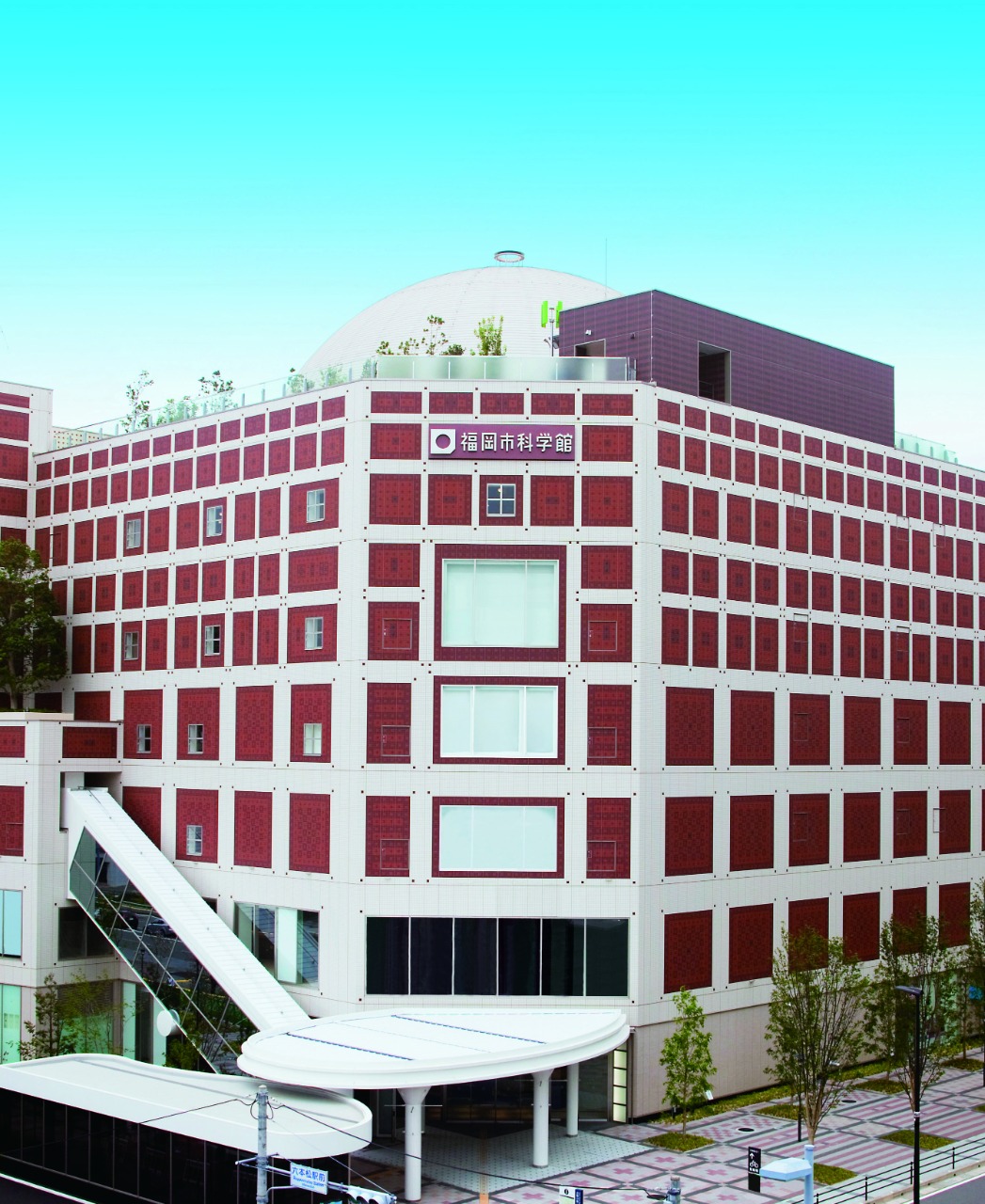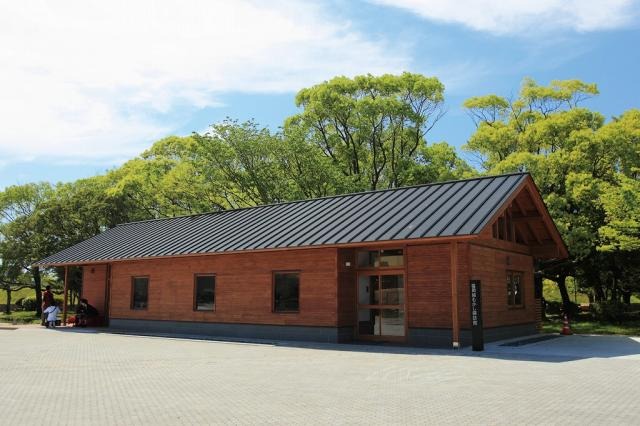Finding the Real Fukuoka: A Journey through History in the Fukuoka Castle Area (Part 2)
In the previous article of this two-part series we explored the Hakata area with particular attention paid to the historical Hakata Old Town area. This time, we will be looking into the area surrounding Fukuoka Castle, particularly to the role it played in shaping international exchange in Japan over 1,000 years ago.

The Fukuoka Castle Ruins Visitor Center
Learn about key features of the castle area- now with a virtual exhibit!
To begin our journey into the past we were graciously accompanied by the head of the Fukuoka Castle Ruins Visitor Center and Korokan Ruins Museum, Mr. Matsuzaki Katsuyoshi. His extensive knowledge was invaluable to deepening our understanding of the area.
While it may be tempting to head straight for the Fukuoka Castle ruins, let us take our time and learn a little bit about the surrounding area first. To do this, we will first head into the Fukuoka Castle Ruins Visitor Center located close by. With a detailed recreation of the former castle grounds and a map of the old castle town extending across the entire floor of the building, visiting the visitor hall helps to visualize what the surrounding area was like hundreds of years ago.
Outside of the map and recreation of the area, there is plenty to learn besides. Information regarding Kuroda Nagamasa the first head of the castle, the story of Kanbei, and a video depicting the old castle are all available, allowing visitors to learn about the castle from a wide variety of differing perspectives.
As the castle ruins are quite expansive, it’s important to plan one’s walking route to fully appreciate the scale and structure of the site. Bearing in mind the appearance and set-up of the castle from the CG and model restoration, let’s make for the castle equipped with our newfound knowledge.
Fukuoka Castle
Envision both past and presence as you walk among the old castle walls and main keep!
Fukuoka Castle was built in the Edo period (1603 – 1868) and was the largest of Kyushu’s many castles. Today there are many points of access, but in the past there were Kaminohashi, Shimonohashi, and Maimawashibashi, three bridges that extended across a moat that divided the castle from its surroundings. As one can tell from the moat beneath Kaminohashi and Shimonohashi today, the scale of the castle must have been truly enormous. The Kaminohashi Gate would have roughly corresponded to the castle’s front gate, and would have been the passage through which the shogun would have passed on his way to Edo, the then-capital of Japan. The firm rock walls of the castle remain intact to this day.
Fukuoka Castle was built over a period of seven years from 1601 by Kanbei Kuroda, the famed military strategist, and his son Nagamasa Kuroda, who gained 520,000 koku (a unit referring to the volume of rice a given region could produce, 1 koku = 180.4 liters) for his success in the era-defining Battle of Sekigahara. Some of the largest stones that were employed in the Eastern Gate walls were known as the “Kagami-ishi” or “mirror stones”, and they were said to have been selected to represent the authority of the lord of the castle (depicted on the left photo below this paragraph).
Additionally, the marks known as “Ya-ana” or “arrow holes” were left behind on some of the larger rocks which were carved in order to better fit into the wall. Today, these wedge-like holes can be found in various places throughout the ruins (can be seen in the right photo below this paragraph).
The conspicuously new-ish staircase that leads into the castle is known as “Oogizaka” or “fan slope”, and was recently added to the castle in 2024 as part of renovation work undertaken in 2023. These stairs have an air of familiarity about them, and resemble those that you might find in a train-station’s roundabout. Said to have been a feature of the castle when it was first built, true to their name they resemble an unfolded hand fan. Projects such as this reflect a continuing effort to help restore some measure of the castle’s original splendor.
Famous for both its plum and cherry blossoms, Fukuoka Castle reveals different sides of itself along the changing seasons, place, and time. The view from atop the castle tower base is even known to be one of the best in the city to view two of Fukuoka’s most notable landmarks, Fukuoka Tower and the PayPay Dome. Matsuzaki-san said “Each edifice of the stone wall was built with its particular location in mind, and it is entertaining to search for evidence of the stonemasons’ craftsmanship as you walk by”. By learning about the locations and the secrets these old walls hold while holding the image of the castle in your mind, you will find yourself transported to the Japan of yesteryear. Comparing the Fukuoka of now to the Fukuoka from back then makes for an educational and rewarding experience.
This year, the “Castle of Illusions” will be illuminated in conjunction with the Fukuoka Castle Cherry Blossom Festival, which will be held from March 27. The sight of Fukuoka Castle and cherry blossoms illuminated together is a must-see.
Due to the onsite installation, entry to the Fukuoka Castle keep will be restricted until June 17 (tentative). Please check the schedule before visiting.
Castle of Illusions Illumination
Duration: March 27 (Wed) 2024 ~May 31st (Fri) 2024
Location: The Fukuoka Castle Keep
The Korokan Ruins Museum
The former site of international exchange between Japan and China over 1,000 years ago.
Located among the Fukuoka Castle Ruins, the Korokan was an old reception hall meant to receive dignitaries and officials from the Chinese Tang Dynasty. The structure and various ceramic artifacts that were unearthed in the area are now both on display in the Korokan Ruins Museum. The Korokan served this function as a reception hall for foreign dignitaries for a span of years from roughly 550 to 1185 AD, where envoys from Tang China and Silla Korea would come and stay. It also served as a place for envoys from Japan to China to reside before departing on their journey.
For visitors to Japan, they would often have to stay in the Korokan until permission to travel to the capital was granted. A partial restoration of what these lodgings would have looked like is featured inside the Korokan Ruins Museum.
As for other the items that were unearthed in the excavation, there were truly many valuable and important finds, including items that made the journey over via the silk road, pottery from China and Korea, and a variety of priceless objects of different eras and hailing from different countries. Matsuzaki-san drew particular attention to the beautiful and colorful pottery (the blue-green glazed pots) and ancient pillows (a three-color printed ceramic pillow with images of ducks on it). It is surprising to see that the cargo tags, which were originally used to mark cargo, ended up being repurposed as toilet paper! Even those who are not familiar with history can enjoy the various discoveries and feel the essence of that period as they peruse.
As many envoys to the Tang Dynasty stayed here, this is one of the single most important locations to the history of international relations in Japan, and speaks to Fukuoka’s longstanding history as a gateway to the rest of the country. By reading the explanatory panels inside the hall, one can begin to grasp the importance of this location in Japanese history.
In Conclusion
In this article series, we have explored the origins of the bustling Fukuoka/Hakata area. The prosperity of Fukuoka and Hakata has been supported by merchants and cultural exchanges with foreign countries, and by the generations of people who have handed down this heritage to the present. When you visit Fukuoka we hope that you will enjoy the rich history of this vibrant city, and how this storied past informs what is new and novel in town.
★Read more: Finding the Real Fukuoka: A Journey through History in the Hakata Area (Part 1)







